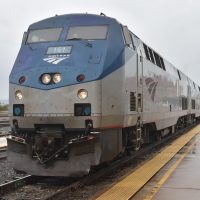 Welcome to today’s bonus Travel Spot. Exactly a year ago today, Amanda and I left Sunnyvale in the Bay Area, California, to catch Amtrak Train No. 6, the California Zephyr, at Emeryville Station. Roughly 60 hours and 4,000 km later, we reached our destination, Buffalo Grove, in the Chicago suburbs. This was part of a much larger, five-week trip that began in New Orleans, then saw me fly to Los Angeles so that I could take the Coast Starlight along the Pacific Coast to San Jose. From Chicago, I (eventually) flew home. One day I hope to write up the entire trip, but for now, I hope you enjoy the train ride!
Welcome to today’s bonus Travel Spot. Exactly a year ago today, Amanda and I left Sunnyvale in the Bay Area, California, to catch Amtrak Train No. 6, the California Zephyr, at Emeryville Station. Roughly 60 hours and 4,000 km later, we reached our destination, Buffalo Grove, in the Chicago suburbs. This was part of a much larger, five-week trip that began in New Orleans, then saw me fly to Los Angeles so that I could take the Coast Starlight along the Pacific Coast to San Jose. From Chicago, I (eventually) flew home. One day I hope to write up the entire trip, but for now, I hope you enjoy the train ride!
The California Zephyr is a daily service between Emeryville (just across the bay from San Francisco) and Chicago, a scheduled journey of 51½ hours that crosses the Sierra Nevada and Rocky Mountains as well as both the Missouri and Mississippi Rivers as it makes its way west-to-east across roughly two-thirds of North America. It’s the longest I’ve been on a train, beating the 47 hours I spent on the Empire Builder from Chicago to Portland (Oregon) in 2015.
Since our journey took three days, I’ve split it into three Travel Spots, one for each day.
- Day 1 (this post) covers the journey from Emeryville to sunset that evening, as the train rolled along the Humboldt River in Nevada
- Day 2 includes our first night on the train, plus the crossing of the Rockies, ending at Denver Union Station
- Day 3 covers the last part of our journey across the central USA, arriving in Chicago early in the evening.
Even with the journey split into three days, this is still a very long post, so I’ve further split it into the following sections:
- Getting to Emeryville Station
- Boarding the train
- The California Zephyr
- From San Francisco Bay to Sacramento
- Across the Sierra Nevada to Truckee
- Down the Truckee River to Reno
- Reno to Sunset along the Humboldt River
If you want to follow along, then ShareMap has an interactive route map.
This was, principally, a business trip, covering three week-long meetings, the first of which was in New Orleans. The second was the following week in Foster City in the Bay Area, while the third, which came after a two-week gap, was in Chicago. With just a weekend between my meetings in New Orleans and Foster City at the start of the trip, I could have flown directly between the two, but instead I flew to Los Angeles on Friday night, spent Saturday exploring a downtown LA and its coffee scene, then caught the Coast Starlight along the Pacific Coast to San Jose on Sunday.
After my meeting in Foster City, I spent a weekend in San Francisco, checking out more of its speciality coffee scene, and then went to to San Jose for a few days doing the same thing. At the end of the week, Amanda flew out to join me and we spent the weekend exploring the Bay Area (you can see some of what we got up to in my Travels with my Coffee series) before heading to Chicago. We could have flown, but I’d always wanted to take the California Zephyr, which, along with the Coast Starlight, is regularly considered one of Amtrak’s most scenic routes. Since we had the time, taking the train became a no-brainer.
We set off on Monday, 29th April. We’d been staying in Sunnyvale, at the southern end of San Francisco Bay, while the train left from Emeryville, a small city just across the Bay Bridge from San Francisco, a journey of just under an hour (when there’s no traffic). However, since it was a Monday morning, we left ourselves some extra time, setting off at 07:00. We went around the southern tip of the Bay and then up its eastern shore along I-880, the traffic free-flowing until 07:35.
As things got busy, we crossed over to I-580, at San Lorenzo. While I-880 runs close to the shore of the bay, I-580 runs right along the foot of the hills that ring the Bay, providing some lovely views of the hills. The Sat Nav had estimated an 08:00 arrival when we left, but the traffic got steadily worse, including one stretch of I-580 where we crawled along for 15 minutes due to an accident on the hard shoulder. We eventually arrived at Emeryville Station, a fairly anonymous structure a couple of blocks inland from I-580 (where it runs right along the edge of the Bay).
America has some glorious stations, such as Los Angeles Union Station (where I started my journey on the Coast Starlight two weeks earlier) and Chicago’s Union Station (where we would end up). It also has some very simple affairs which are little more than a platform next to the rails. Emeryville is neither of these, feeling more like Atlanta’s Peachtree Station. A fairly modern affair (it opened in 1993), it consists of a large, open-plan waiting room and a long stretch of concrete that doubles as the two platforms, with one set of tracks running through the middle, passengers free to wander straight across the tracks, which are at the same level as the platform…
Despite the delay, we arrived in plenty of time at 08:30, with the train (which begins at Emeryville) not due to leave until 09:10. However, there was no sign of our train, not even on the departure board, which just showed a local Amtrak service to San Jose, which duly arrived. We made the most of the time to visit the station café for our morning coffee (which was okay), by which time our train had arrived, so we made our way out to the platform.
You can see how we got on after the gallery.
Our train rolled in, pulled by two diesel locomotives, No. 161 and No. 19, followed by the rest of the carriages, the first of which was a single-deck cafe car (and not in use). Next came the baggage car, three Superliner Sleeper cars, the restaurant car, lounge car (with observation deck on top and café underneath) and, bringing up the rear, three coach class cars.
In typical Amtrak fashion, everyone lined up on the platform at the end of the train, which had pulled up at the far end of the station, so the last of the coaches was level with the waiting room. Unusually, there had been very few staff at the station itself, so we were left to the train crew, who organised our boarding.
We joined the queue at the end of the train, but after five minutes of not going anywhere, it struck me that this was probably the queue for coach class. Sure enough, after I’d wandered to the head of the queue, I had my suspicions confirmed, so we hoisted our bags and walked pretty much the length of the train, where we found our sleeper car, the middle of the three, which had already boarded.
Unlike Amtrak’s services east of the Mississippi (effectively, everything east of the route between Chicago and New Orleans) where it runs its tall single-deck Viewliners for the sleeping accommodation and standard-height coaches for the rest of the train, the California Zephyr, like all trains west of the Mississippi, use Superliner double-decker coaches.
I wrote about the Superliner’s double-deck coach cars (basic seating) when I caught the Coast Starlight to San Jose. The sleeper cars have the same basic layout. You board at the lower level, in the middle of the coach, where you’ll find five sleeping compartments at one end of the coach. These are for passengers who can’t manage the stairs and are accessed via a central corridor, with a pair of standard two-person compartments on either side and a larger one, which spans the width of the train, at the end. At the other end of the coach are the luggage racks, restrooms and a shower. A steep, narrow staircase opposite the luggage racks, with a sharp 90° turn at both bottom and top, leads to the upper level, where you’ll find the rest of the sleeping compartments.
At one end (the same end as the downstairs sleeping compartments) are another 10 standard two-person compartments (known as roomettes), five on either side of the narrow, central corridor. The other end has a narrow corridor running down one side, with four bigger, two-person compartments (bedrooms) and one family room at the far end. There’s also a restroom opposite the top of the stairs.
You can read more about the train, including the all-important dining car, after the gallery.
The Superliner coaches are connected at the upper level, so, once you’re upstairs, there’s no particular reason to go back down except to use the restrooms (or to get off at the various stops to stretch your legs). On our train, the three sleeper cars were followed by the dining and lounge cars, where we spent a lot of our time, both in the upstairs observation deck and downstairs in the café car.
The observation deck is one of the things that the Viewliners are famous for. With its large windows, complete with curved sections at the top, allowing you look almost directly upwards, they are great for watching the passing countryside (although the reflections in the windows don’t do much for photography!). There’s a range of seating, including individual seats and some facing the side of the carriage for optimal viewing. At the other end, there’s a section with four-person tables.
Meanwhile, downstairs, the café car has a serving counter at one end, dispensing snacks and basic meals, as well as hot and cold drinks. For our purposes, it was also the source of the hot water we needed for our coffee! At the other end are more four-person tables.
Each of the three sleeper coaches has its own attendant (separate from the guards, who check the tickets) who is with you for the whole journey. I’ve had good attendants and I’ve had not so good ones (this one fell into the not-so-good category). To his credit, our attendant was relatively efficient, but he did everything without enthusiasm, wasting no opportunity to tell us how much he hated his job, very much at odds with most Amtrak staff I’ve encountered.
He did, however, fill us in on the basic routines of the train, which we appreciated. One of his duties was to make up the beds in the evening, which had to be done before 21:00 (and was best done while we were at dinner). Similarly, he would convert the bed back to seating in the morning, starting from 06:00 (and again, best done at breakfast). In an emergency, he advised us to head for the dining car, where a member of staff is always on duty, regardless of the time of day (or night).
Talking of the dining car, the Superliners still offer a full dining service, unlike their Viewliner equivalents, where Amtrak now offers an inferior, airline-style service. The dining car serves breakfast, lunch and dinner (although there was no breakfast on the first day, and no dinner on the last day). Reservations were required for dinner, but all other meals were first come, first served (which is not my memory of other Amtrak services, where sittings at all meals had to be reserved).
With that all sorted out, we settled into our compartment and, at 09:10, we left, right on time.
You can see how we how the journey went after the gallery.
Our route would take us approximately due east across California, Nevada, Utah and over the Rocky Mountains in Colorado, after which we would cross the plains of Nebraska, Iowa and, finally, Illinois. The first day of our journey saw us cross the California’s Central Valley, climb over the Sierra Nevada via the Donner Pass, then follow the Truckee River down into Nevada. If you want to follow the route, then ShareMap has a very helpful interactive route map.
Although our course was primarily an eastern one, the first part of our journey took us north along the eastern coast of the upper San Francisco Bay. We quickly left the urban sprawl of Emeryville and Berkeley behind us, all the while enjoying some excellent views of the bay, since we were lucky enough to be sitting on the left-hand side of the train.
We passed through Richmond, just 10 minutes after leaving Emeryville, after which the tracks turn east and follow the southern shore of San Pablo Bay. We passed under the twin spans of the Alfred Zampa Memorial bridge, which carries I-80 north, and followed the southern shore of the Carquinez Strait to our first stop, Martinez, where we arrived 45 minutes after leaving Emeryville.
From there, the train tracks cross the strait, running parallel to I680, before turning northeast through the Grizzly Island wetlands and out across the Central Valley, where we reached our second stop, Davis, at 10:35. After a relatively short, slow haul, we arrived at the state capital, Sacramento, and the Sacramento Valley Station at 11:00, covering the approximately 140 km at a fairly pedestrian average speed of 75 km/h. This was our first substantial stop (albeit of only 10 minutes), but I got out to stretch my legs nonetheless.
We were still effectively at sea-level (I believe that Sacramento is at an altitude of 9 m!) but that was soon to change as we headed northeast and into the Sierra Nevada mountains.
You can see how that went after the gallery.
We left Sacramento at 11:10, quickly leaving the city behind. As the train made its way northeast across the Central Valley, running parallel to I-80, we went along to the dining car. Since we hadn’t really had breakfast, we wanted an early lunch, opting for the 11:30 sitting. We also wanted to be back in our seats before we reached the Sierra Nevada mountains.
Our next stop was Roseville, which as close as we got to Folsom Prison. Made famous by Johnny Cash in his song “Folsom Prison Blues”, the train gets a mention:
“I hear the train a comin’, It’s rollin’ ’round the bend…
… I bet there’s rich folks eatin’, In a fancy dining car”.
I can’t say we’re “rich folks”, but we were eating in a fancy dining car as we went past!
From Roseville, the train started to climb steadily through the foothills of the Sierra Nevada mountains, a landscape that was completely new to me. By 12:35, we’d reached our next stop, Colfax, after which the countryside started to get really mountainous, climbing via a series of long curves and cuttings. Just after Colfax, we crossed I-80 (not for the last time), then continued our way into the mountains.
I loved the way that the terrain changed, with rolling foothills giving way to pine-clad slopes which in turn revealed snow-topped mountains in the far distance. Before long, we were up amongst the mountains ourselves, steadily climbing, with snow on the ground beside the tracks.
From Roseville to Colfax, we’d climbed almost 700 m. Now we were adding more elevation, as we made our way east through the mountains, through passes such as Emigrant Gap (1,600 m) and Yuba Pass (1,700 m). Yuba Pass is famous because, in January 1952, a San Francisco bound passenger train (a forerunner to the California Zephyr) was trapped there for three days by heavy snow, something we learnt from two entertaining volunteer tour guides from the California State Railroad Museum who’d joined the train at Sacramento, riding with us all the way to Reno (in an earlier version of this post, I mistakenly said they were from Trails and Rails).
We kept climbing and, by 14:25, we’d reached the top at the Donner Pass, just under two hours after we’d left Colfax. Although we’d only covered 70 km in that time, we had climbed 1,400 m. The line’s highest point (2,100 m) comes as it passes through a three-kilometre-long tunnel under the mountains between Donner Peak (2,440 m) and Mount Judah (2,510 m), which took us four minutes to traverse.
The tunnel is fairly new, bypassing the original route which went further north through a shorter (½ km) tunnel. This original tunnel took three years to dig by hand (with the help of dynamite for blasting) and was completed in 1868. It was in daily use until it was bypassed by the current, shorter, route in 1993 (we learnt all this from our museum guides). If you look carefully, you can still the original route on the other side of the valley, where a total of 10 km of track was abandoned.
We came out of the tunnel on the eastern flanks of the Sierra Nevada, where the line descends via long, horseshoe-shaped curve above Donner Lake, dropping just over 300 m as it comes into our next stop, Truckee. We arrived at 14:50, having covered the approximately 90 km of track (plus 1,400 m of ascent) from Colfax in 2¼ hours.
You can read about the next part of our journey after the gallery.
As much as I enjoyed the climb through the mountains to the Donner Pass and the descent into Truckee, I think I enjoyed the next hour even more as the train followed the Truckee River down to Reno, a journey of just over 50 km. Although the descent wasn’t as dramatic as the ascent (we dropped a little over 400 m), travelling next to the roaring river was impressive. Along the way, we crossed the state line from California to Nevada, the first time I’d been in that state.
The Truckee River is the sole outlet of Lake Tahoe, just to the south of Truckee, while it drains into Pyramid Lake, a land-locked lake northeast of Reno. Although I described the river as roaring, its flow is, in fact, heavily regulated with a dam at Lake Tahoe joining at least one more along the river between Truckee and Reno. We also passed a wooden flume built along the side of the river to take water to a hydro-electric plant (all of which we learnt from our informative museum guides before they left us at Reno).
We left Truckee at 14:55, crossing into Nevada at 15:25, Shortly after, the valley widened into meadows, although we were still surrounded by mountains. The weather was pretty good, although not along after the valley broadened, we ran into a brief snowstorm! Ten minutes later, under clear, blue skies, we came into Reno, where, until 2007, the tracks ran at street level right through the centre of the city, causing havoc with the traffic, which had to wait while mile-long freight trains rolled through. To avoid this, a deep, concrete trench was built to carry the tracks below street level all the way through the city (which is why I have no photos of Reno itself).
We pulled into Reno at 15:50, 55 minutes after leaving Truckee, which meant we’d averaged around 55 km/h (having averaged 40 km/h on the climb through the Sierra Nevada). If you are wondering why we were going so slowly, then, once again, our museum guides had the answer. Although Amtrak’s services are capable of running at 125 km/h on the flat (technically the speed limit is 79 mph), while the line passes through the mountains, it can reach gradients of up to 2%.
Although that doesn’t sound like much, for a train the size of the California Zephyr it’s a big deal, particularly when going downhill. Here the main issue is slowing the train down: both Amtrak and the freight trains are limited to 30 mph (just under 50 km/h). Any faster than that and you risk a runaway train, which picks up speed faster than the brakes can slow it. If the line was straight, it wouldn’t matter as much, but with so many curves, a runaway train would be catastrophic.
You can see what we got up to at Reno, and how the rest of the day’s journey went, after the gallery.
Reno was another long stop (known colloquially as “smoke stops” because there’s enough time for smokers, who can’t smoke on the train, to get off for a cigarette). I also had time to get out to stretch my legs, plus, when I’d got back on the train, time to weigh out some coffee beans. We were making our own coffee in the café car, where the attendant was happy to provide hot water, but you can’t weigh beans on a moving train, hence these stops were very useful in weighing out the next batch ahead of time!
We left Reno at 16:05, following I-80 and the Truckee River east, before parting company with them about 45 minutes later at Fernley. This is where the river turns north on its final leg to Pyramid Lake, while the freeway goes northeast across the 40 Mile Desert. In contrast, we carried on east for a little way before also turning northeast to cross the desert and its amazing landscape.
We’d reserved a six o’clock sitting for dinner and had not long sat down when we re-joined I-80 in the northeast corner of the desert. This is where the Humboldt River emerges from a long valley which we followed, heading steadily northeast, tracking the river back towards its source, slowly climbing all the time, but still managing to maintain our maximum line speed of just under 130 km/h.
The landscape was impressive in its own way, once again very different from everything that had come before. I tucked into the rigatoni pasta, followed by cheesecake for dessert, all the while watching the landscape roll by. We were still at dinner when we reached out next stop, Winnemucca, at 18:50. This was another smoke stop, although we stayed on the train this time.
We also discovered, via the power of social media, that Amanda’s Dad was in town, but that wasn’t until we were almost ready to leave, otherwise we’d have had him come down to the station to say hello. By now we were near the mountains again, with some particularly impressive snow-capped ridges to the south.
We left Winnemucca at 19:10, heading east as we continued along the Humboldt River, I-80 keeping us company. We climbed along another narrow valley after Winnemucca, then picked up speed as we headed southeast along another broad valley, watching the sunset from the observation car.
Once it was dark, we returned to our compartment, where the beds were already made up. Amanda went to bed at 20:30, but I stayed up, working on that day’s Coffee Spot, San Jose’s B2 Coffee. We reached Elko, our last stop in Nevada, at 20:50, where we weren’t due to leave for another 40 minutes.
We set off again right on time at 21:30, heading steadily east towards Utah and our next stop, Salt Lake City. In our first 12 hours, we’d covered just over 900 km, climbing an amazing 2,200 m along the way, including a descent of 800 m on the eastern side of the Sierra Nevada. However, we were only around a quarter of the way through our journey…
You can see what we made of our first night on the California Zephyr, as well as reading about our journey across Colorado and the Rockies, in the next instalment of this Travel Spot.
Don’t forget that you can share this post with your friends using buttons below, while if you have a WordPress account, you can use the “Like this” button to let me know if you liked the post.

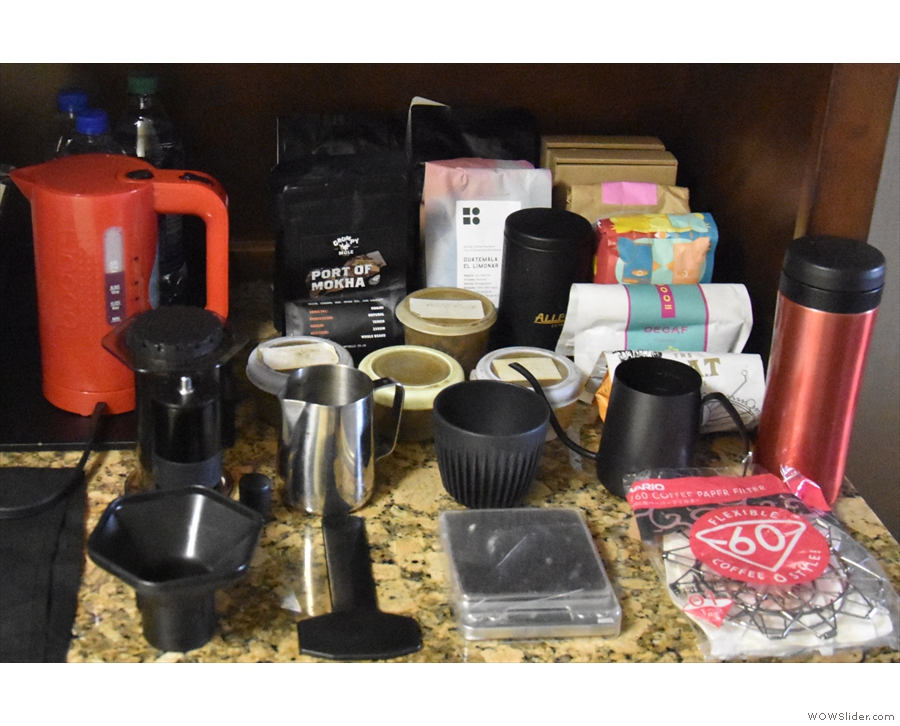
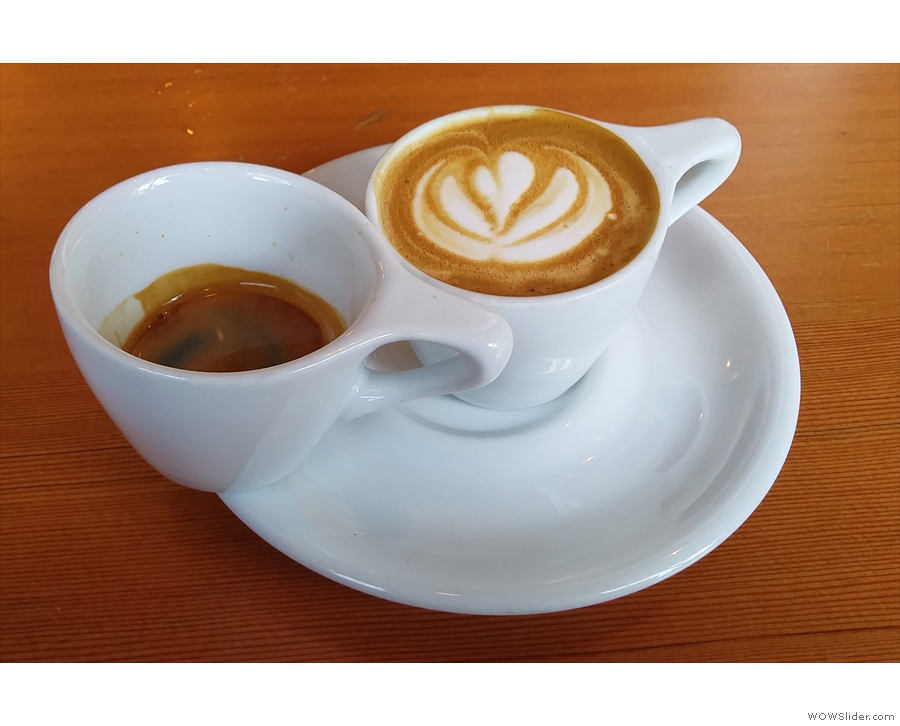
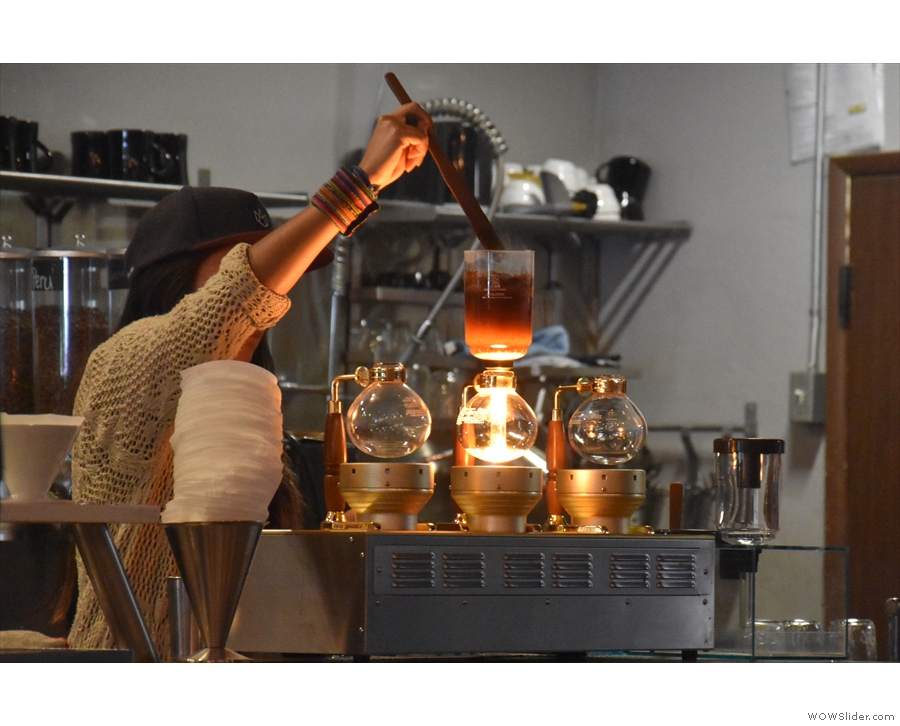
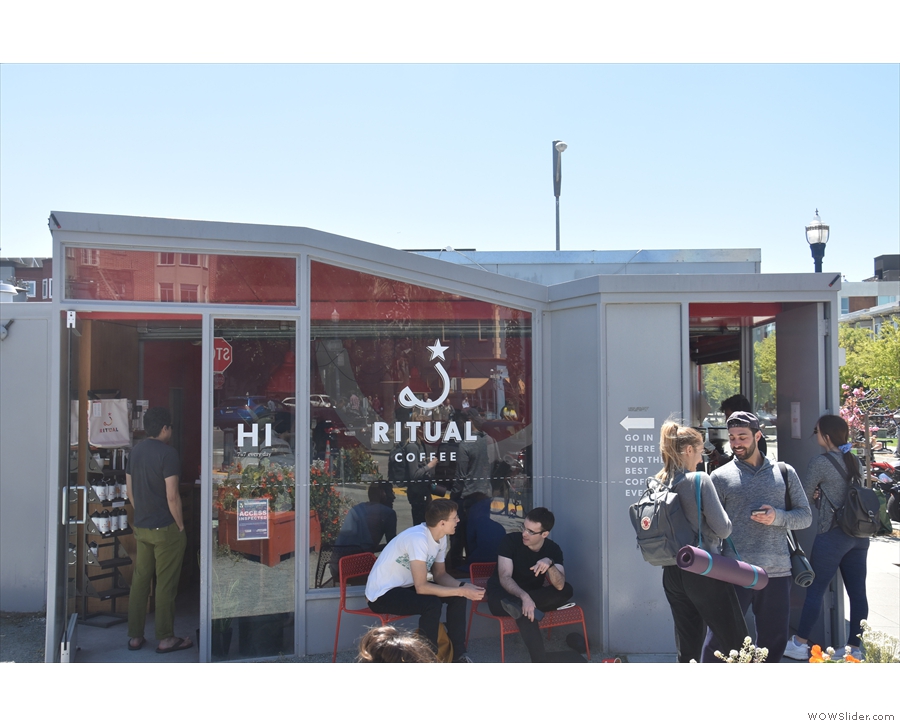
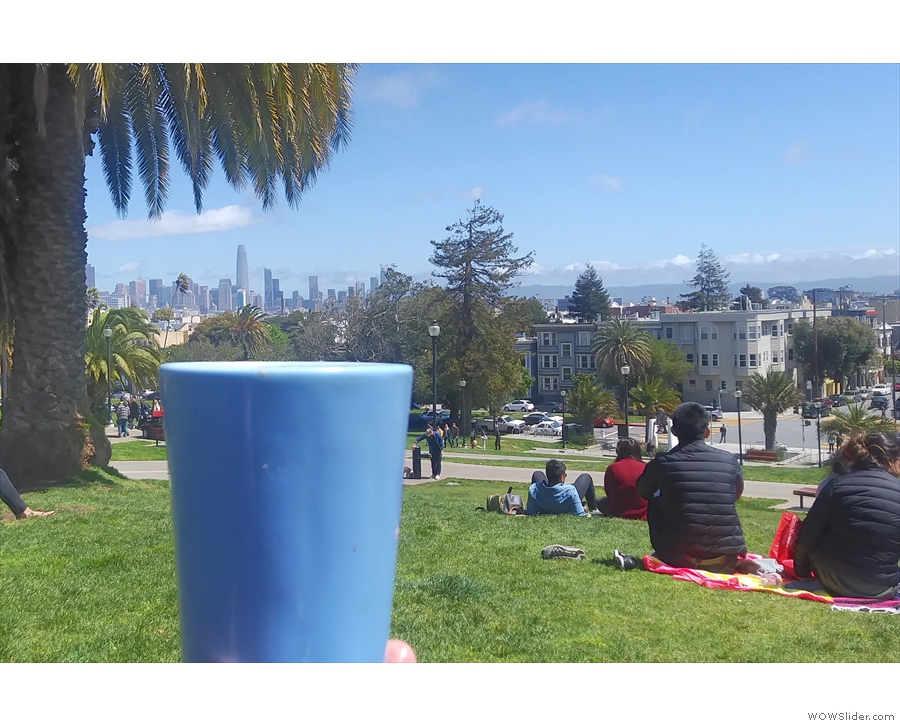
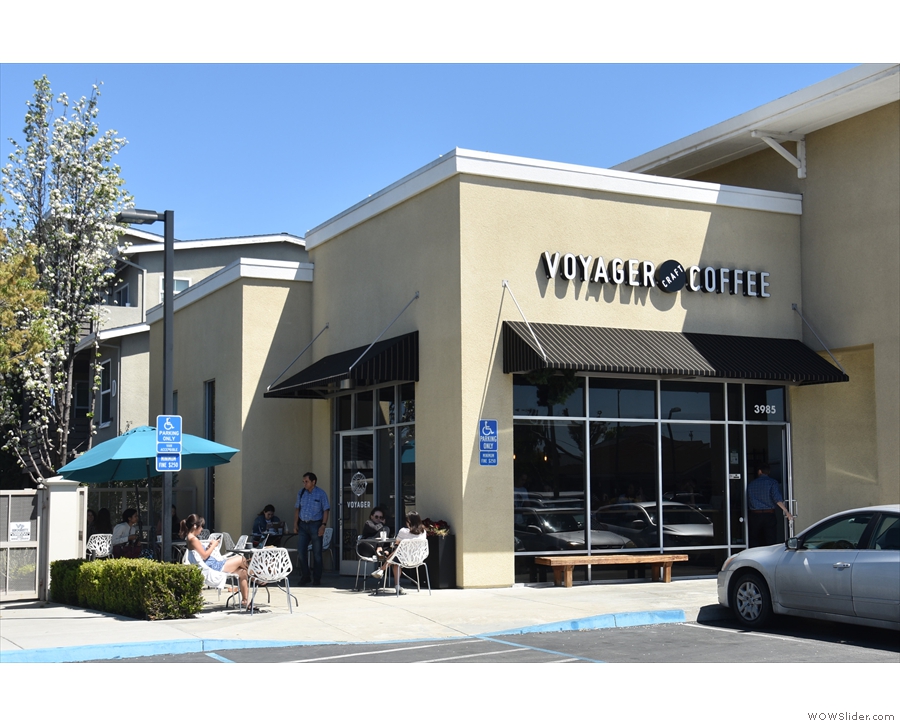
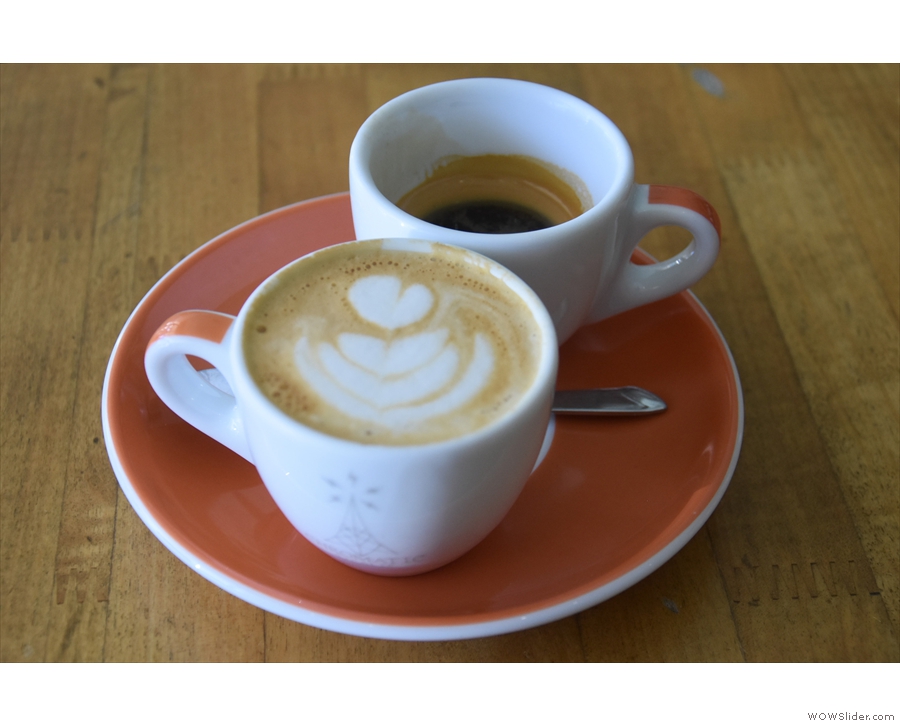
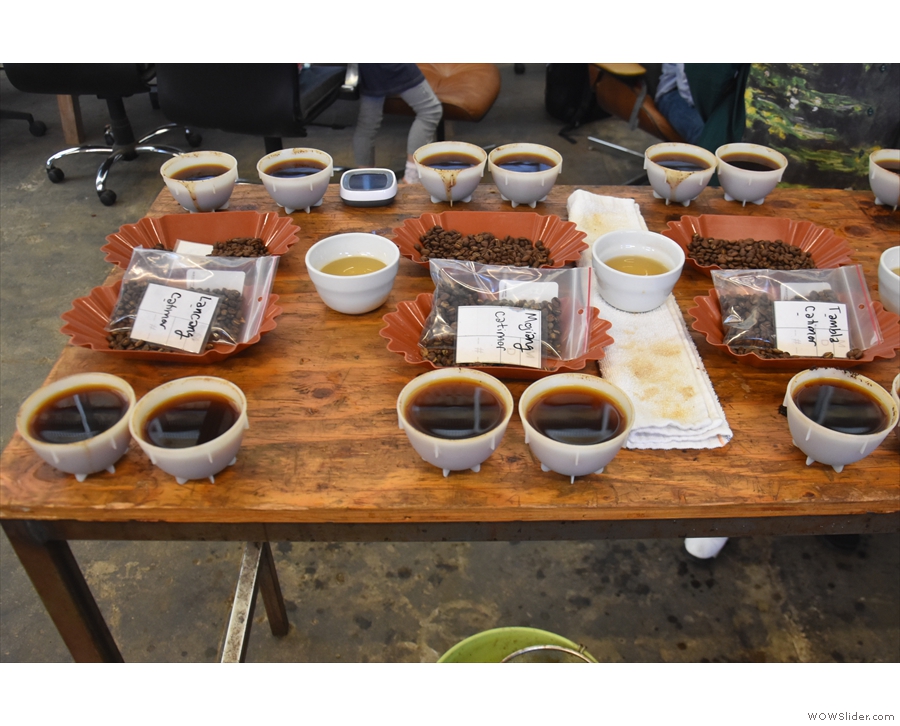
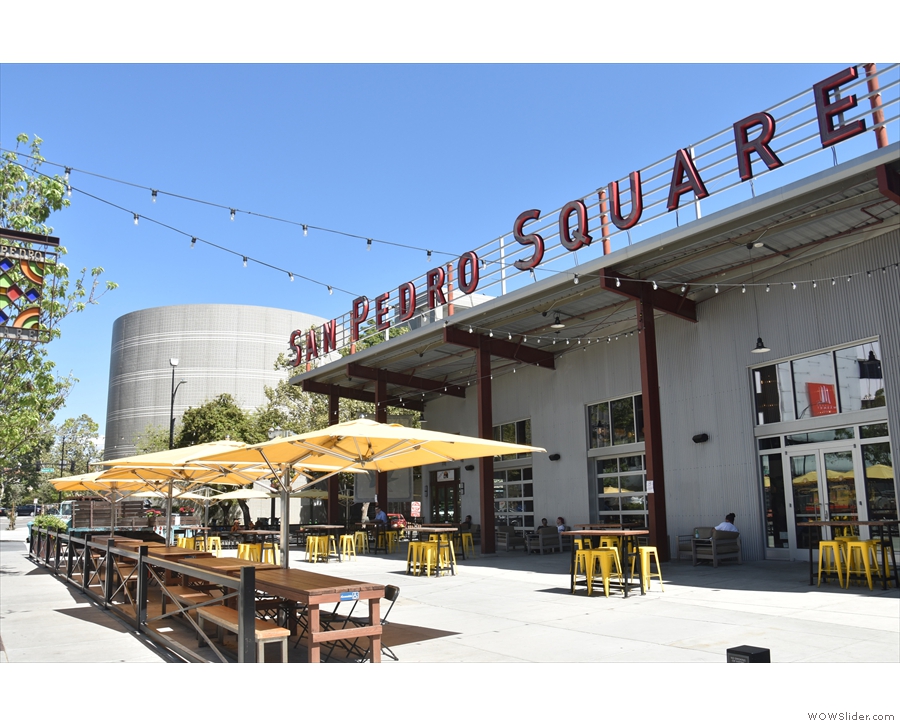
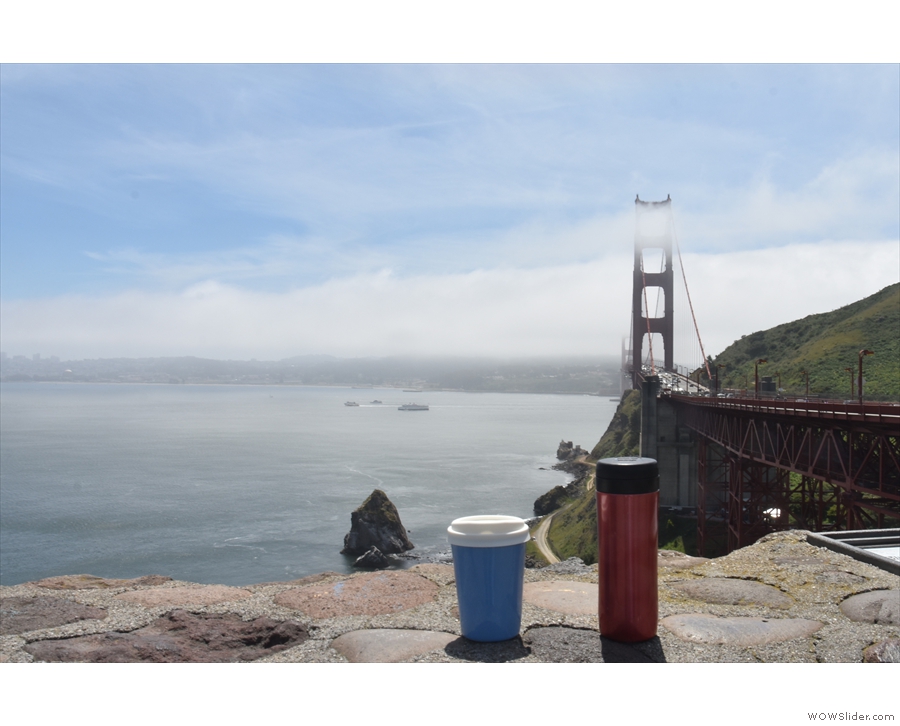
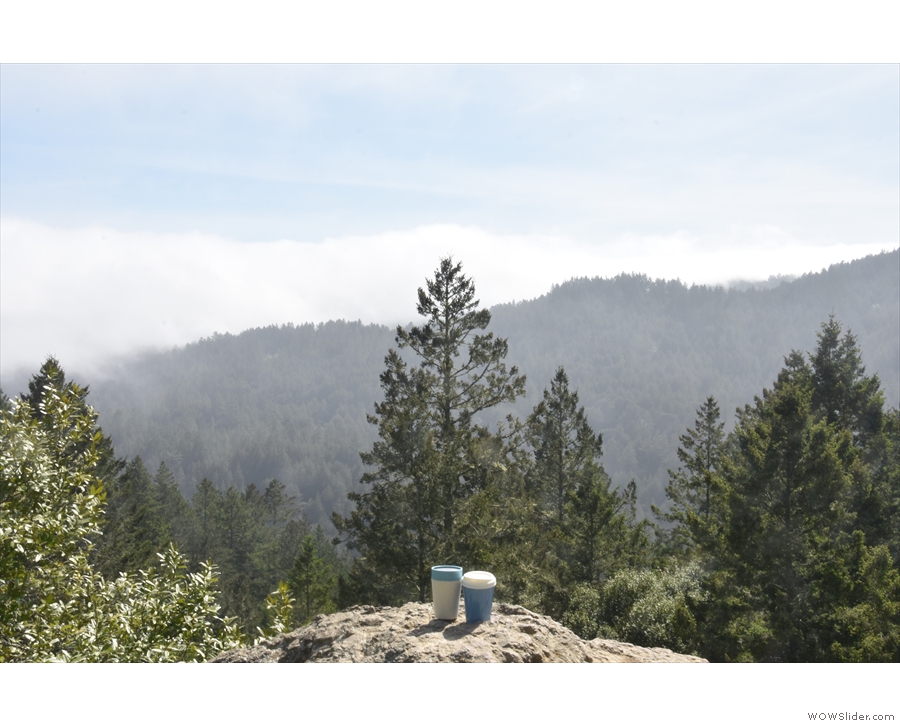
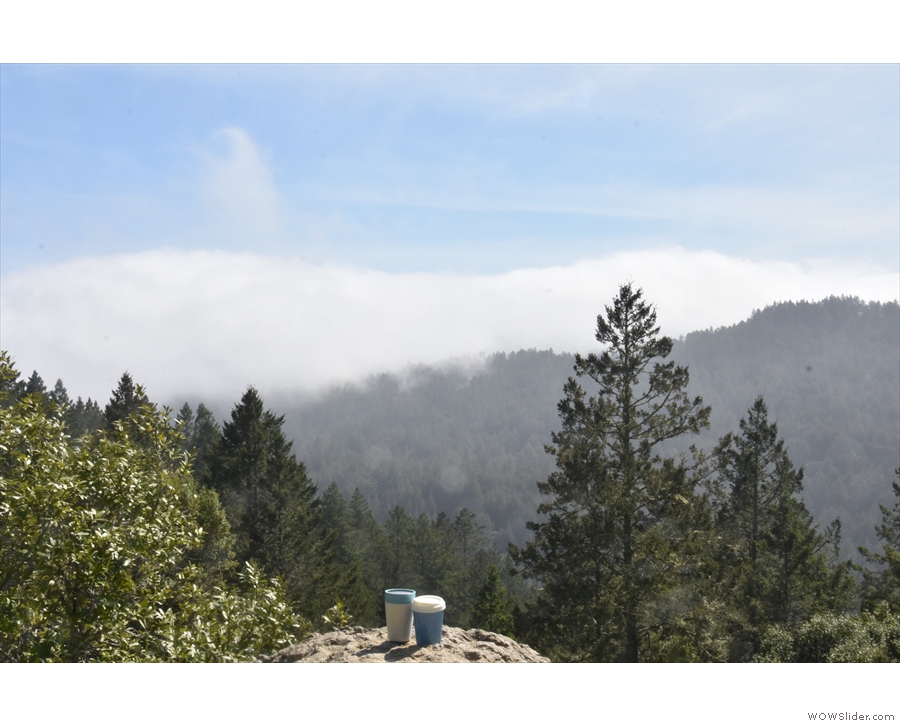
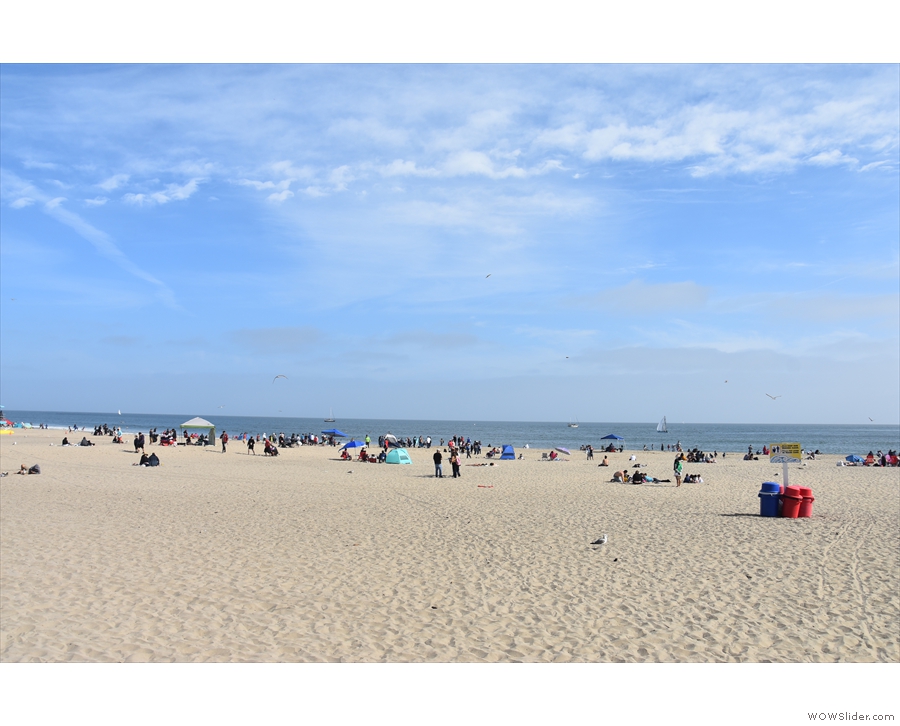
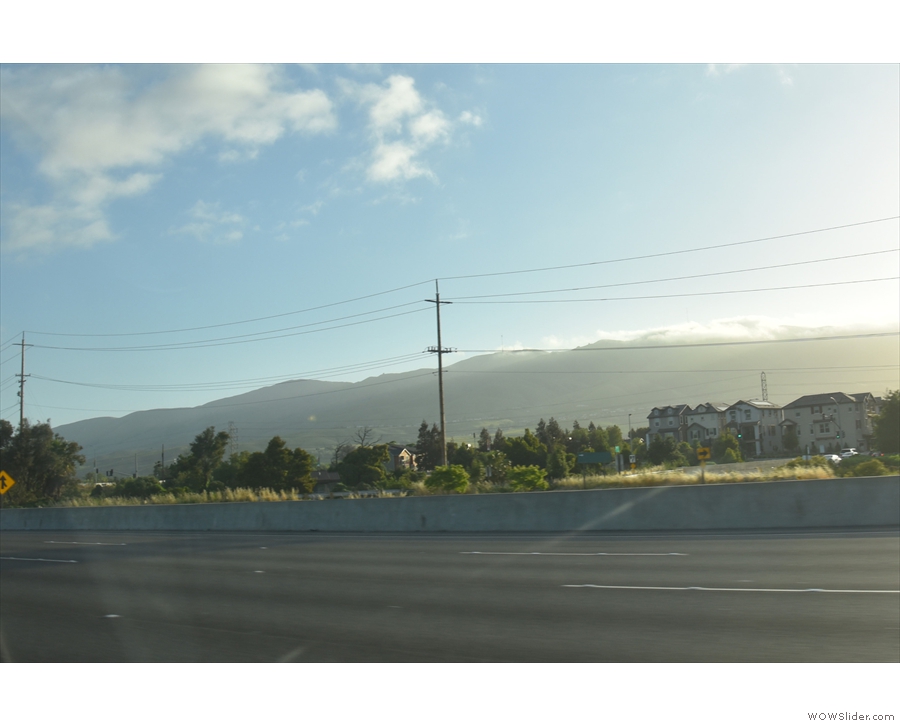
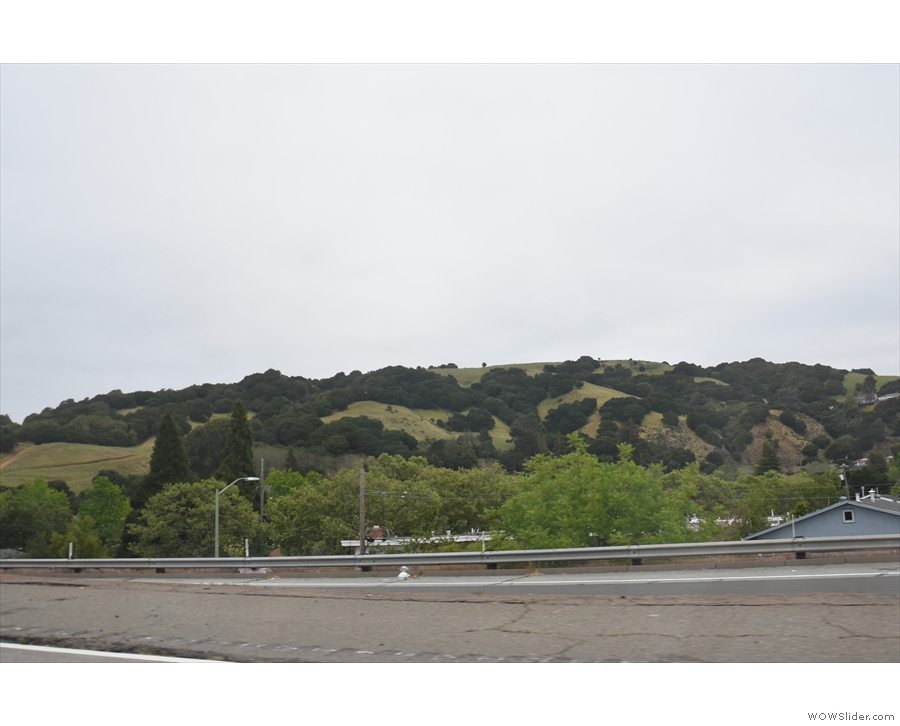
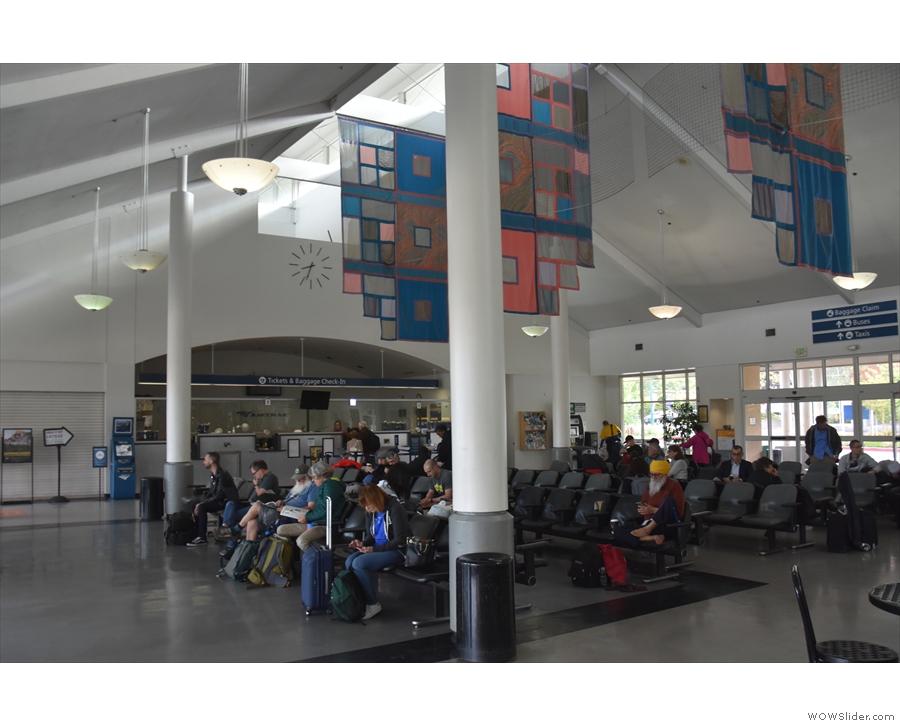
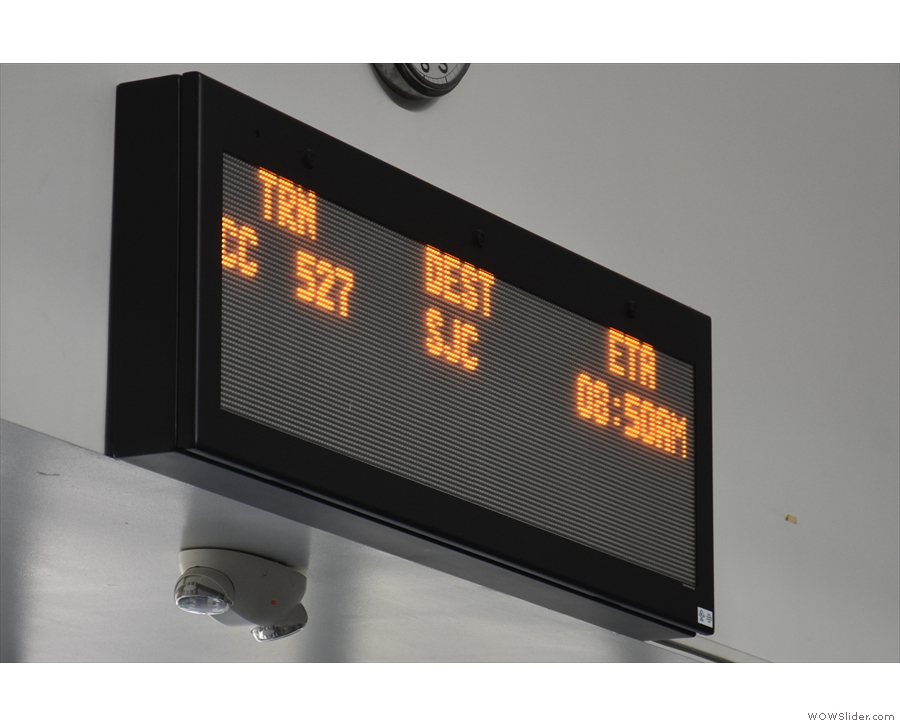
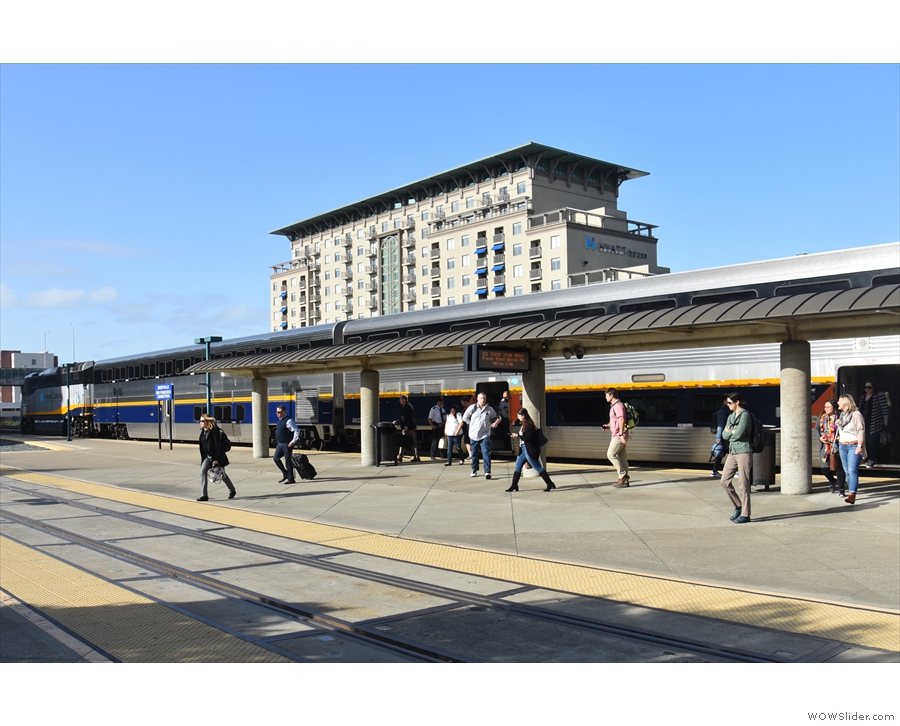
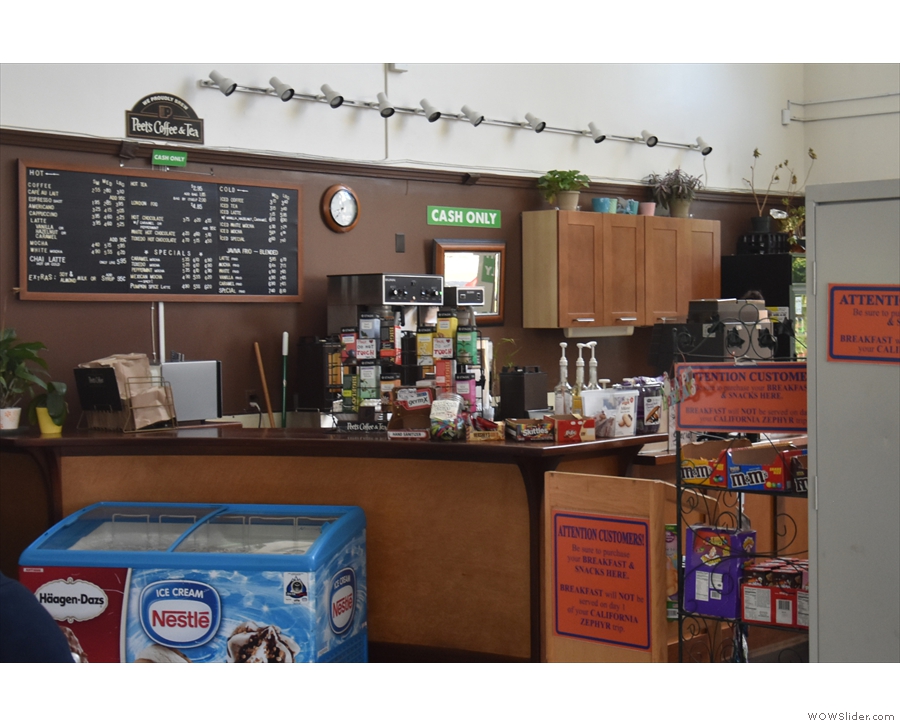
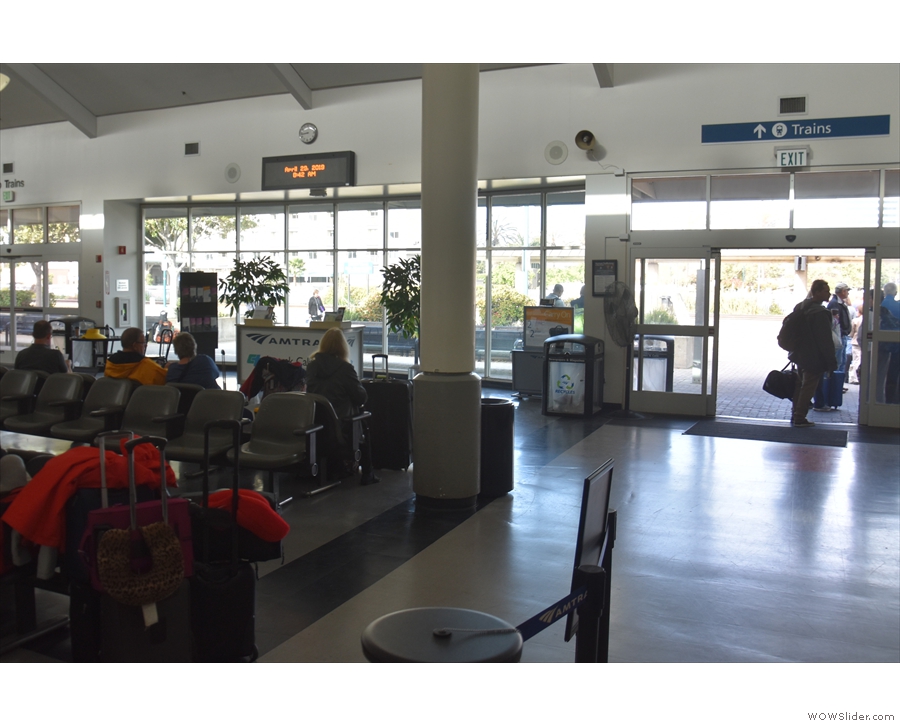
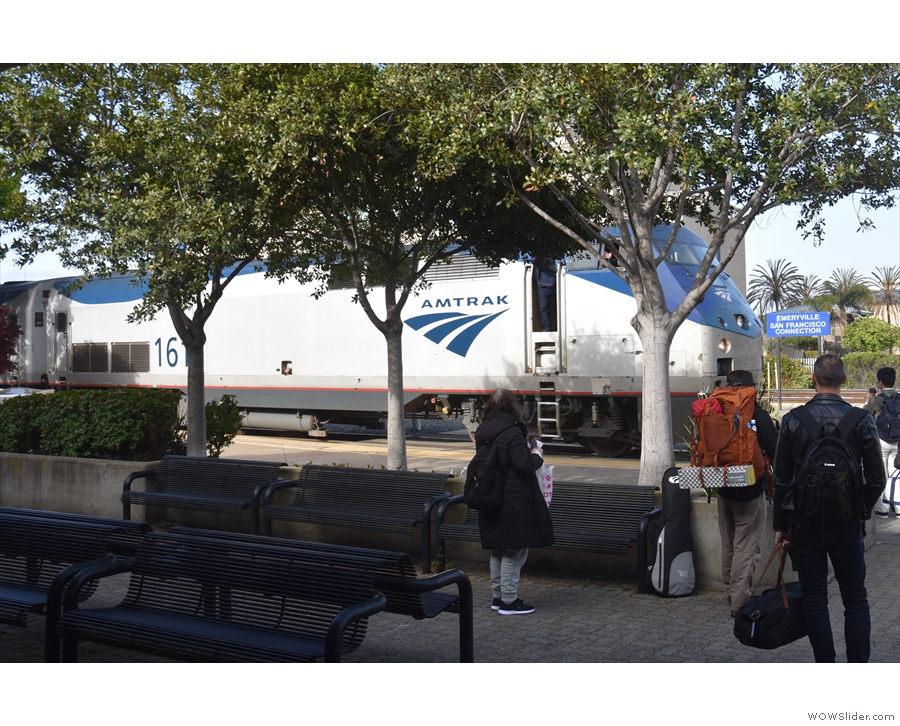
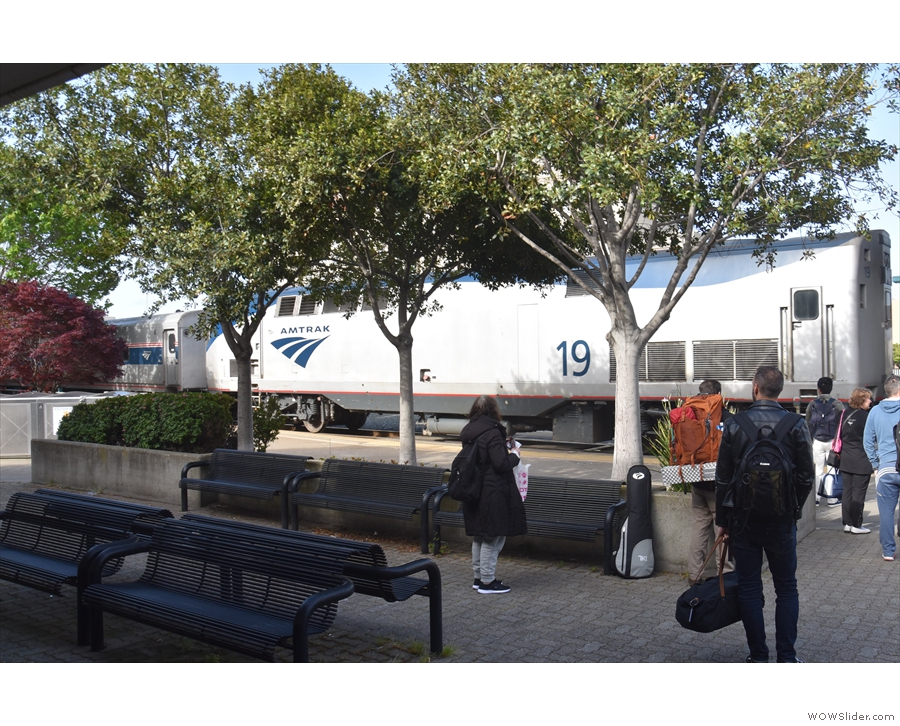
 1
1 2
2 3
3 4
4 5
5 6
6 7
7 8
8 9
9 10
10 11
11 12
12 13
13 14
14 15
15 16
16 17
17 18
18 19
19 20
20 21
21 22
22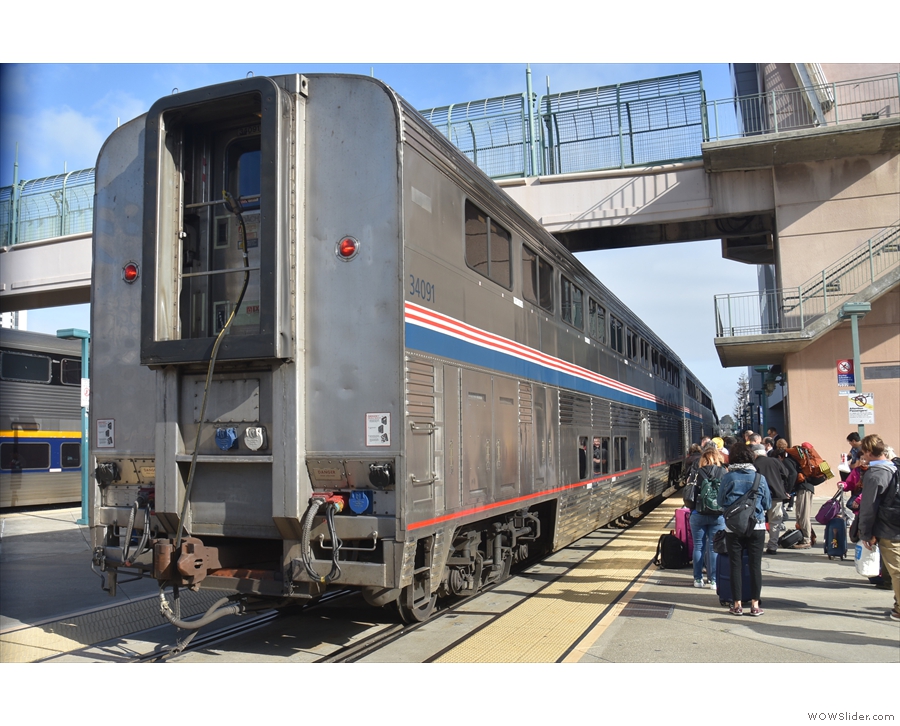
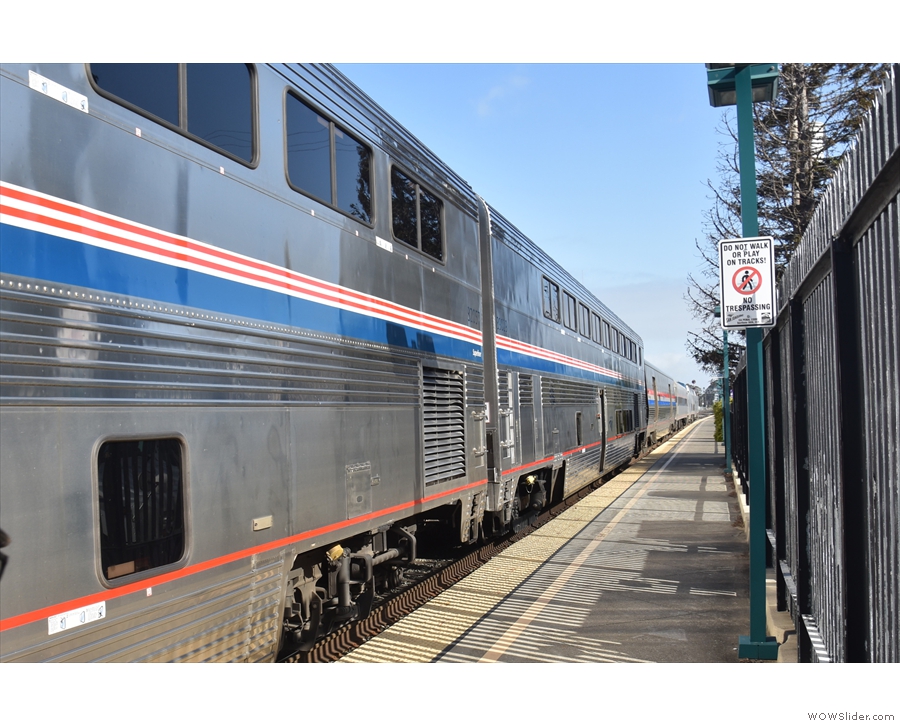
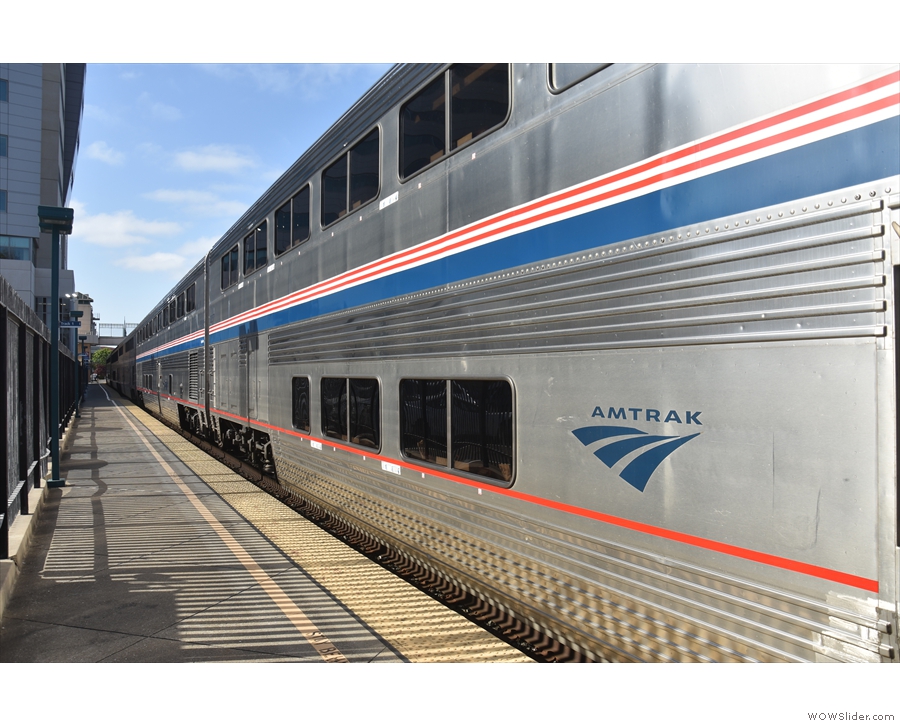
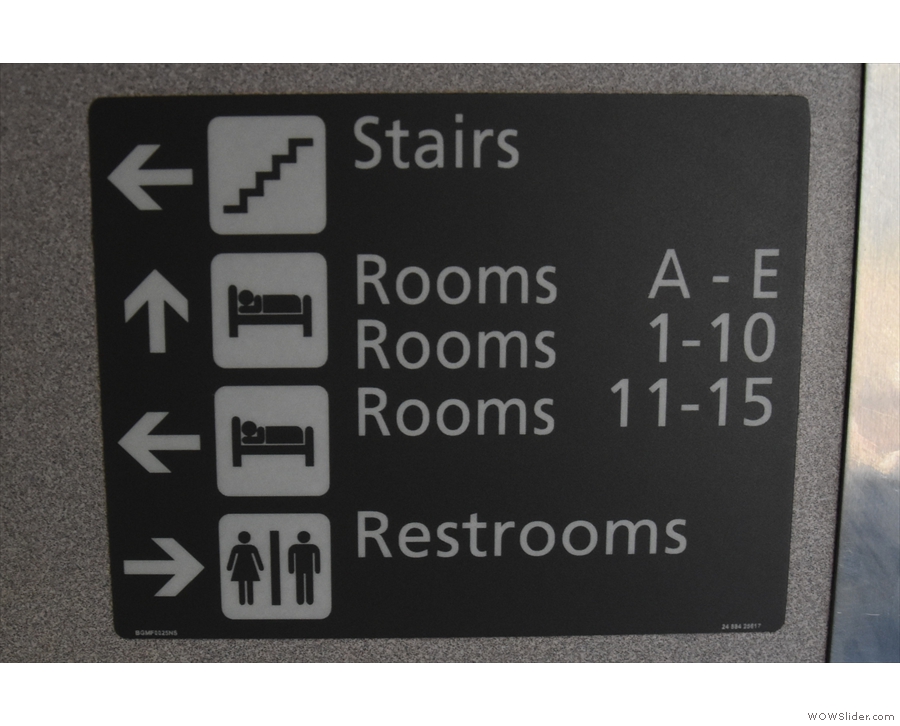
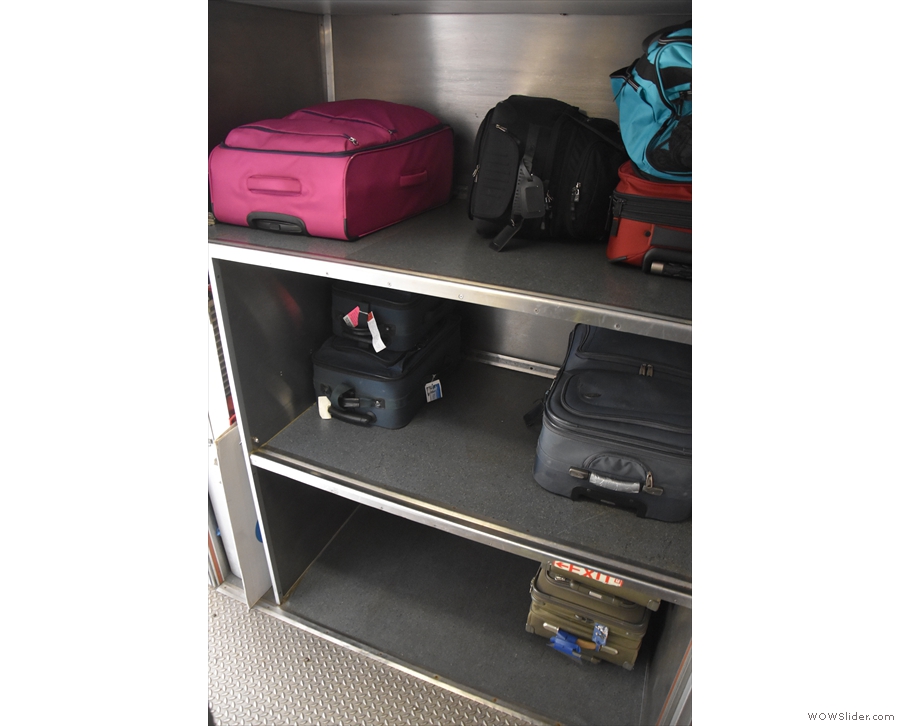
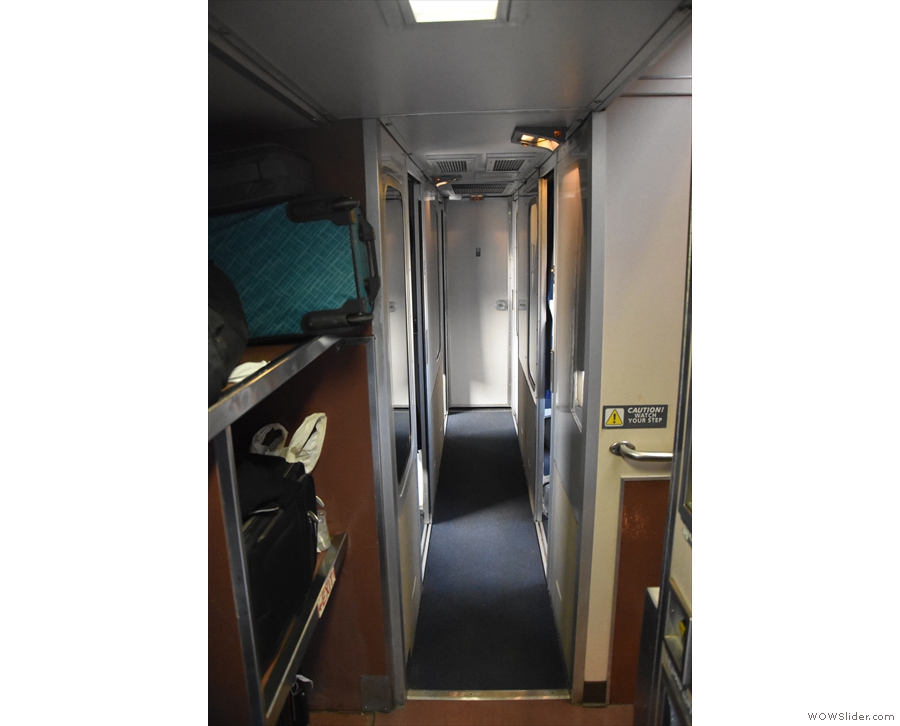
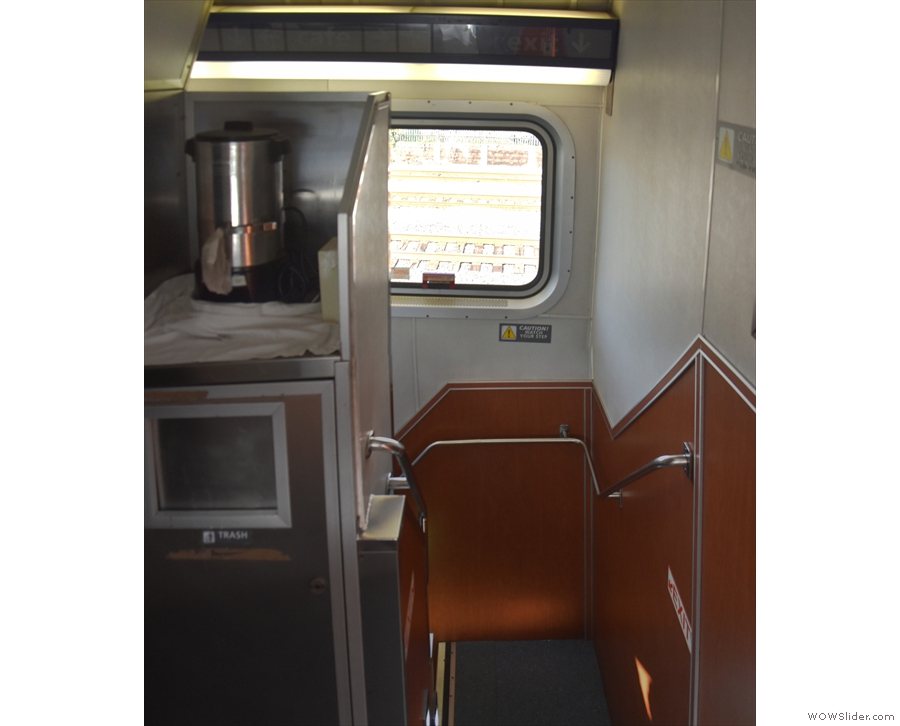
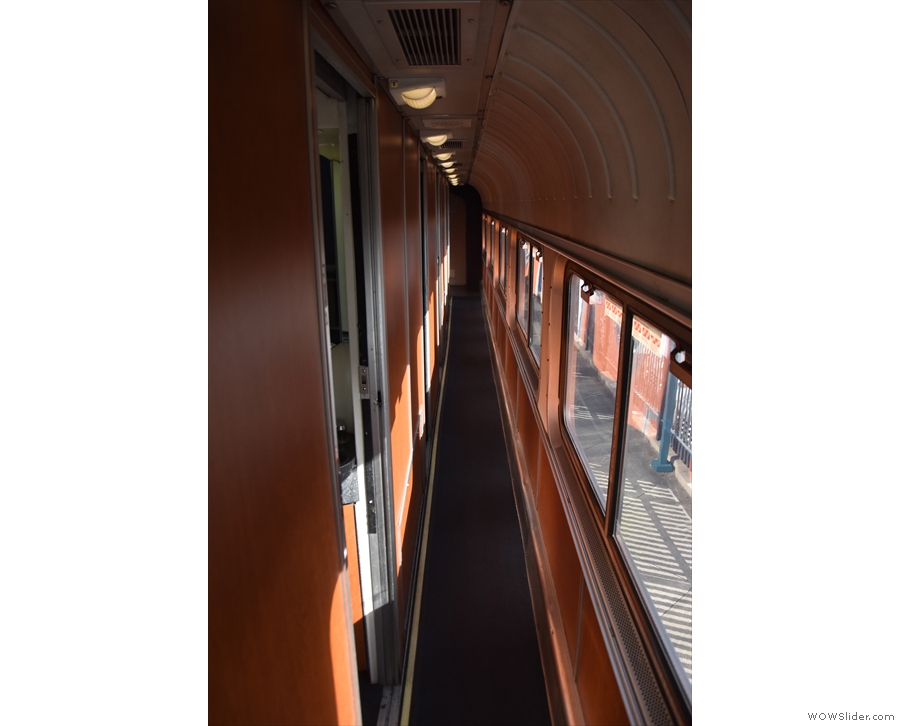
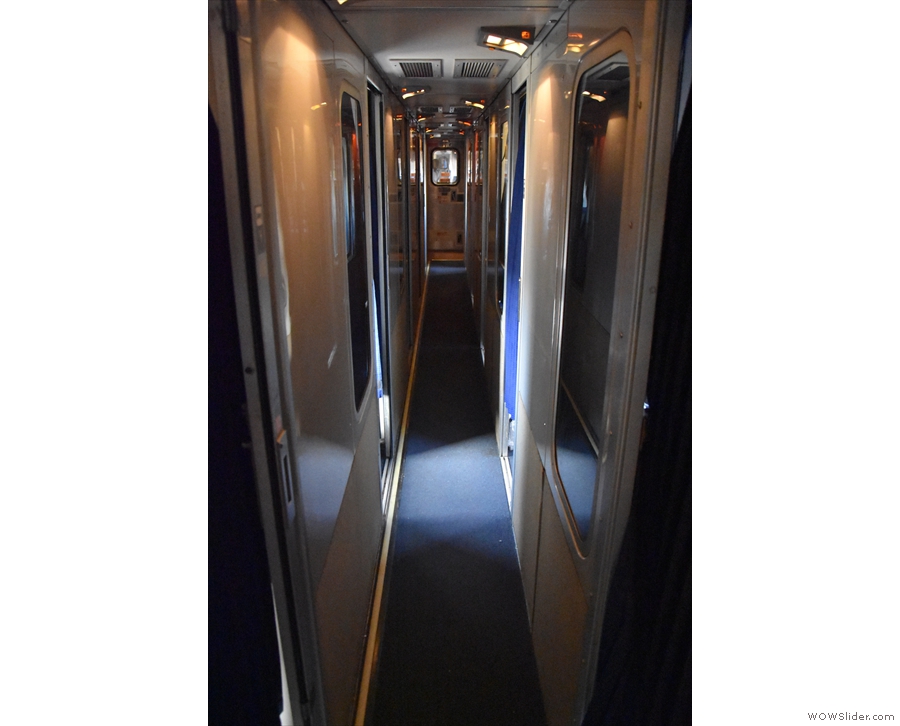
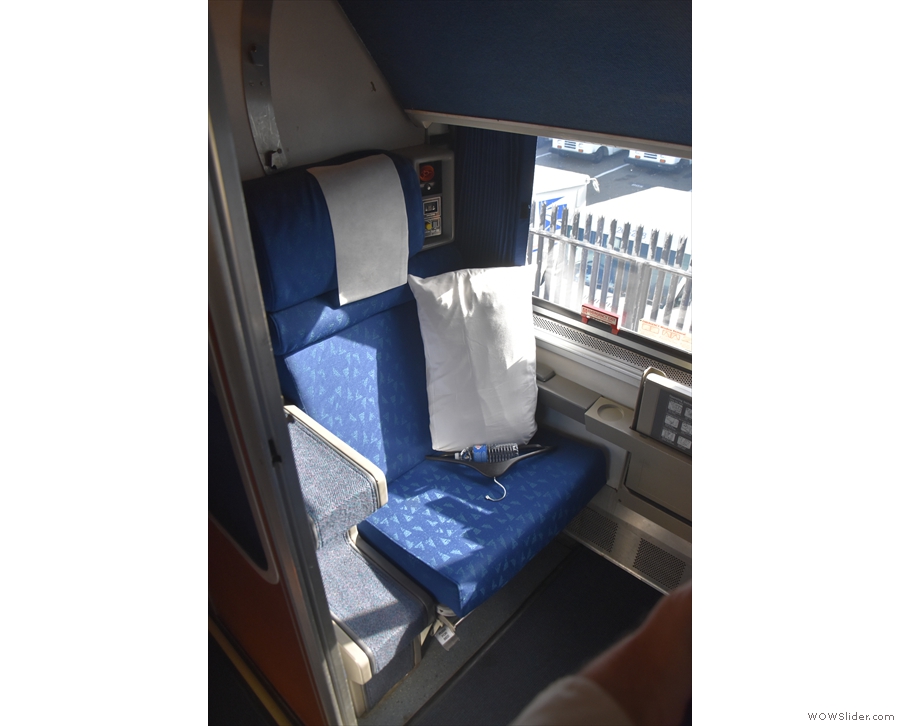
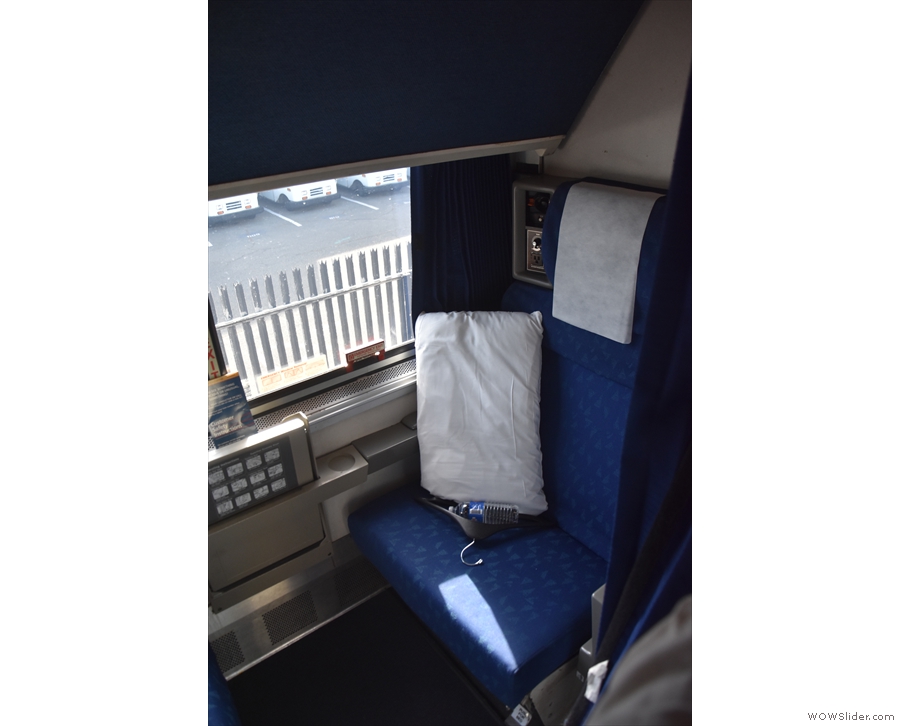
 1
1 2
2 3
3 4
4 5
5 6
6 7
7 8
8 9
9 10
10 11
11
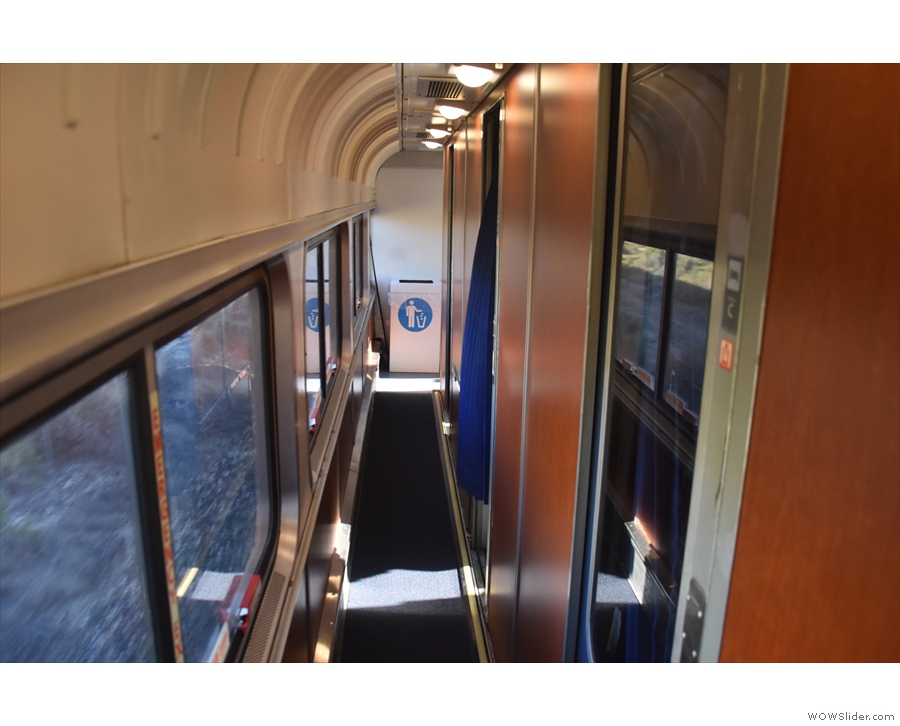
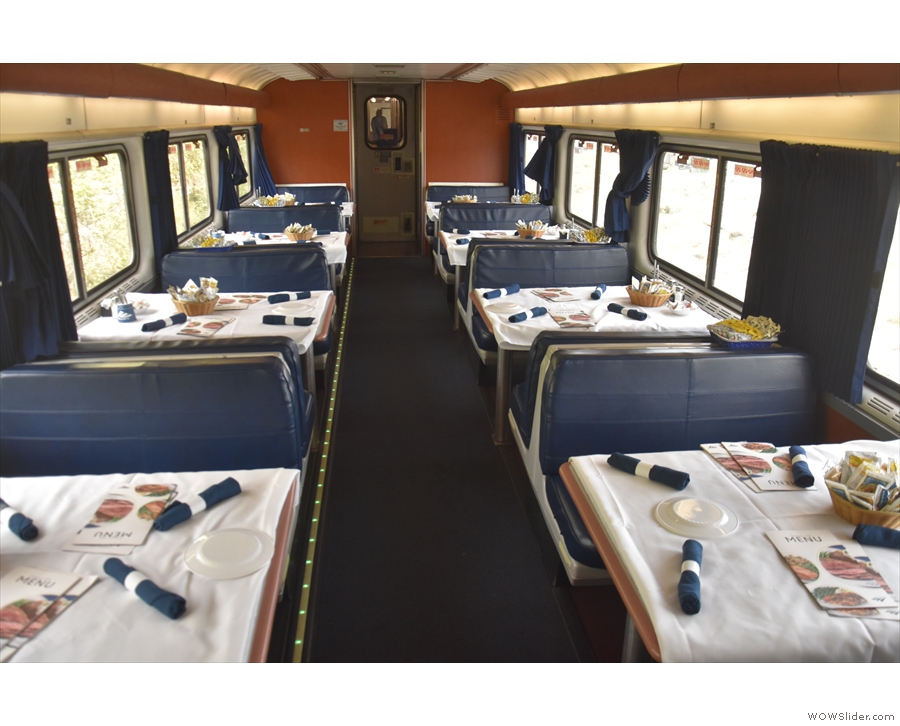
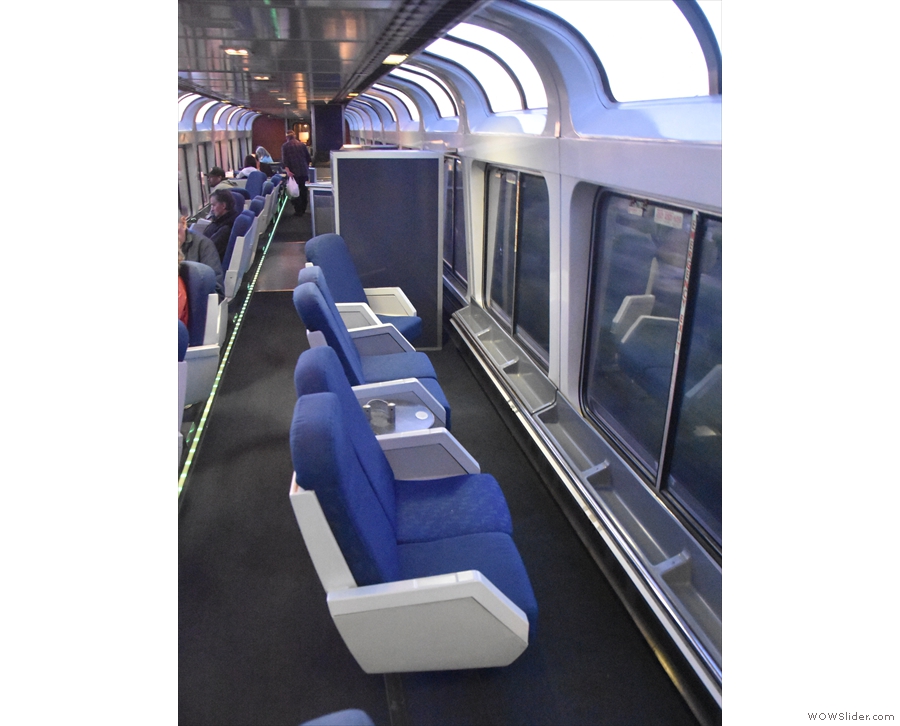
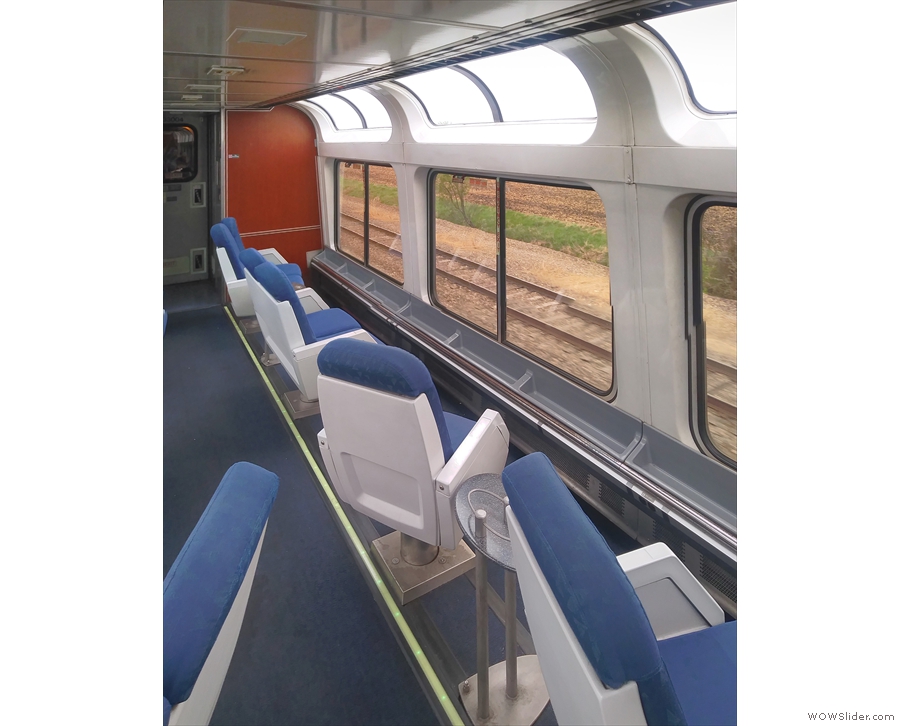
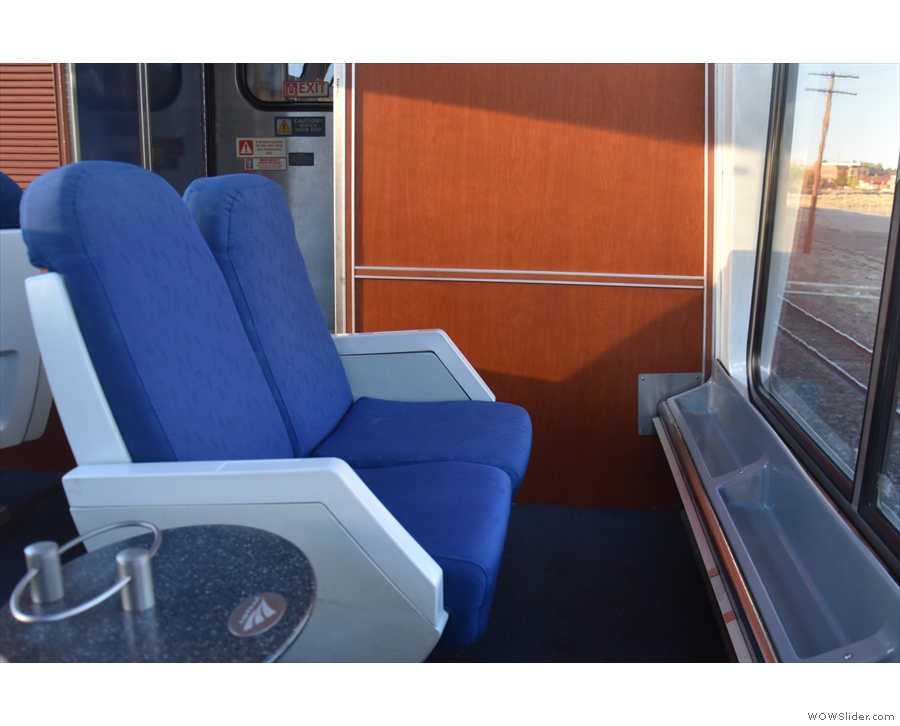
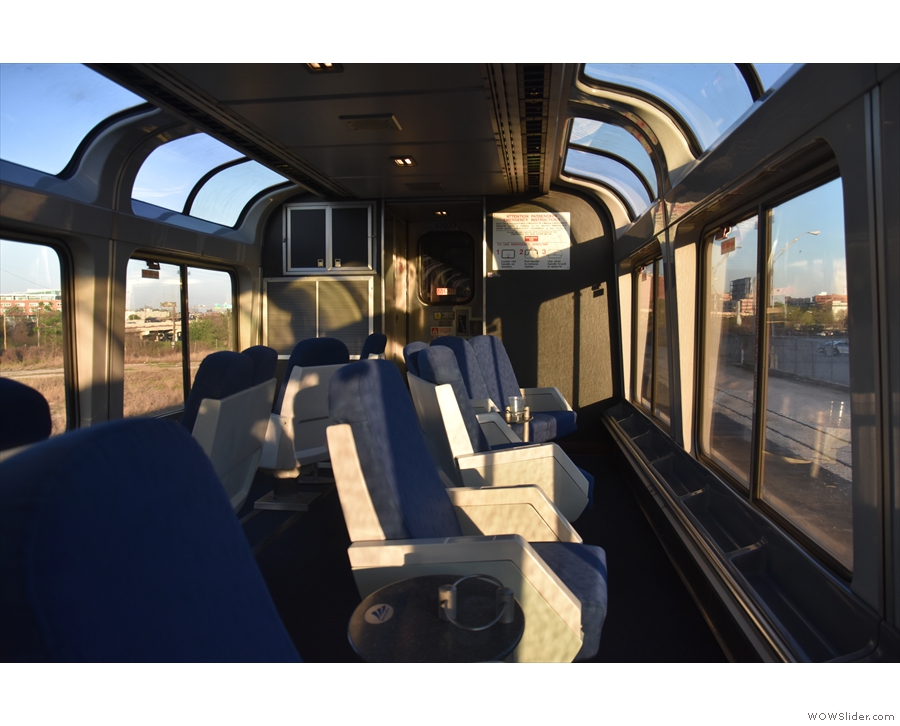
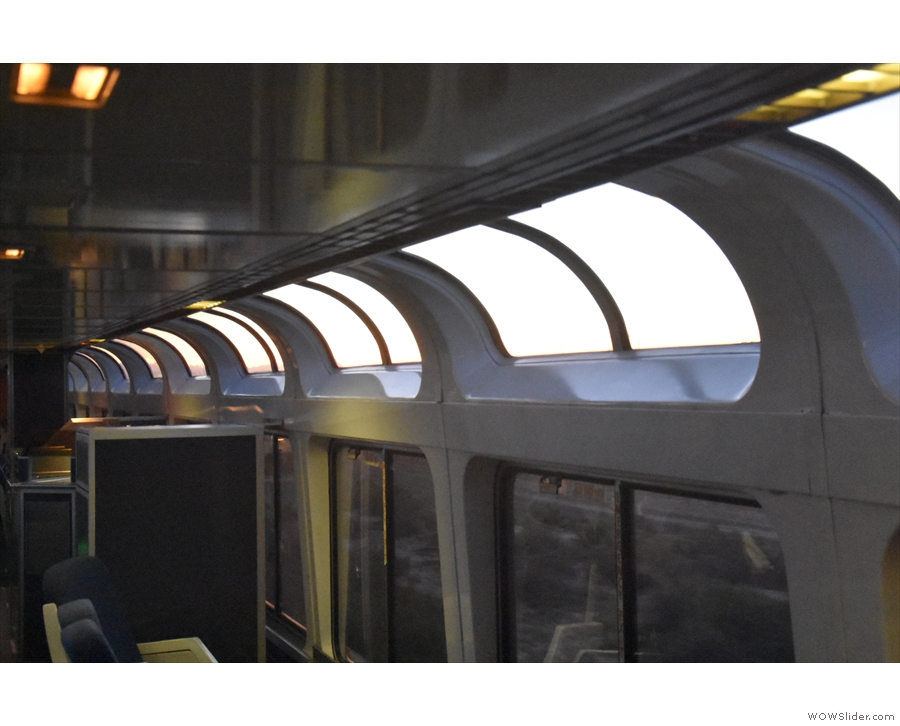
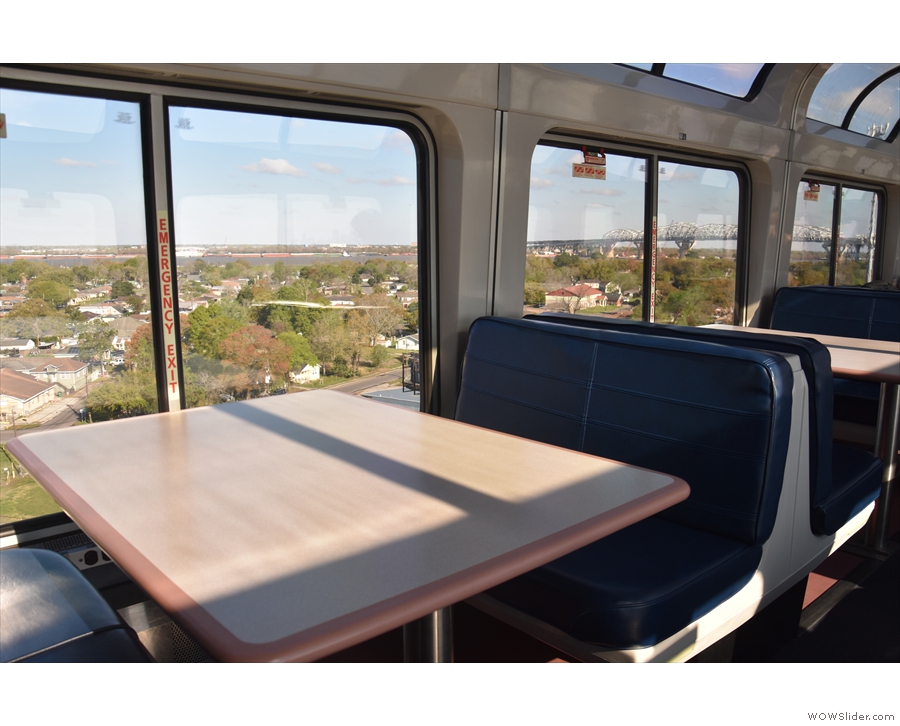
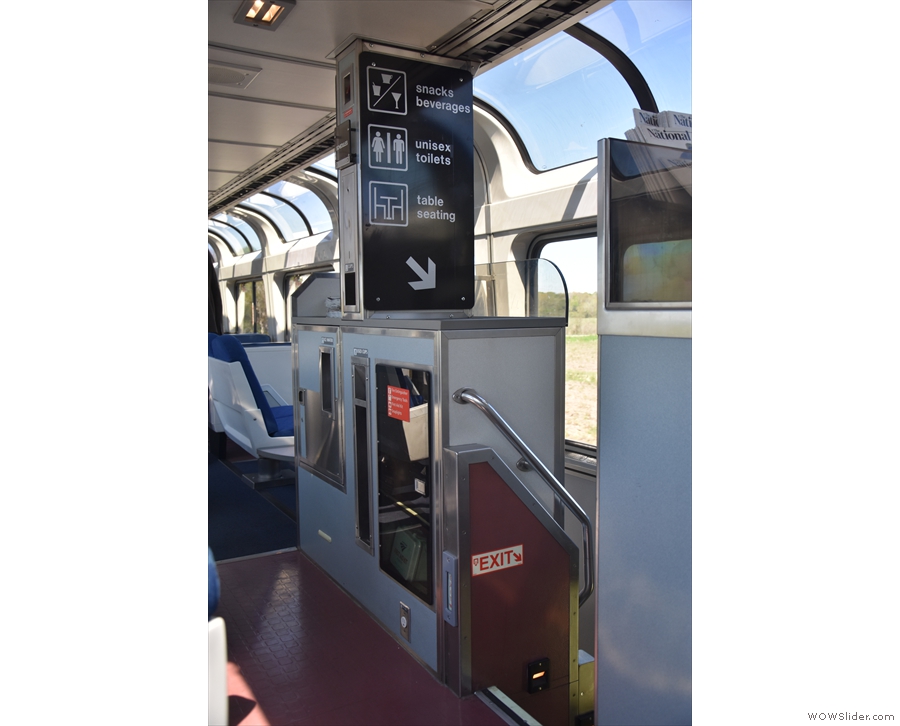
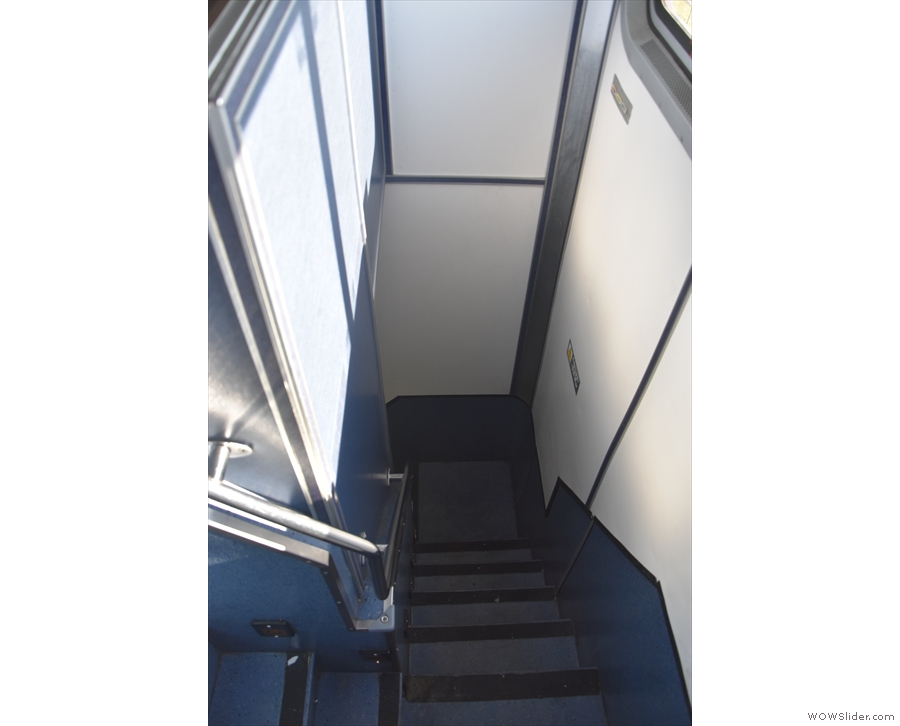
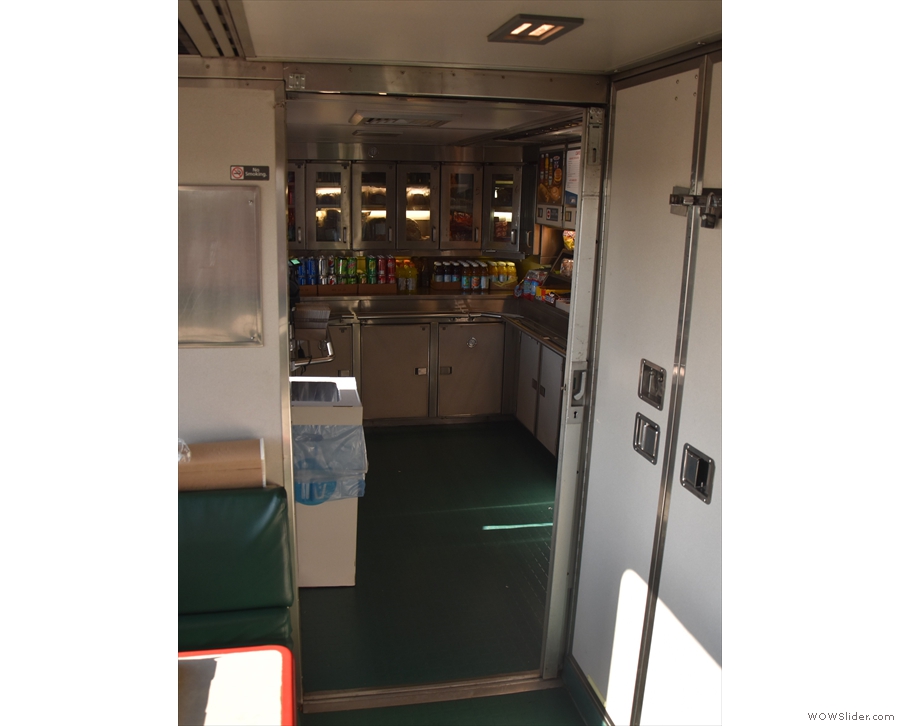
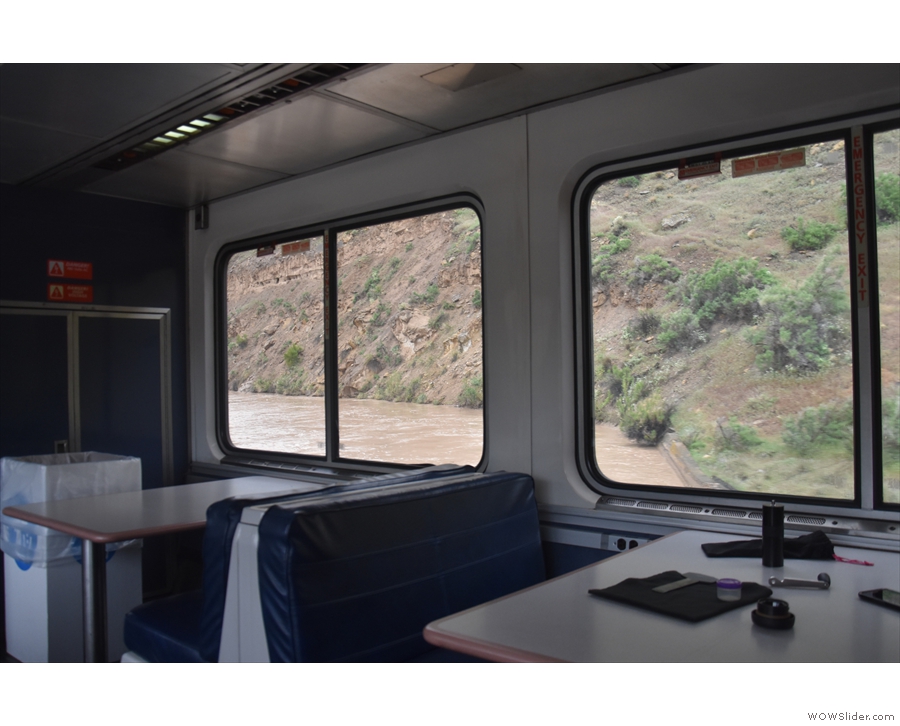
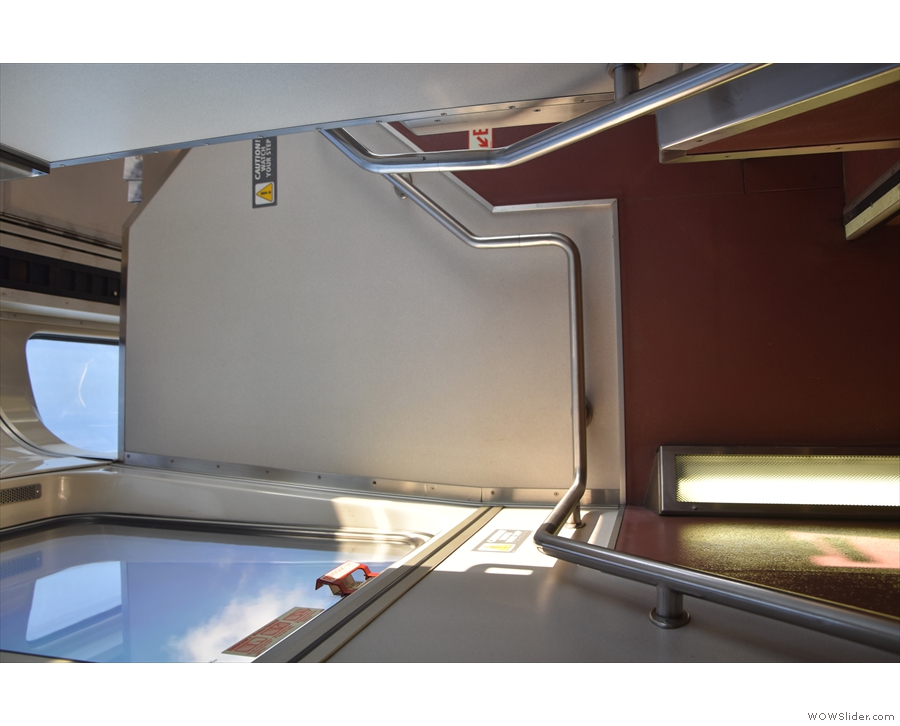
 1
1 2
2 3
3 4
4 5
5 6
6 7
7 8
8 9
9 10
10 11
11 12
12 13
13 14
14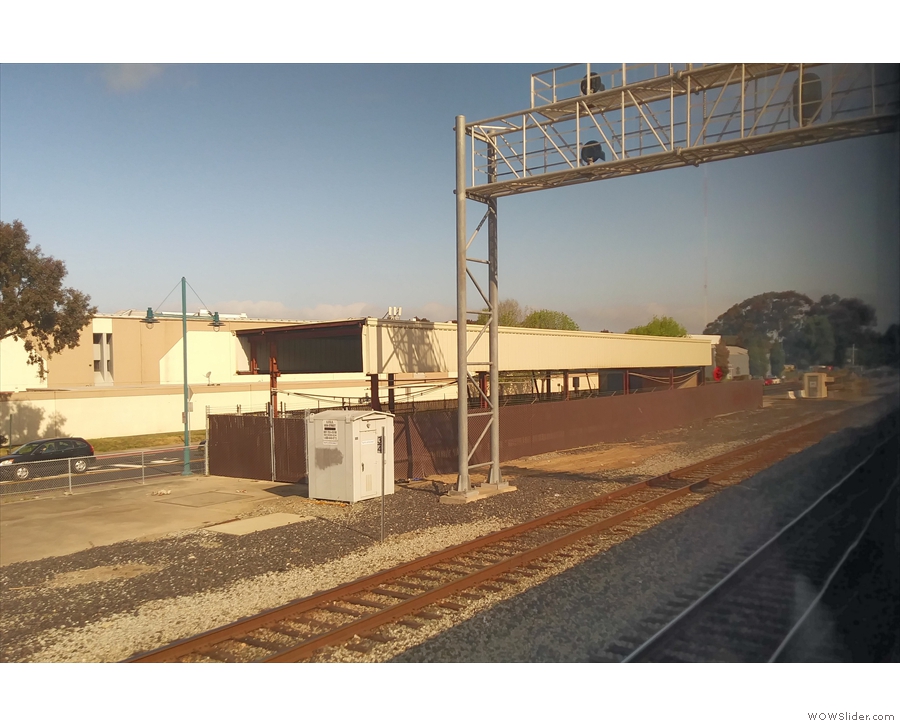
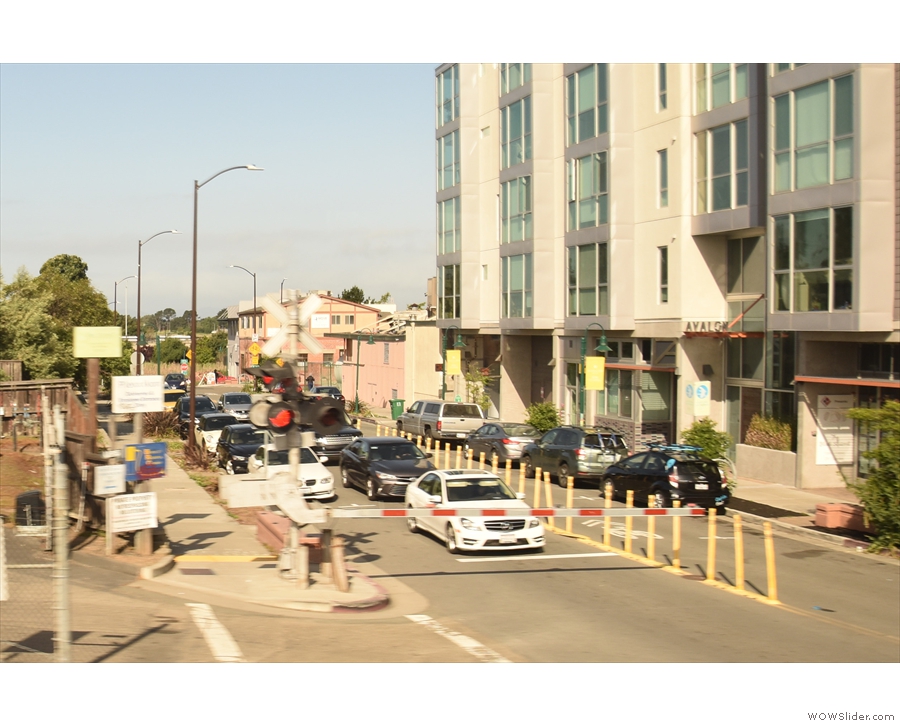
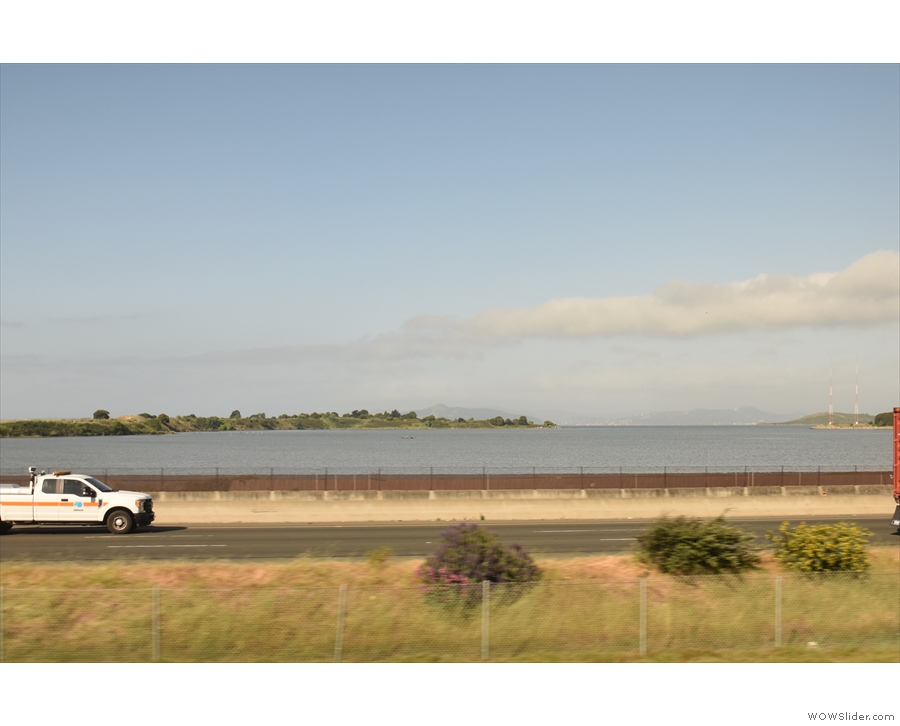
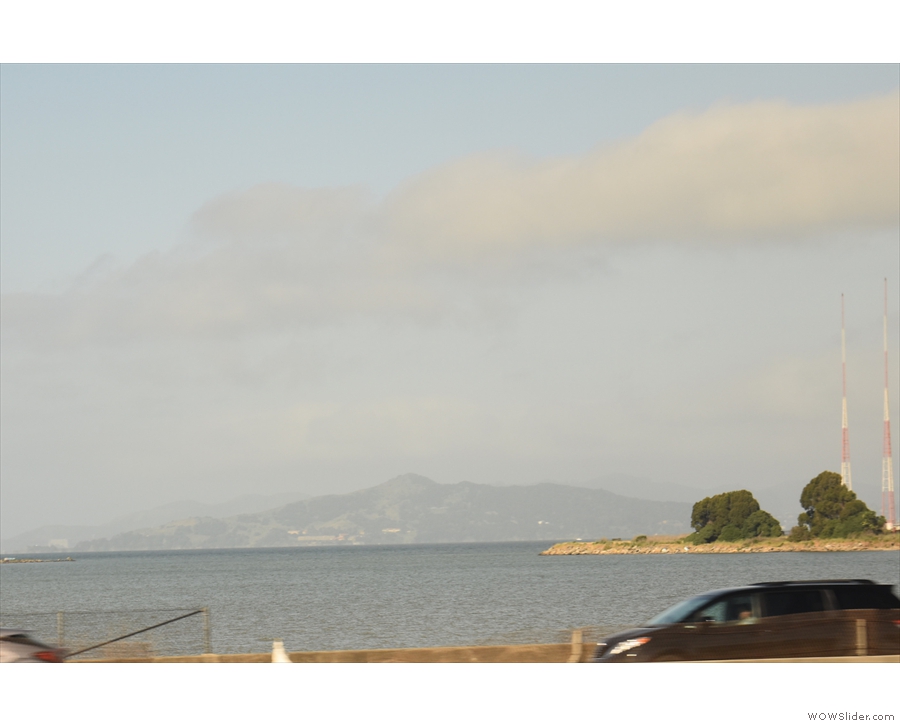
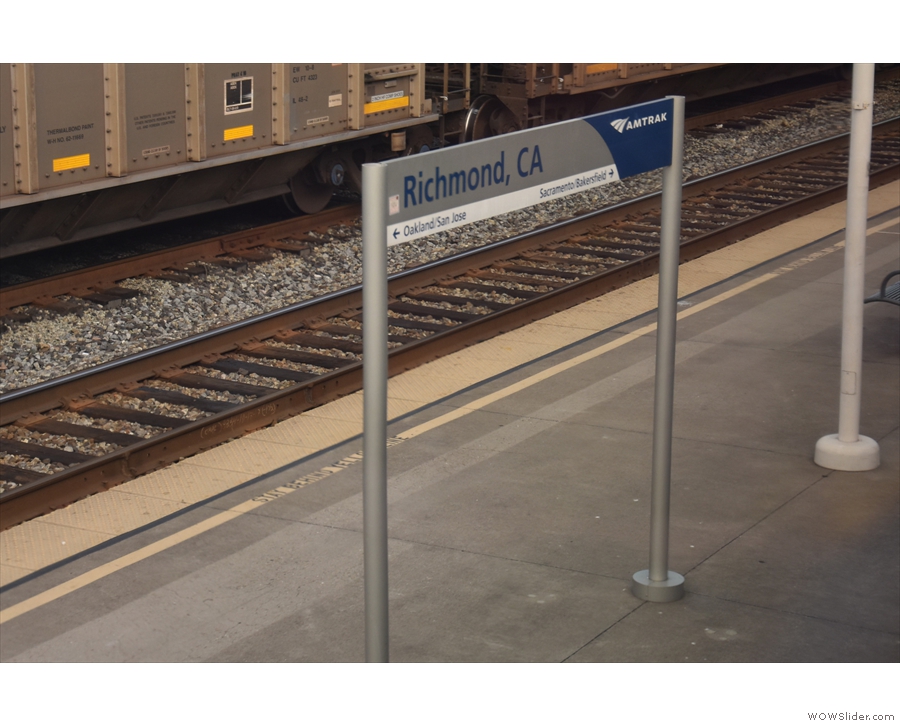
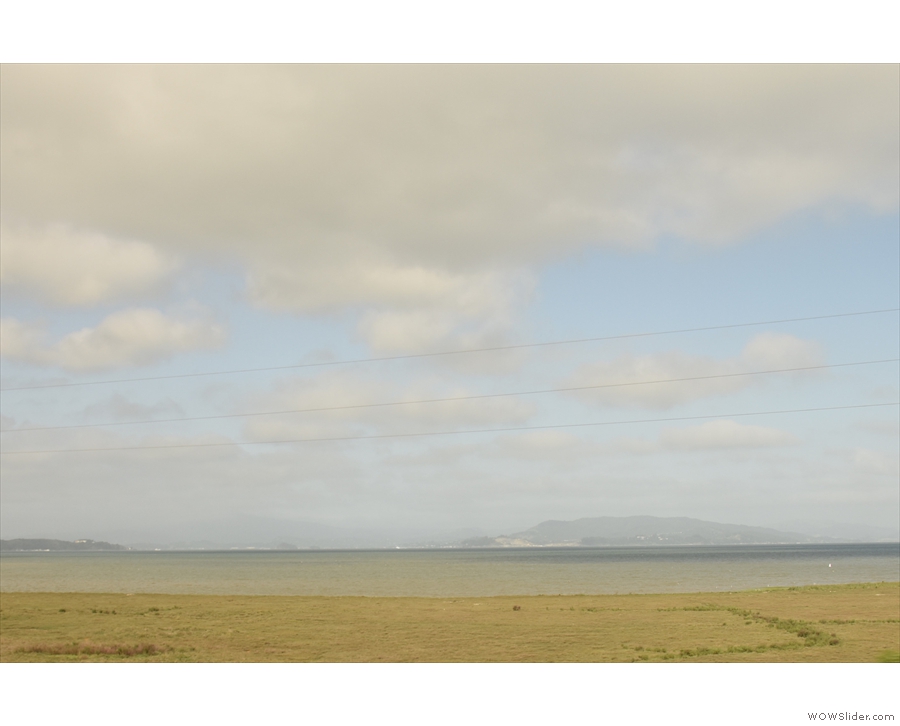
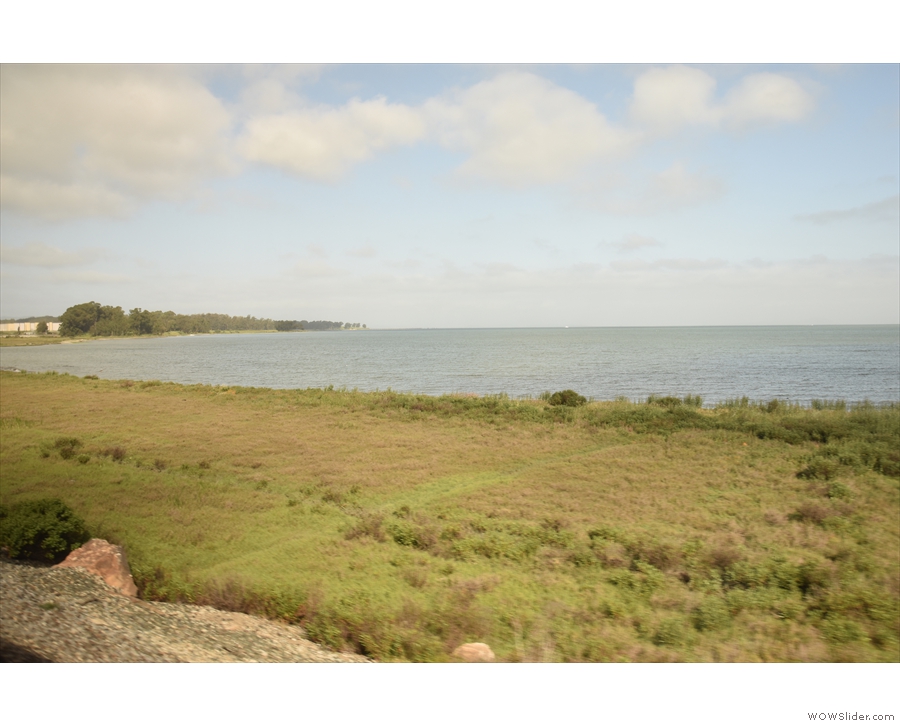
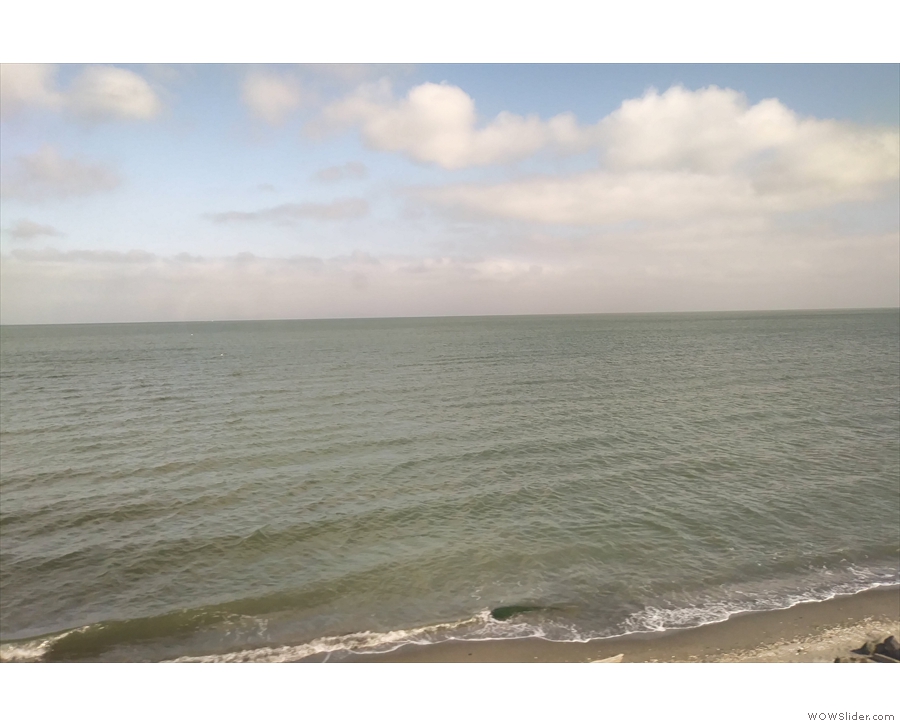
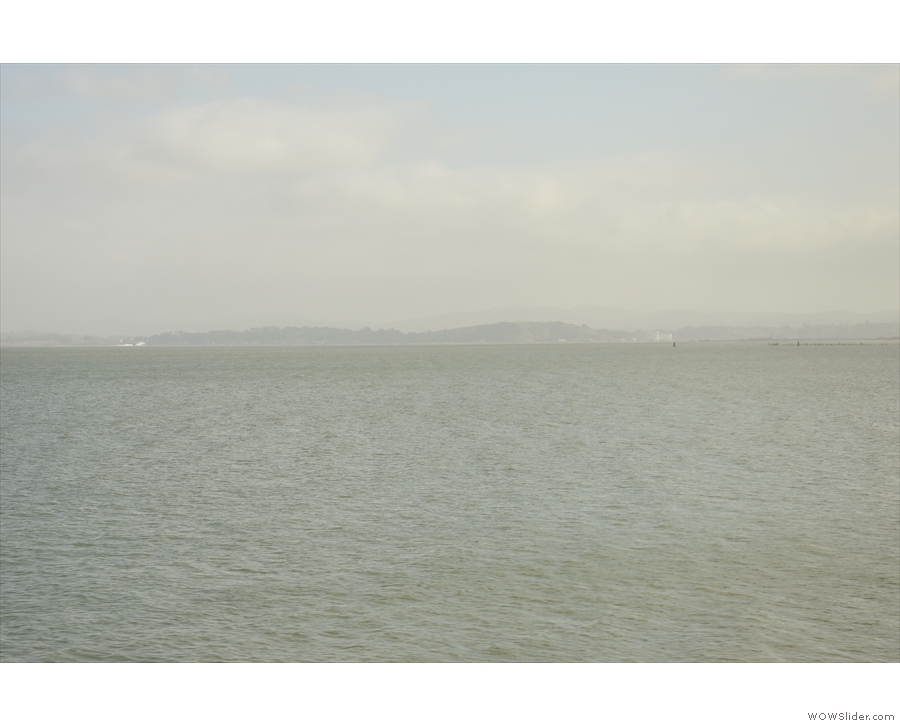
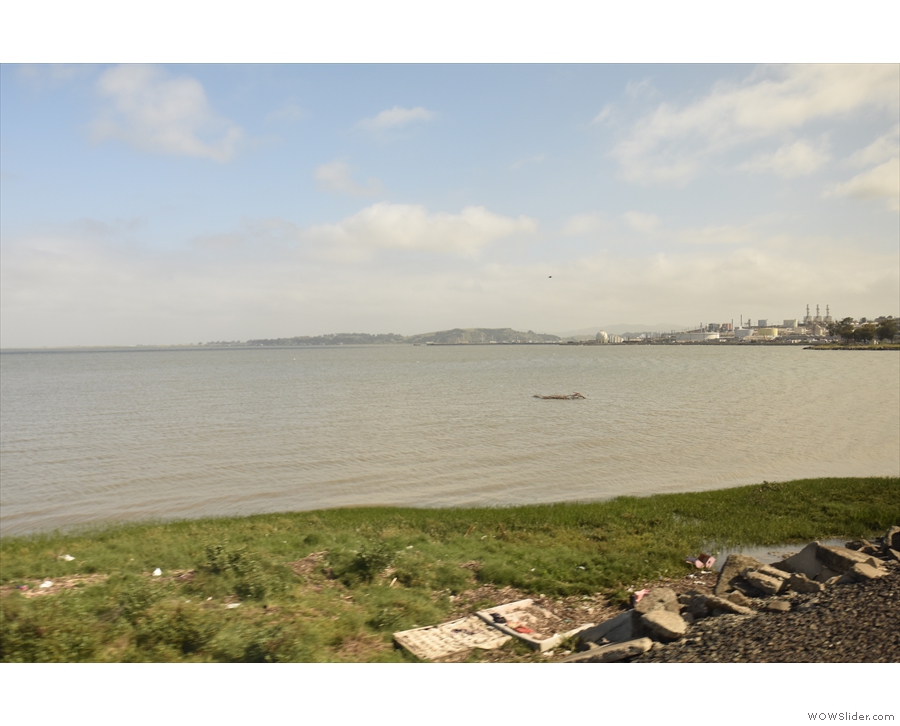
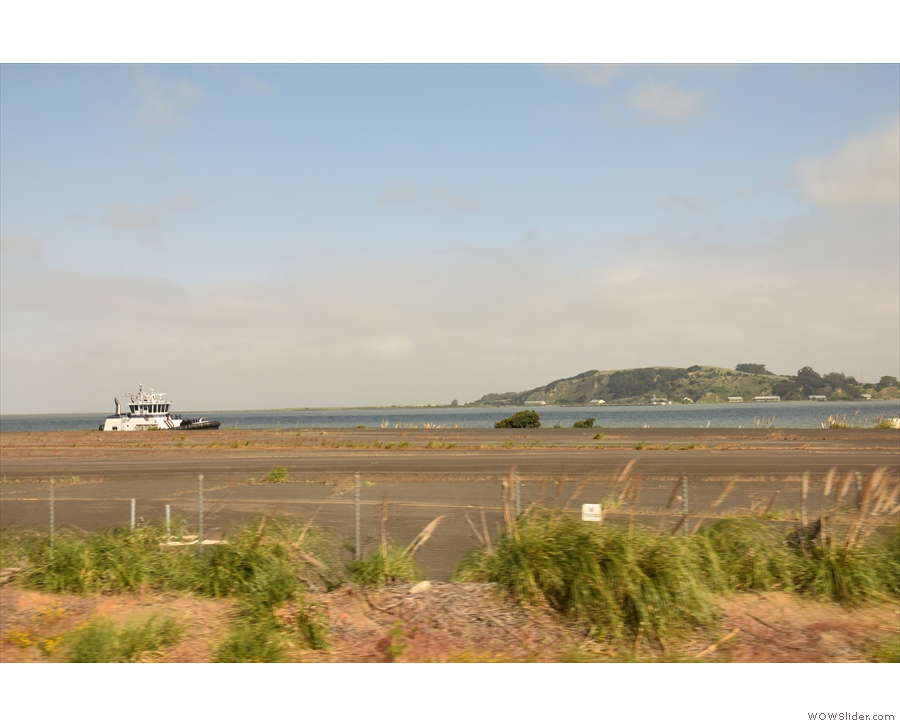
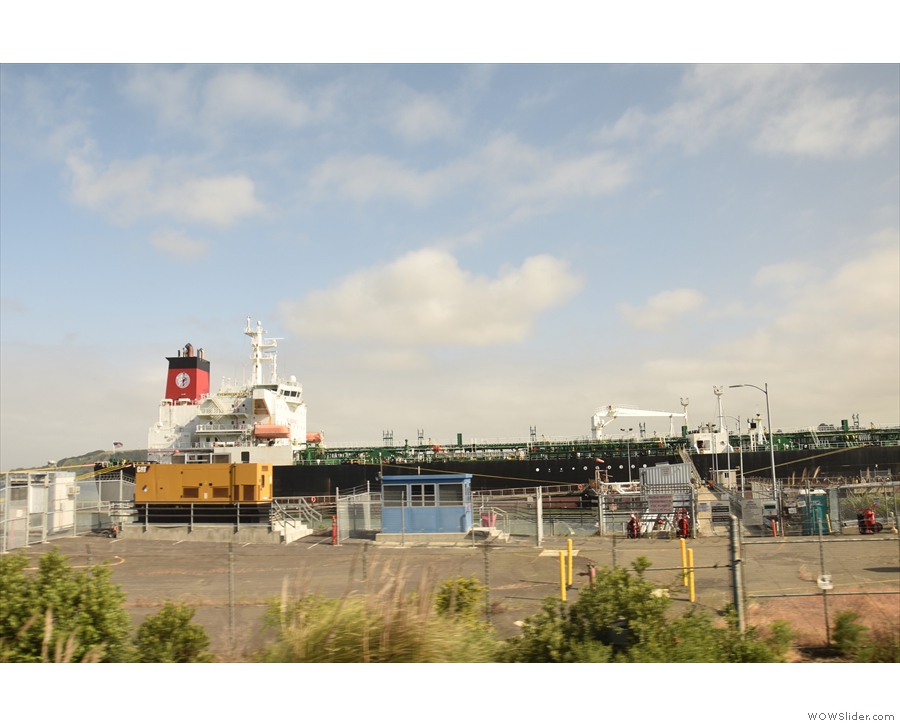
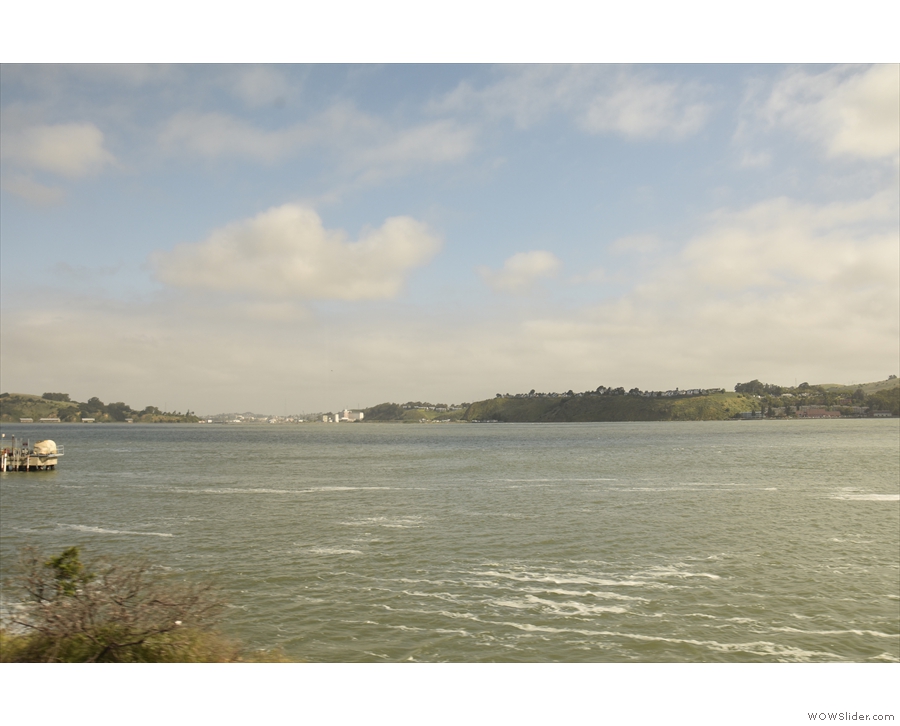
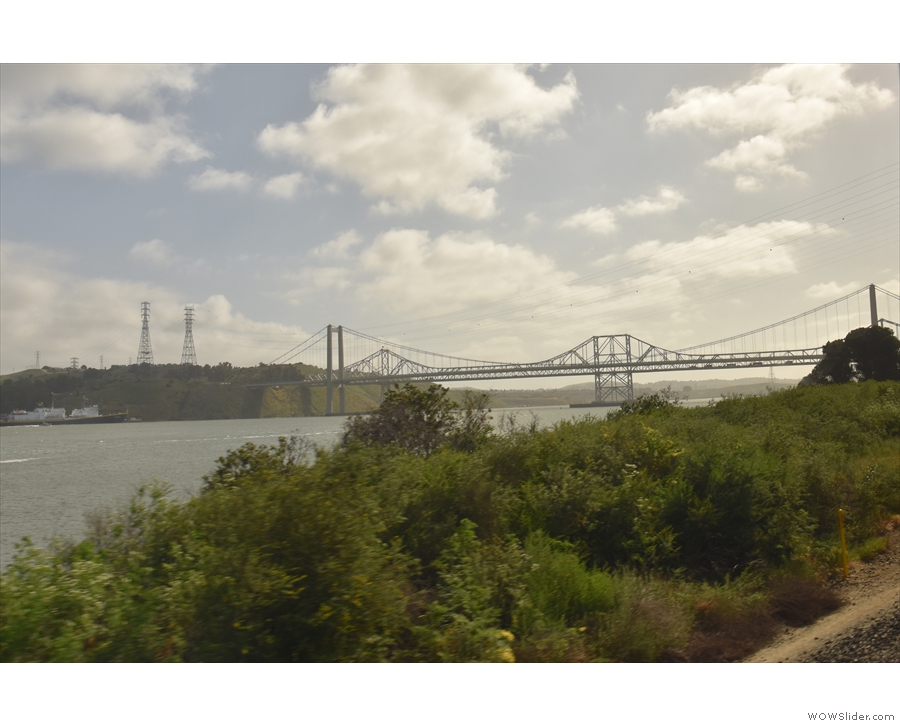
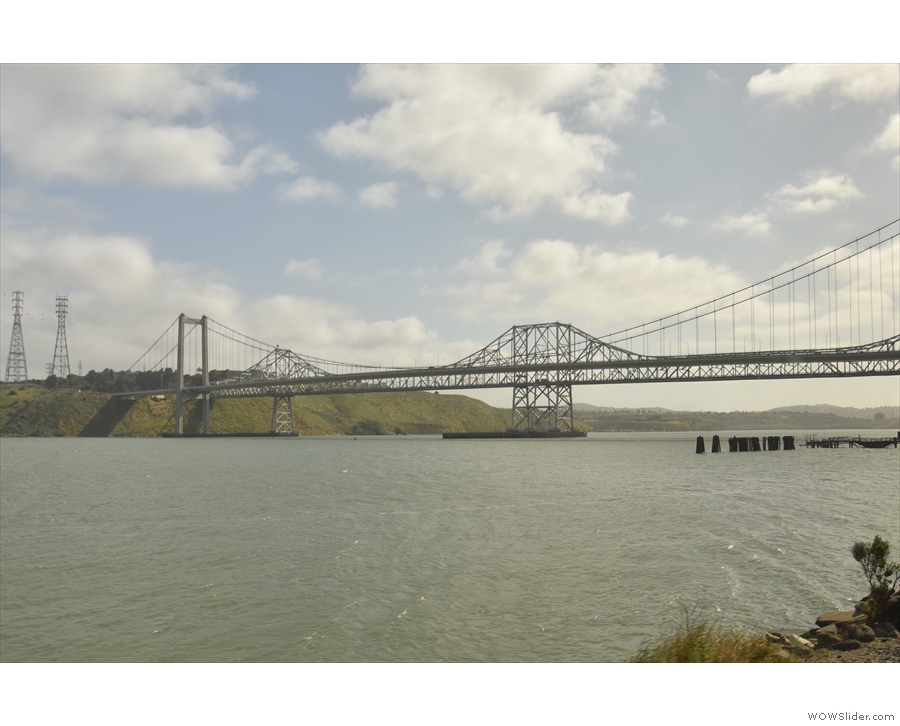
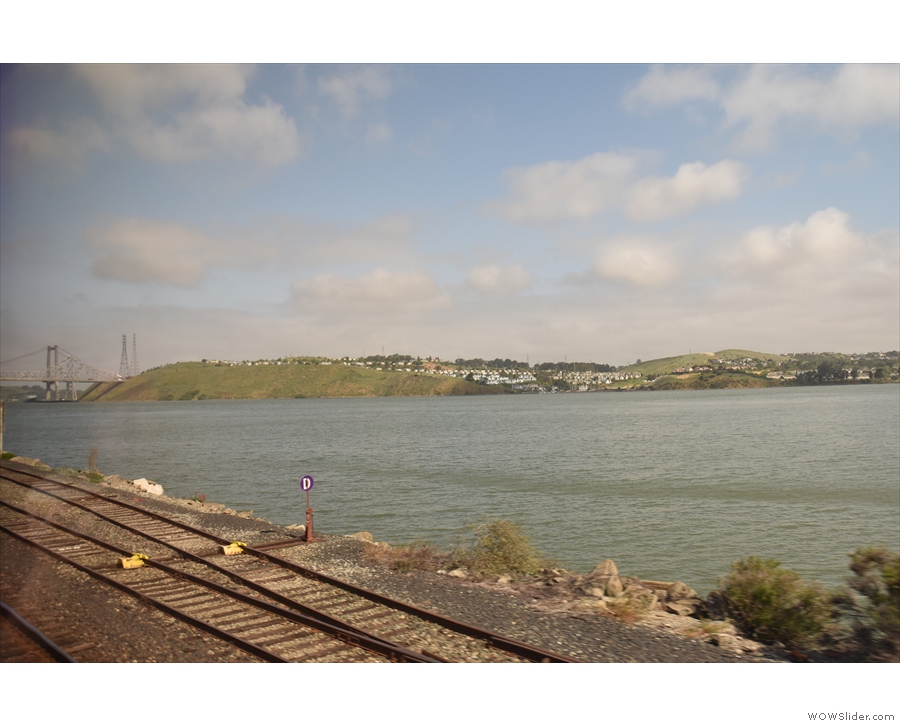
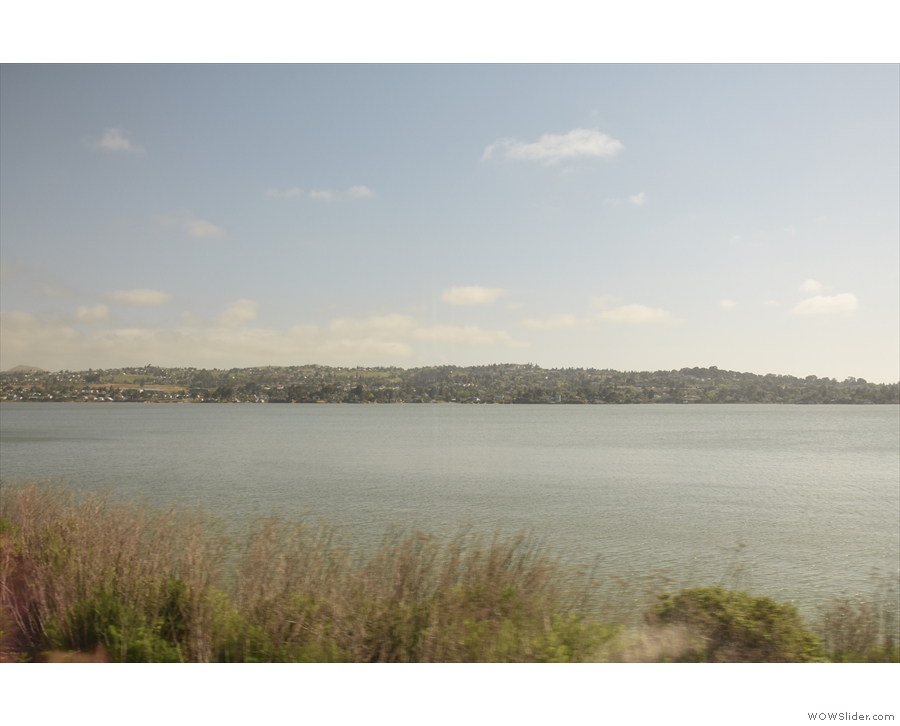
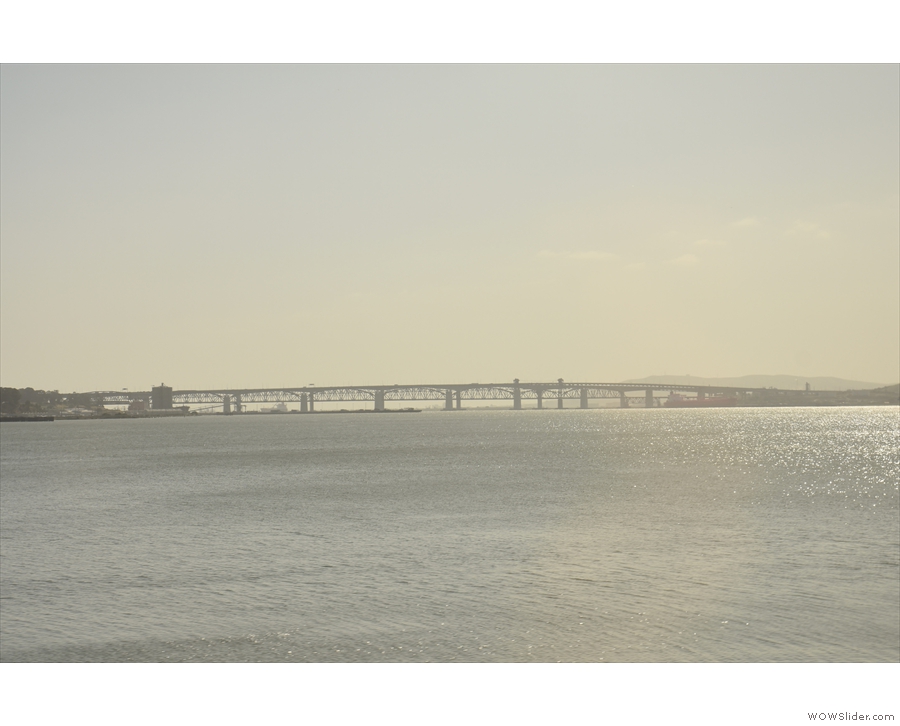
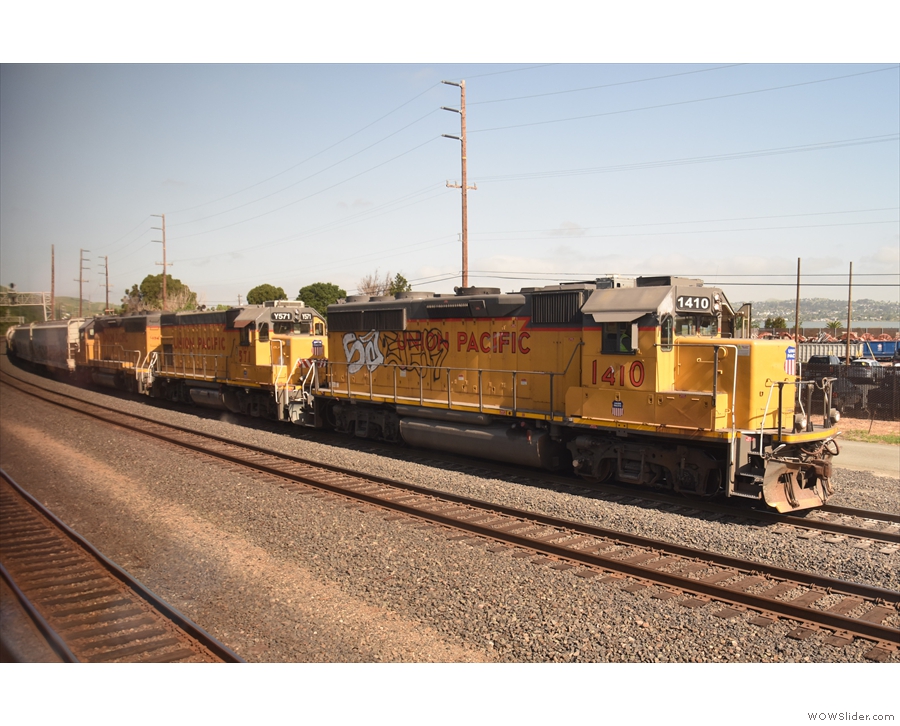
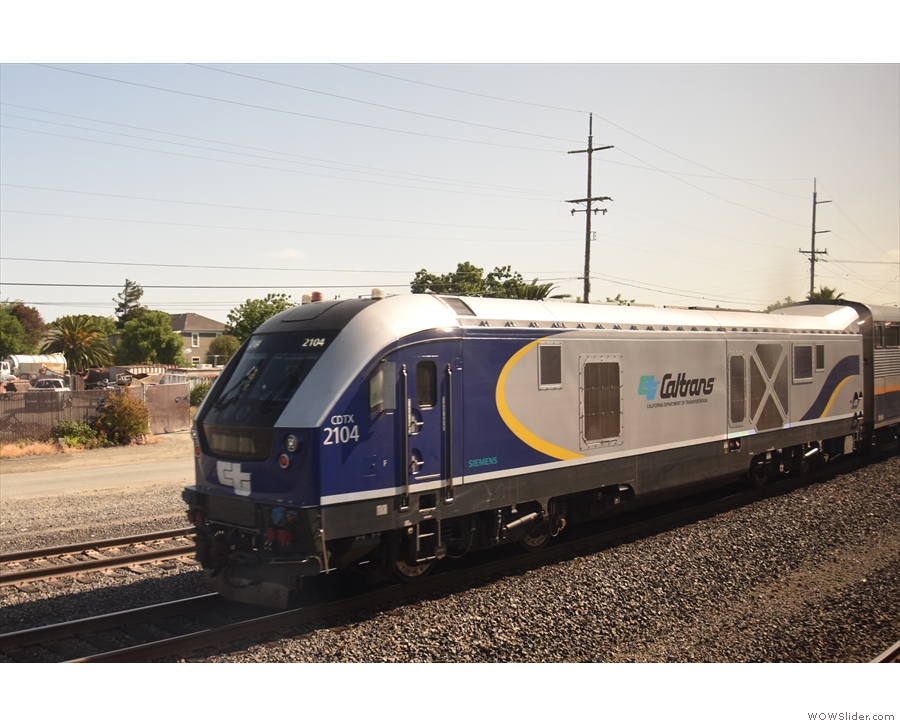
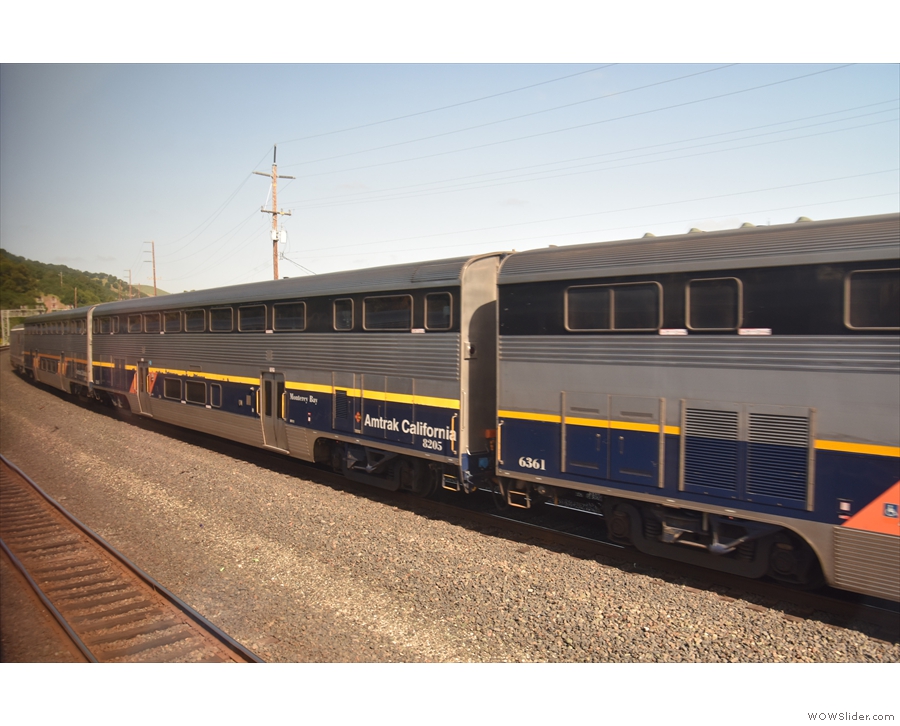
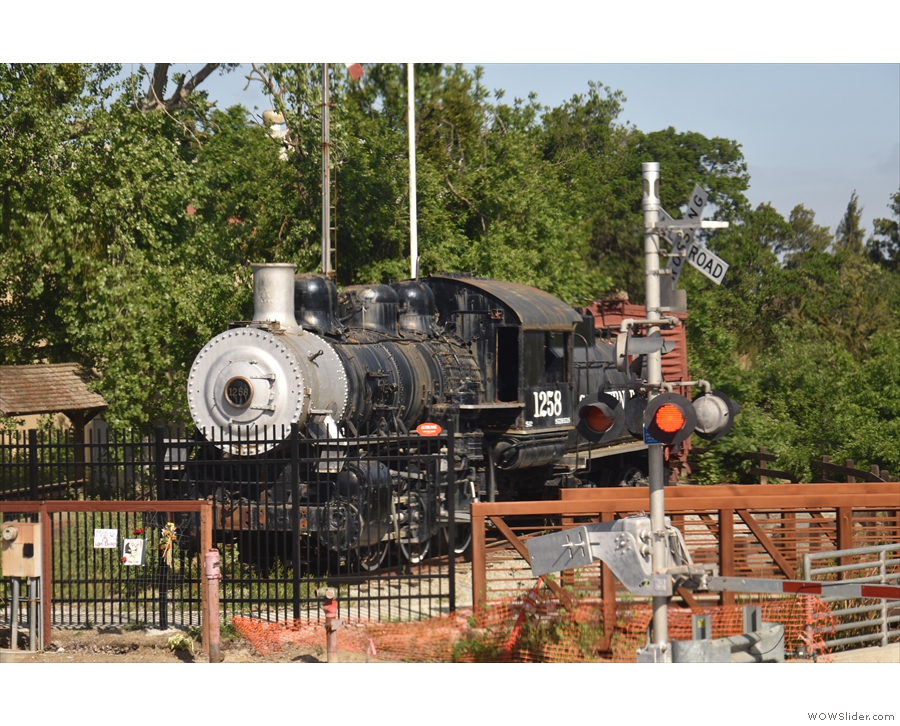
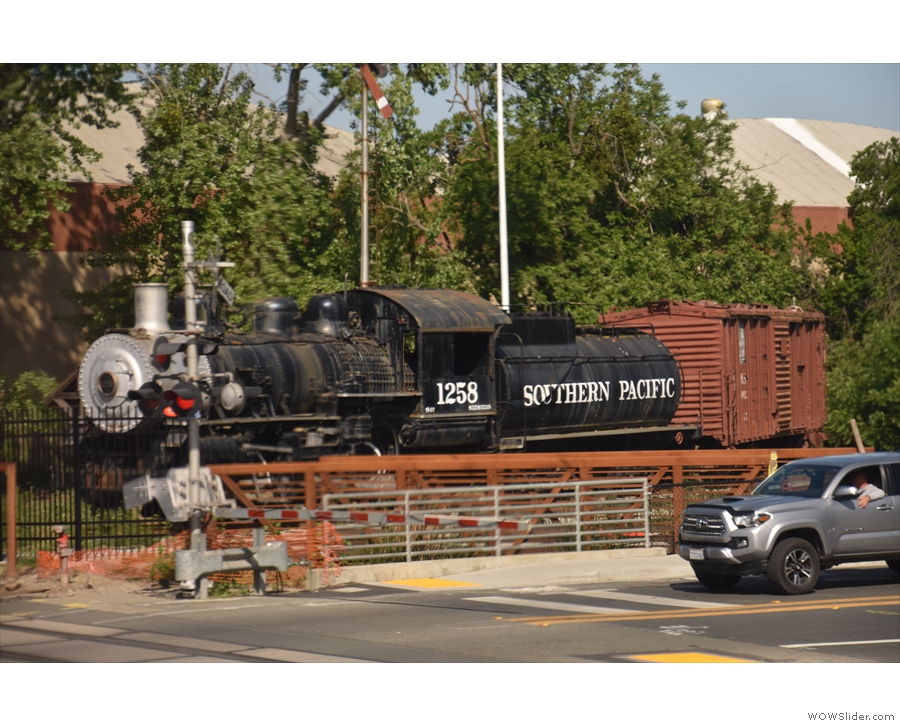
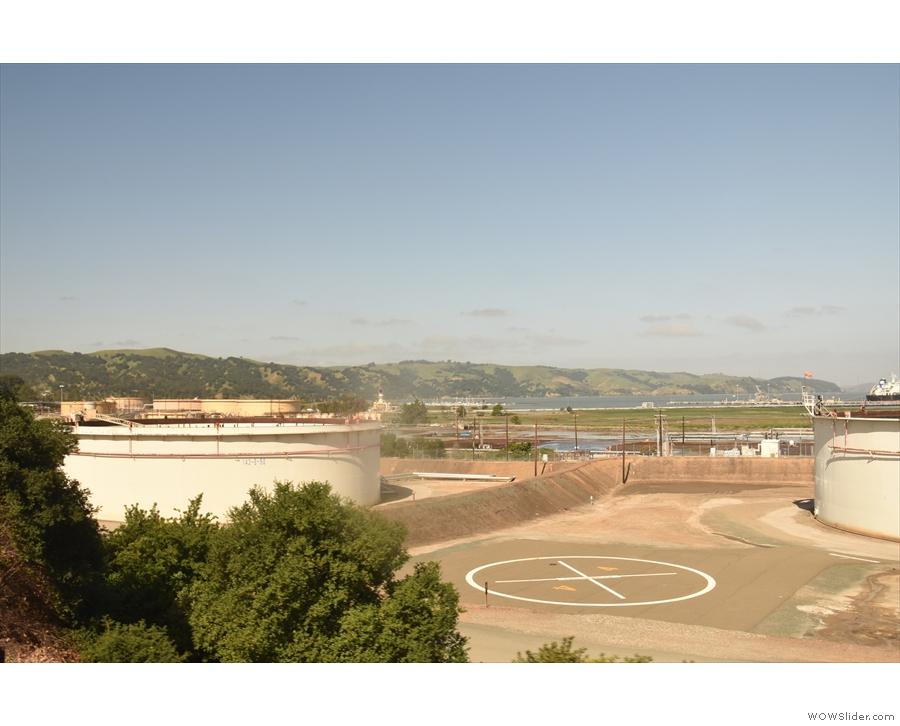
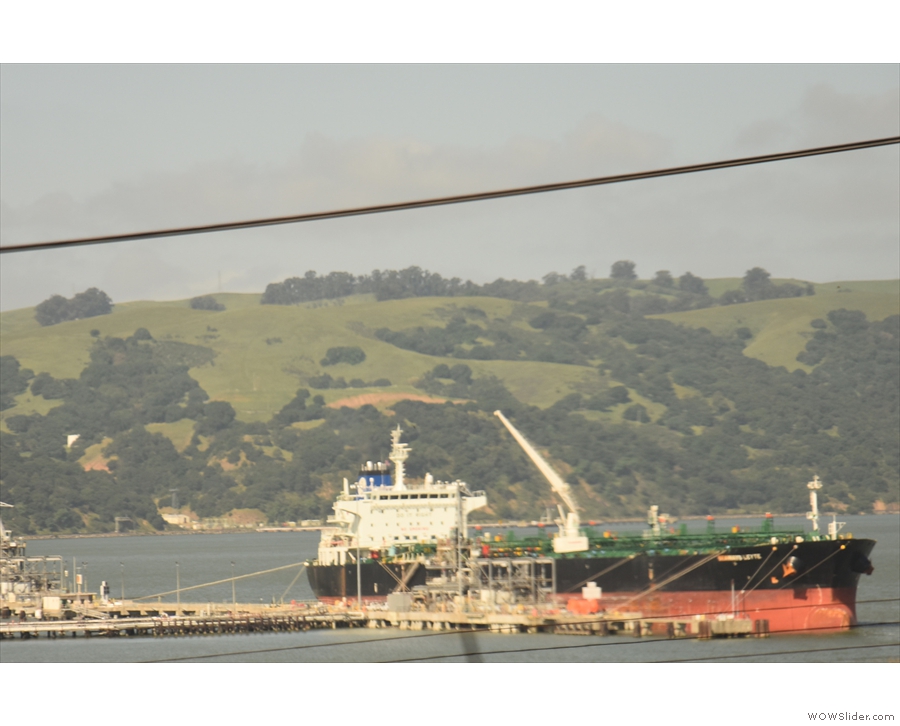
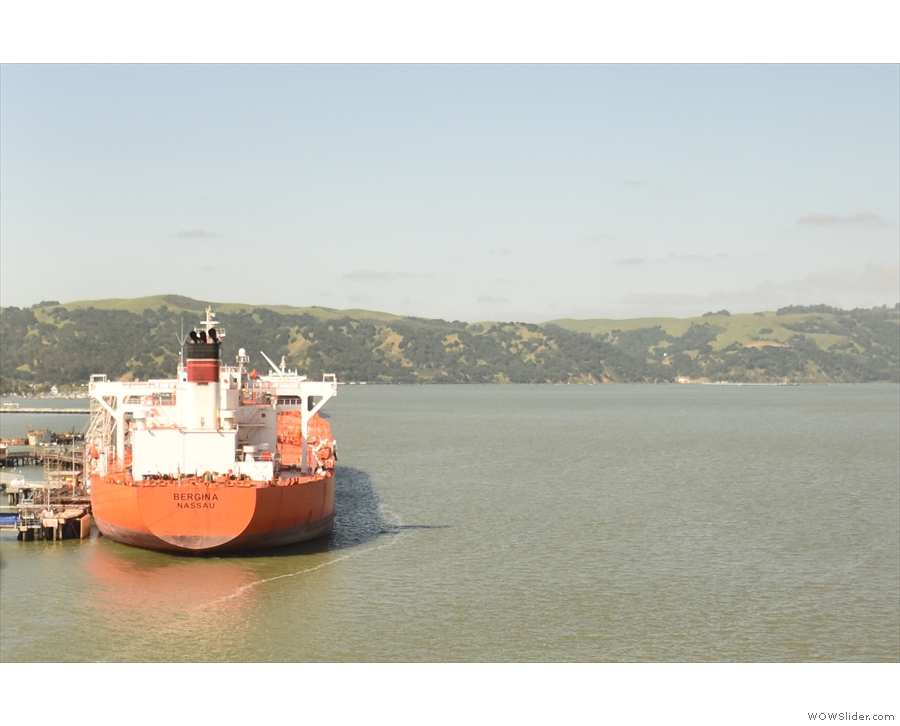
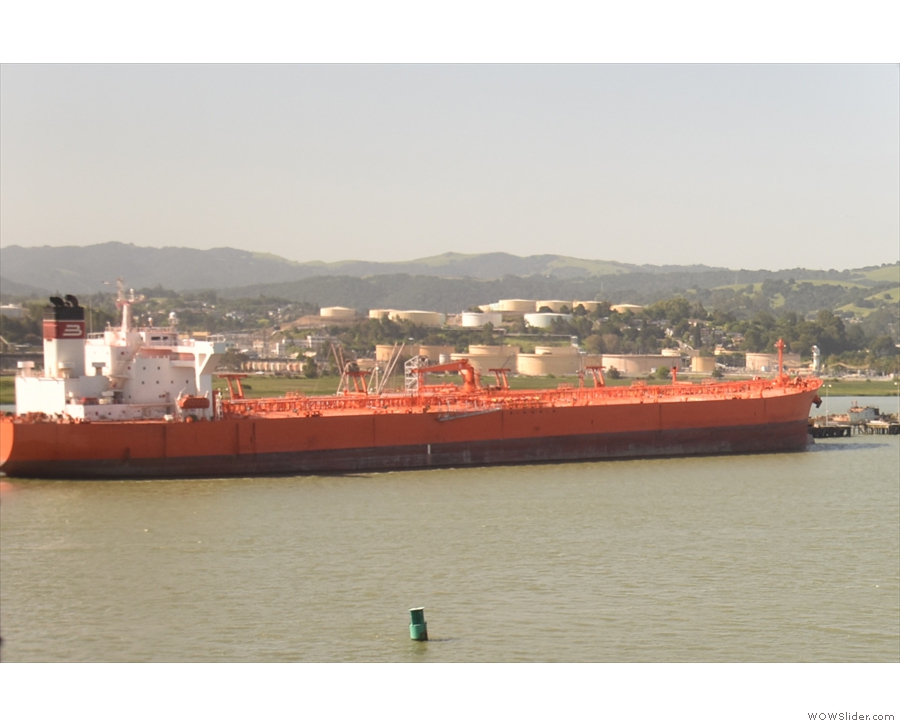
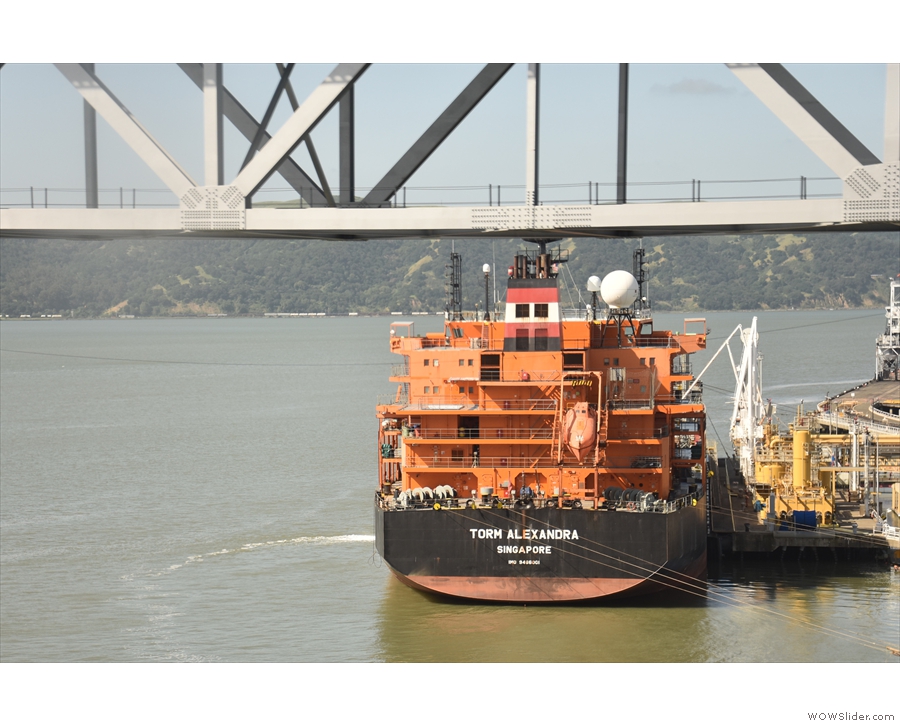
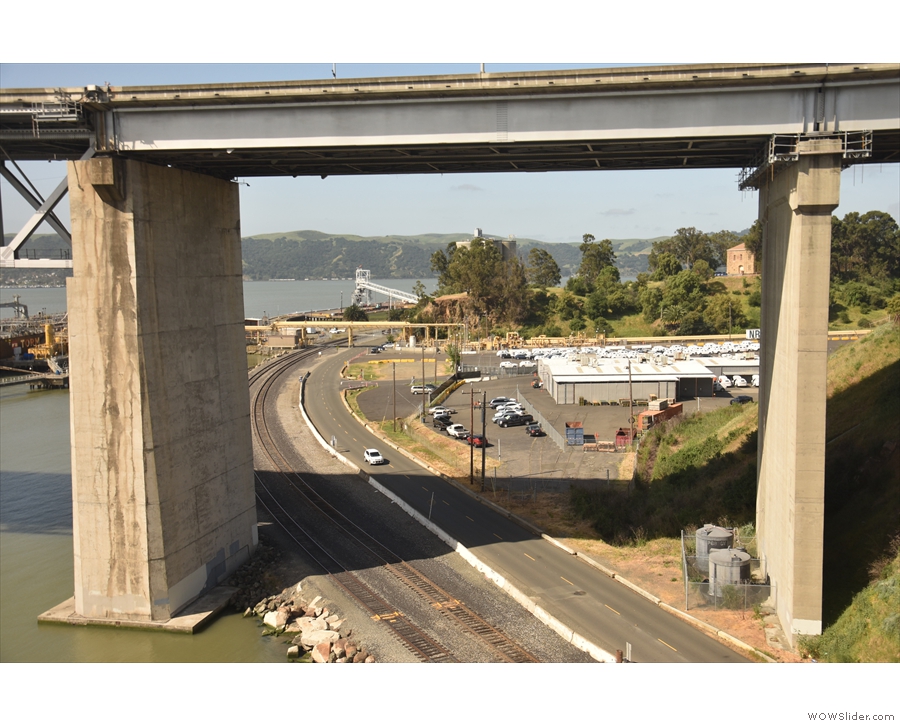
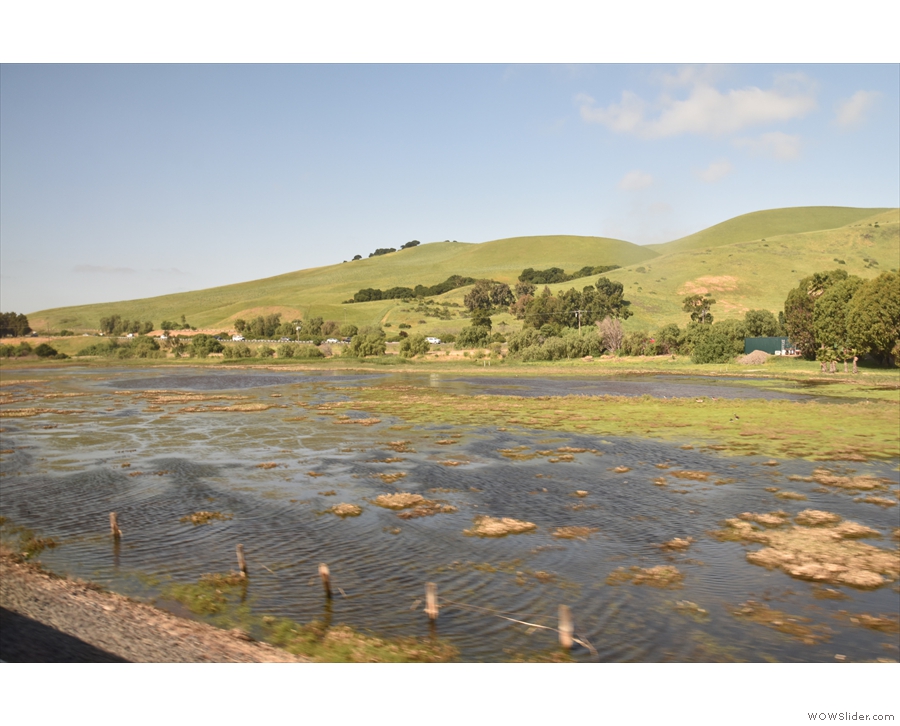
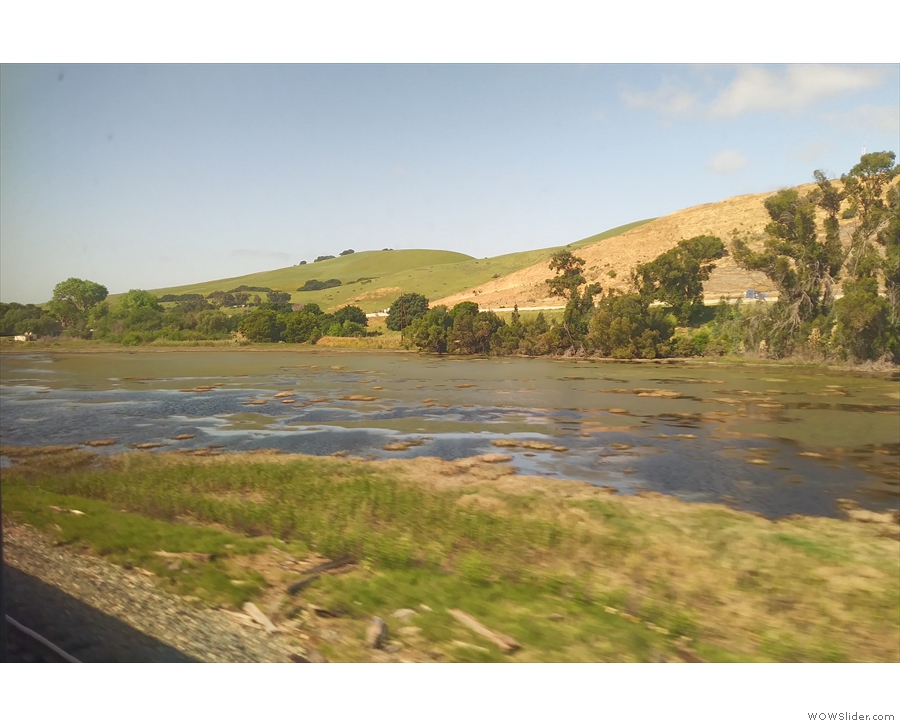
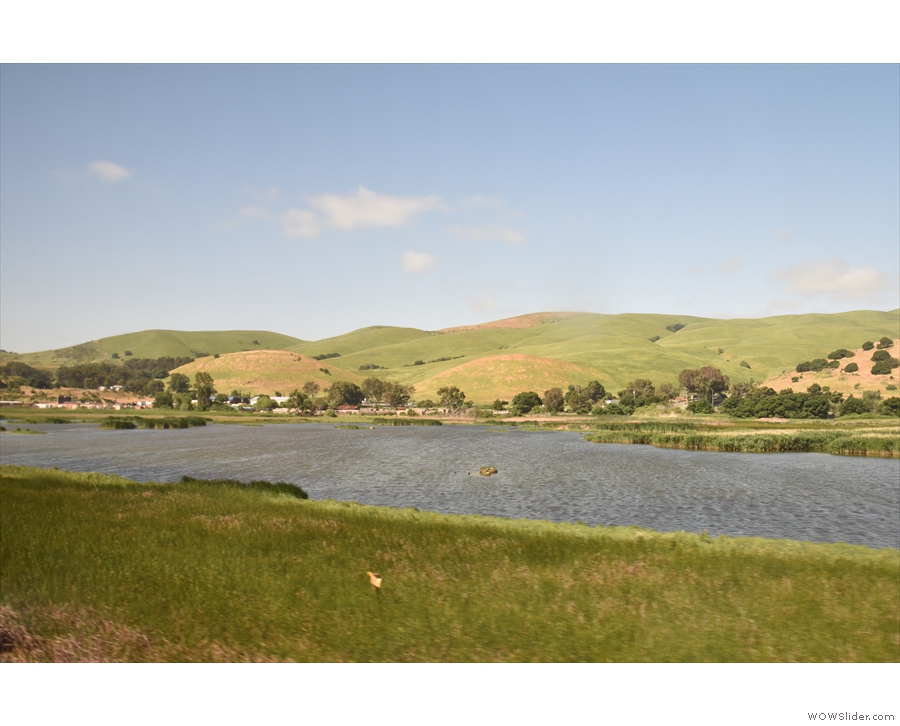
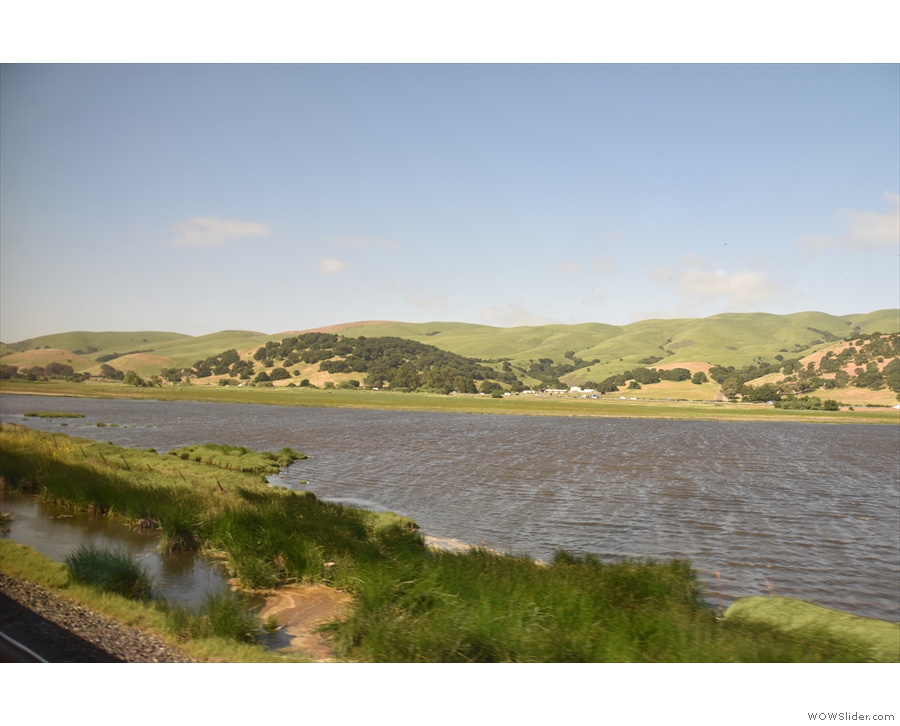
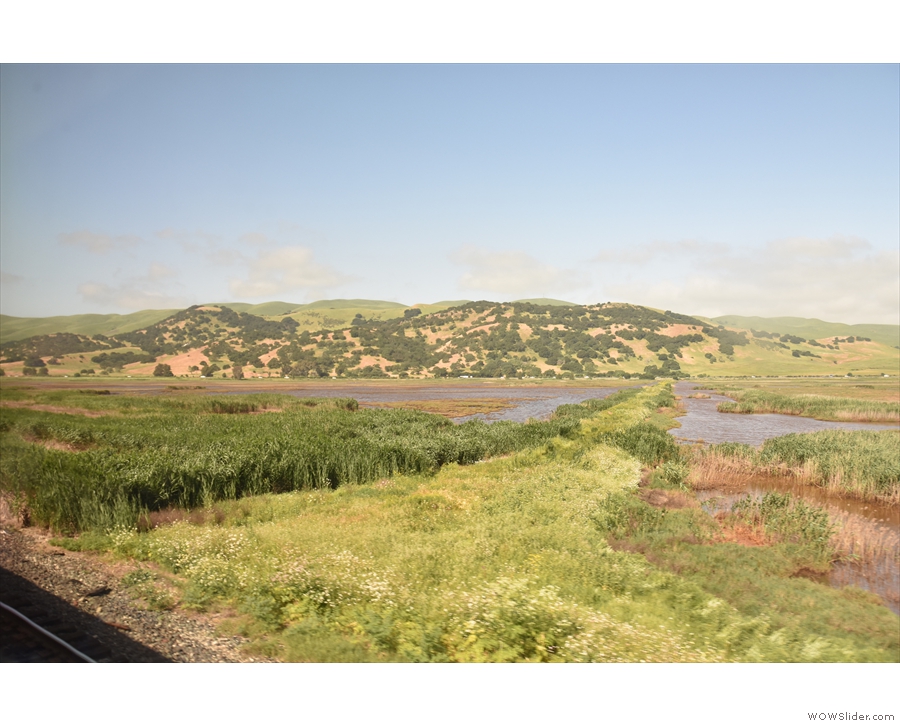
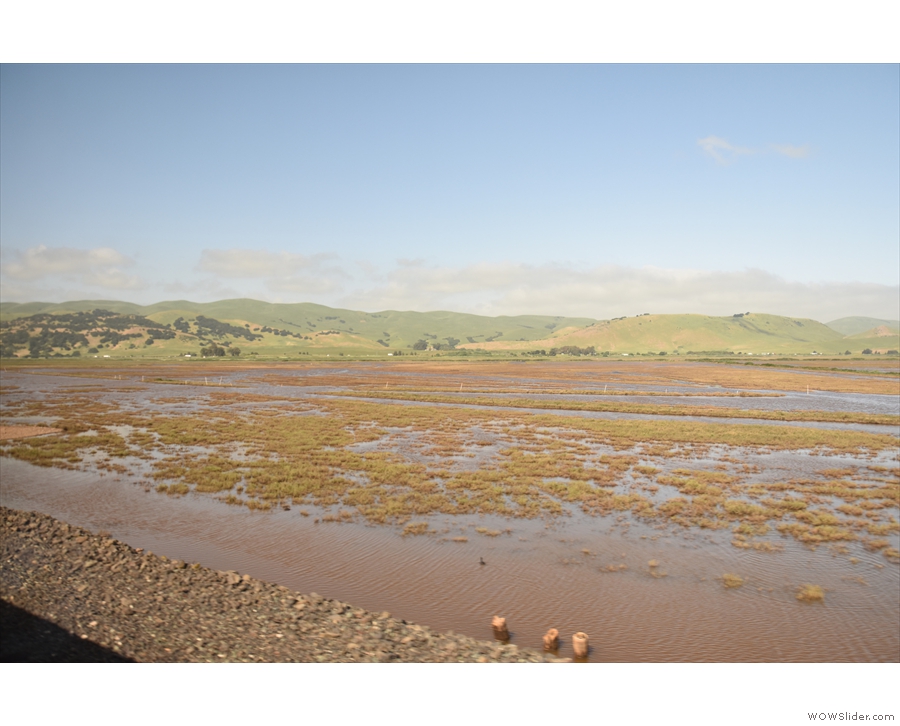
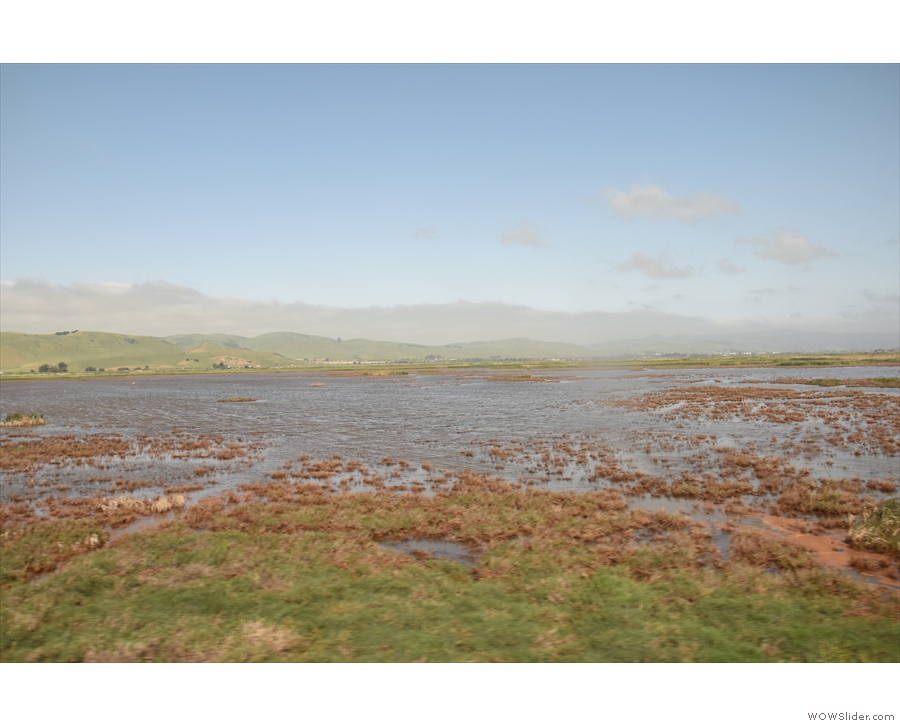
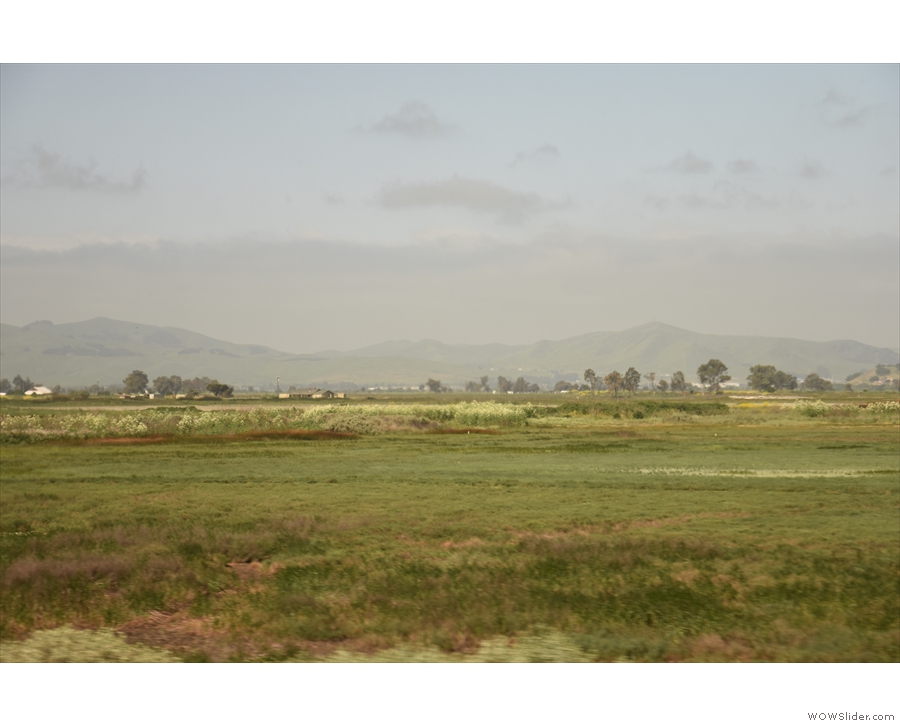
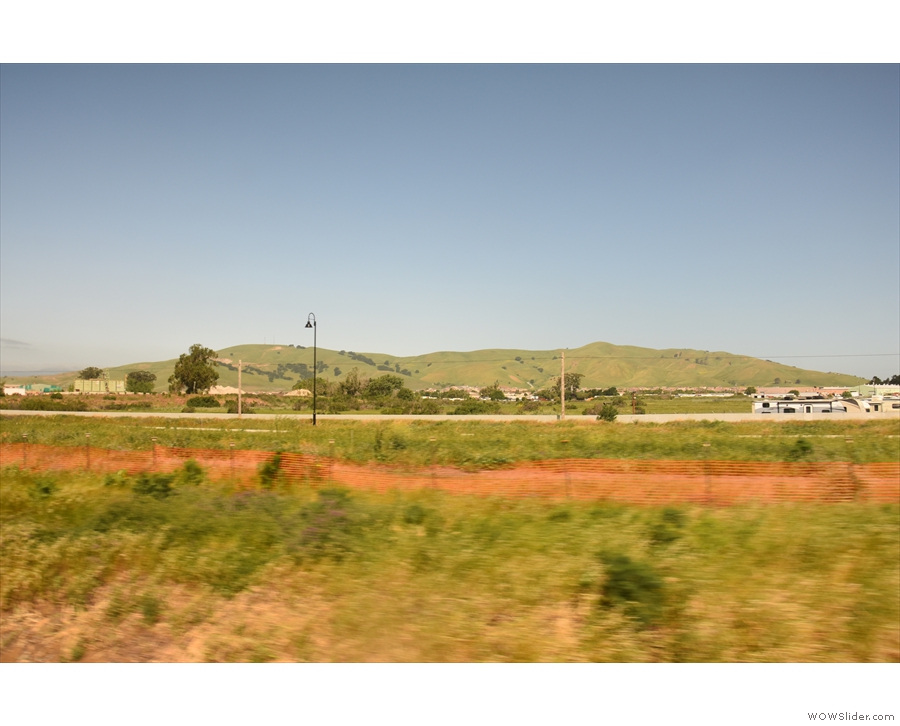
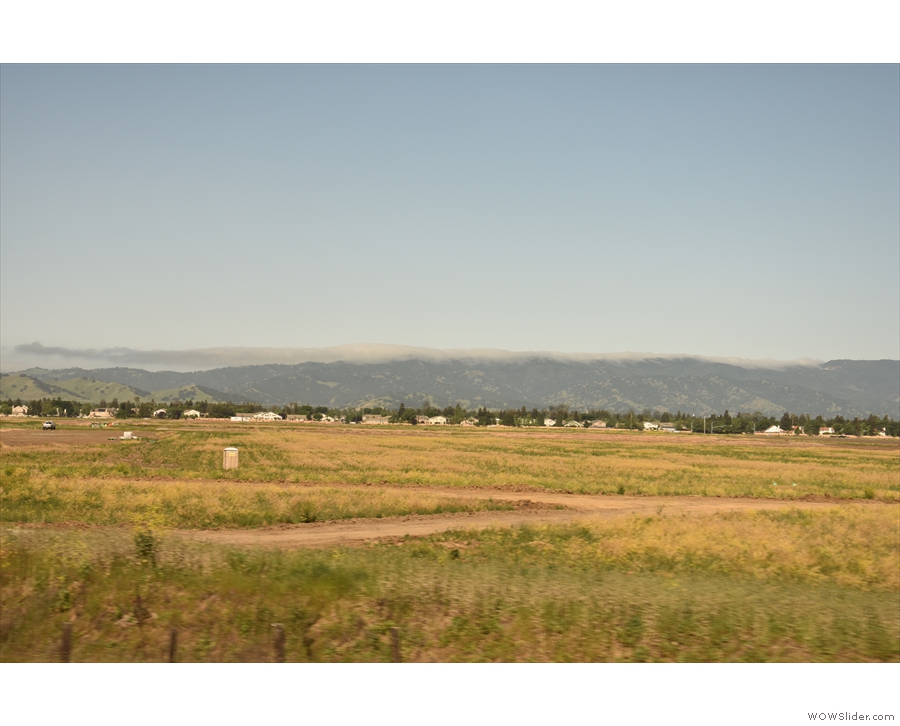
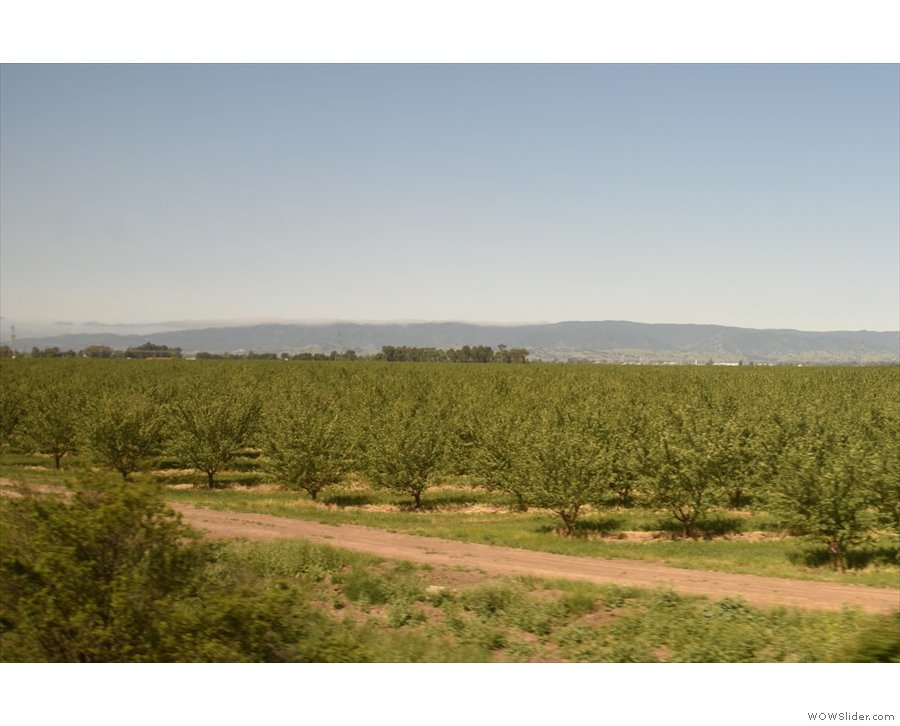
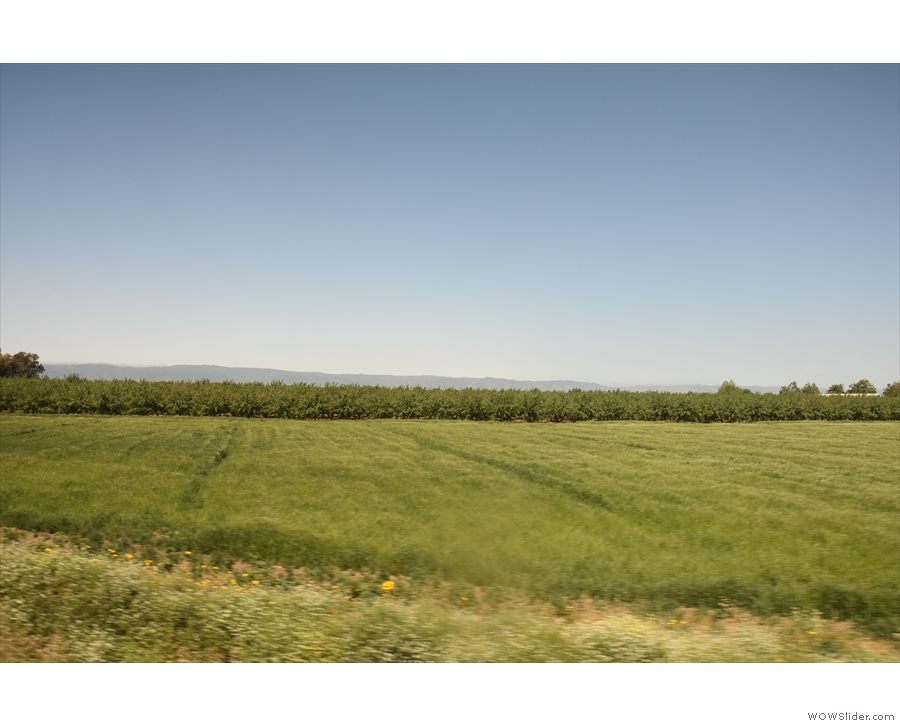
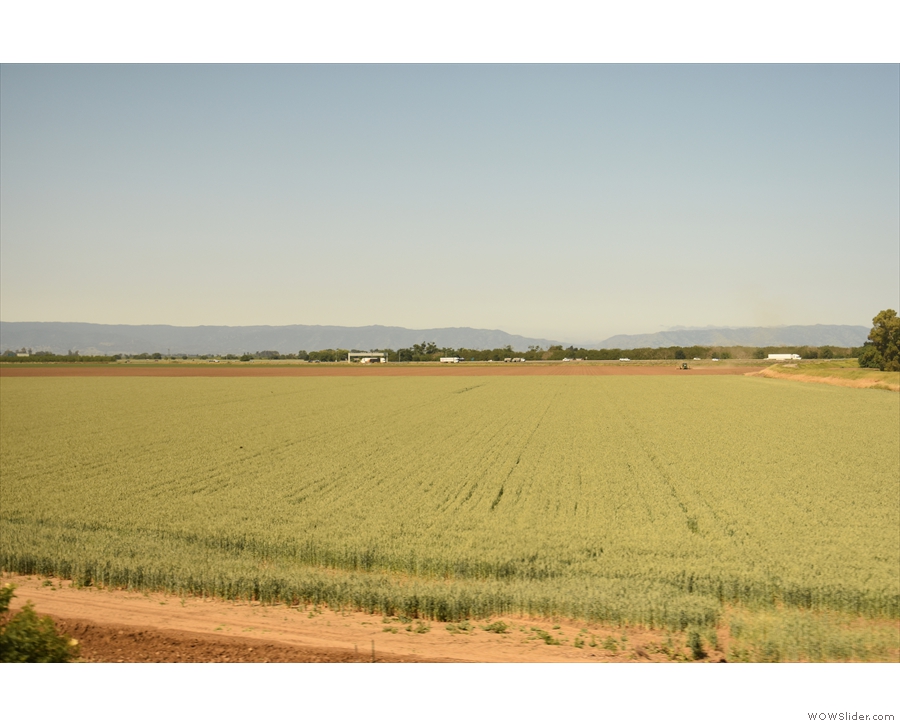
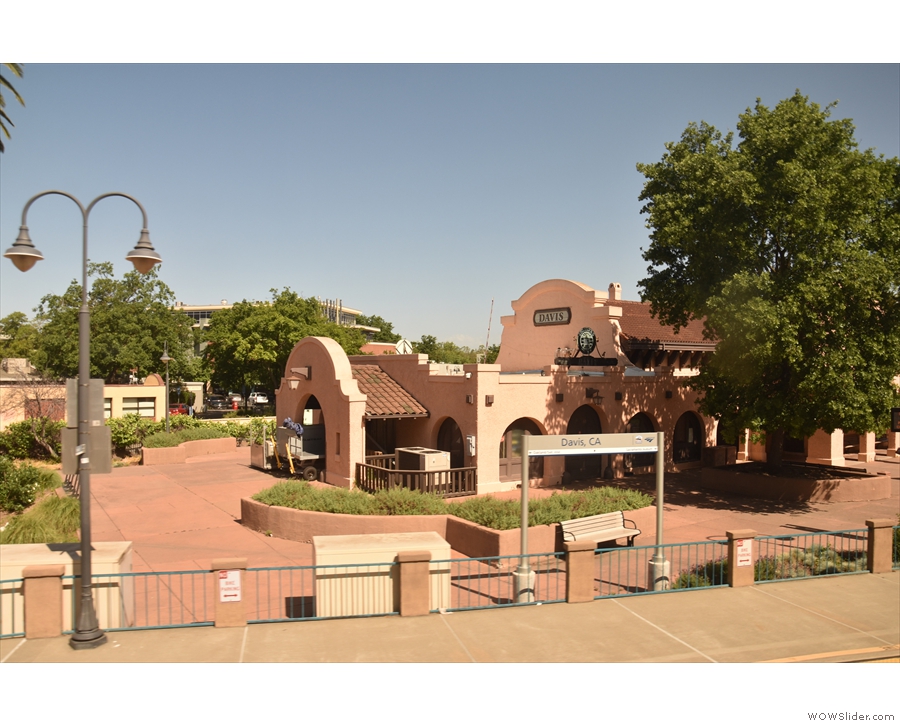
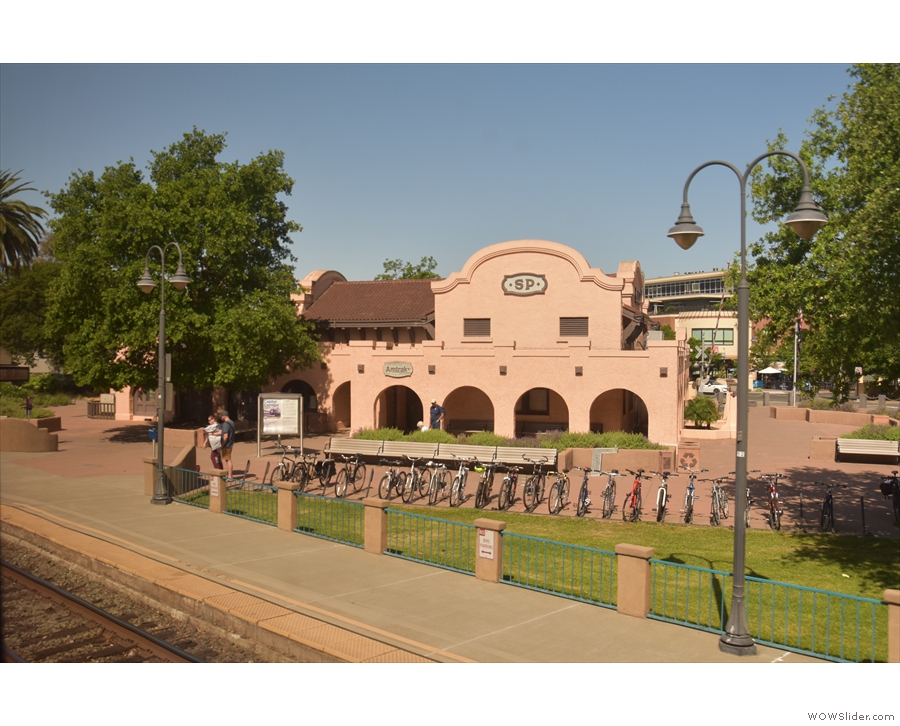
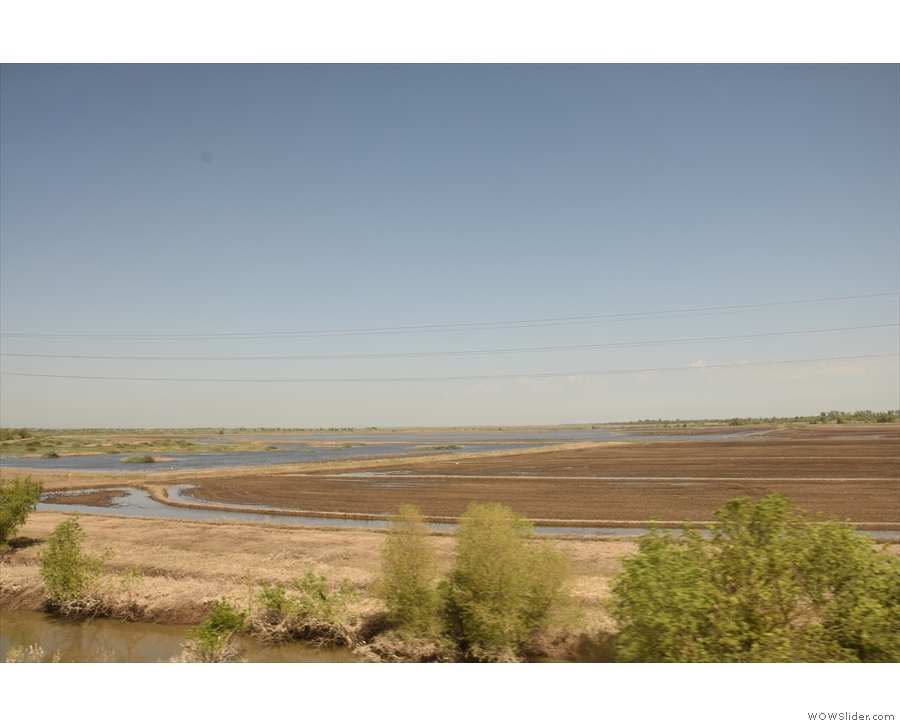
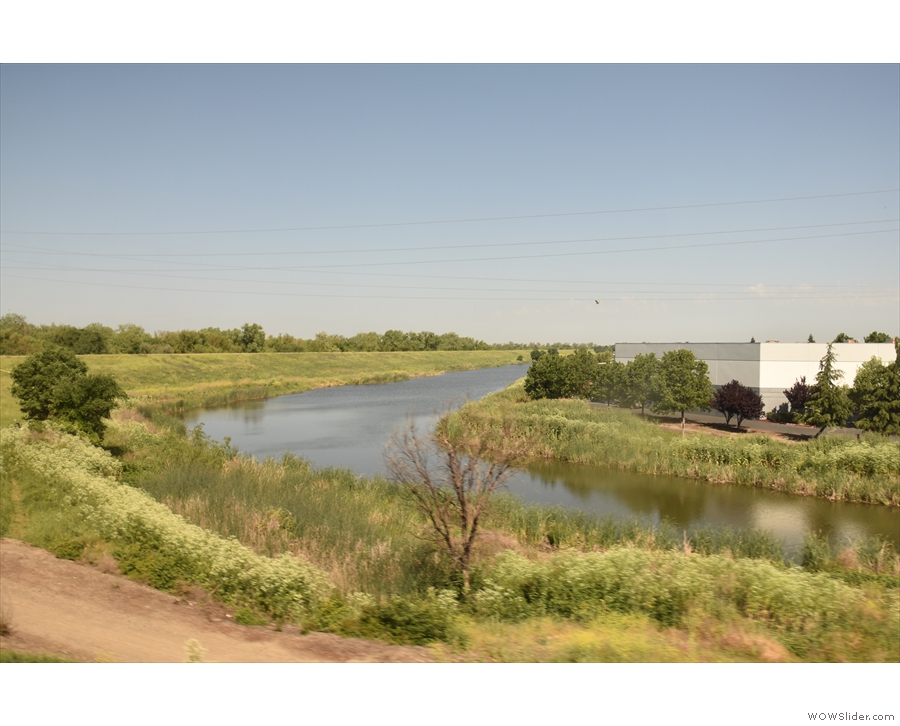
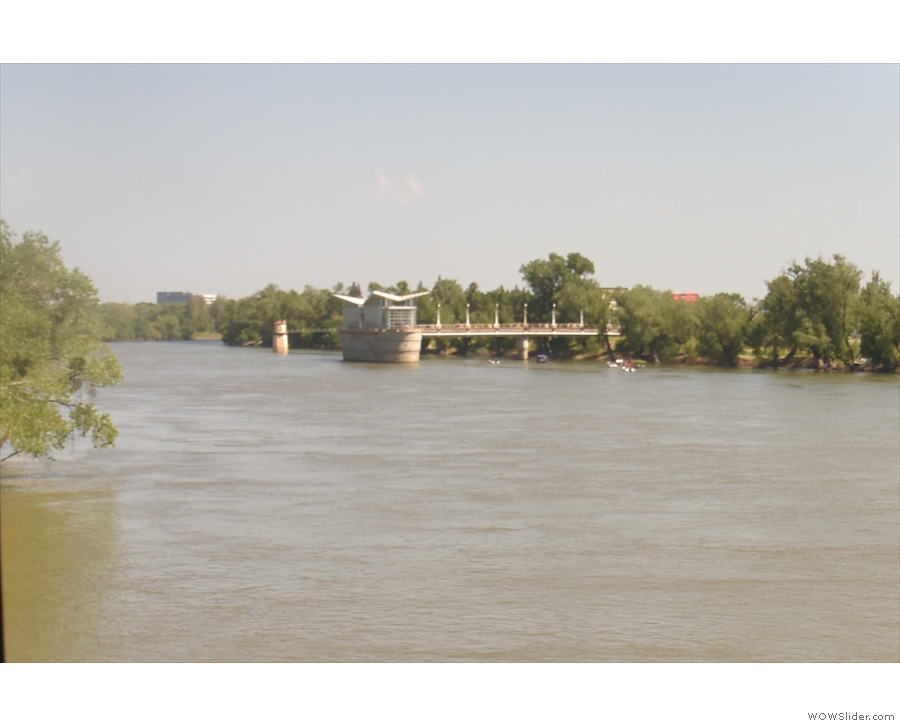
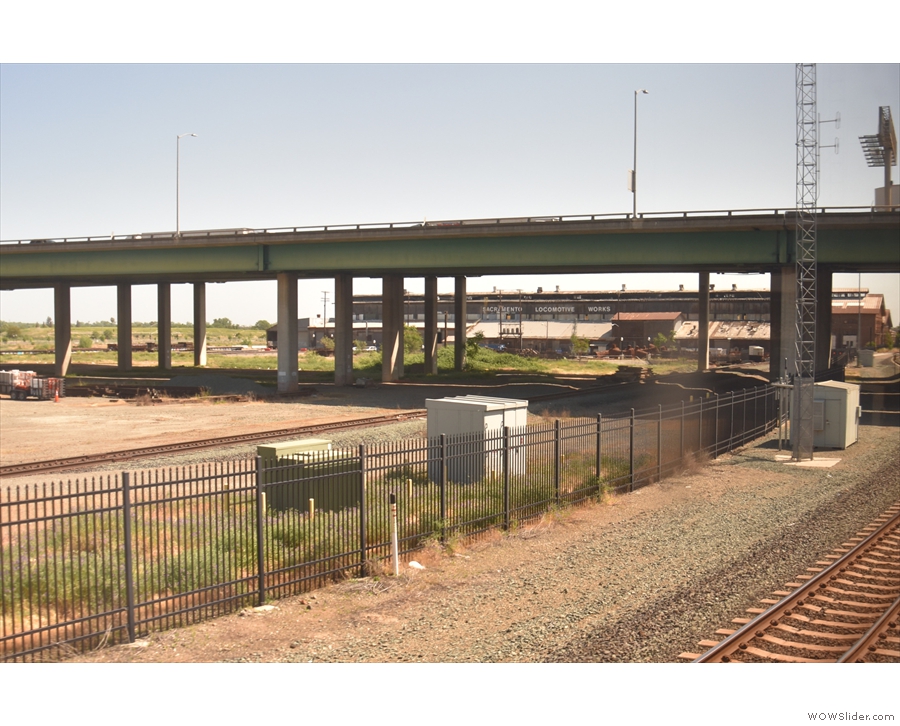
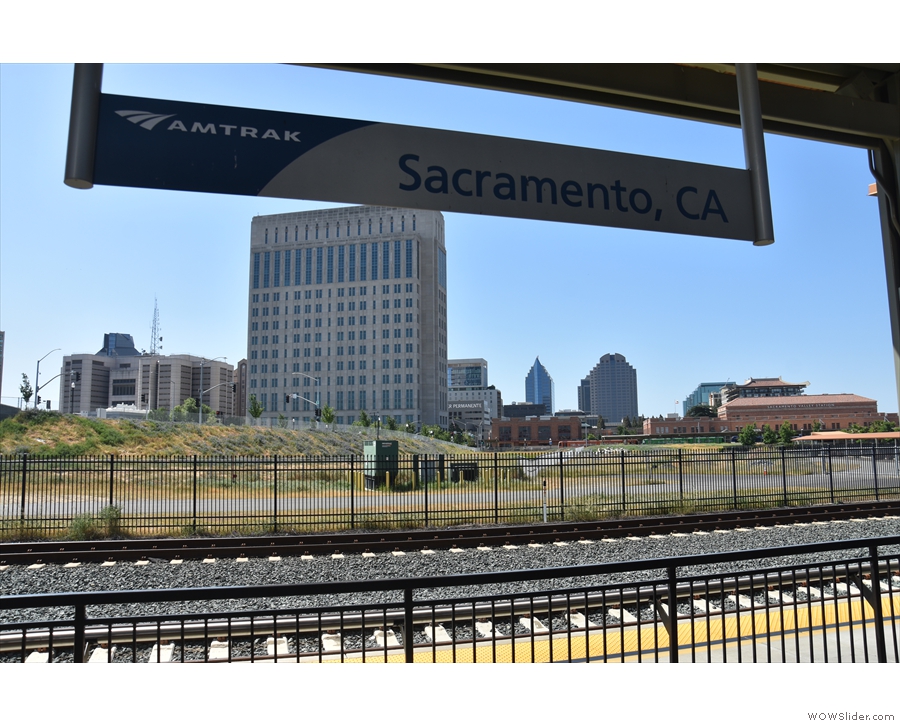
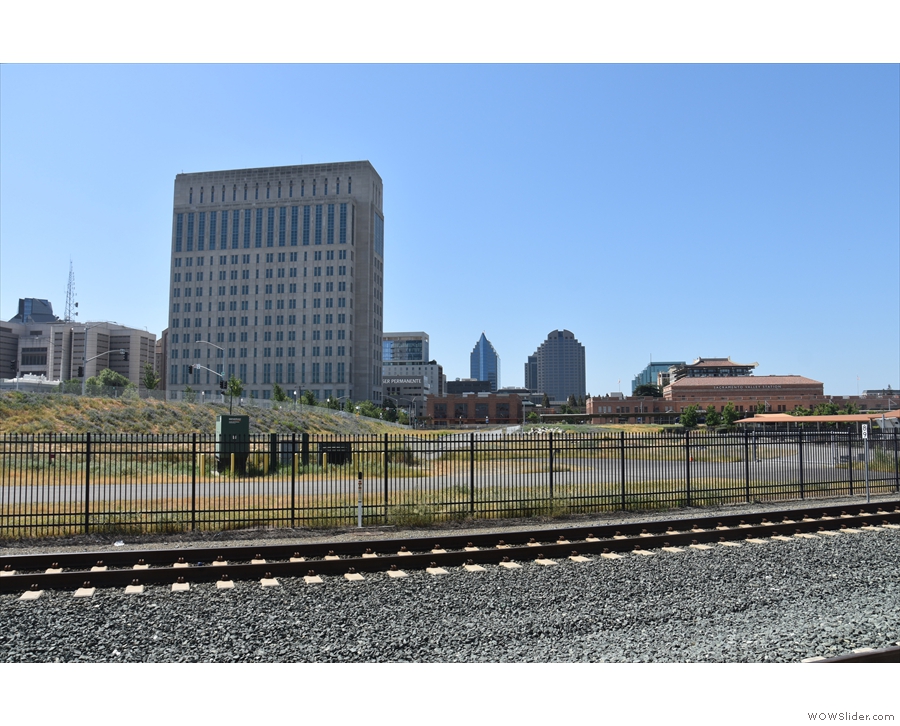
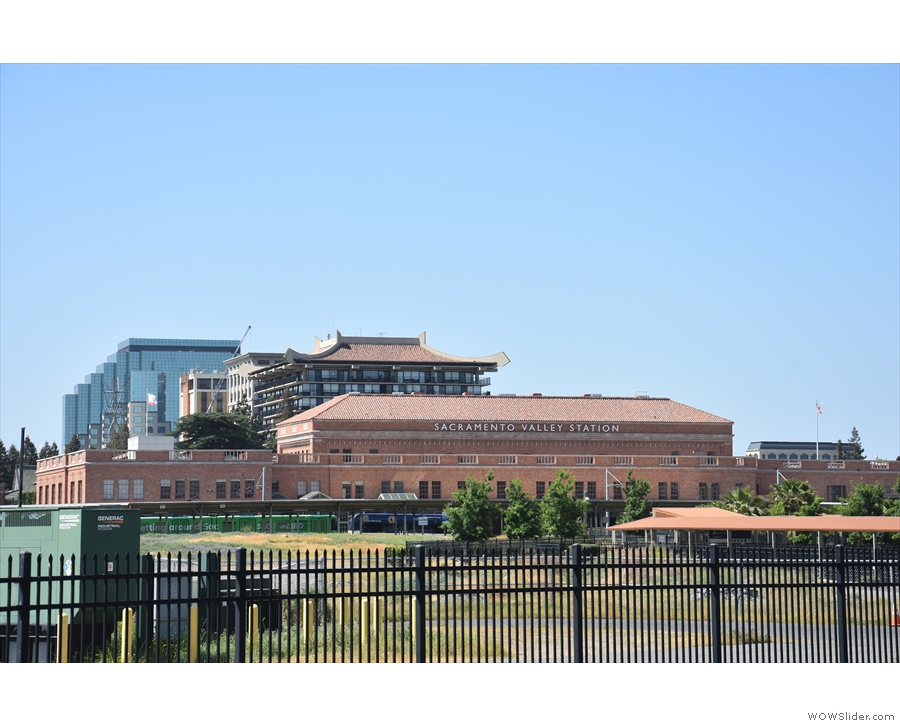
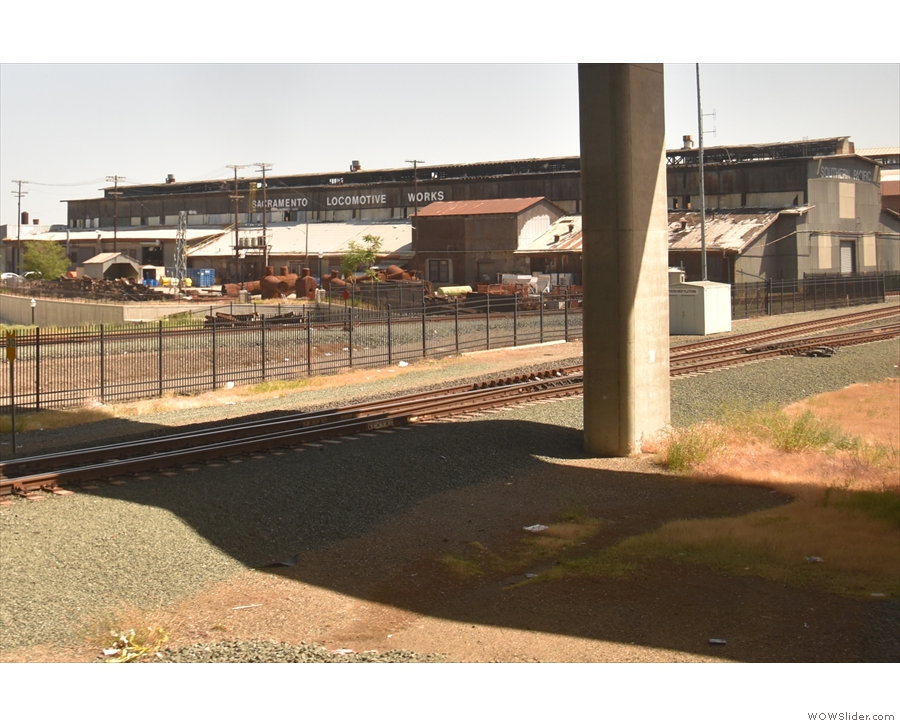
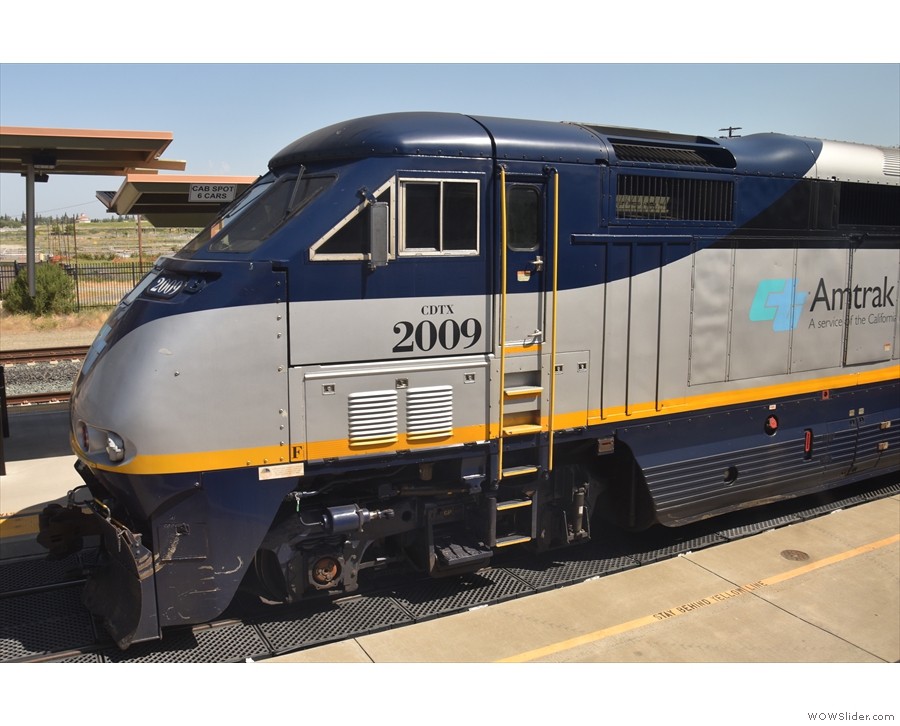
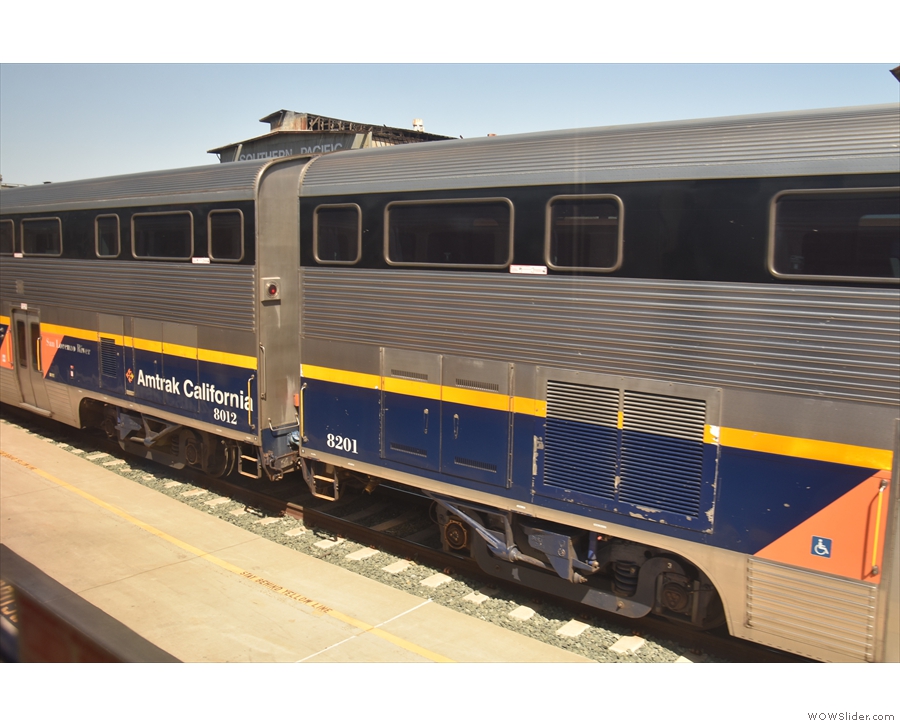
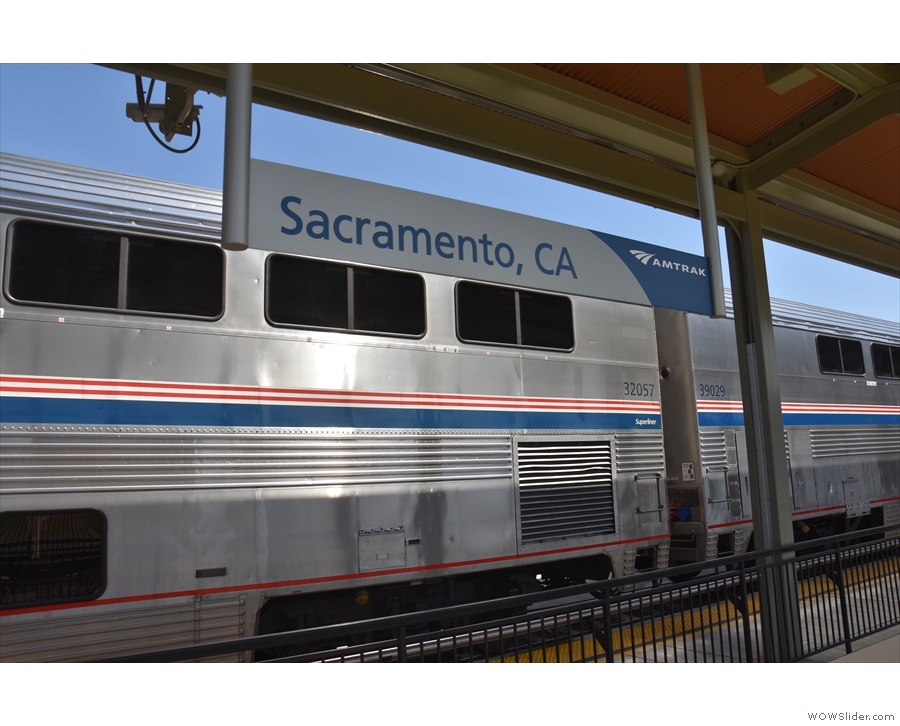
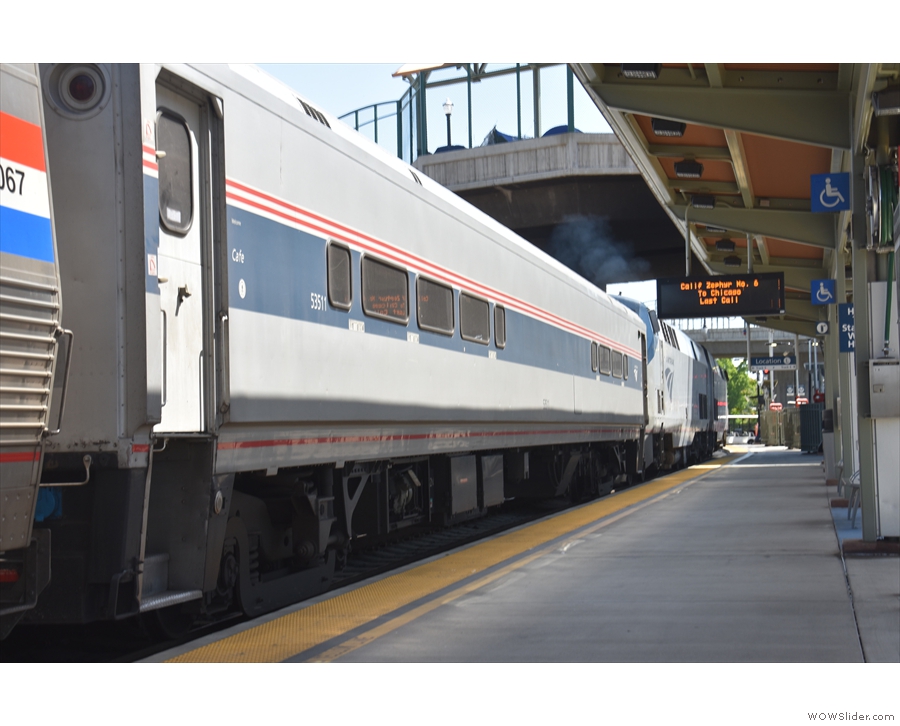
 1
1 2
2 3
3 4
4 5
5 6
6 7
7 8
8 9
9 10
10 11
11 12
12 13
13 14
14 15
15 16
16 17
17 18
18 19
19 20
20 21
21 22
22 23
23 24
24 25
25 26
26 27
27 28
28 29
29 30
30 31
31 32
32 33
33 34
34 35
35 36
36 37
37 38
38 39
39 40
40 41
41 42
42 43
43 44
44 45
45 46
46 47
47 48
48 49
49 50
50 51
51 52
52 53
53 54
54 55
55 56
56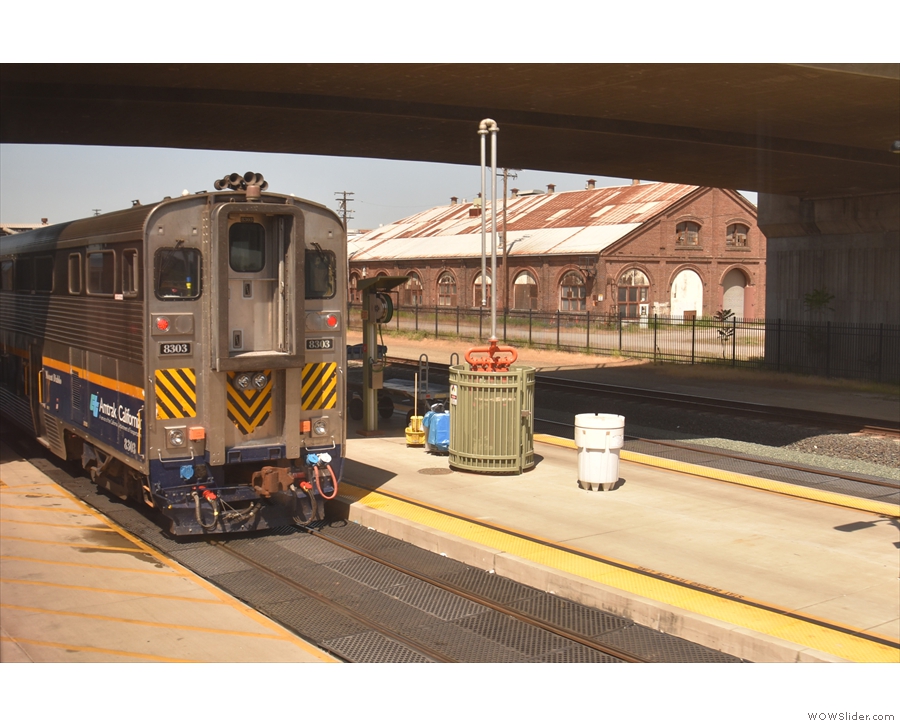
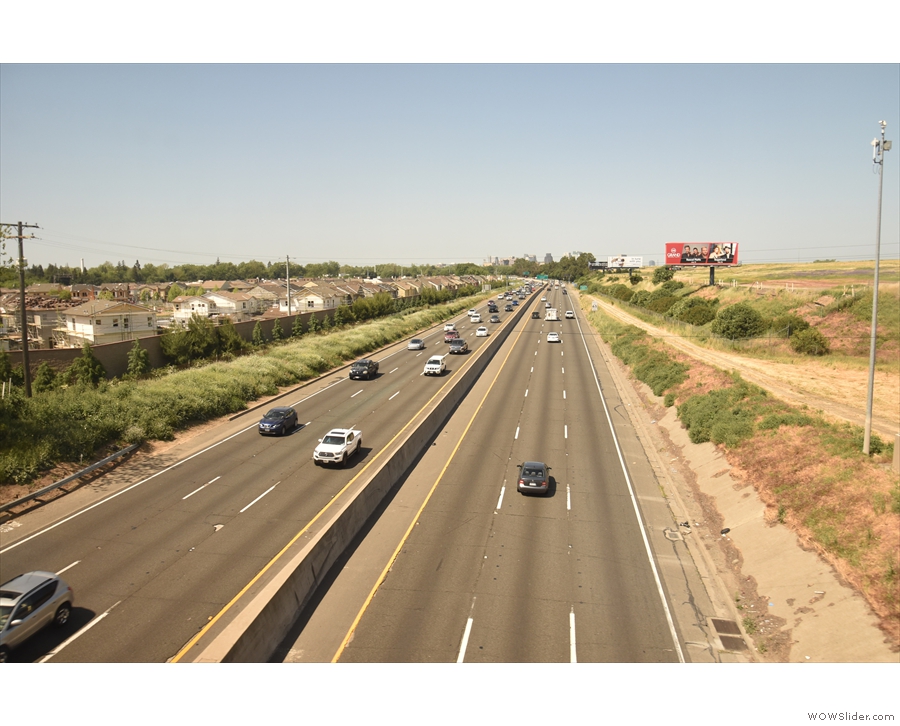
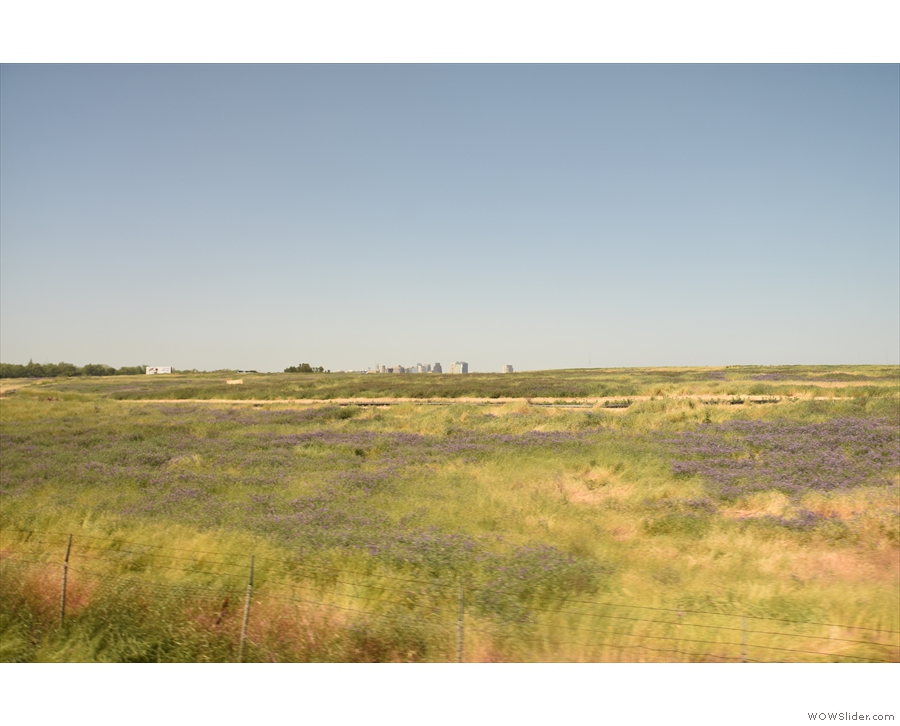
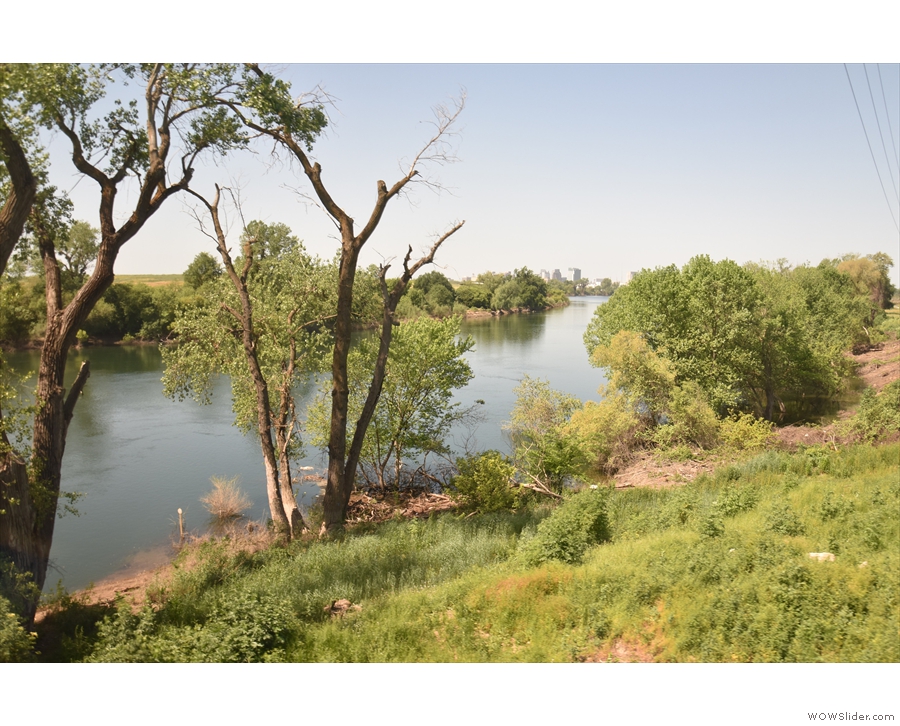
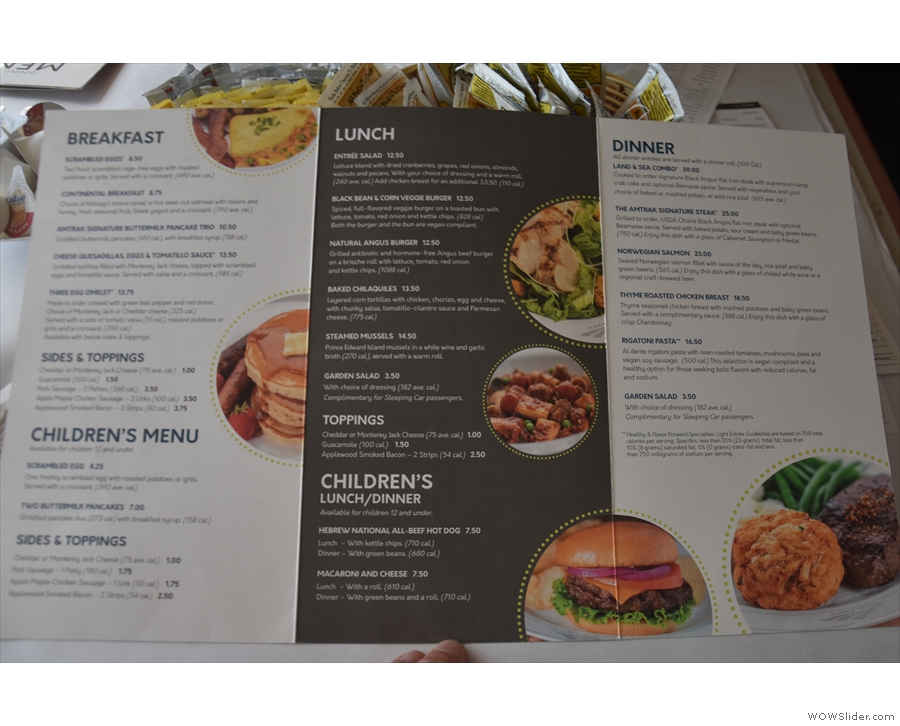
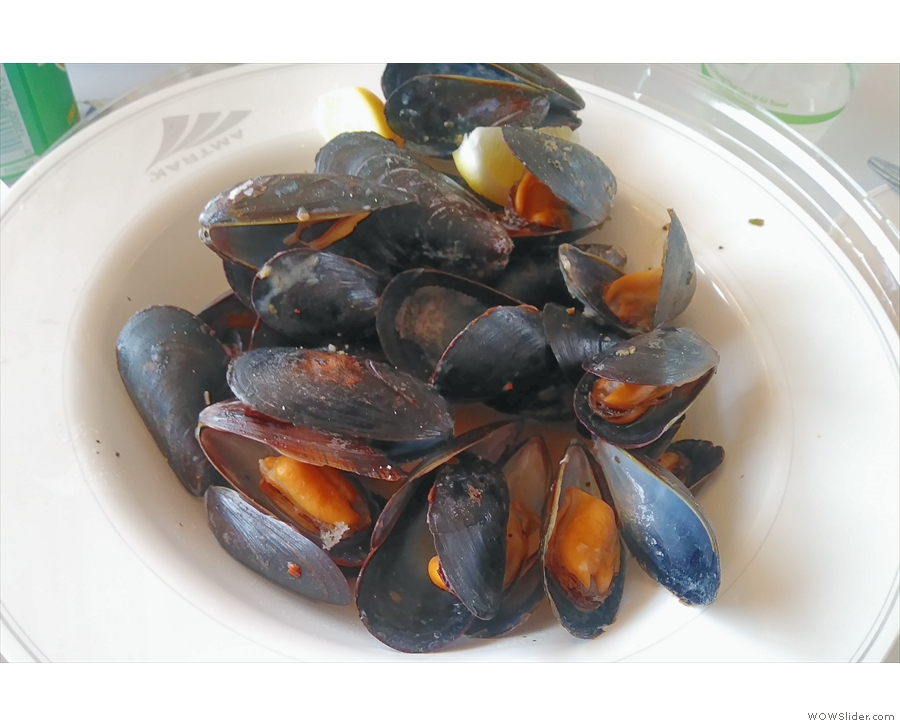
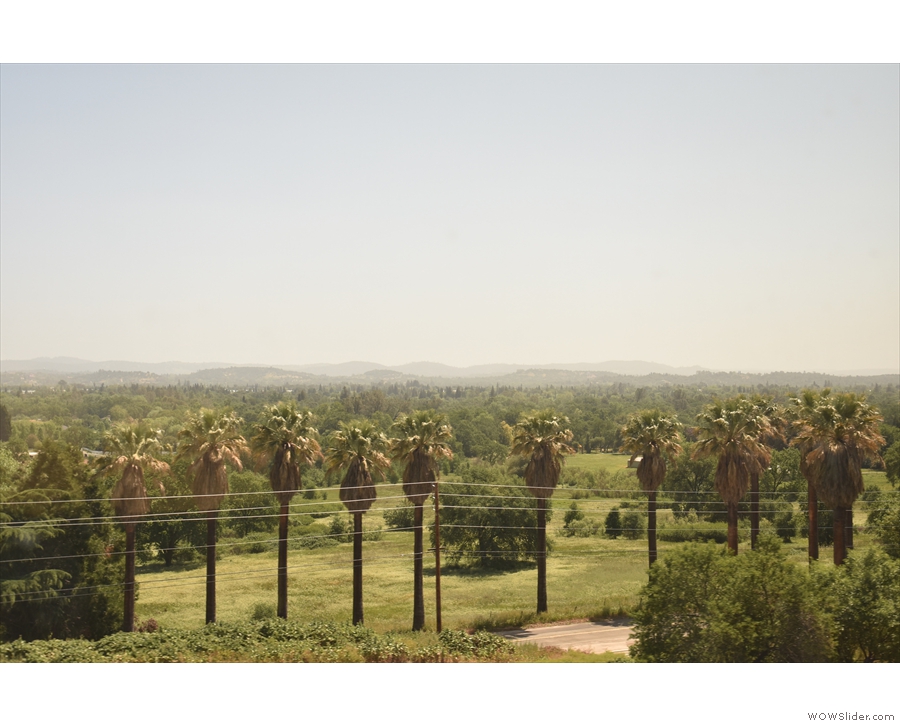
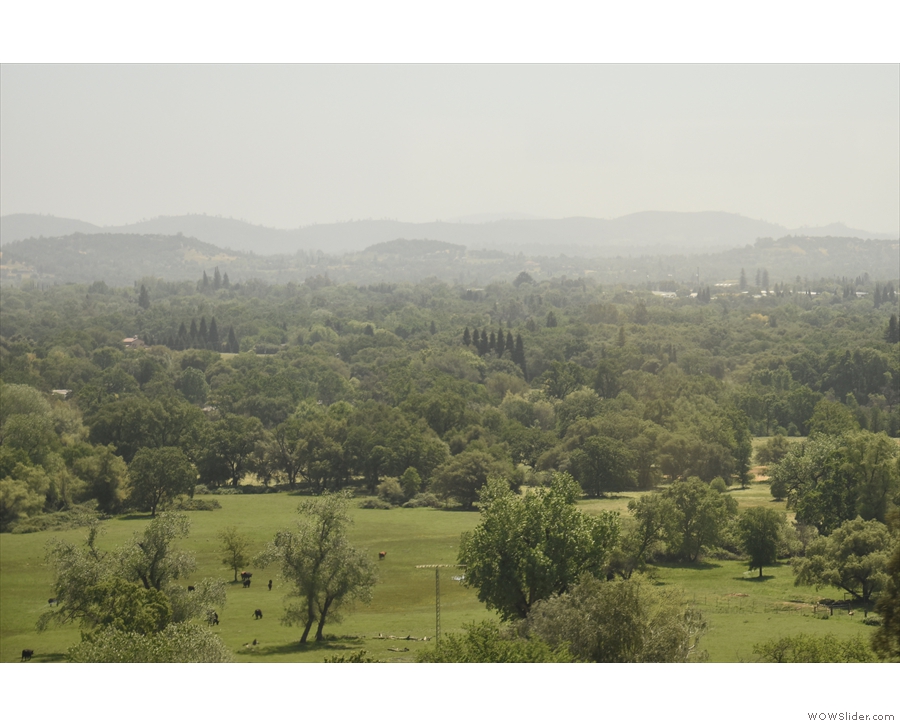
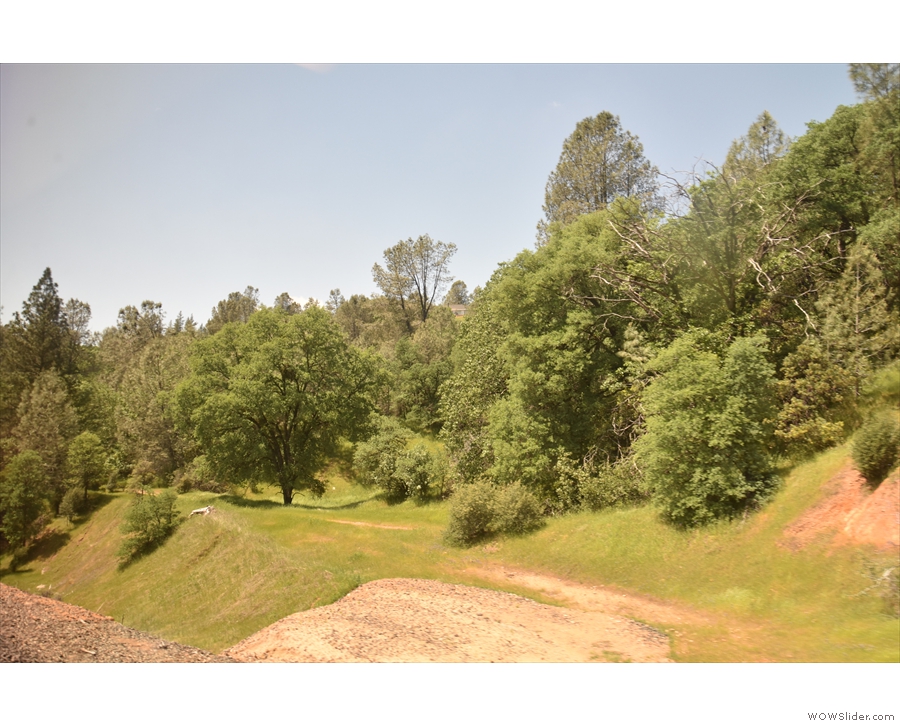
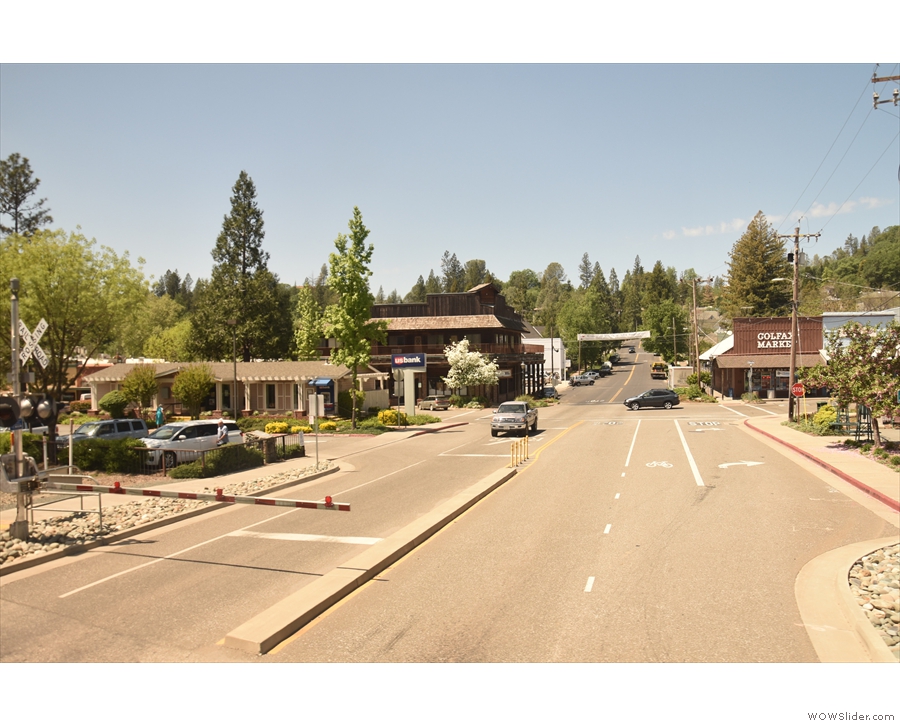
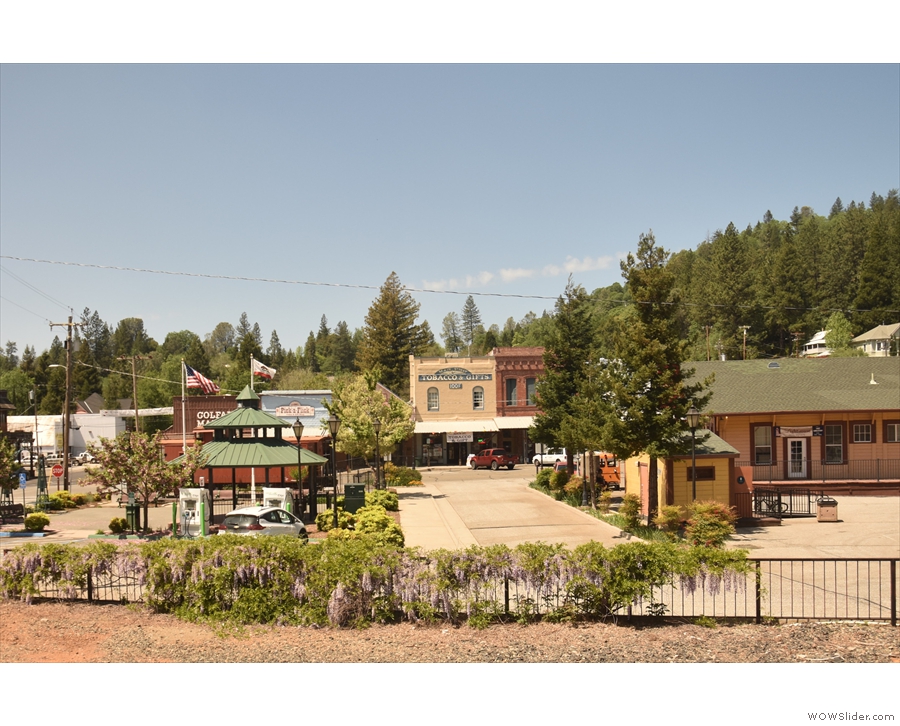
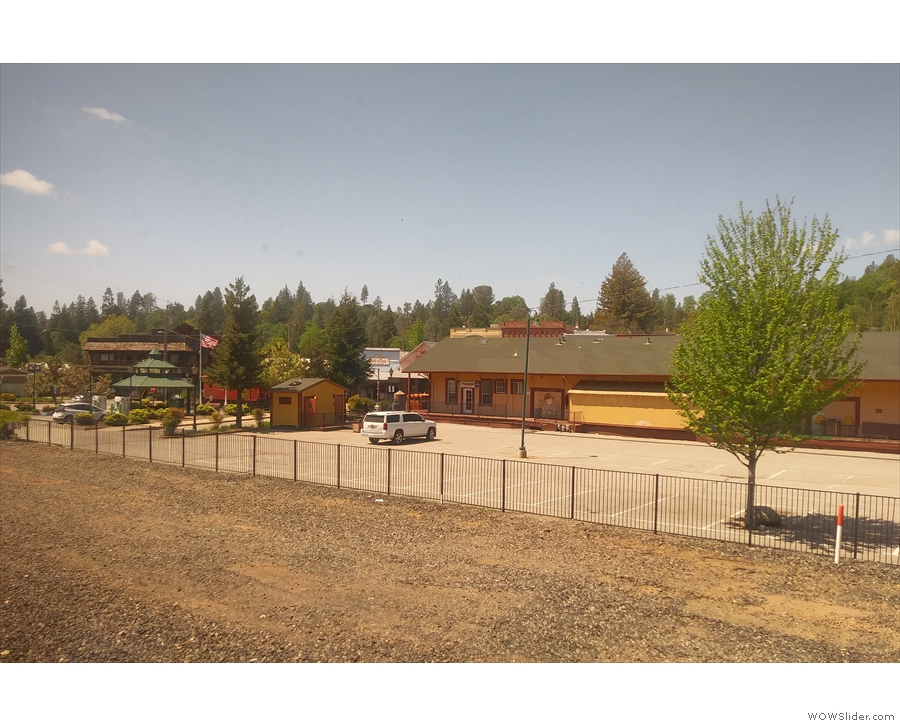
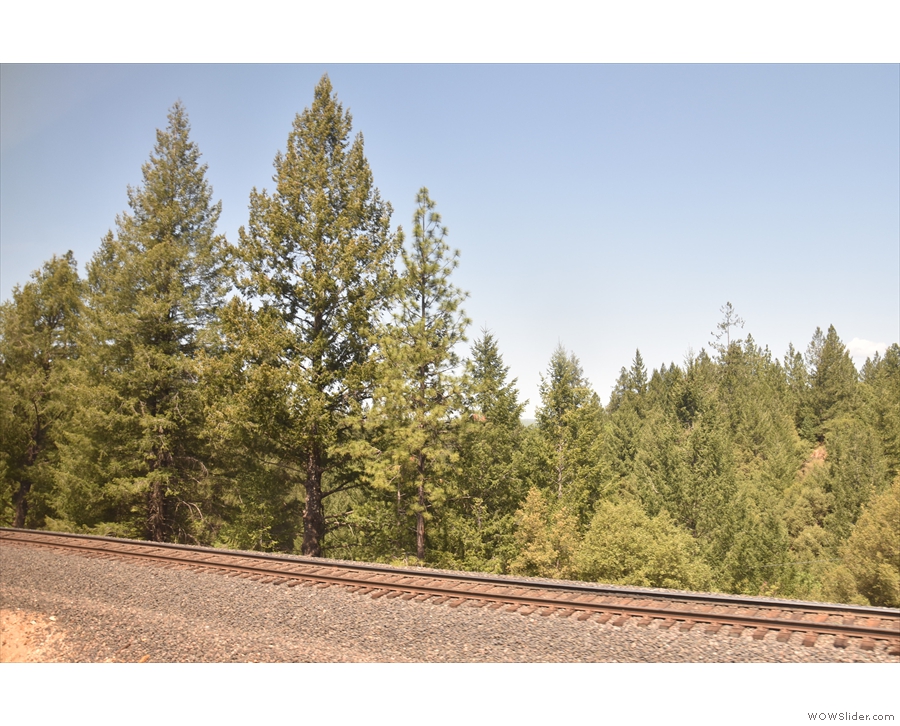
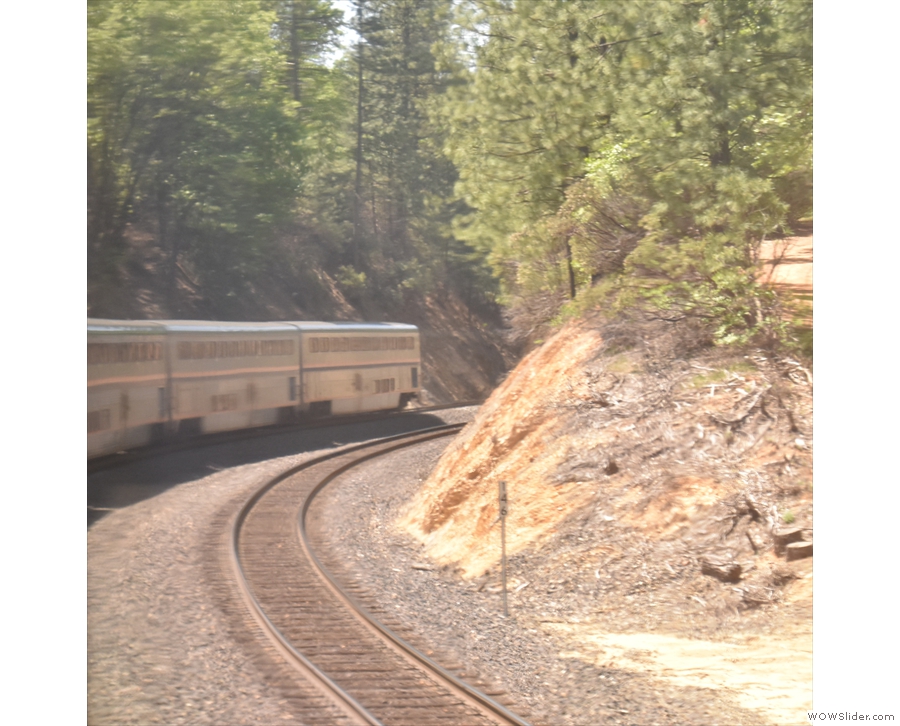
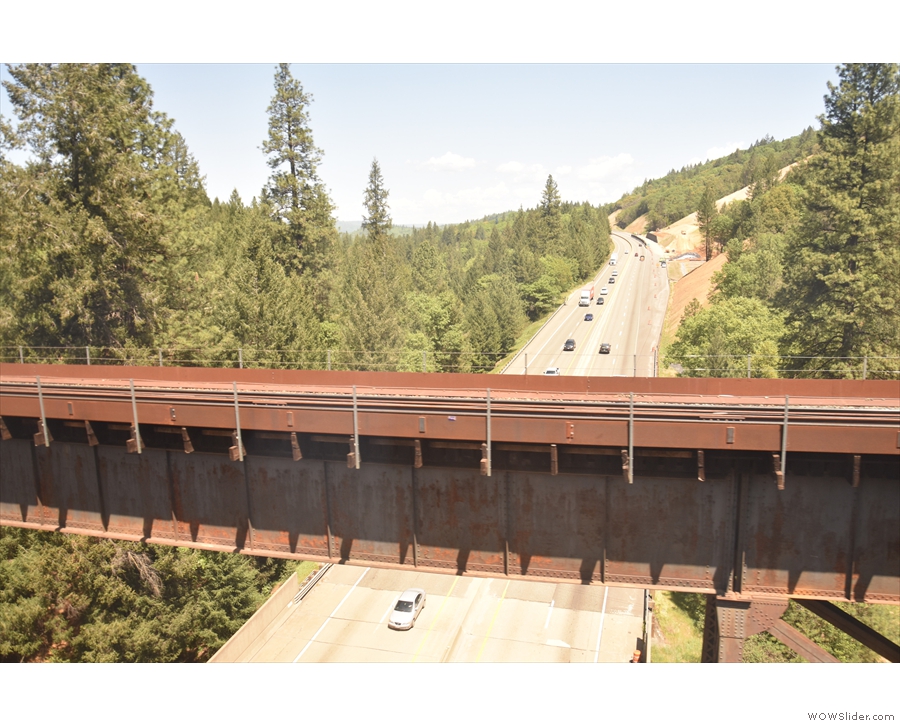
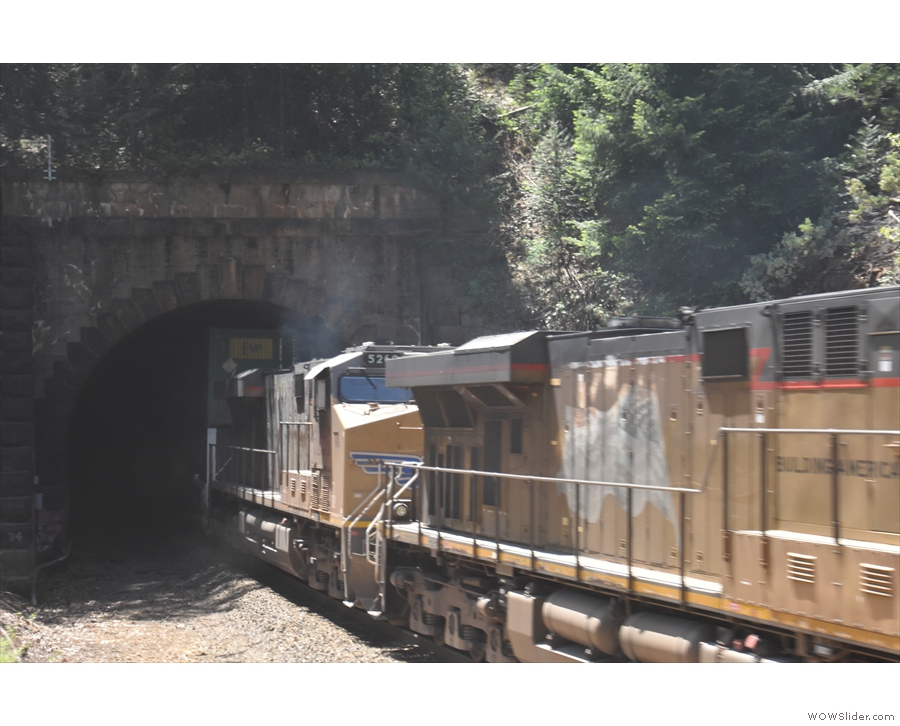
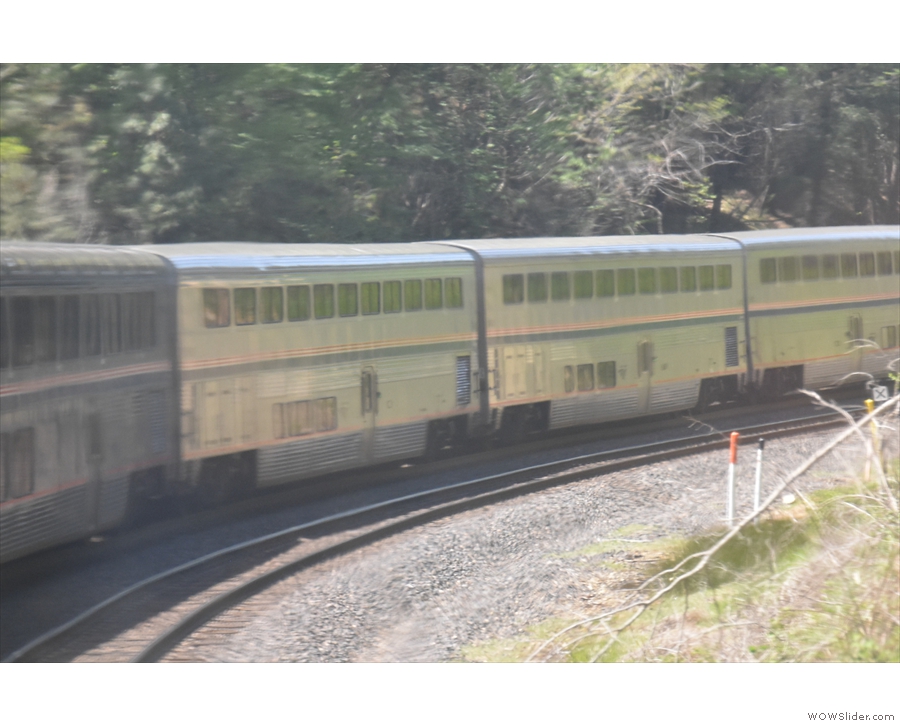
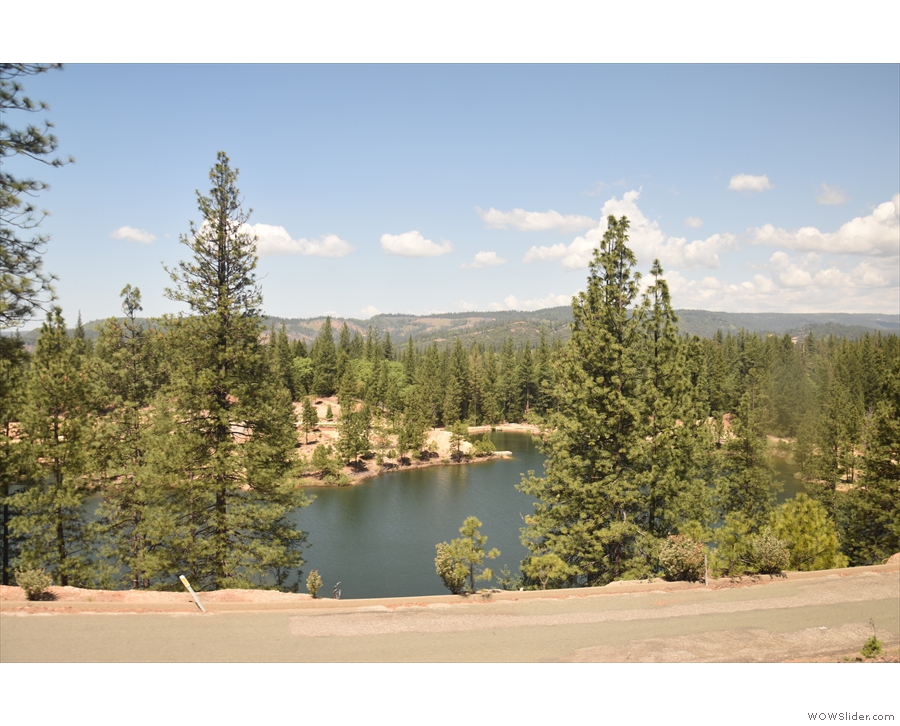
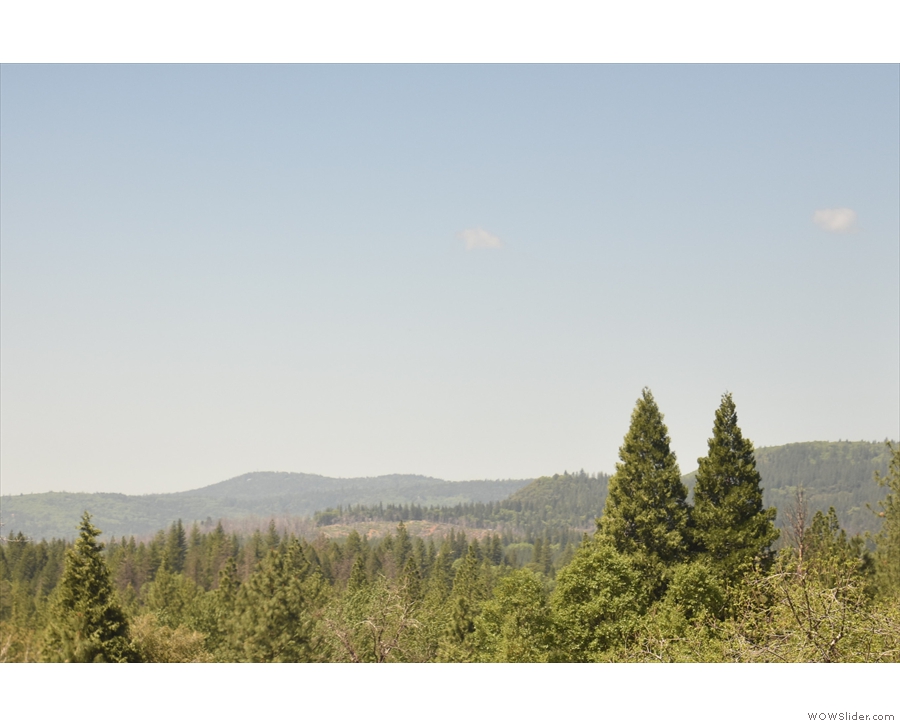
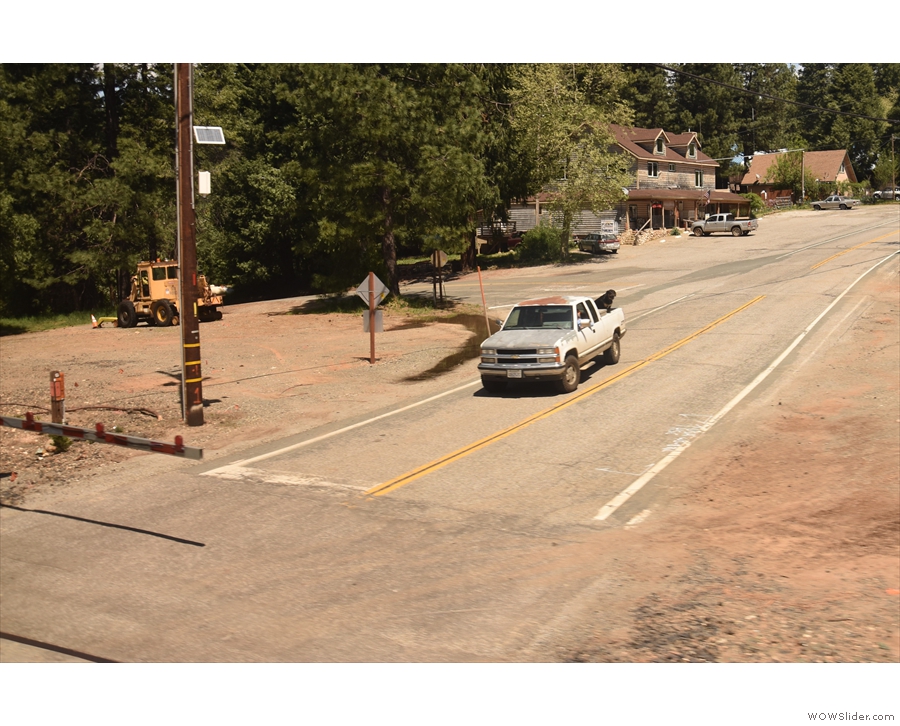
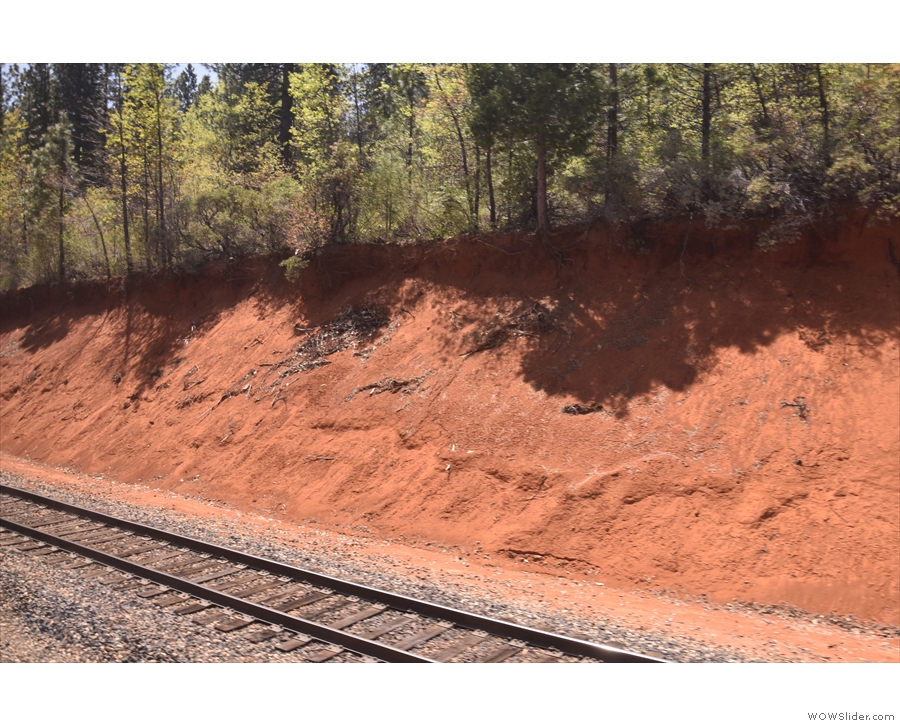
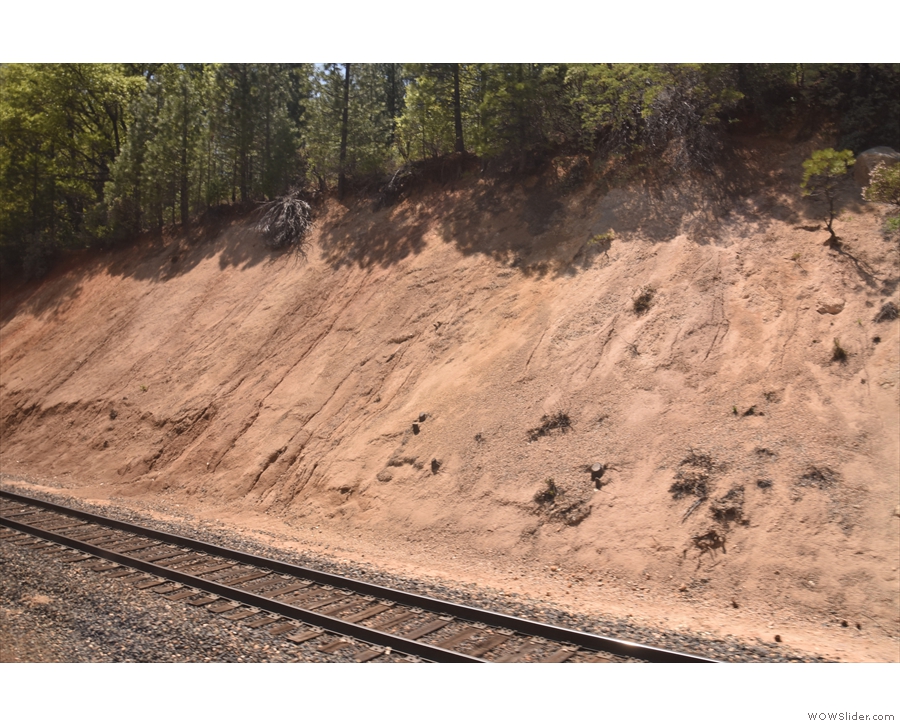
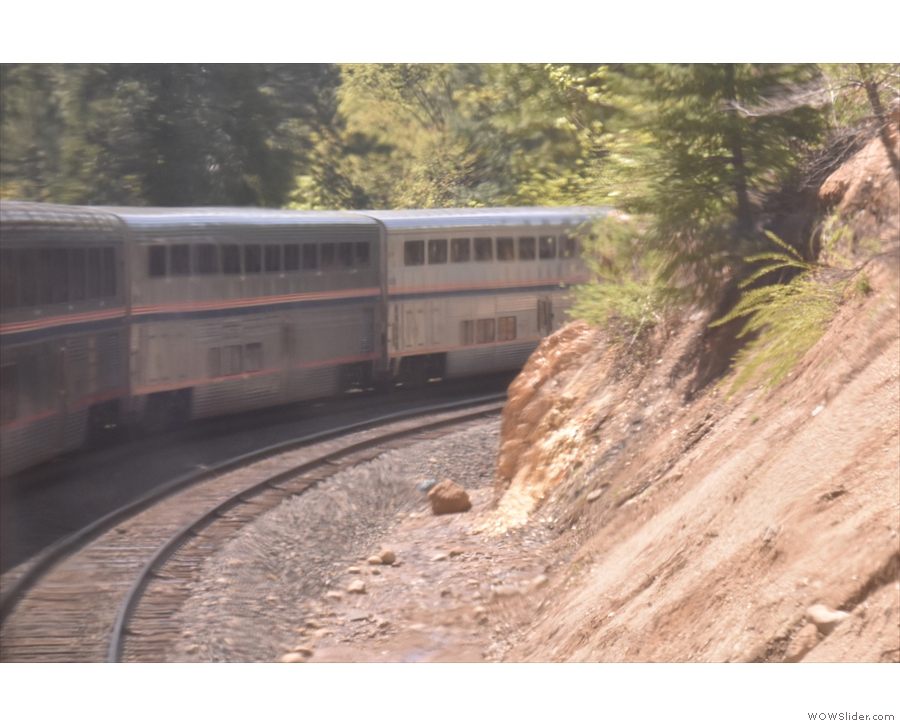
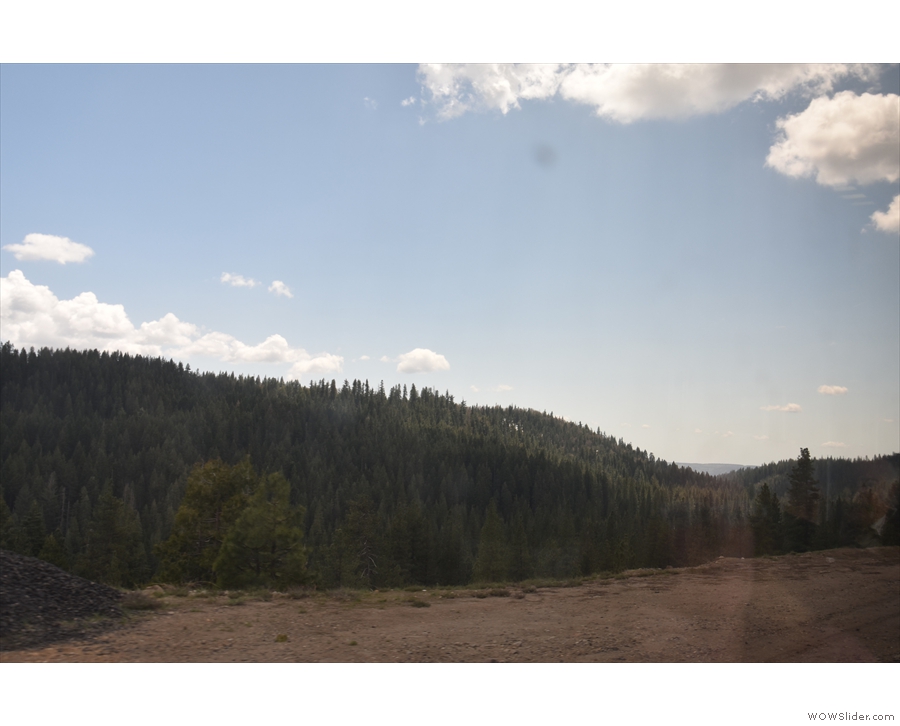
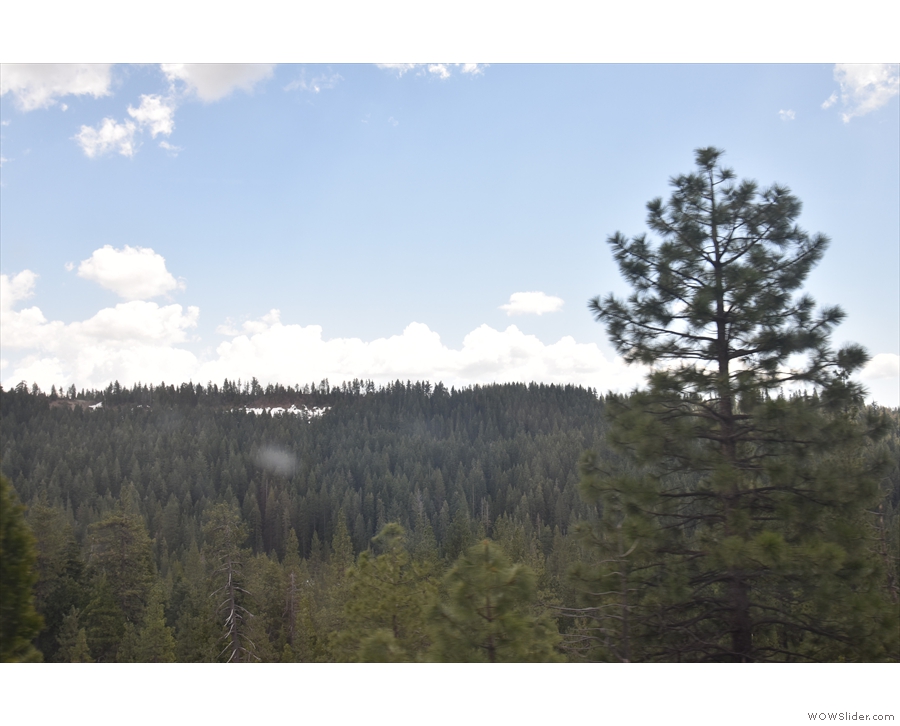
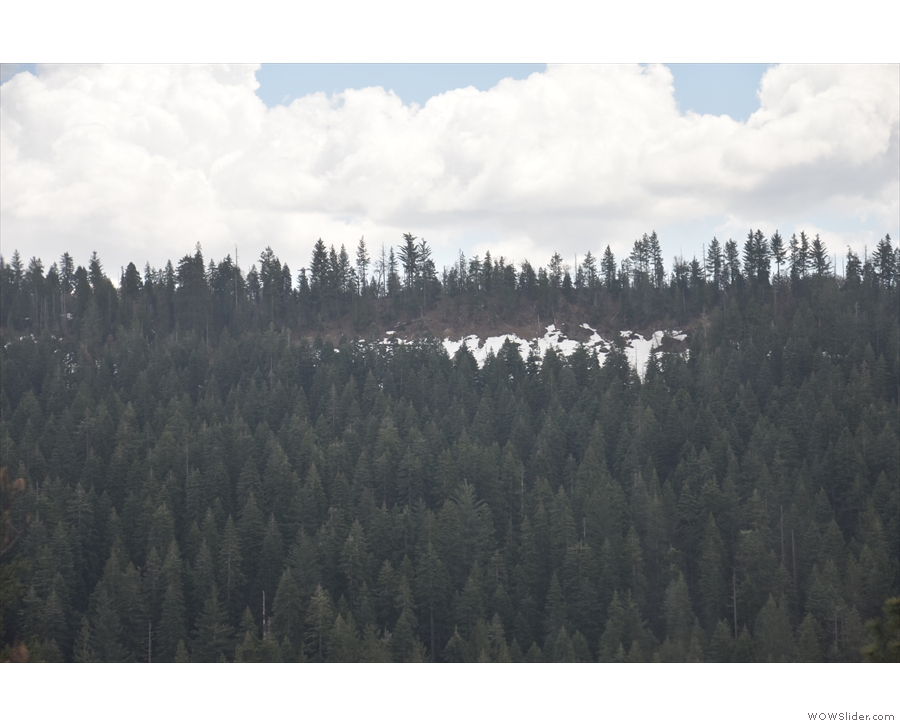
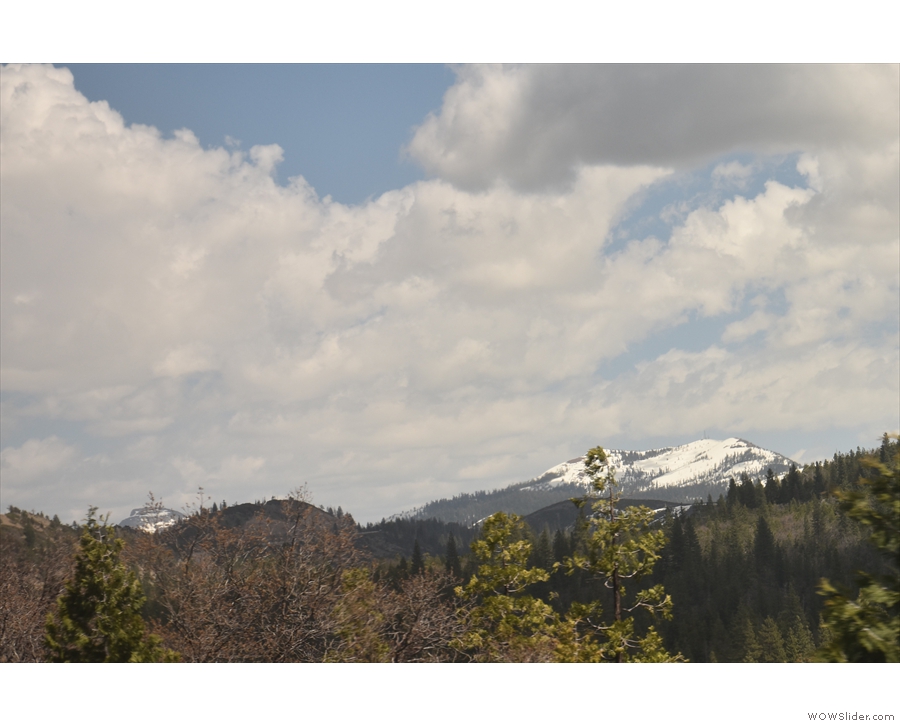
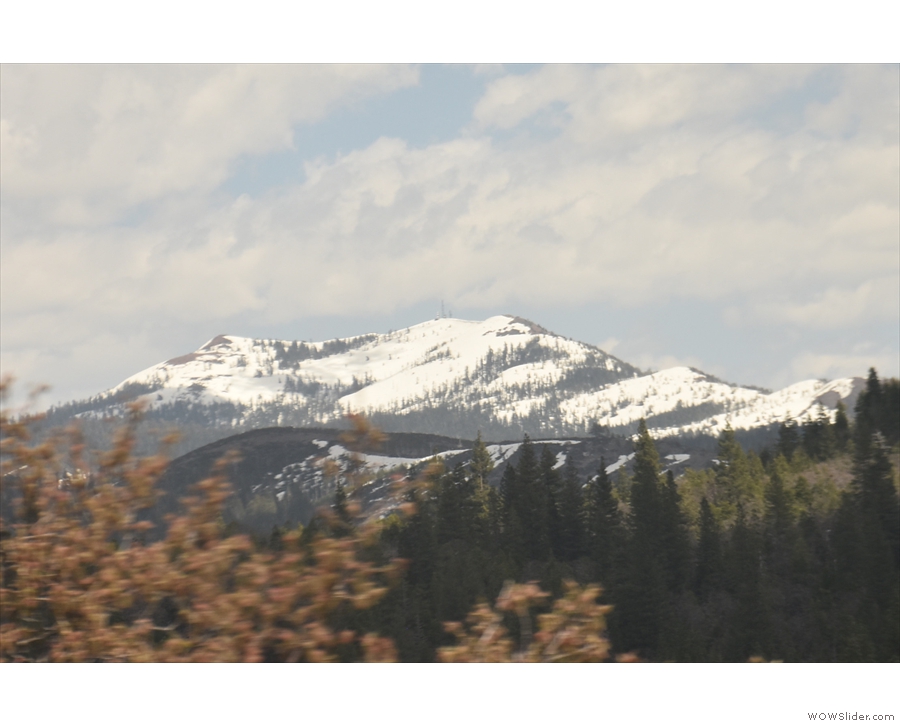
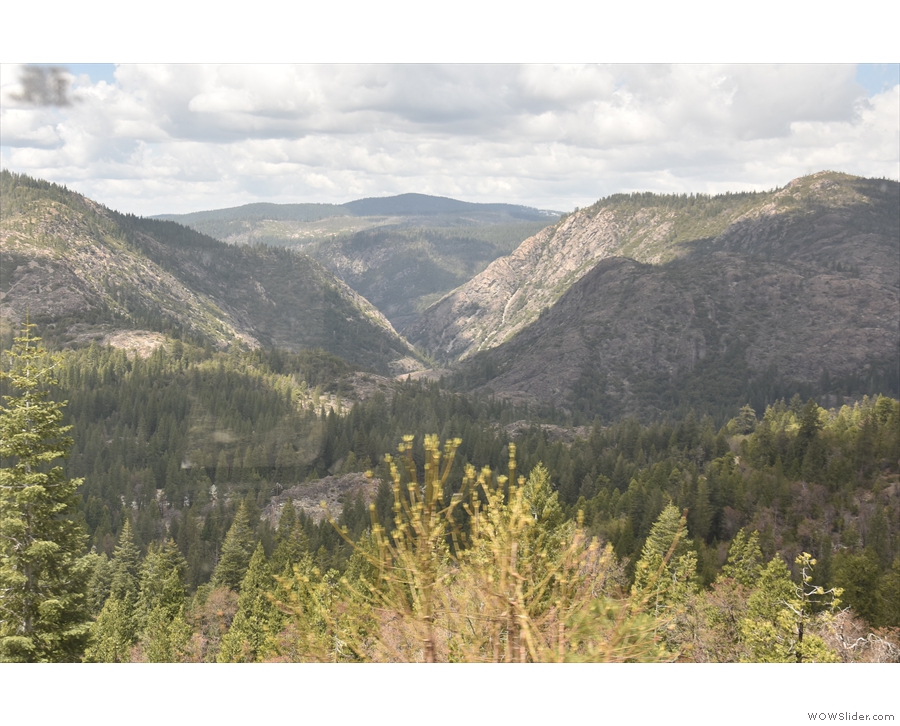
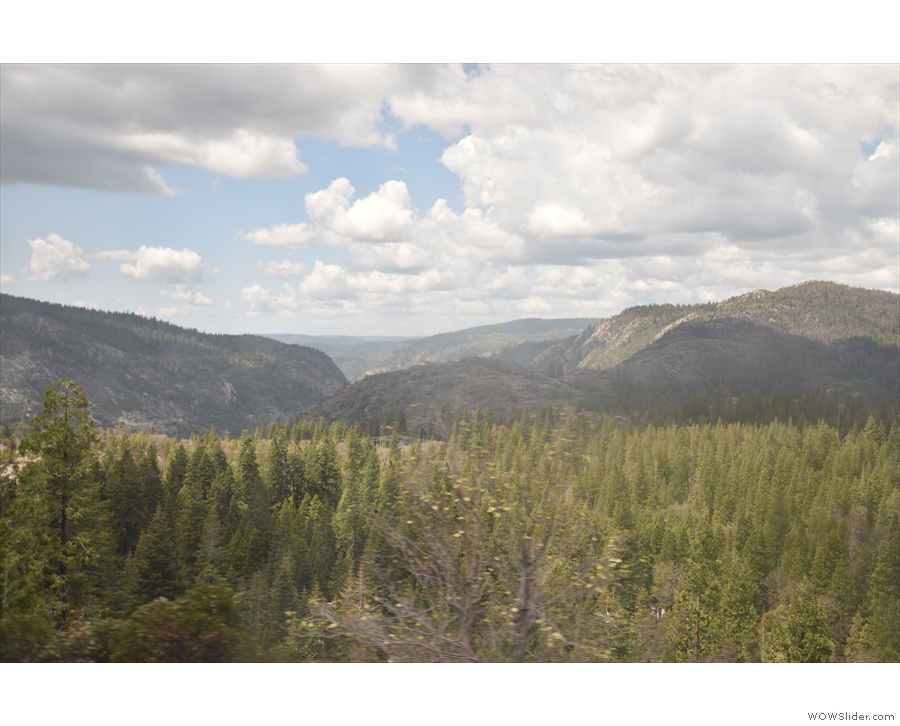
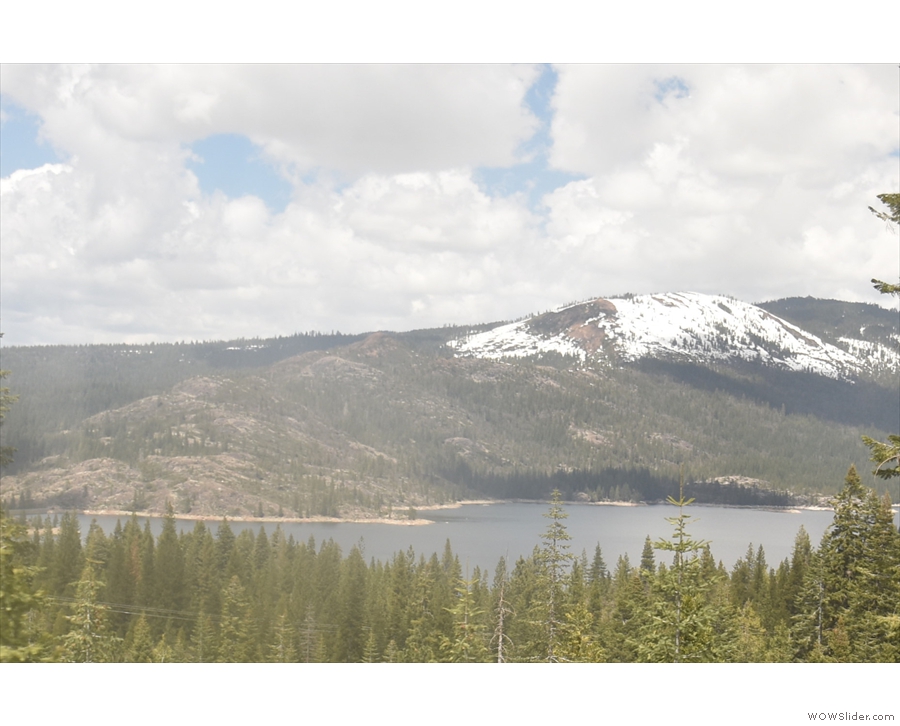
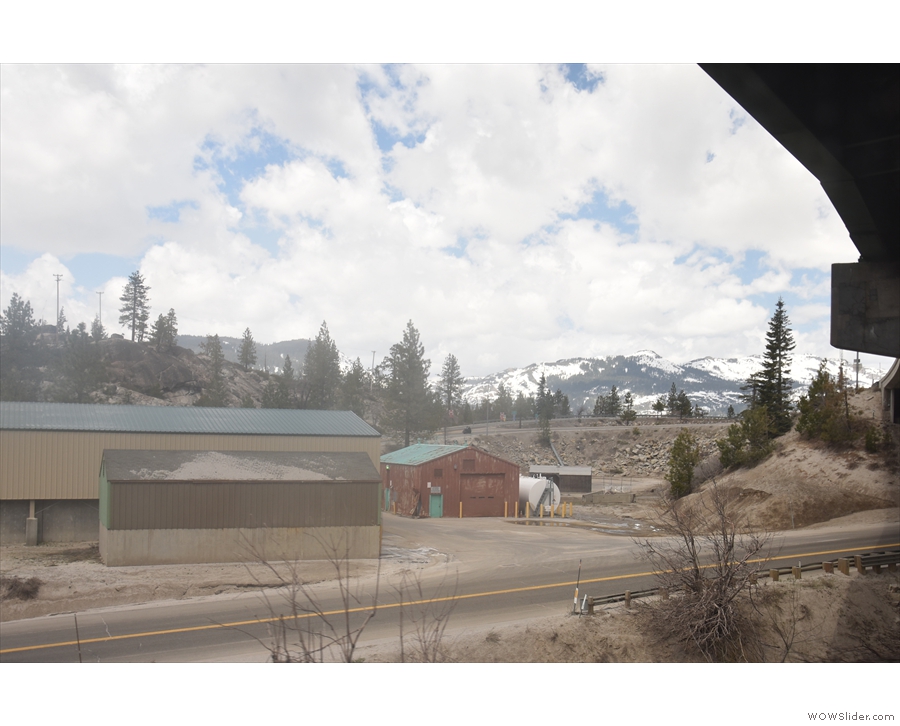
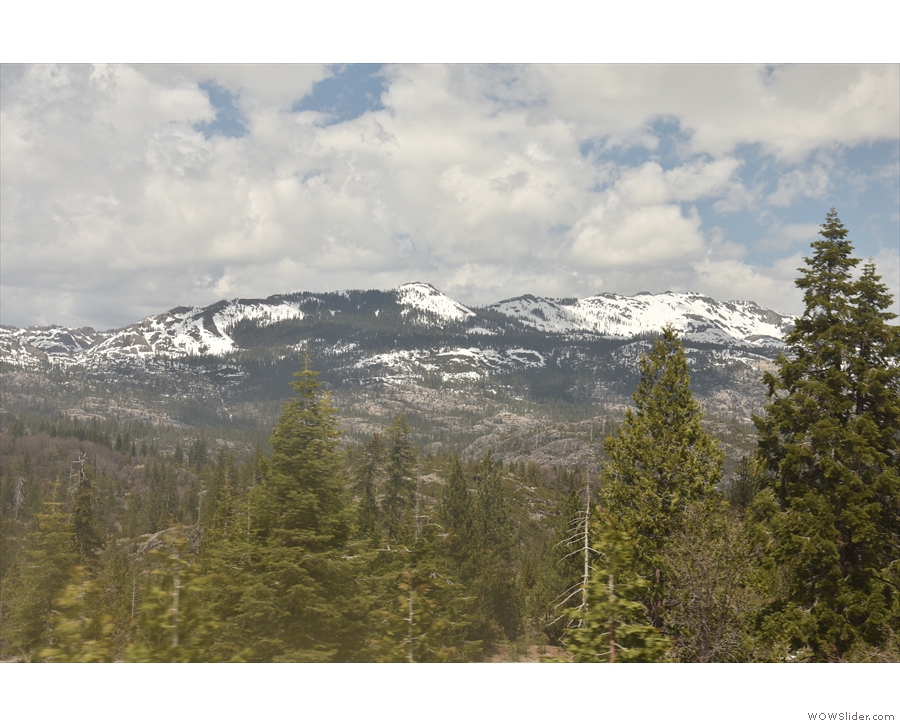
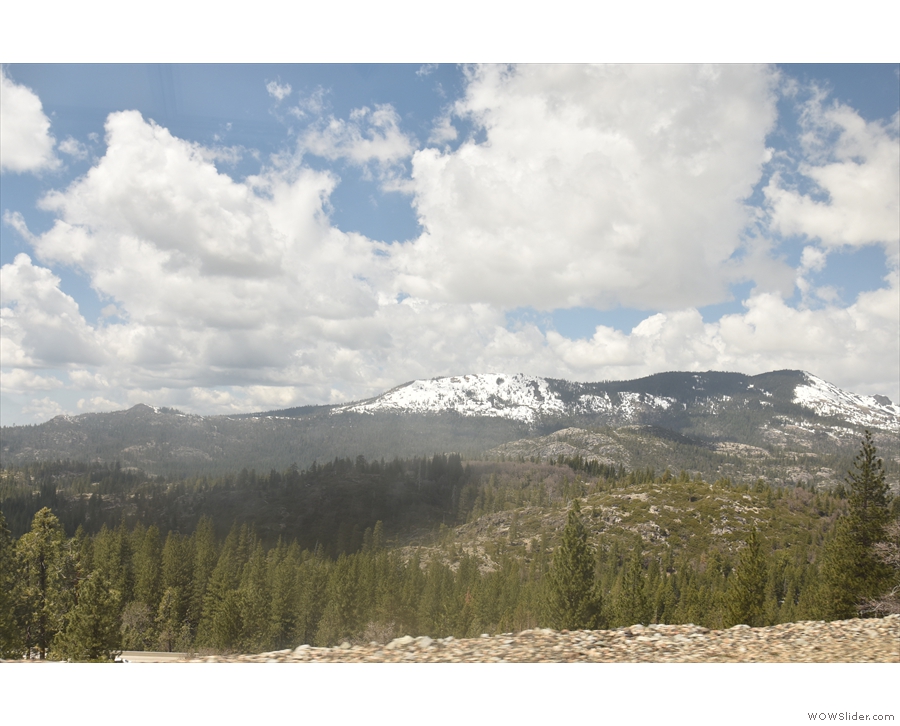
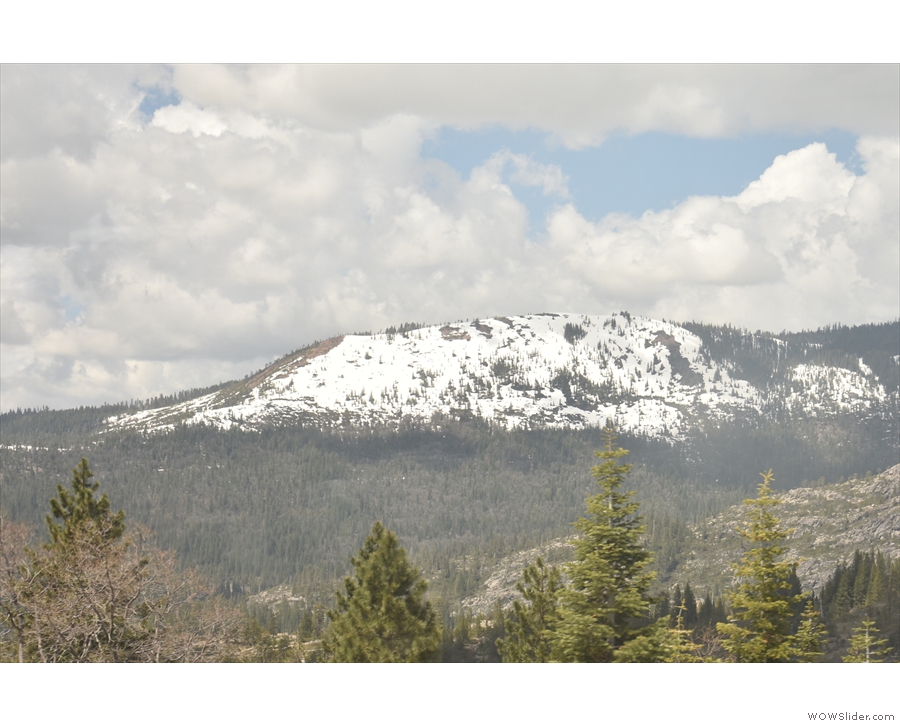
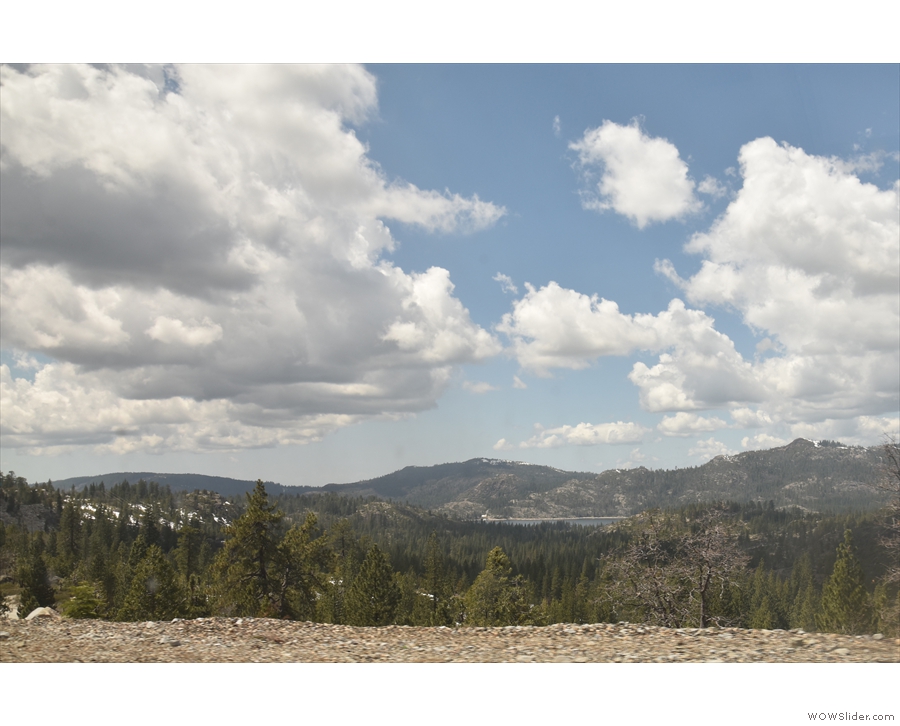
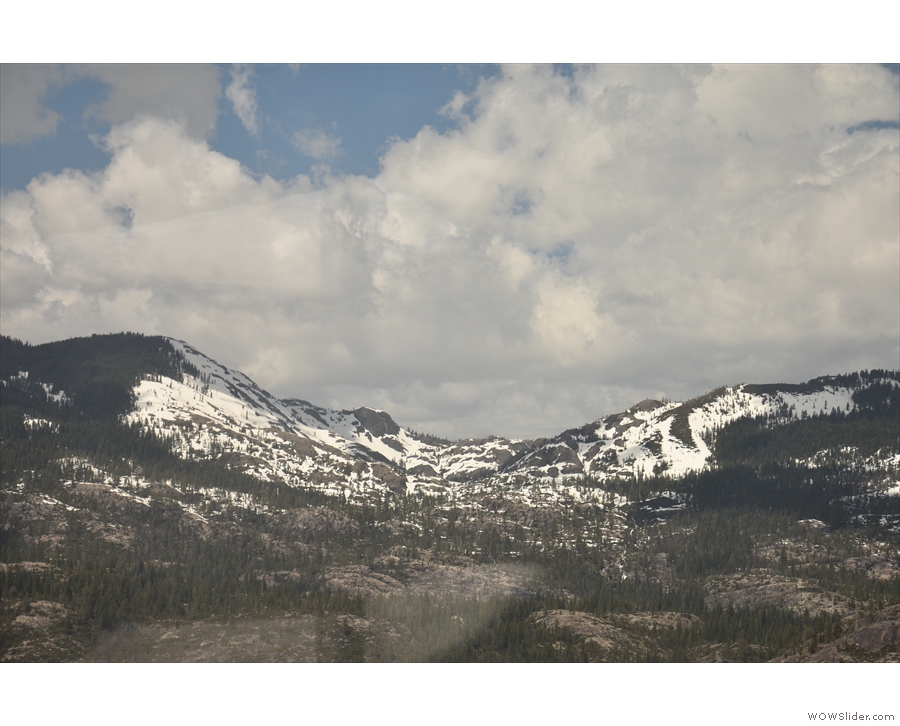
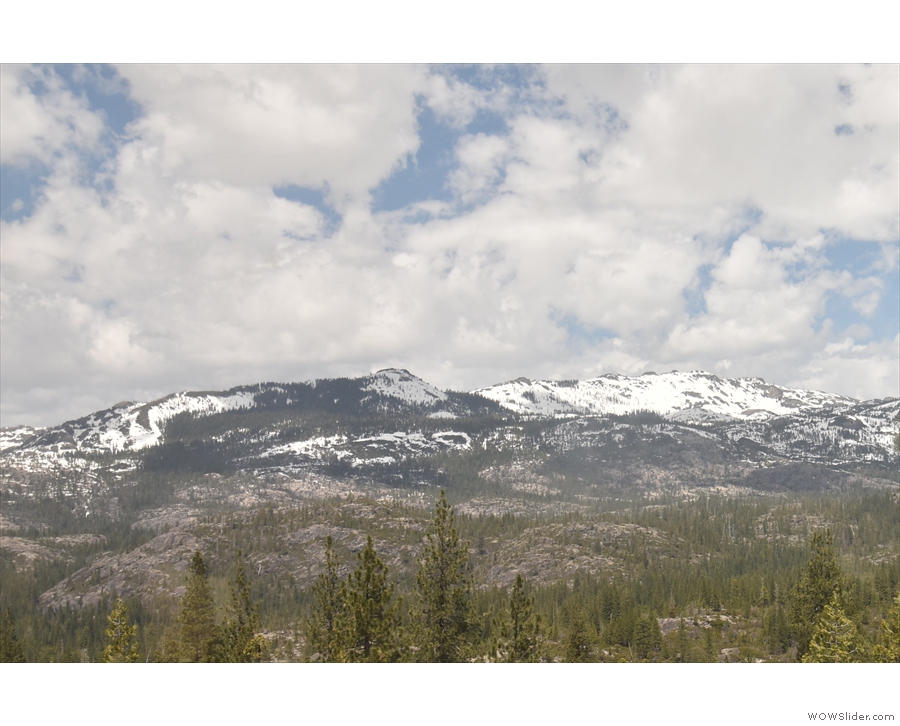
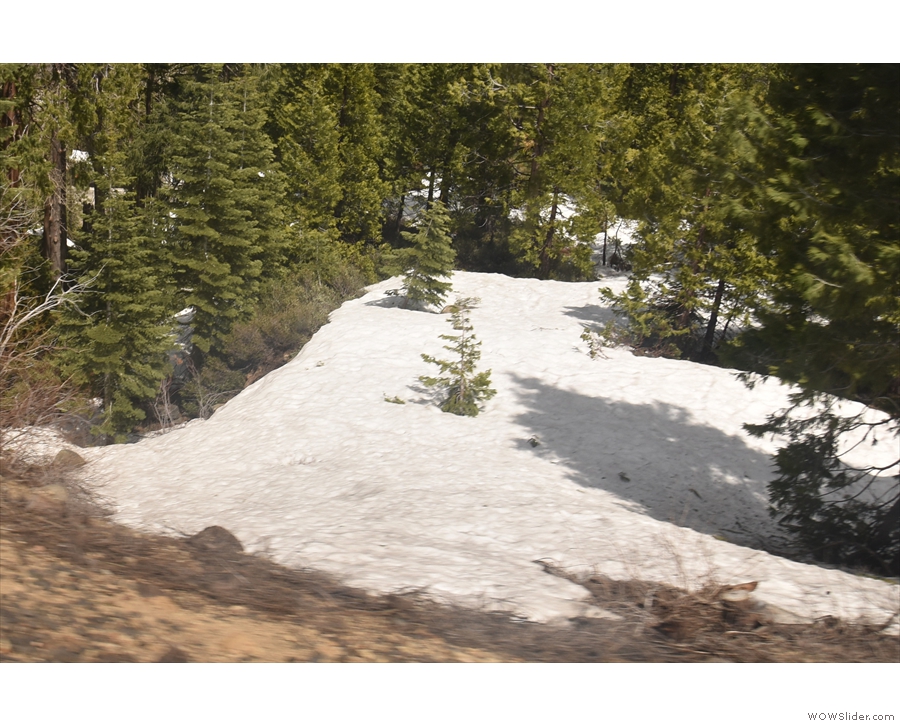
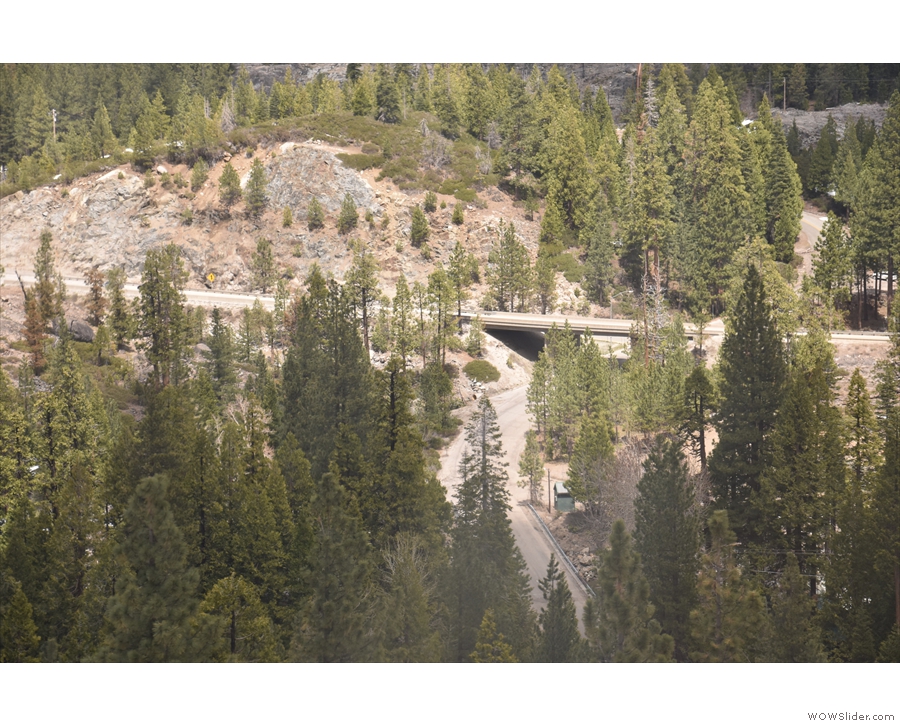
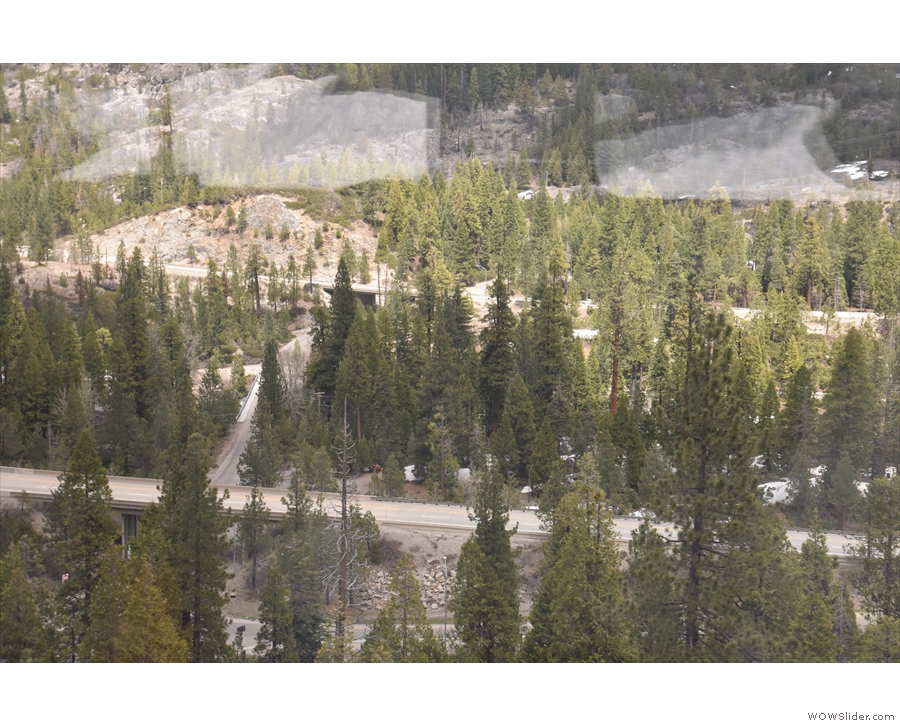
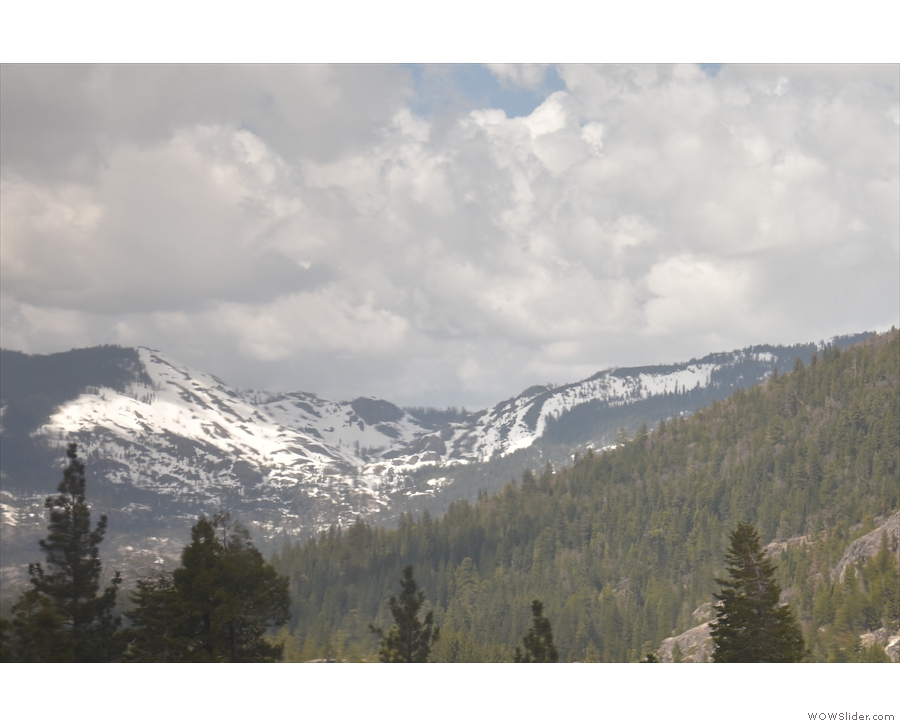
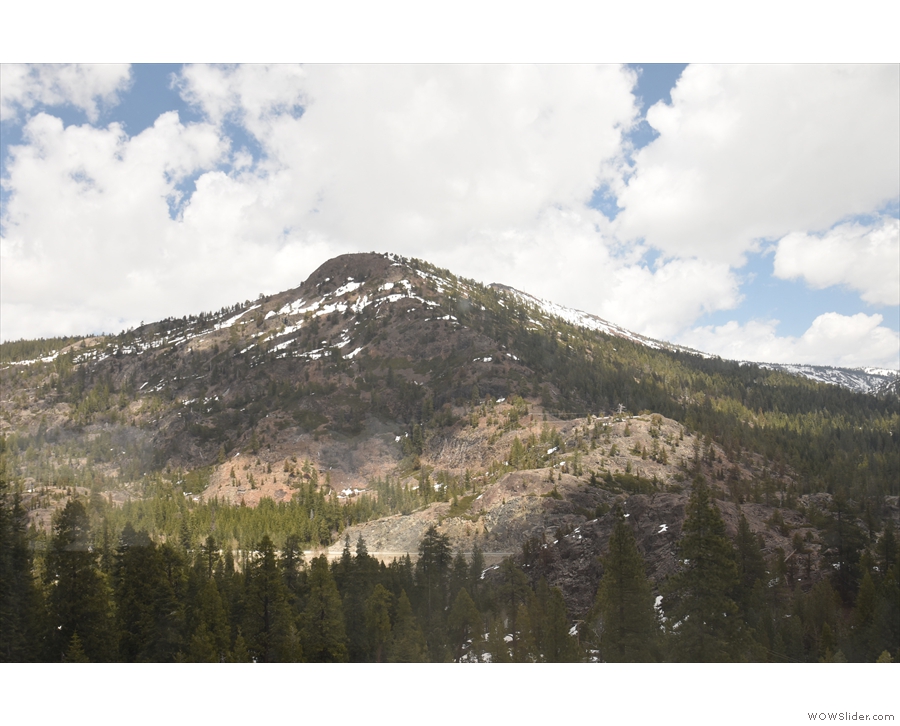
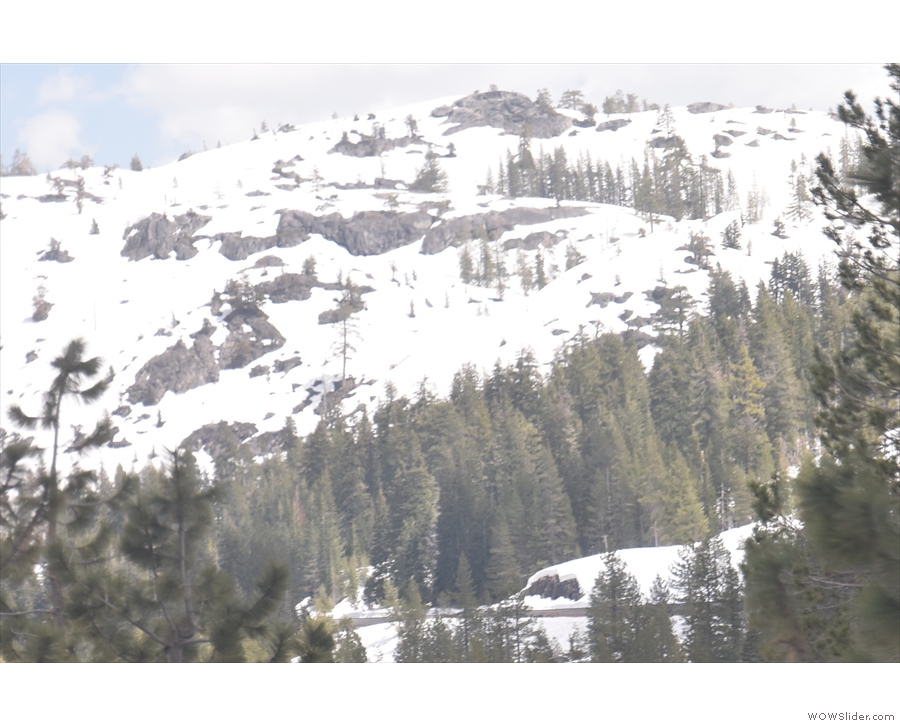
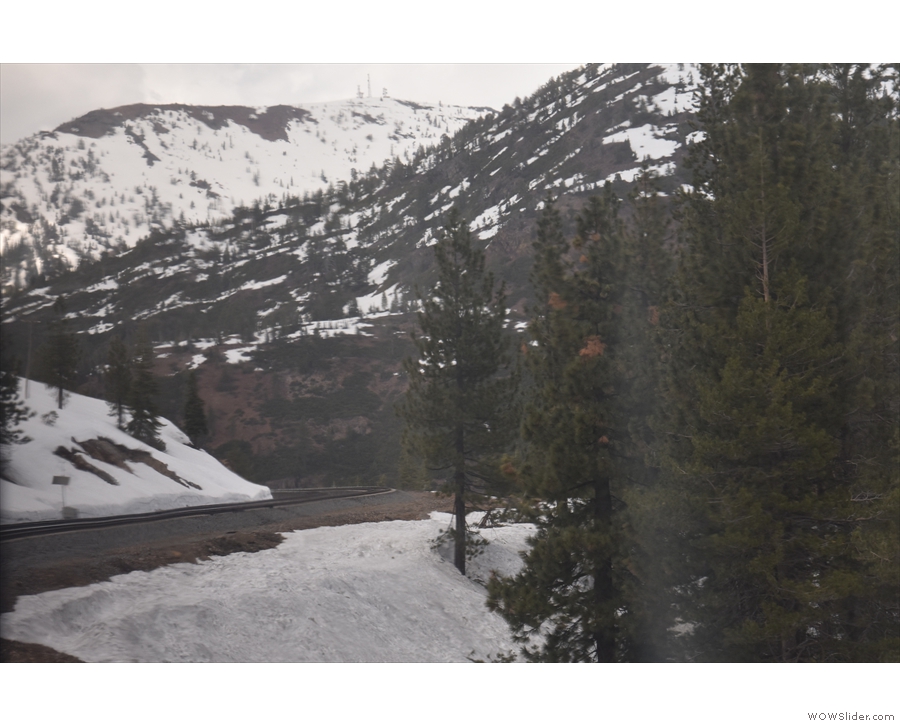
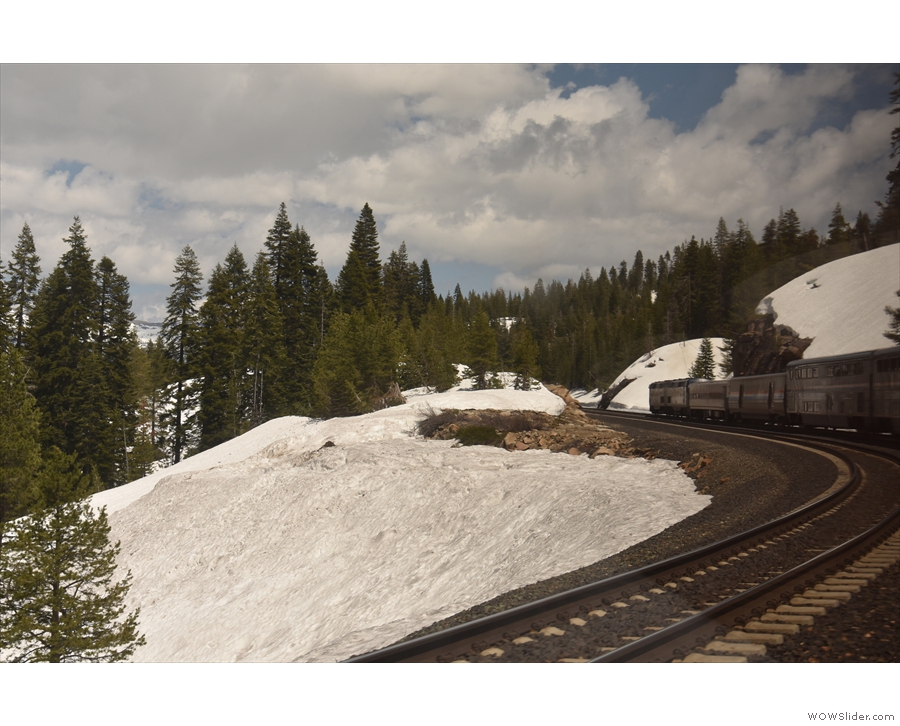
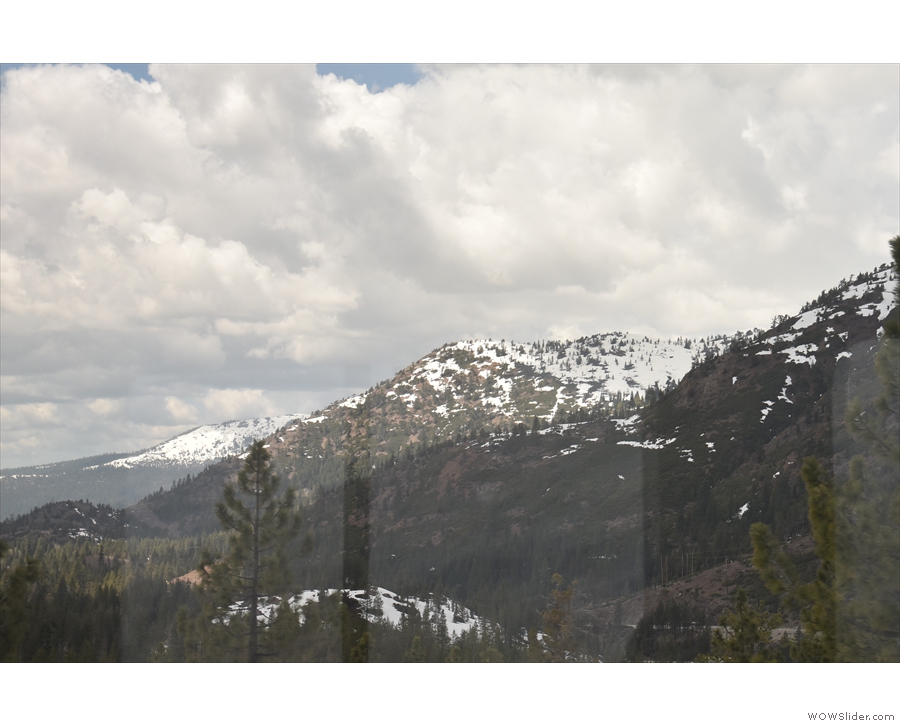
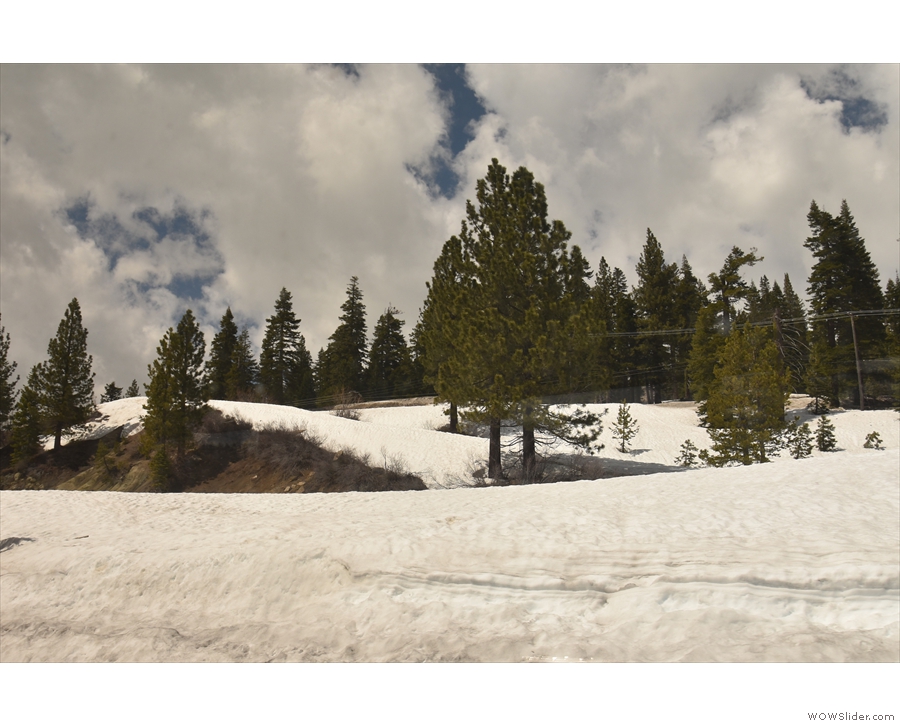
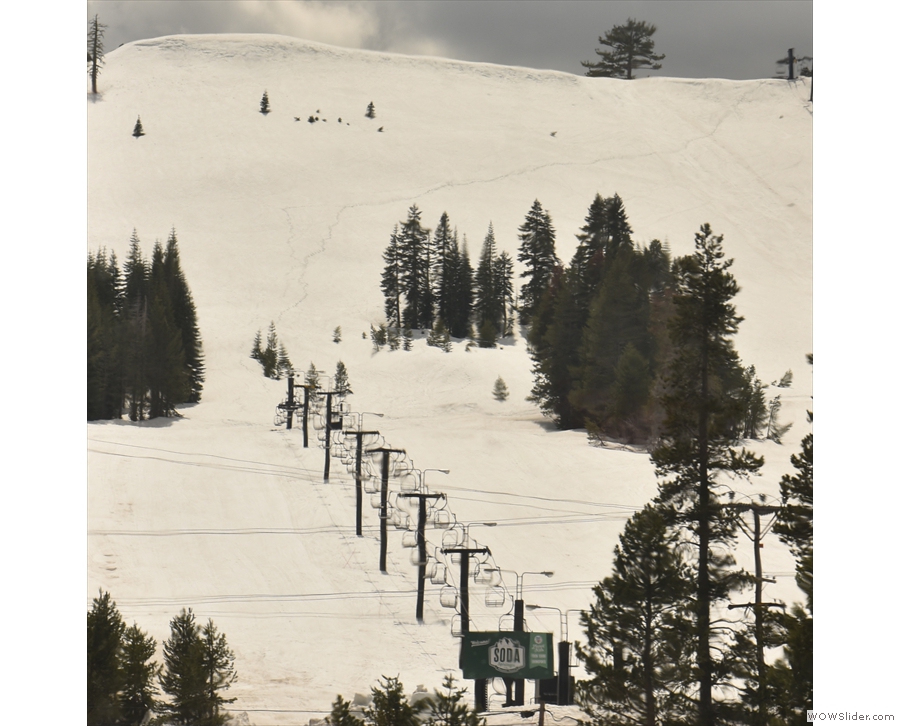
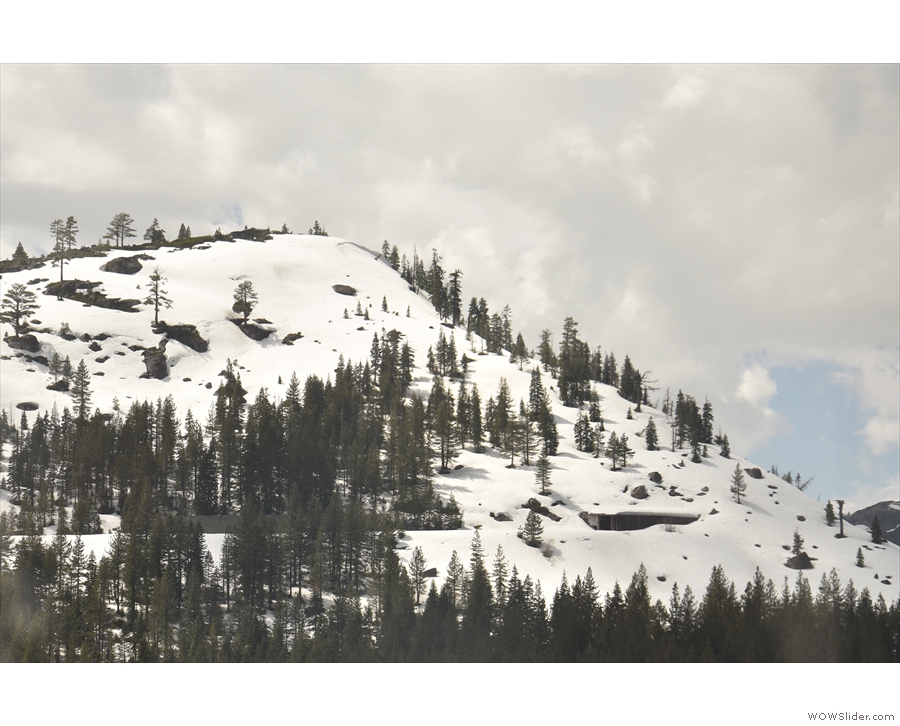
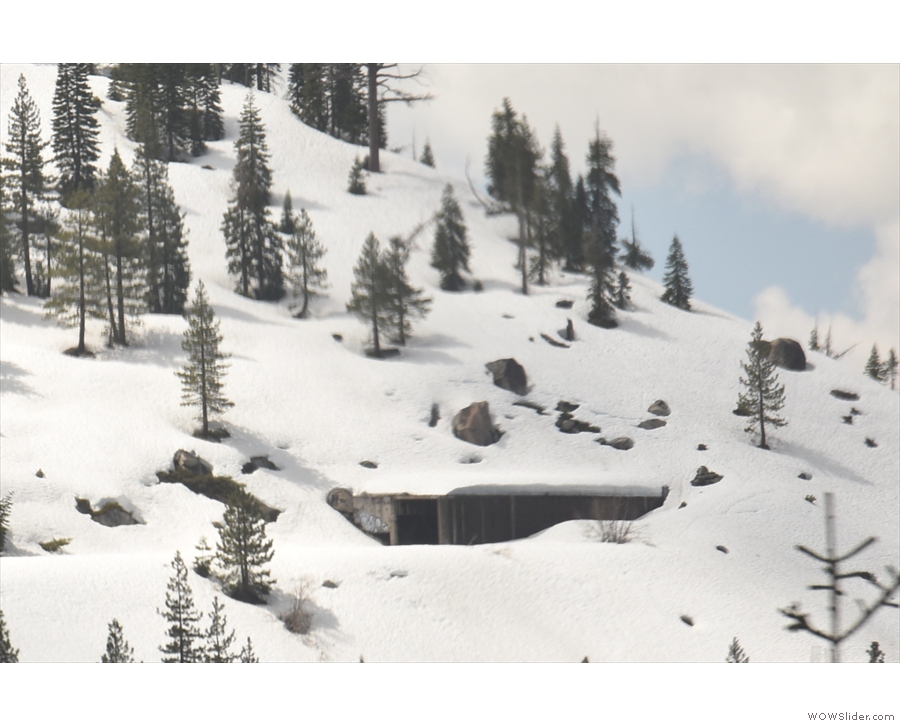
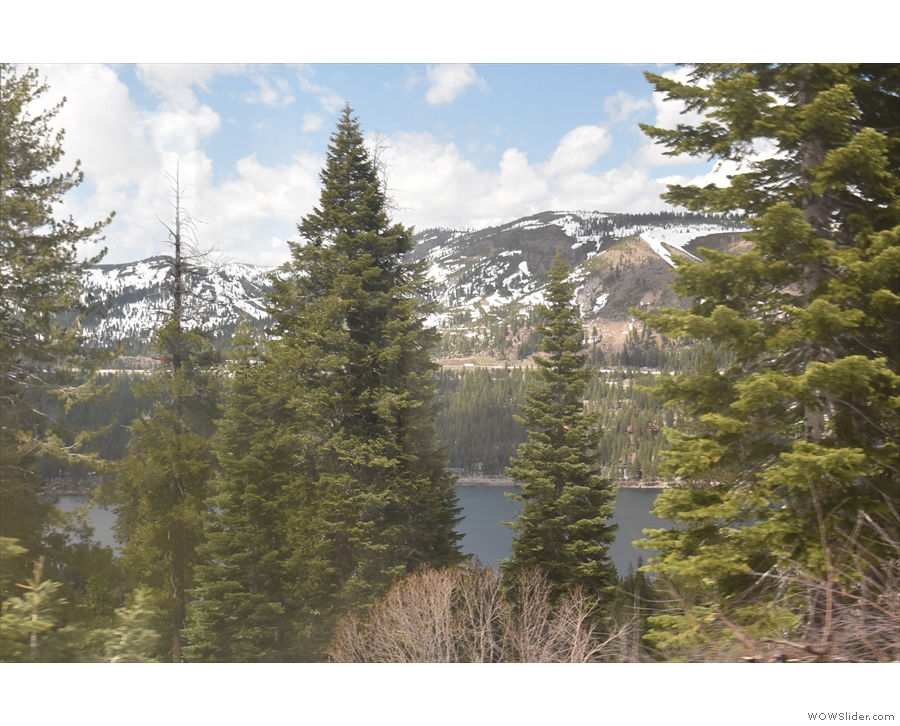
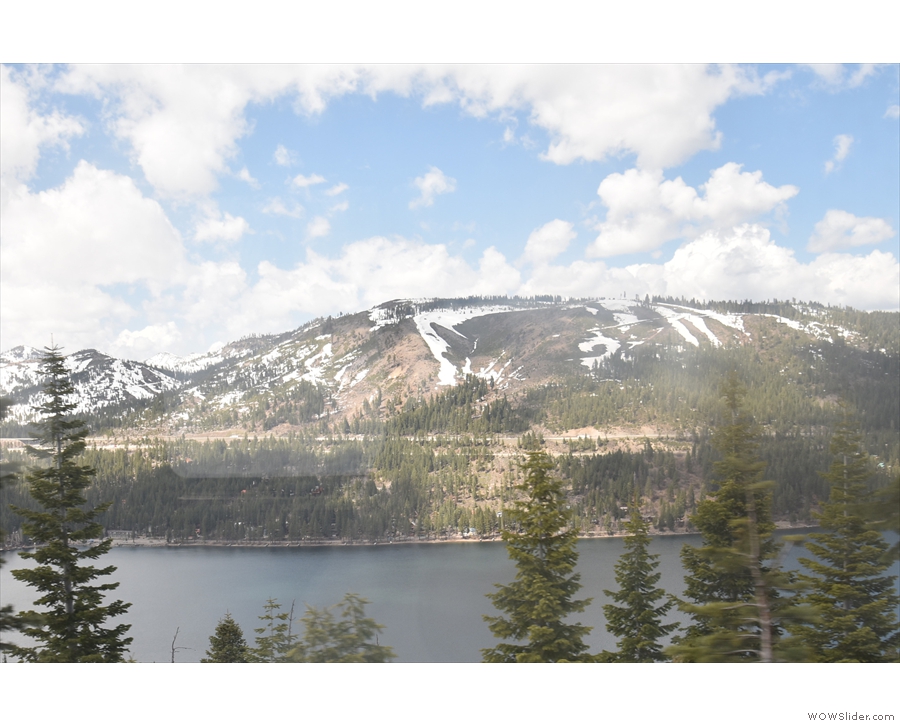
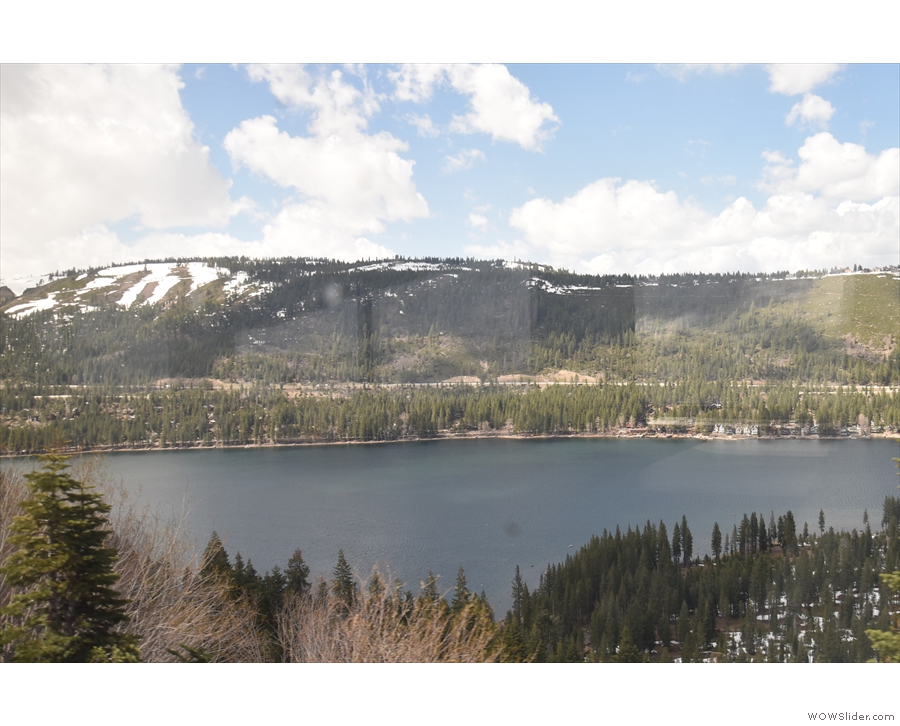
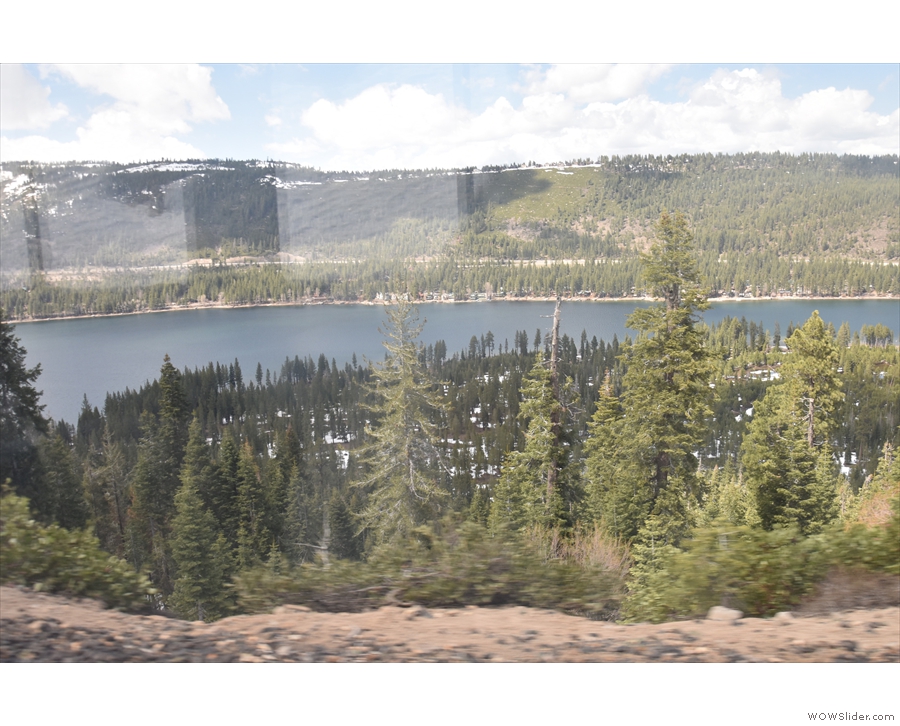
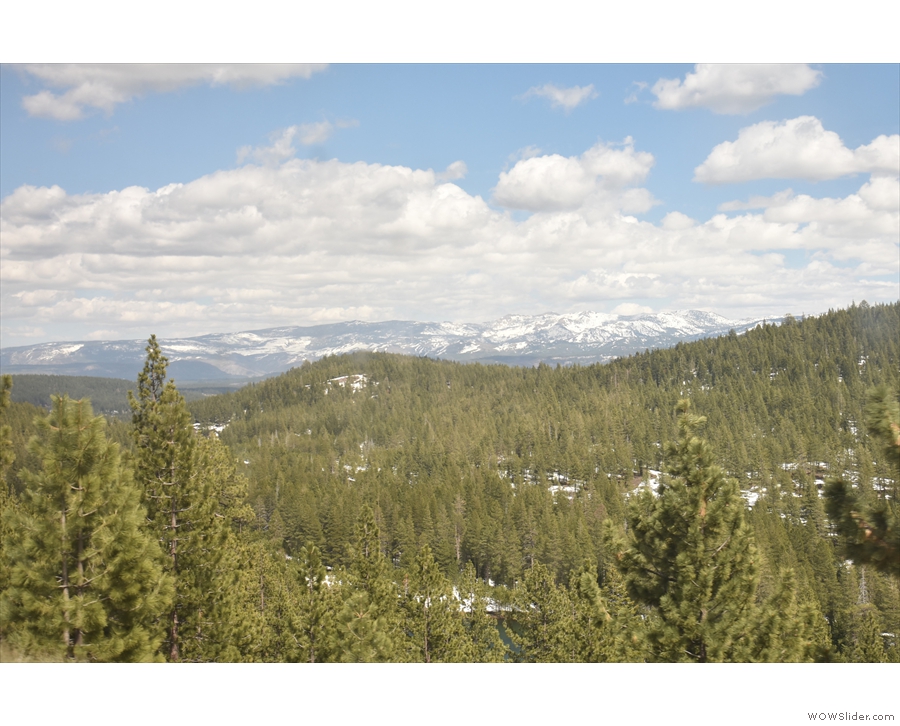
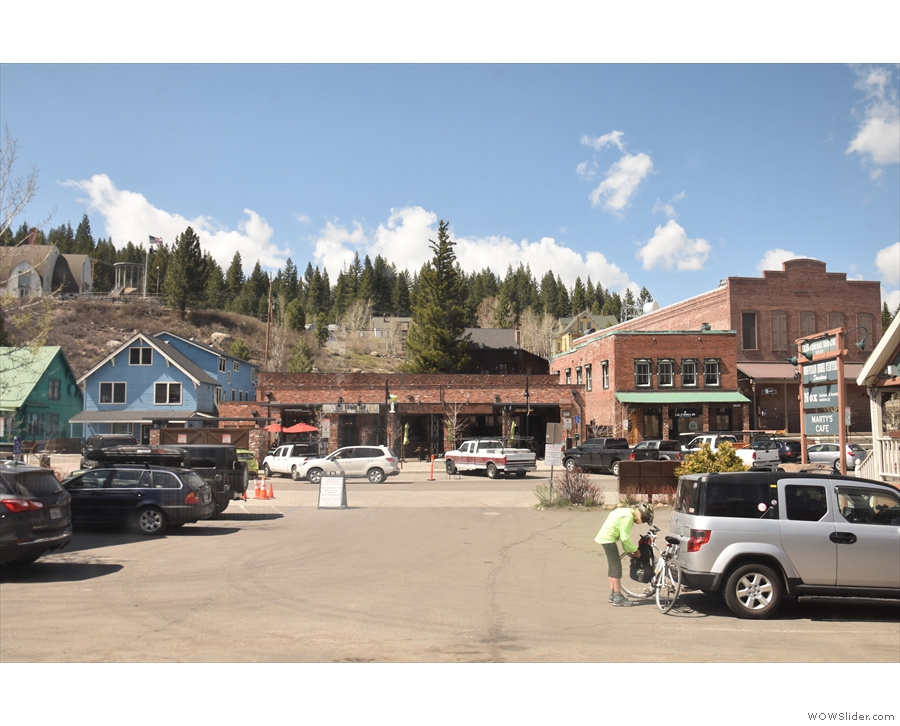
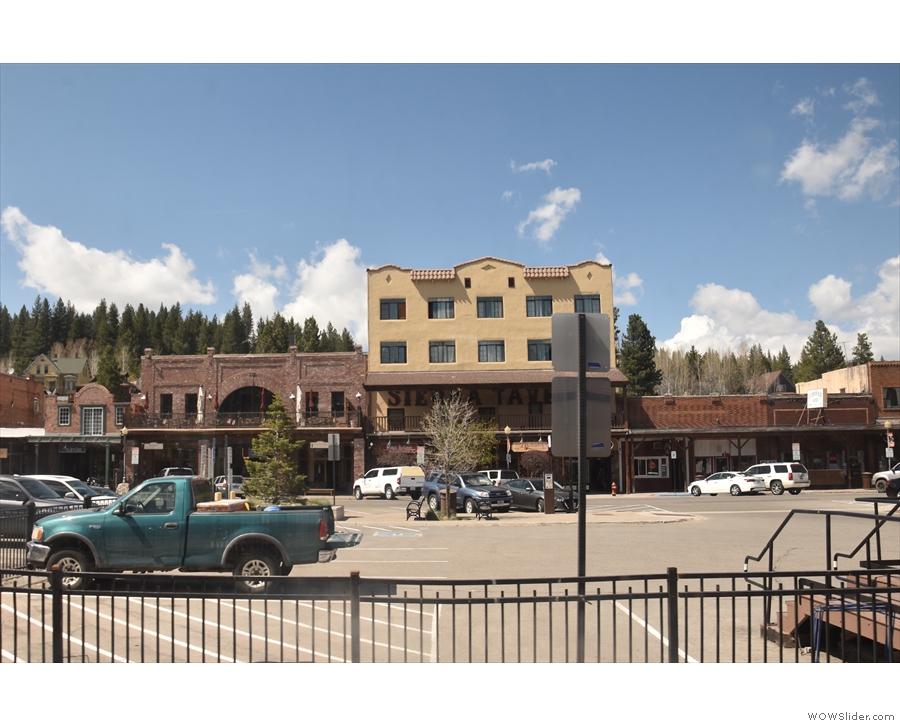
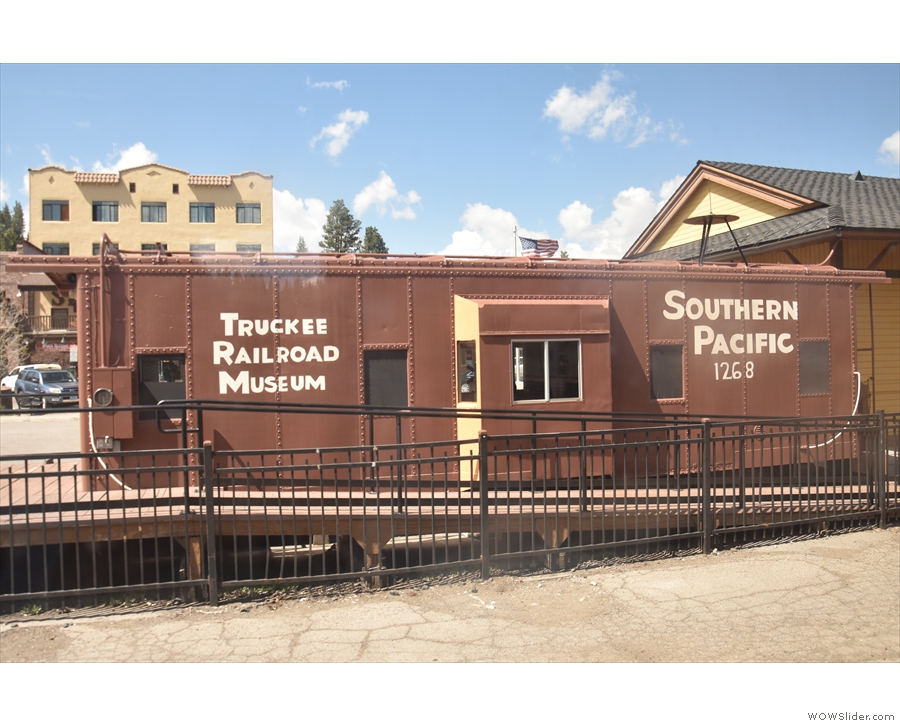
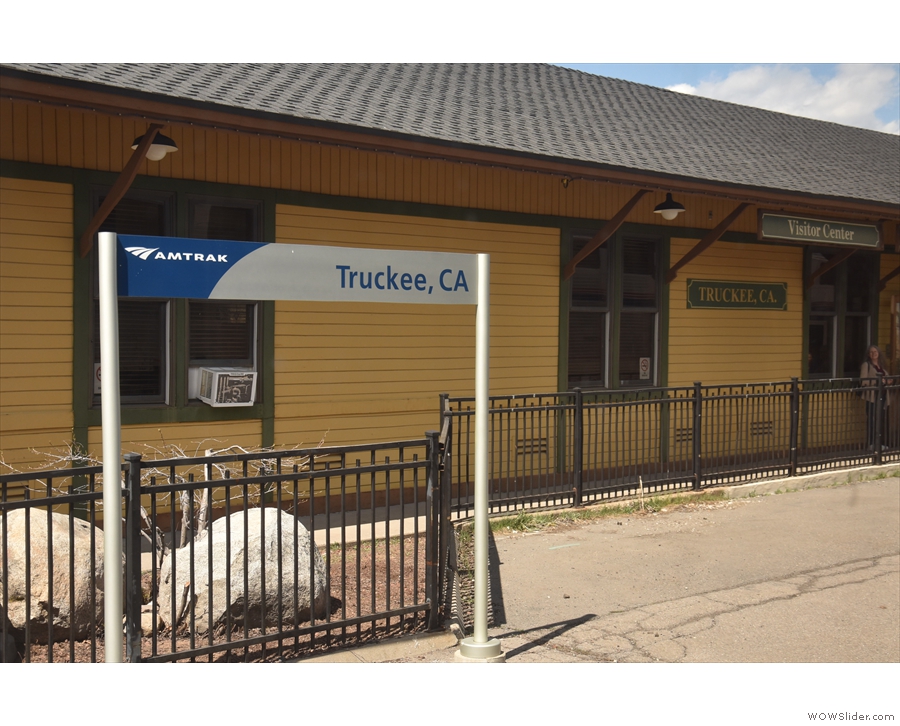
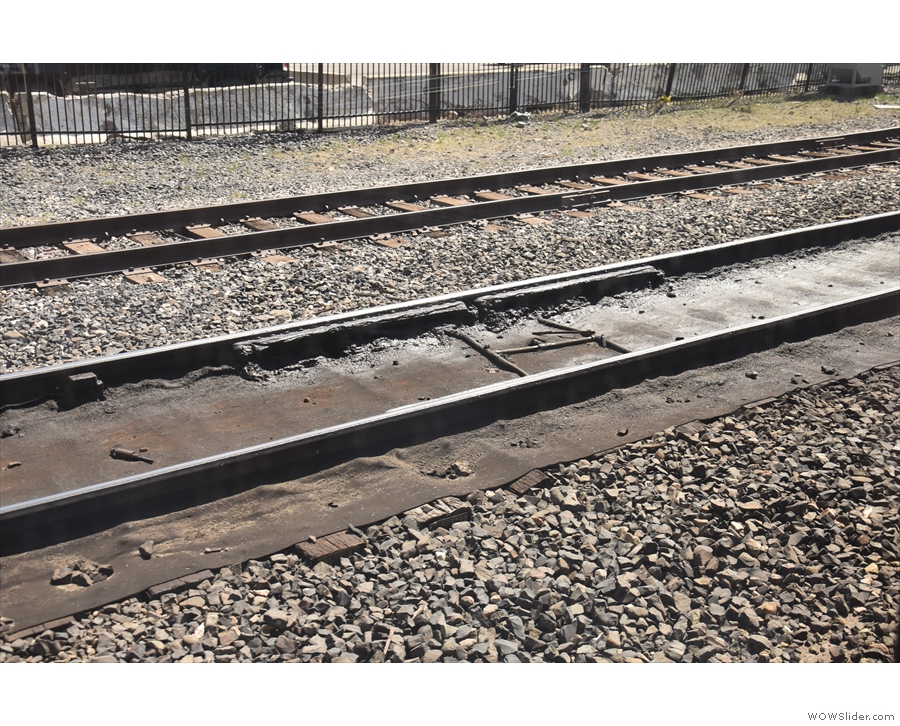
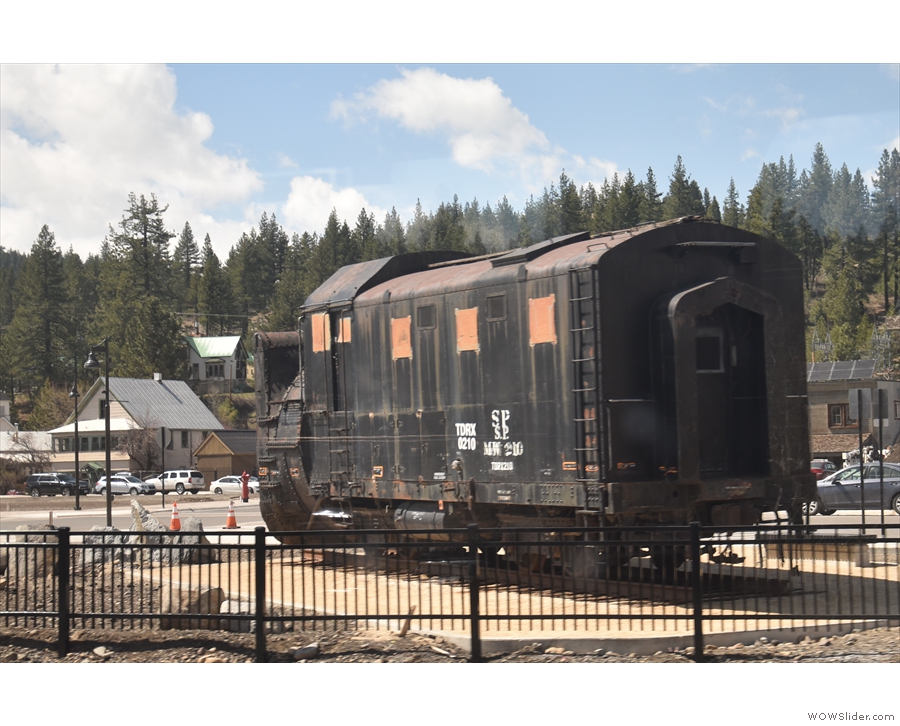
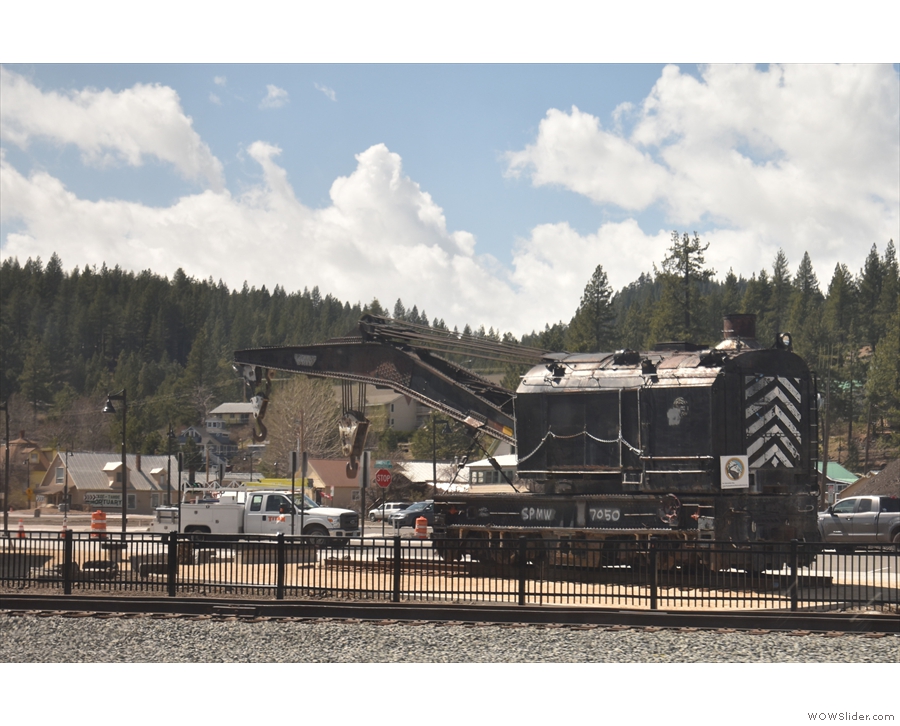
 1
1 2
2 3
3 4
4 5
5 6
6 7
7 8
8 9
9 10
10 11
11 12
12 13
13 14
14 15
15 16
16 17
17 18
18 19
19 20
20 21
21 22
22 23
23 24
24 25
25 26
26 27
27 28
28 29
29 30
30 31
31 32
32 33
33 34
34 35
35 36
36 37
37 38
38 39
39 40
40 41
41 42
42 43
43 44
44 45
45 46
46 47
47 48
48 49
49 50
50 51
51 52
52 53
53 54
54 55
55 56
56 57
57 58
58 59
59 60
60 61
61 62
62 63
63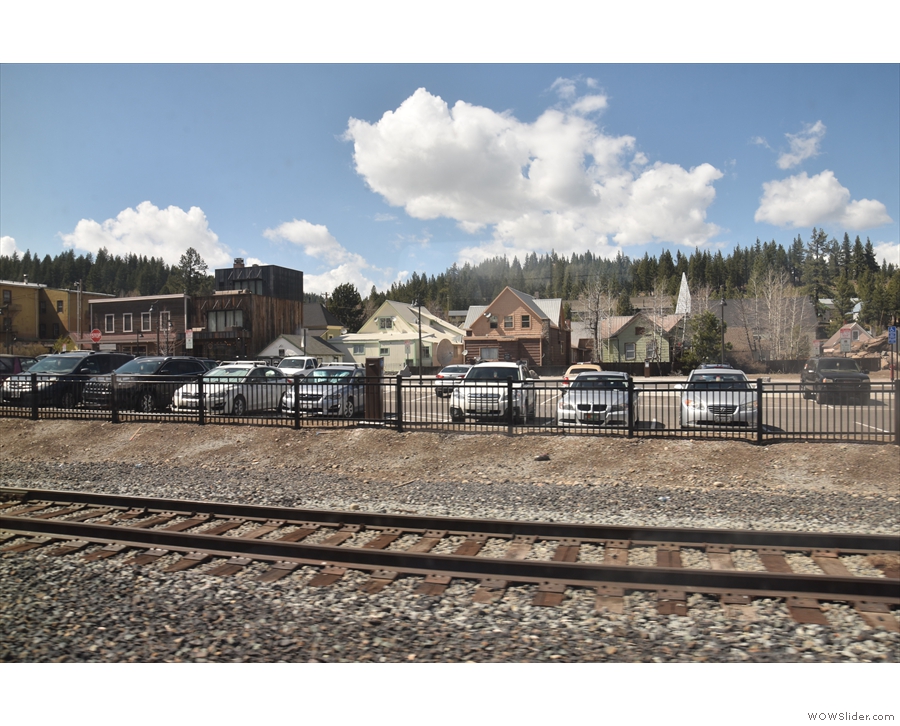
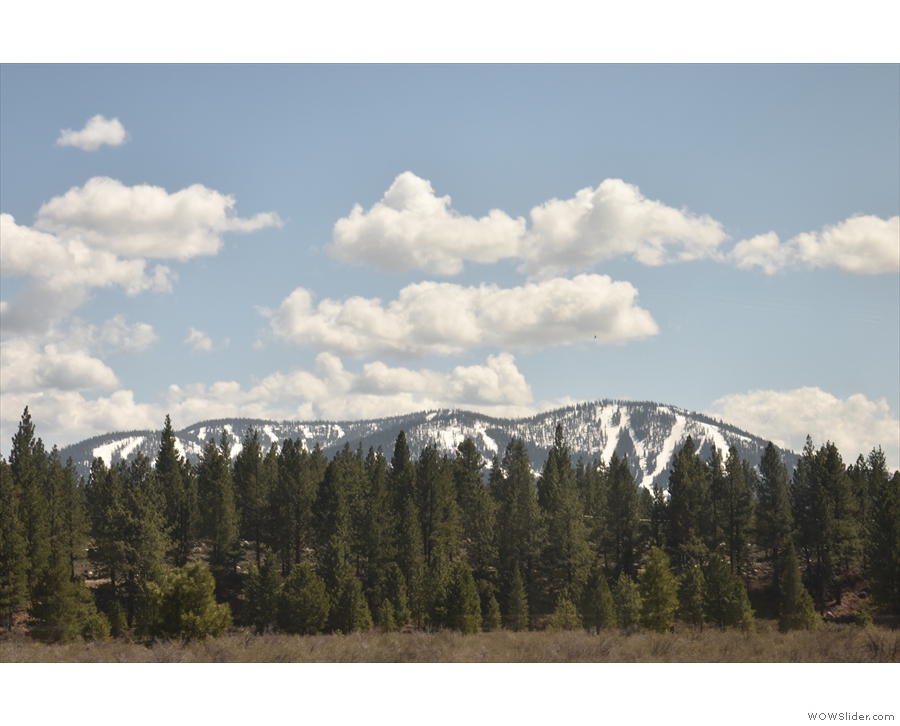
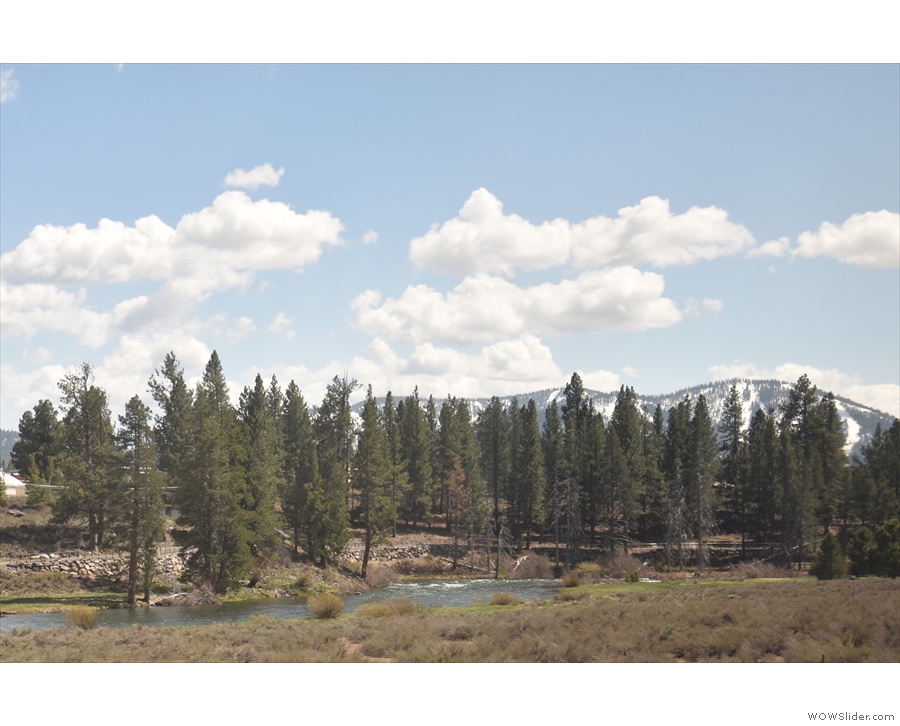
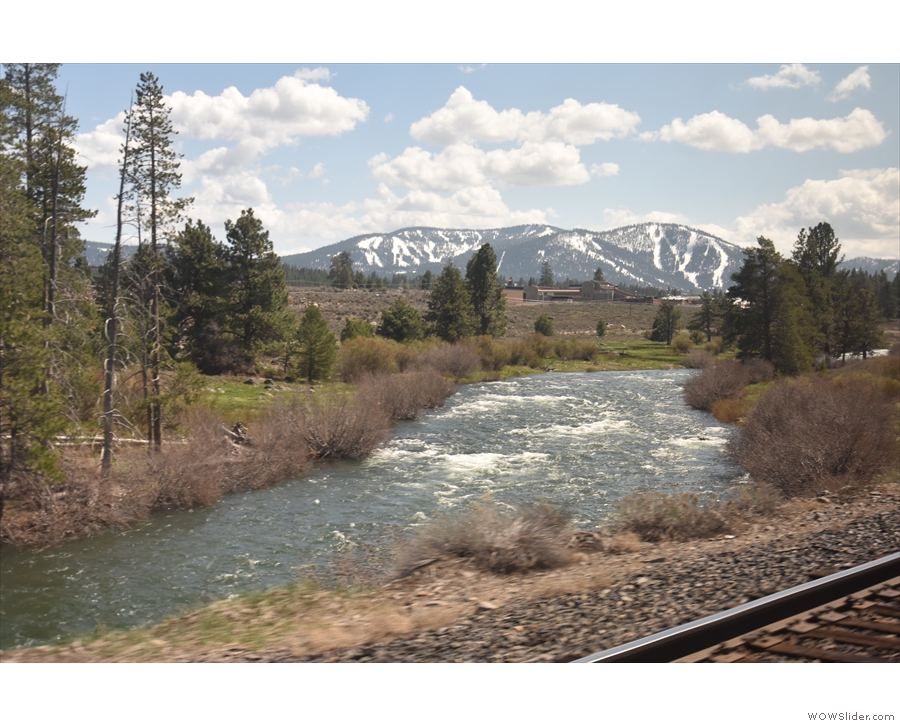
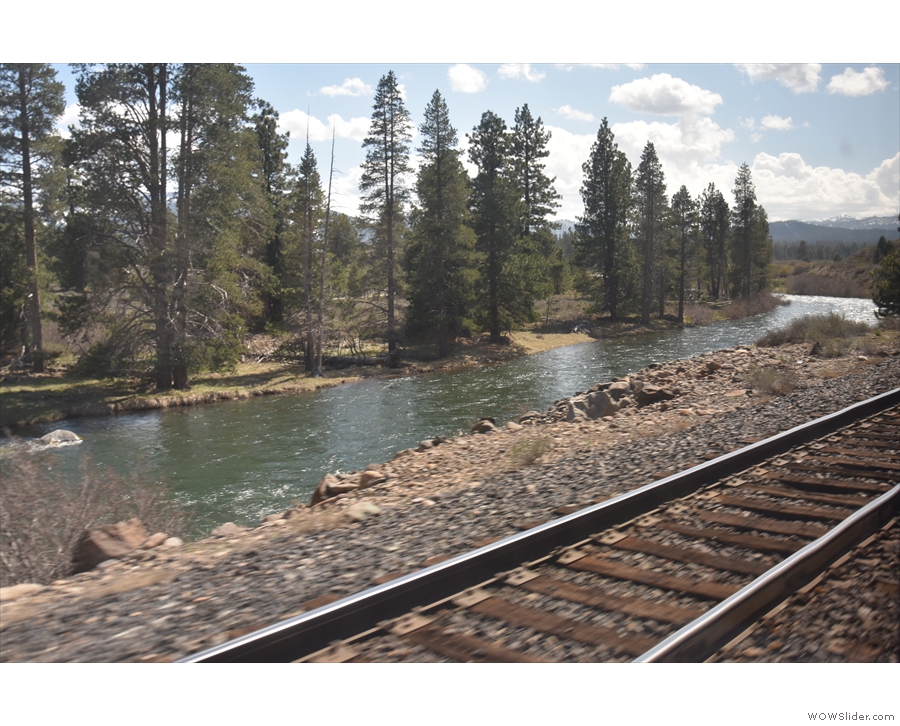
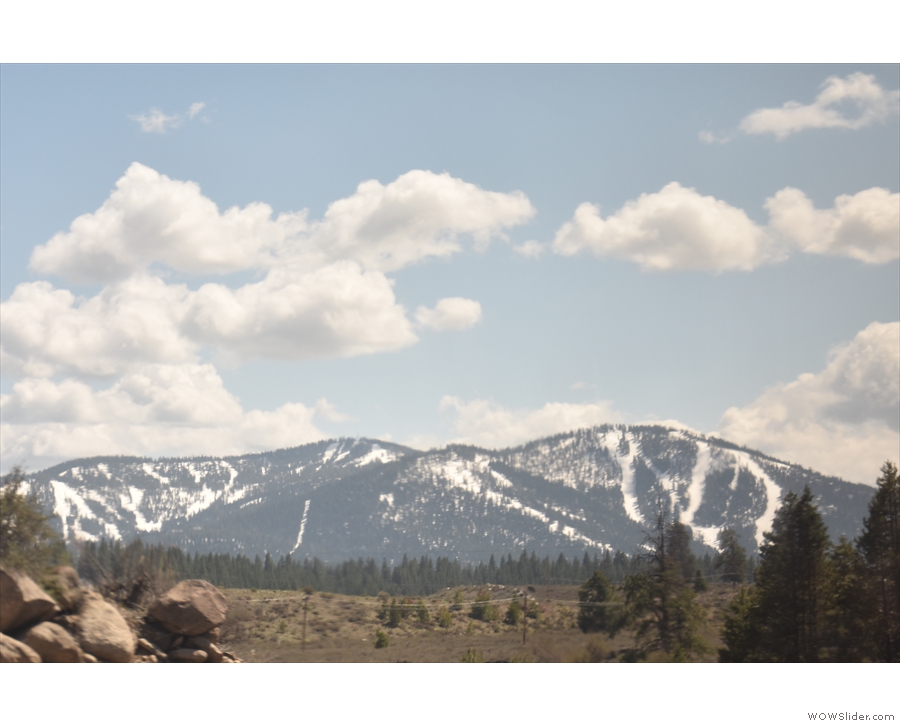
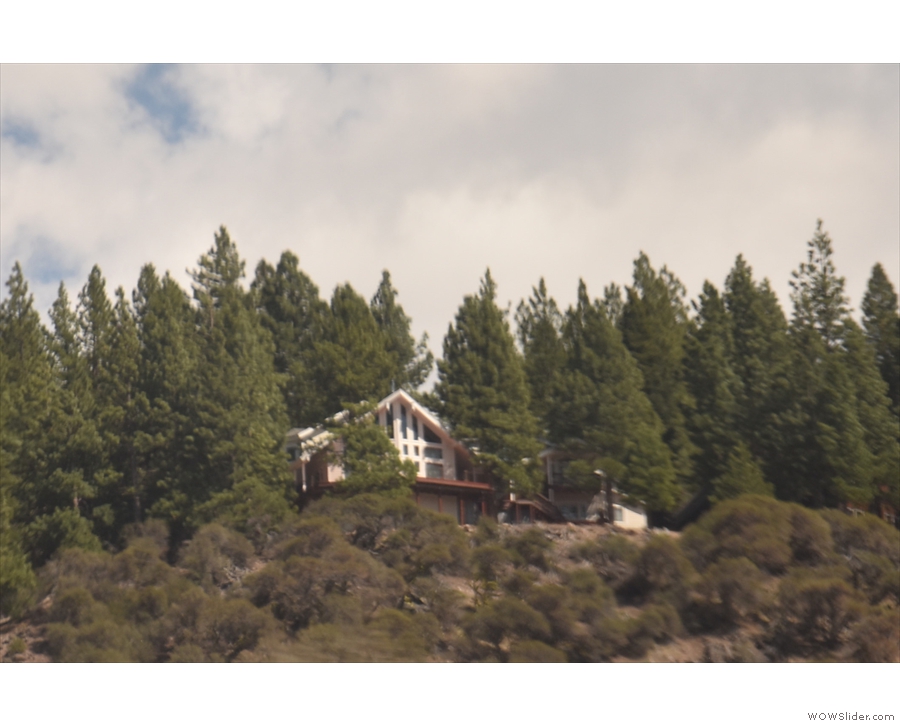
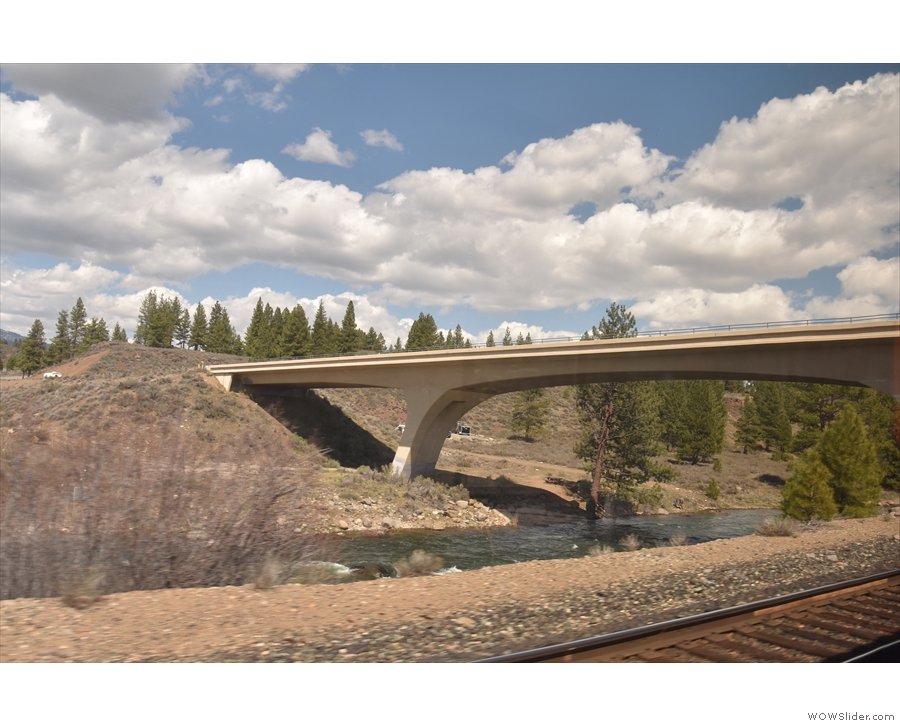
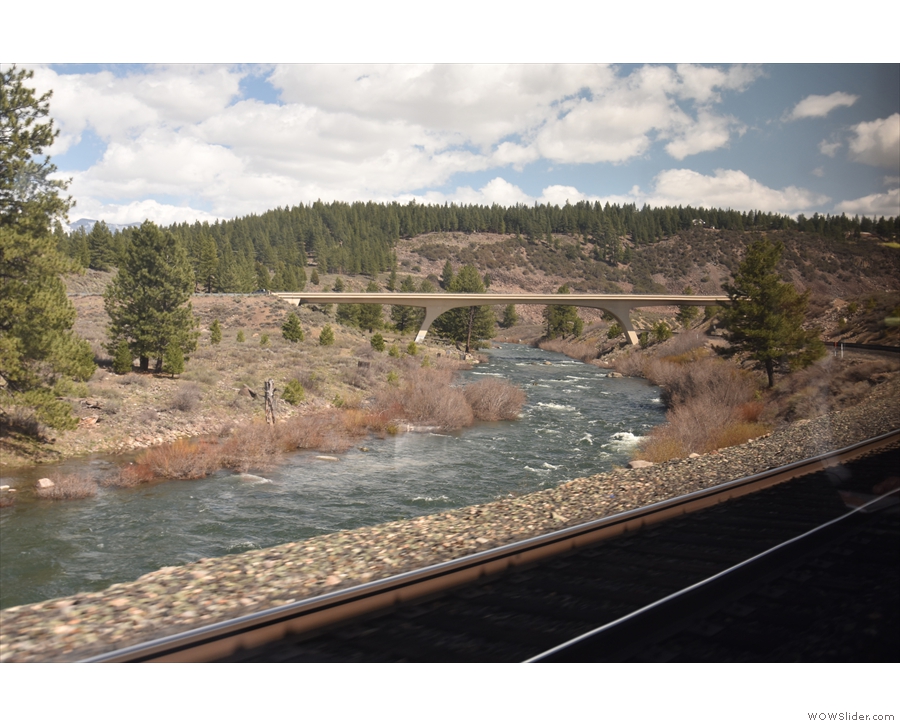
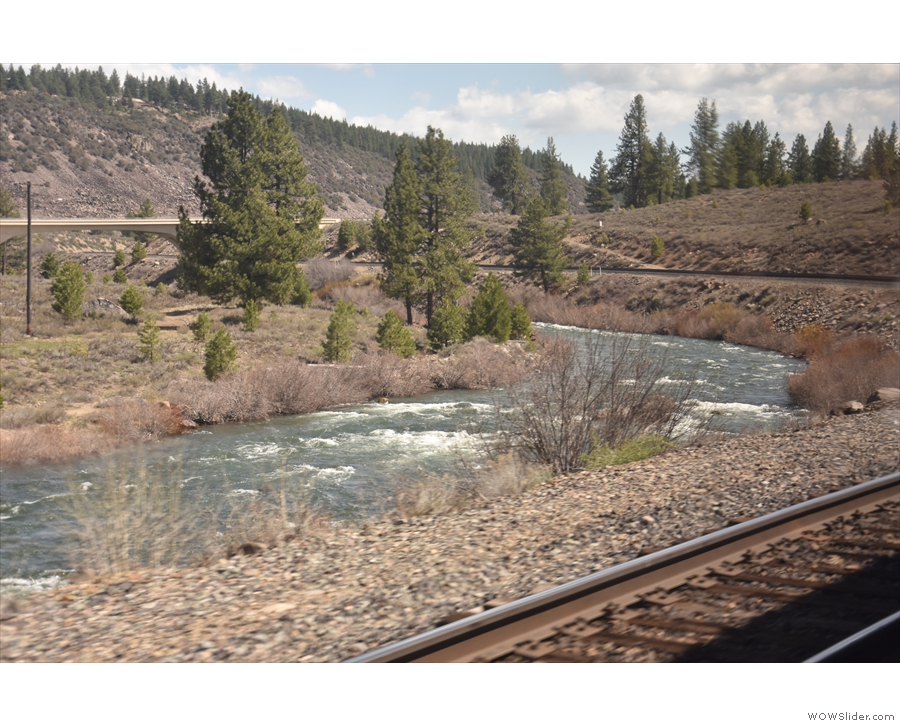
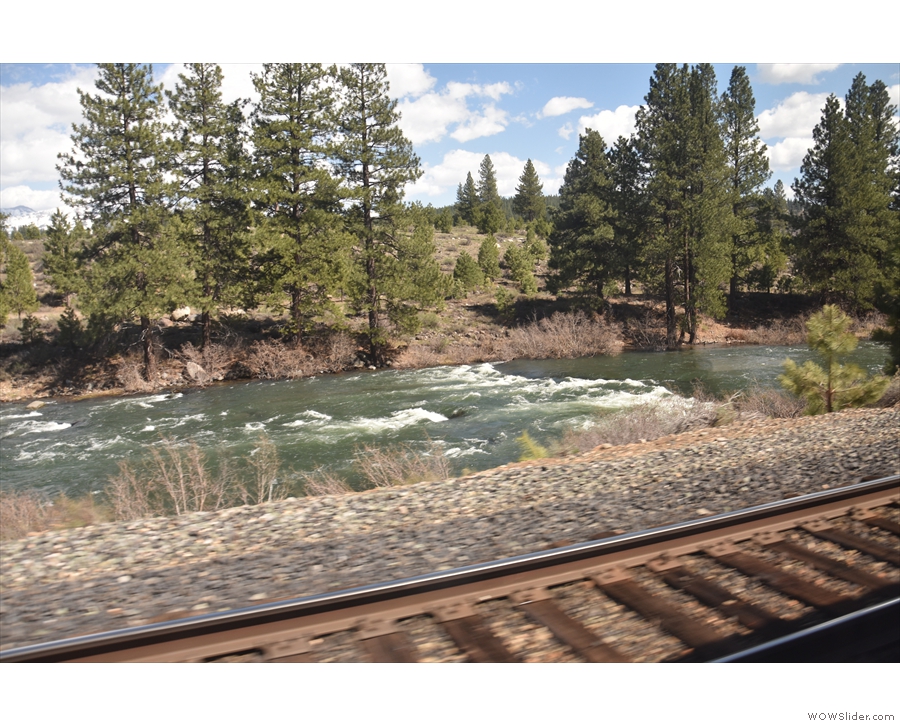
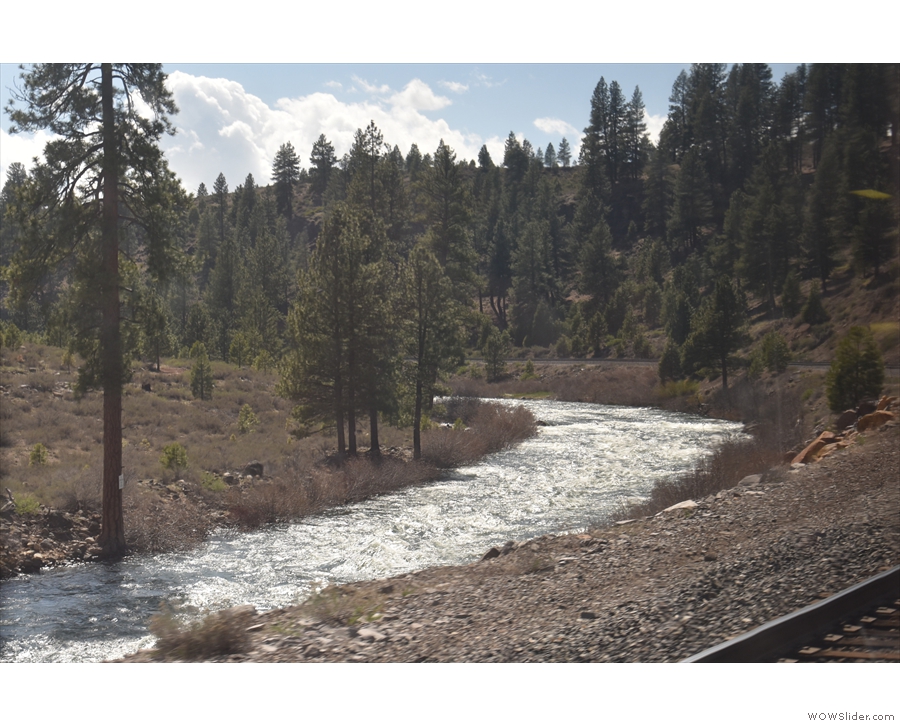
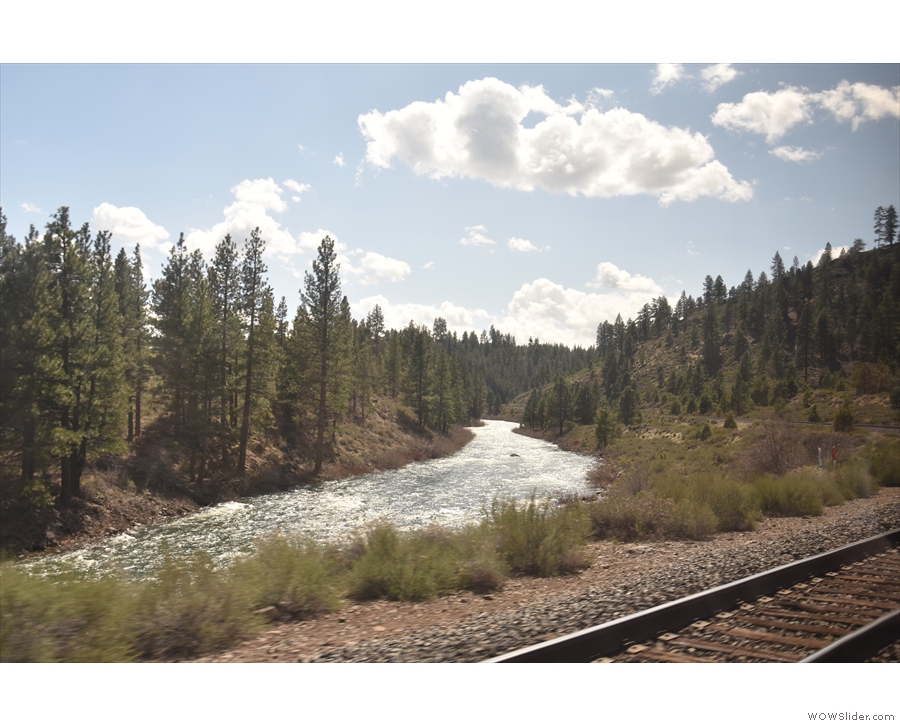
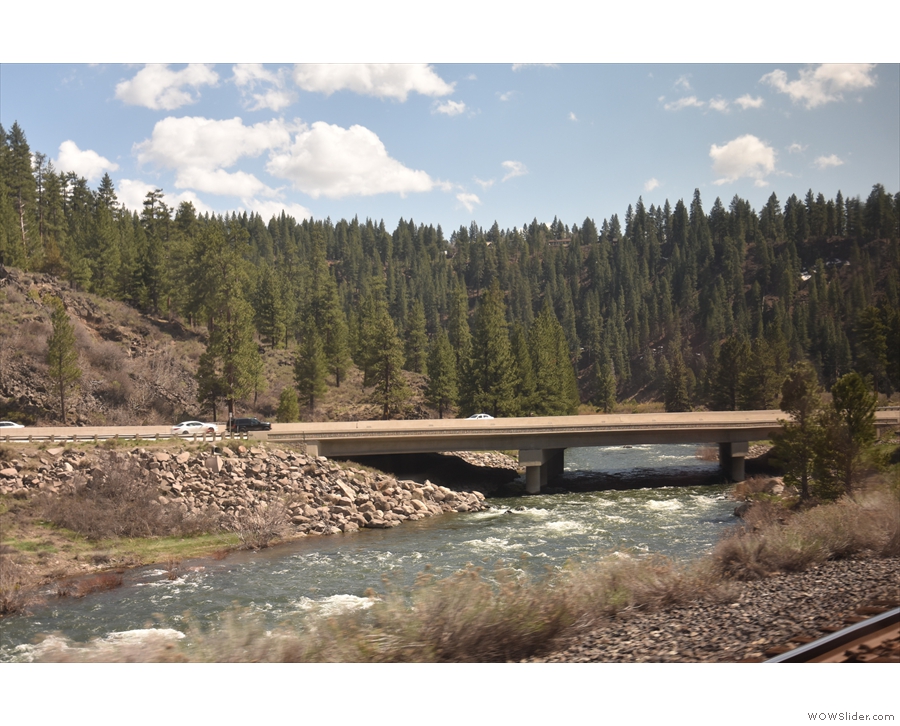
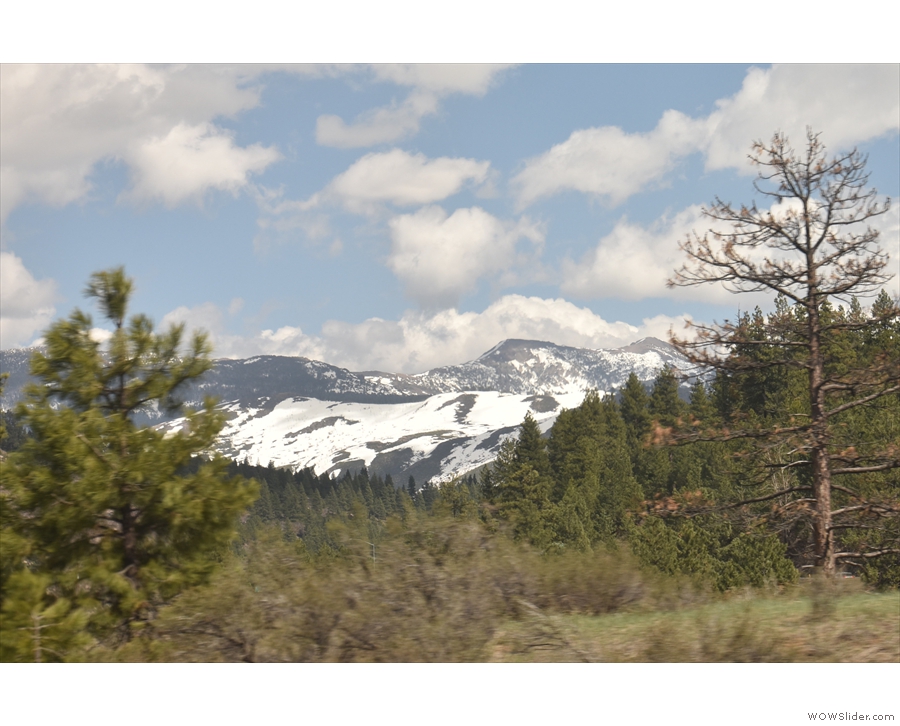
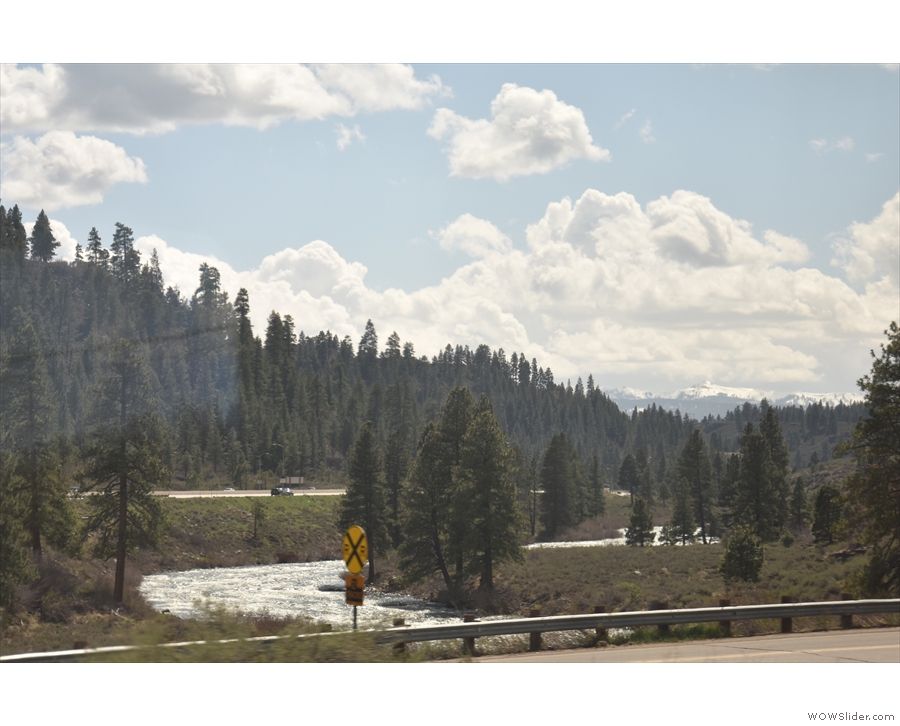
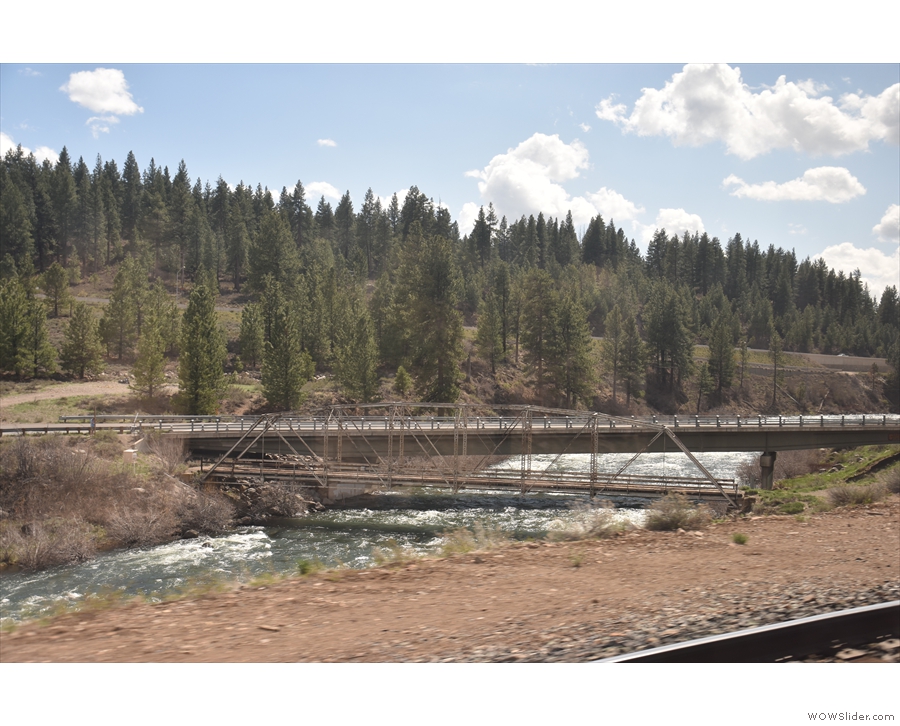
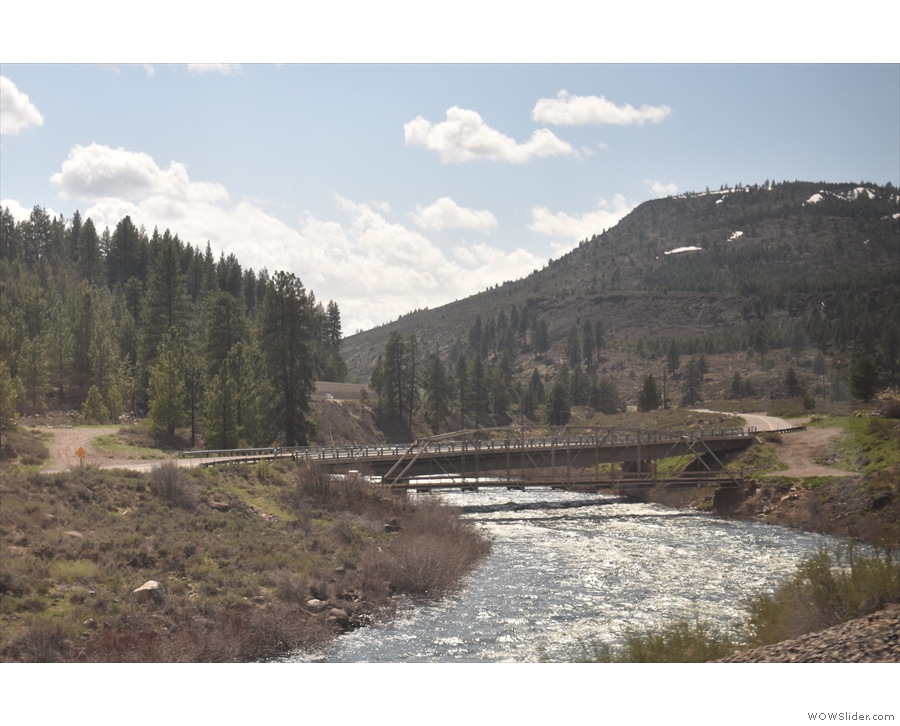
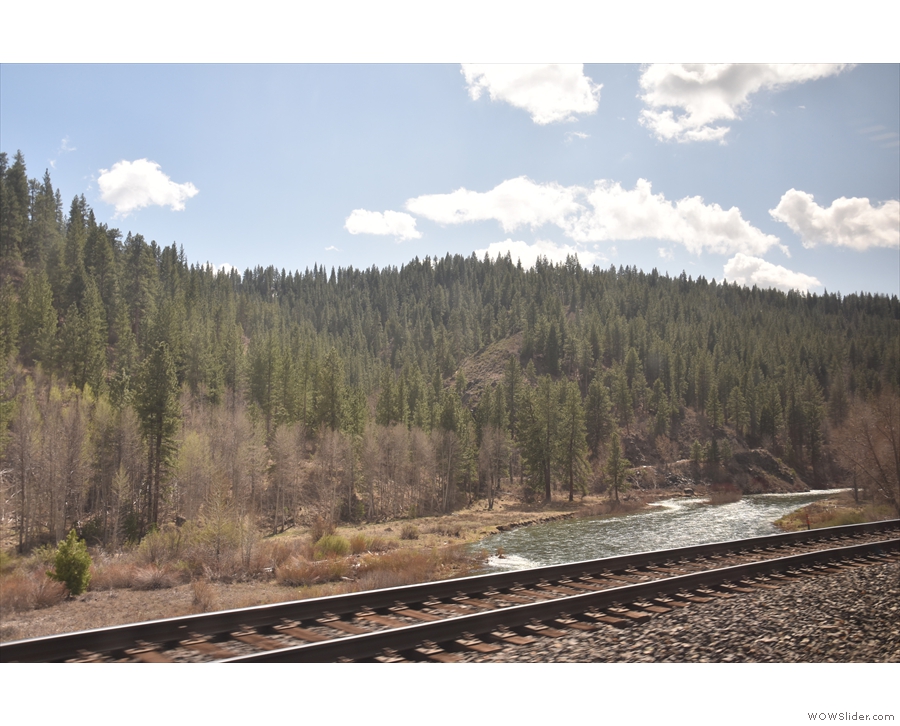
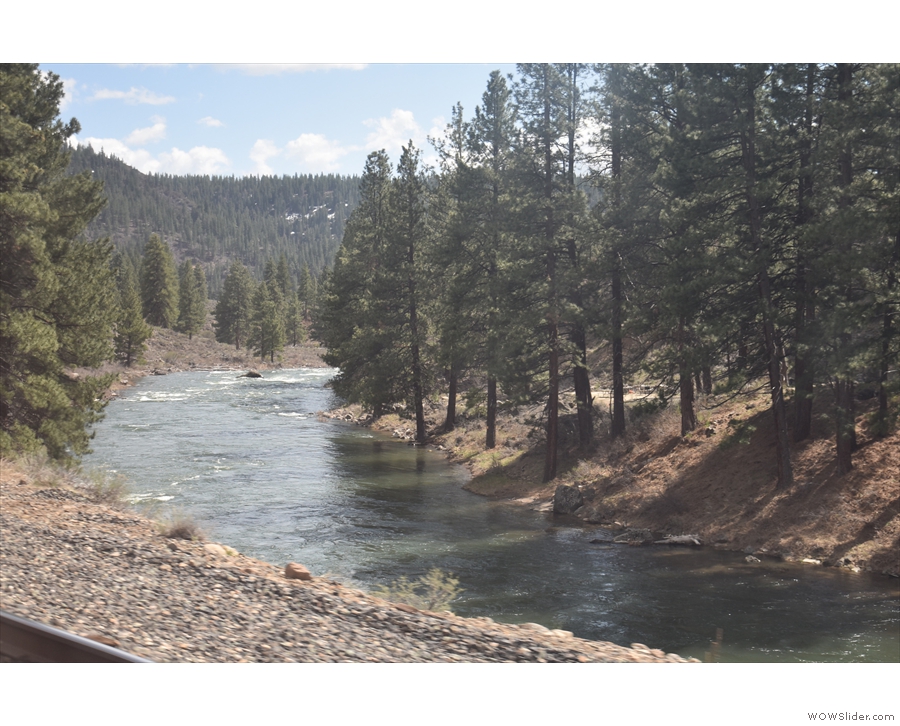
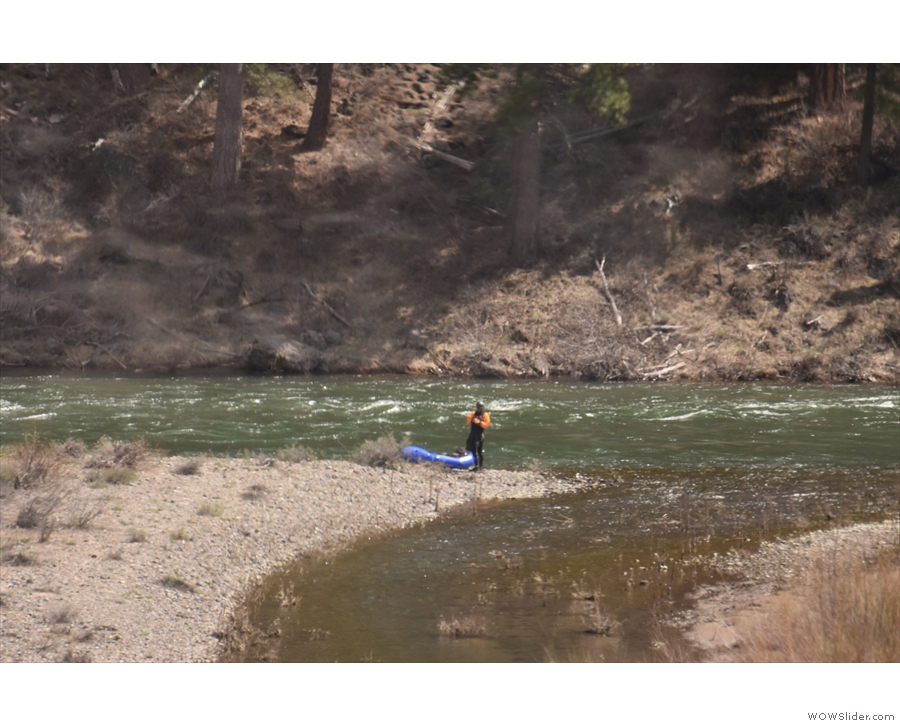
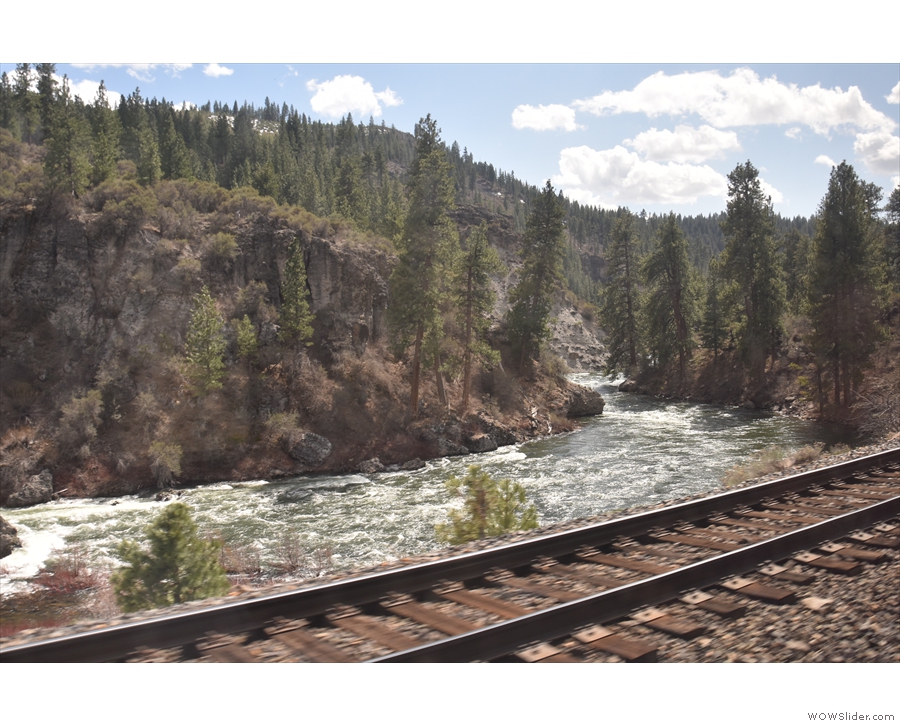
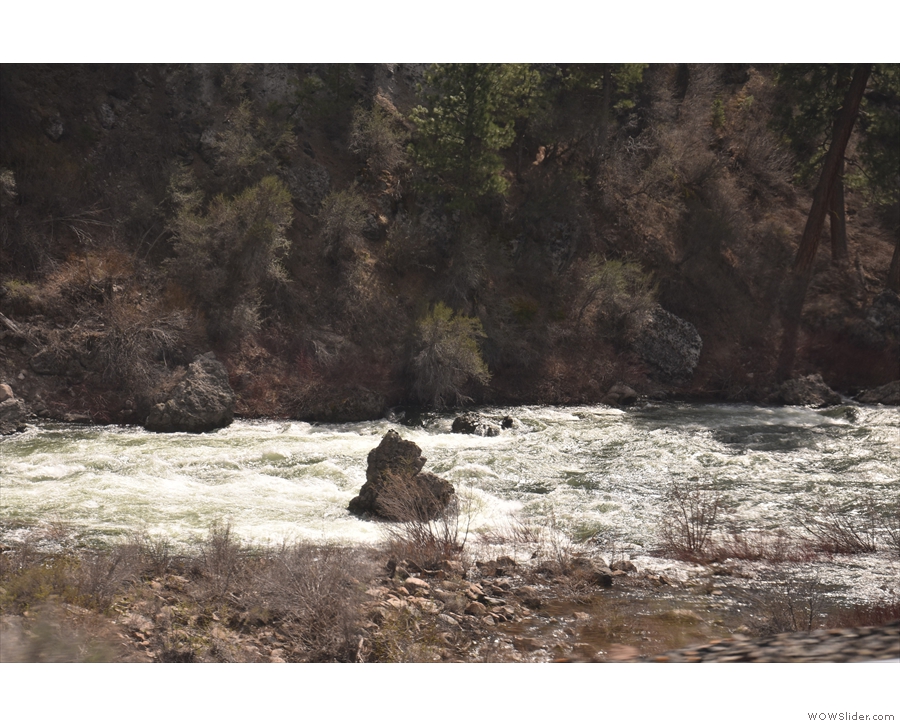
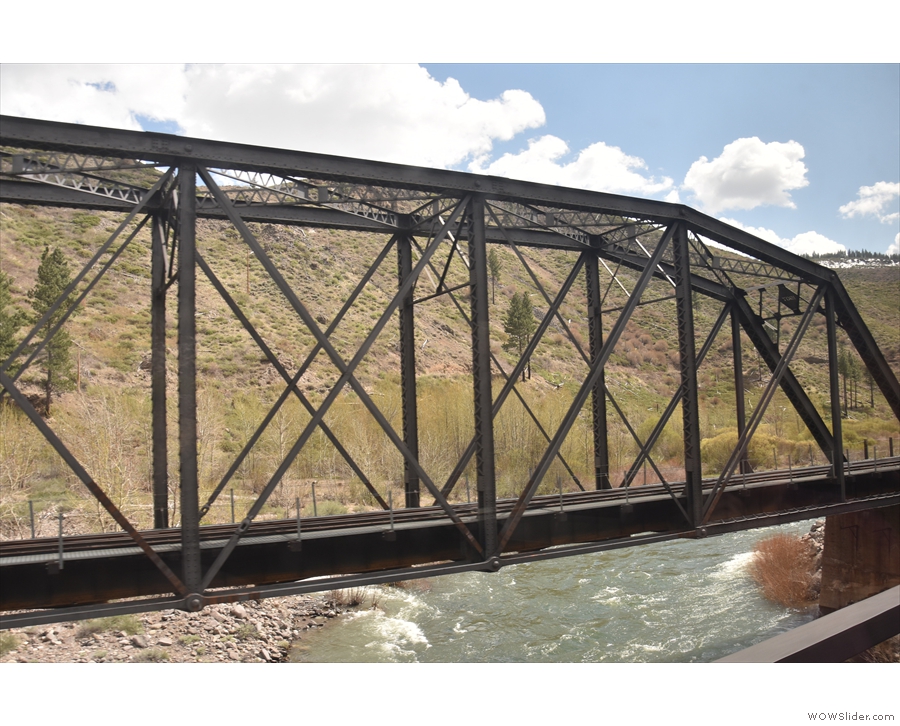
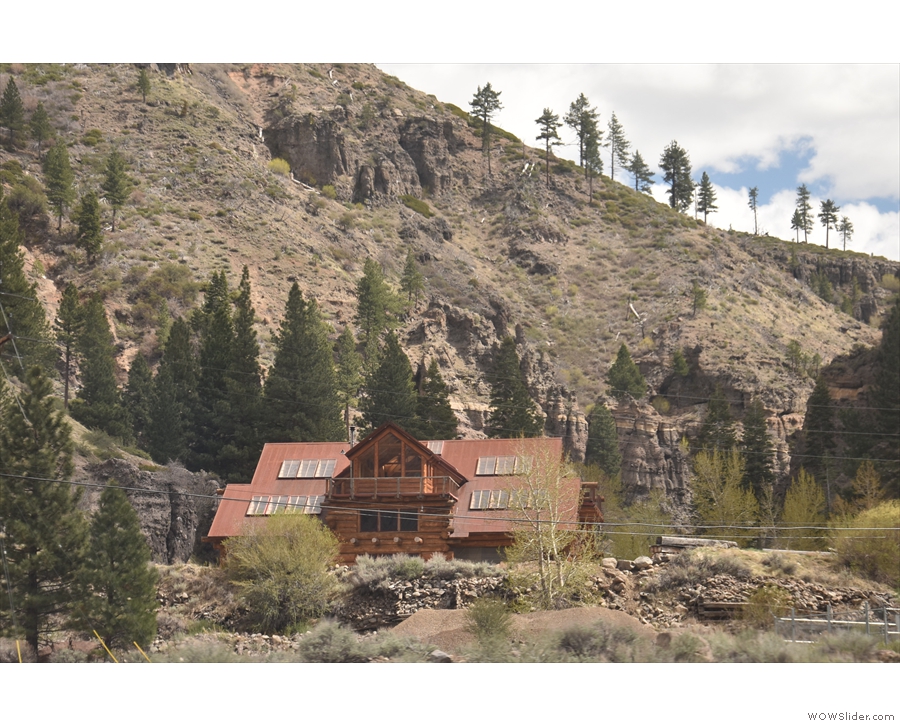
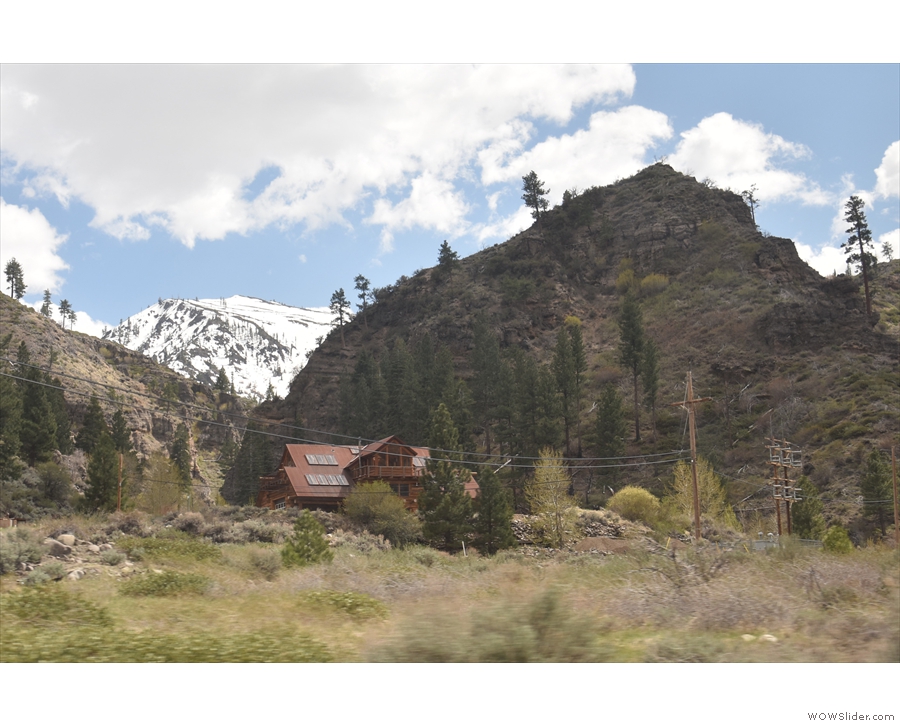
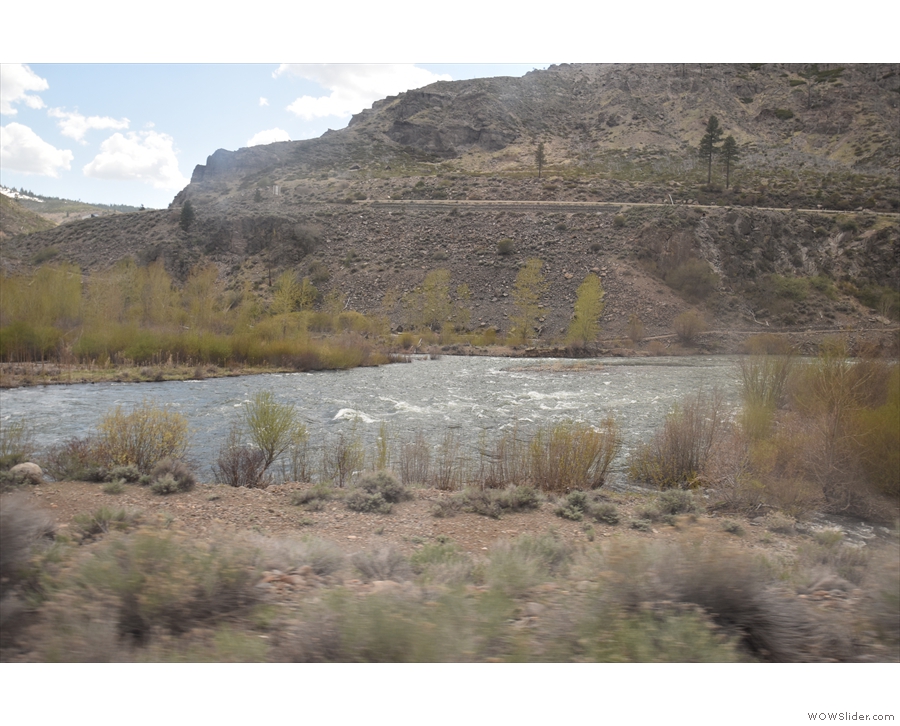
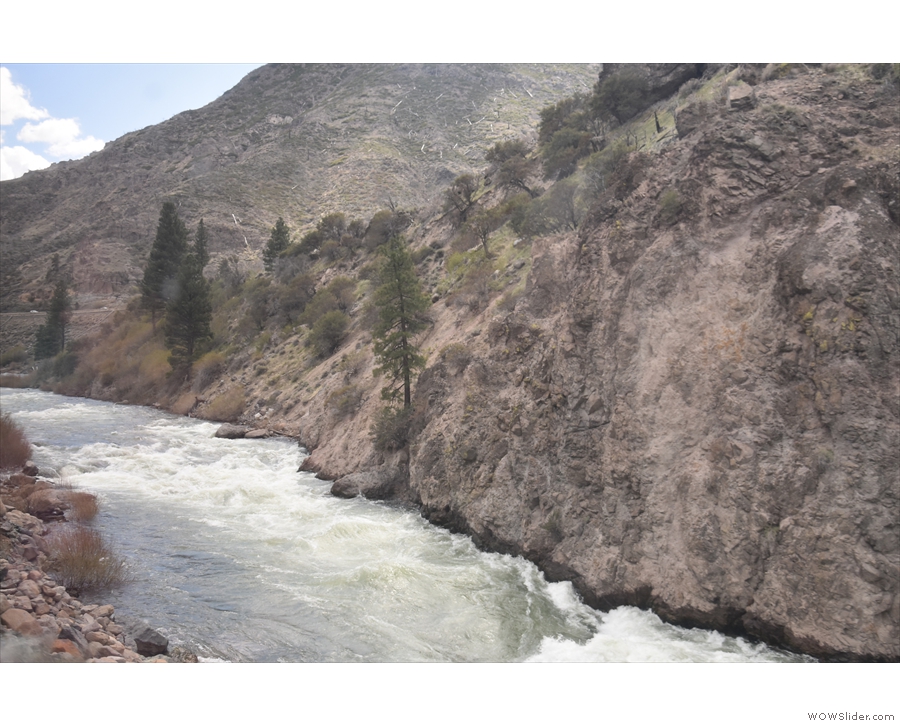
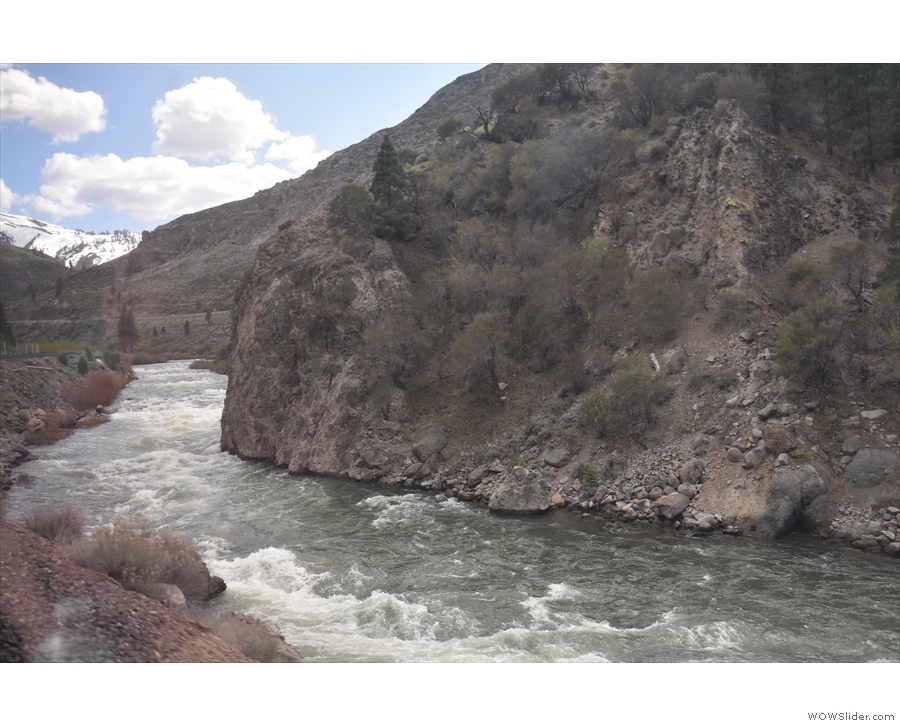
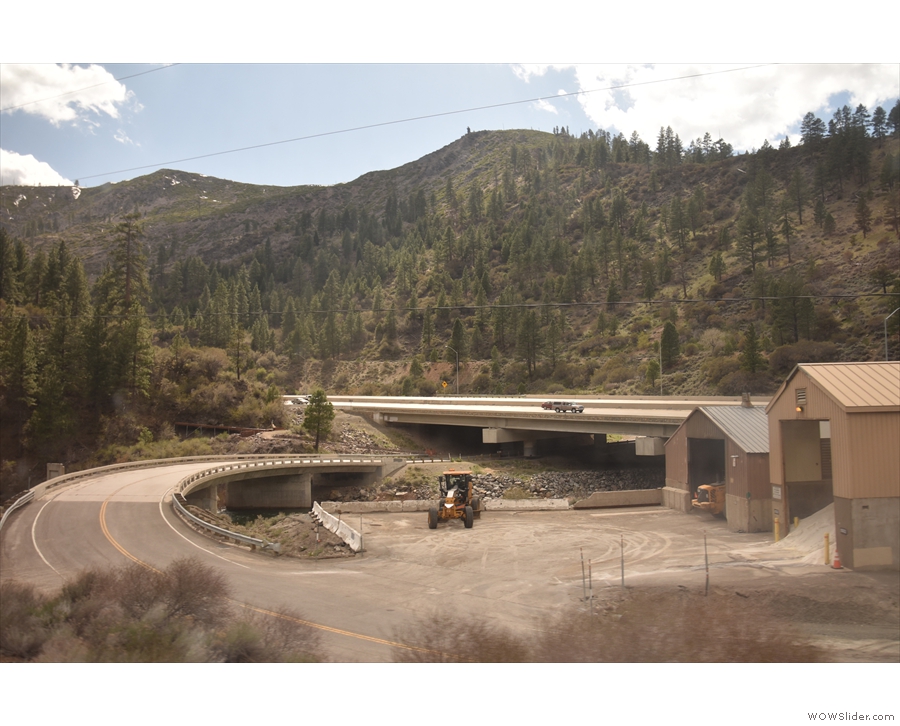
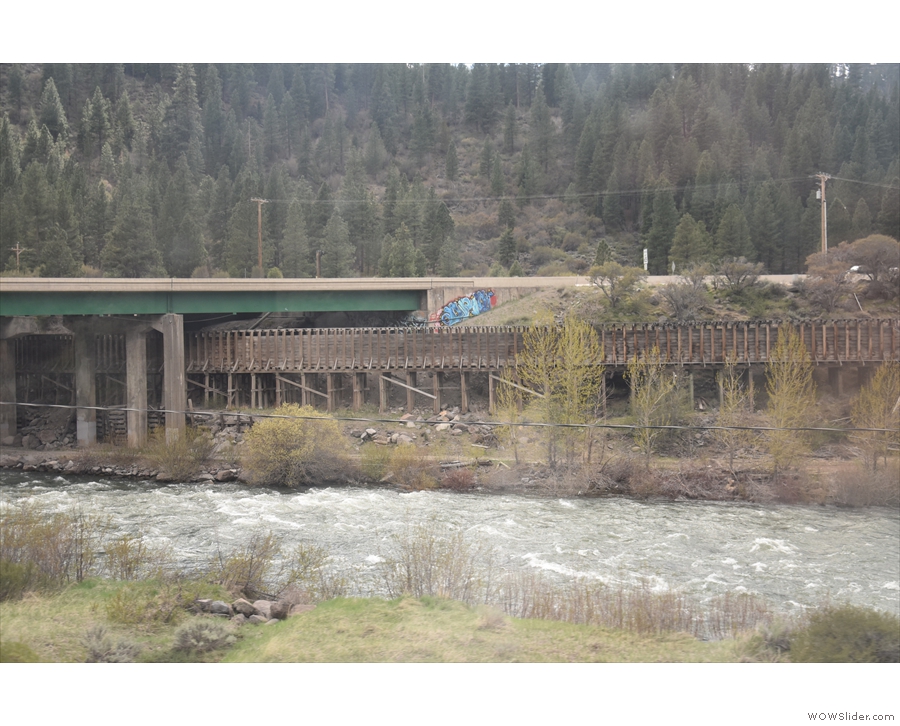
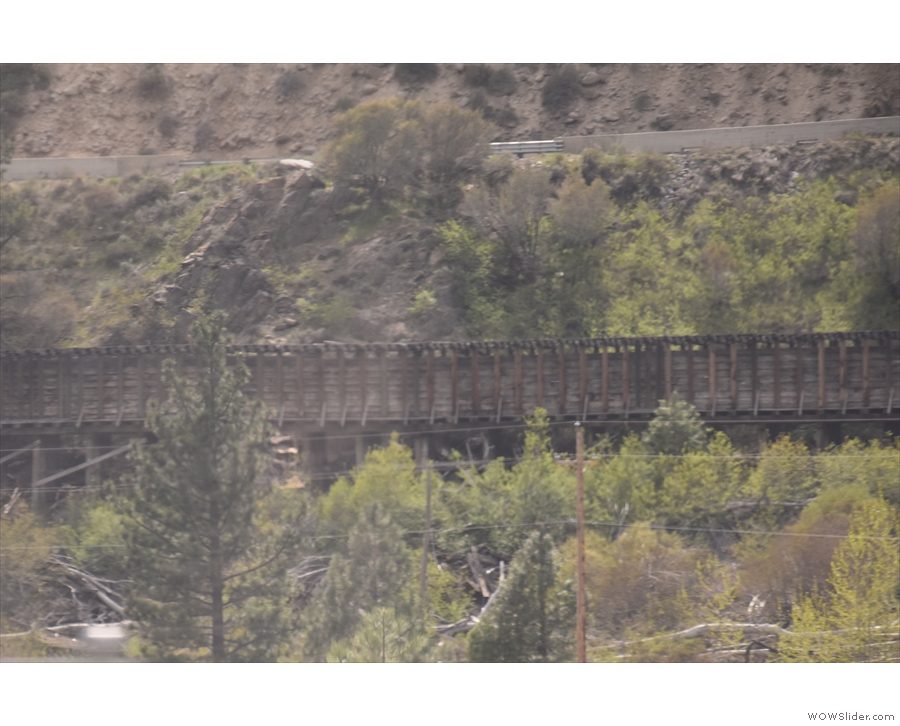
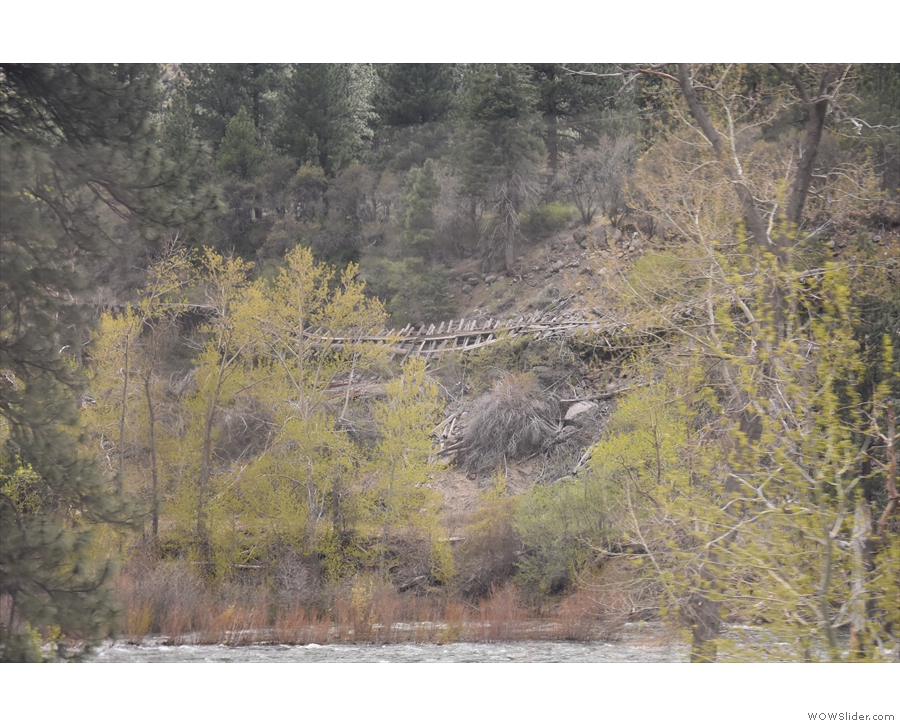
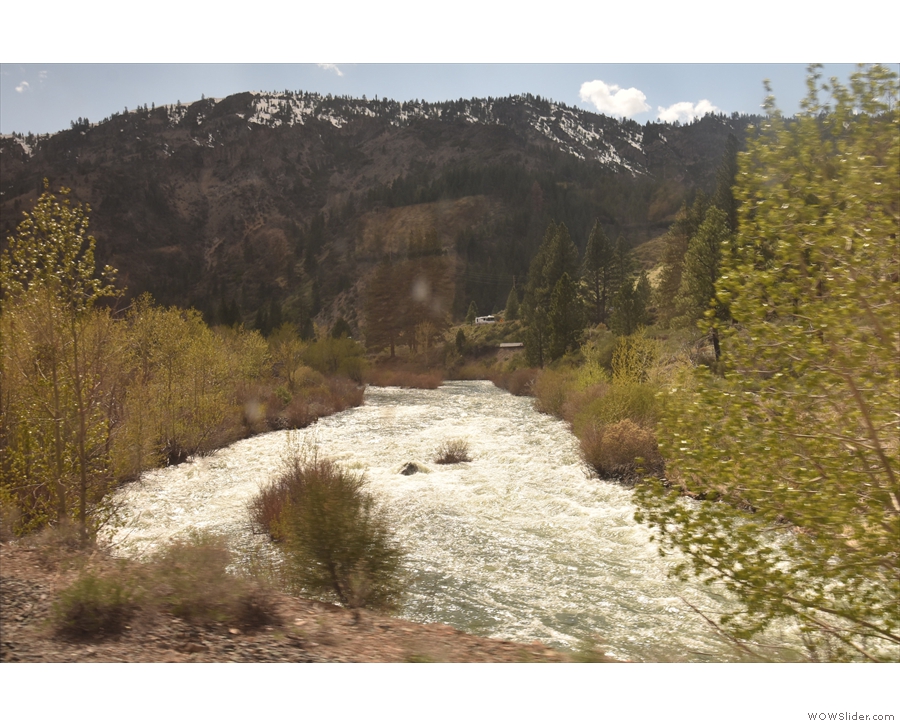
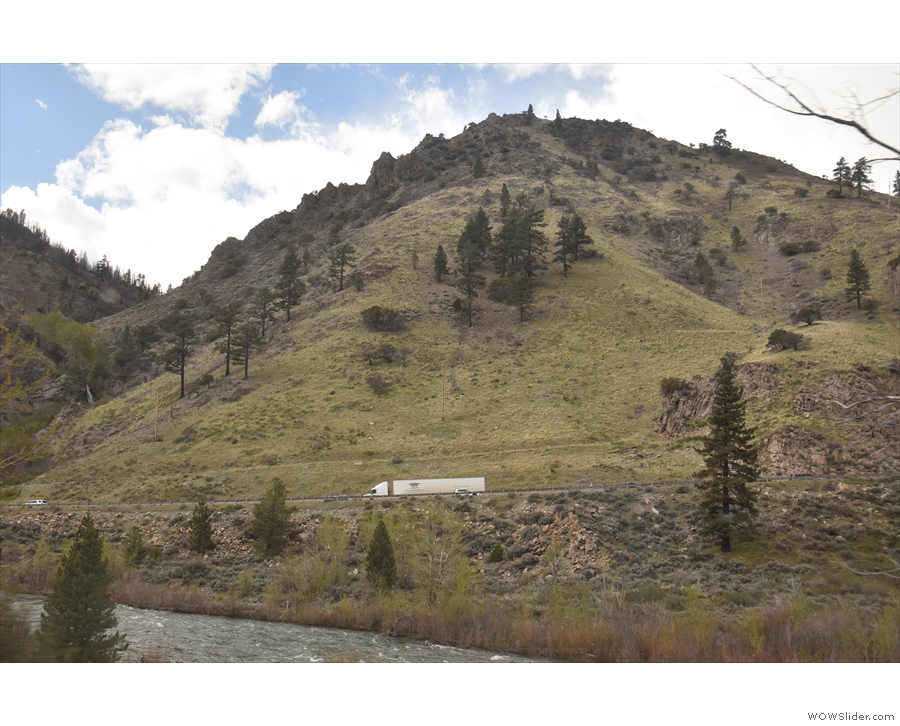
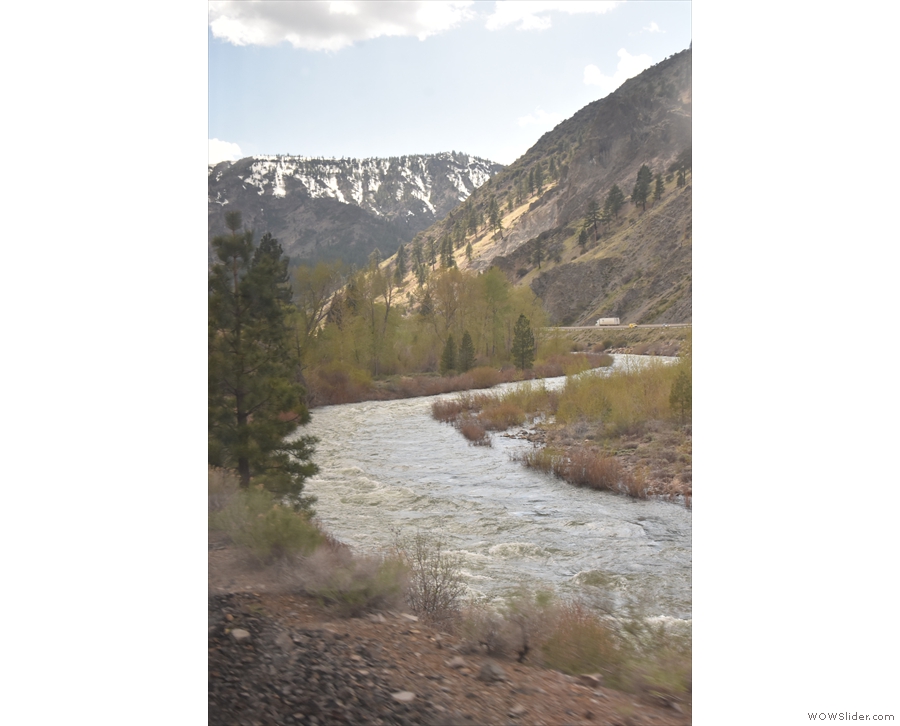
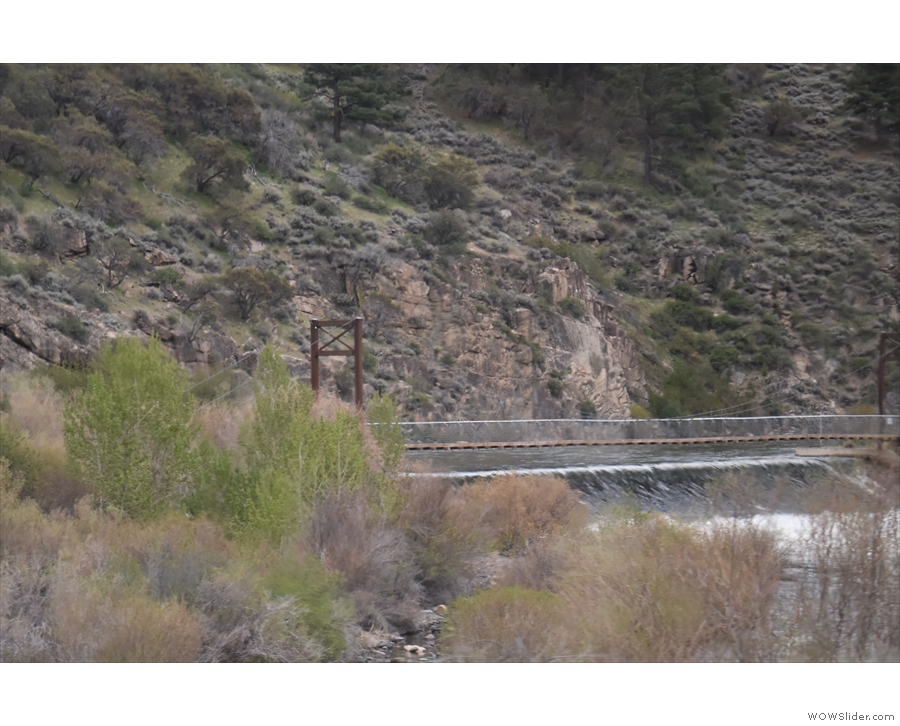
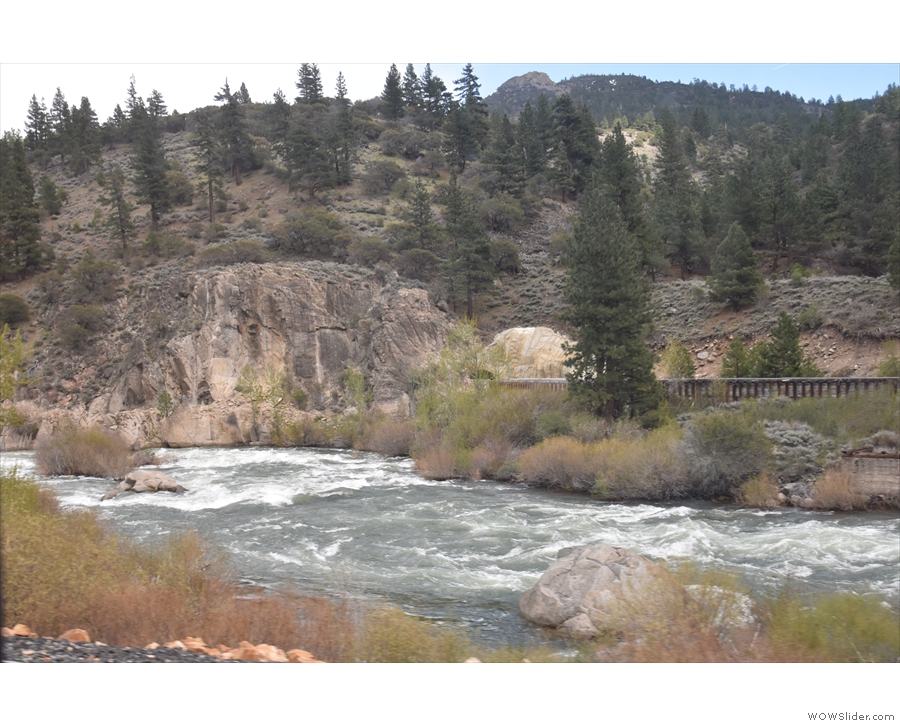
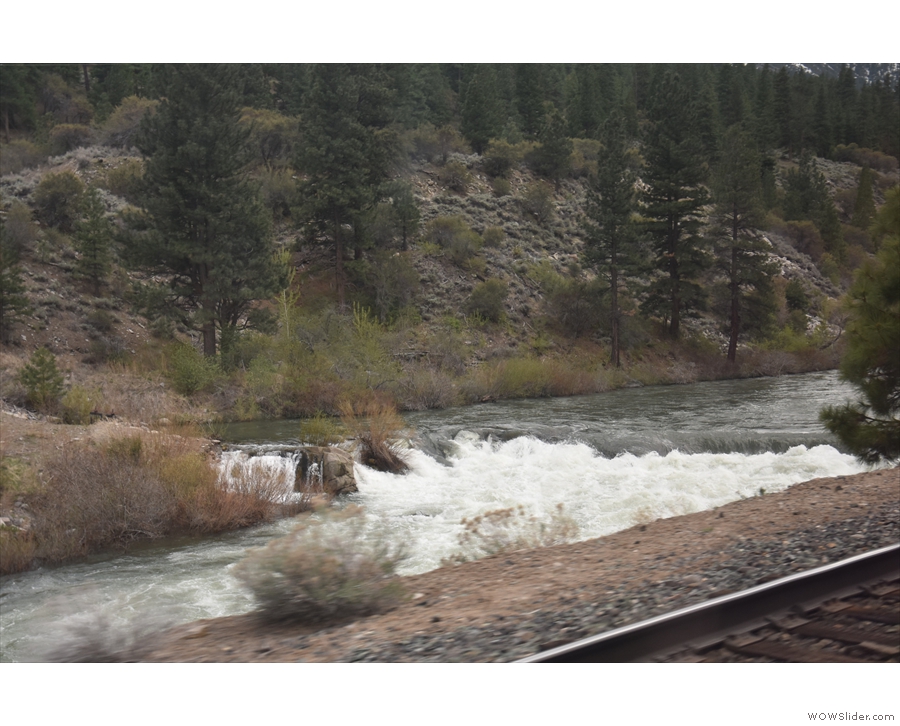
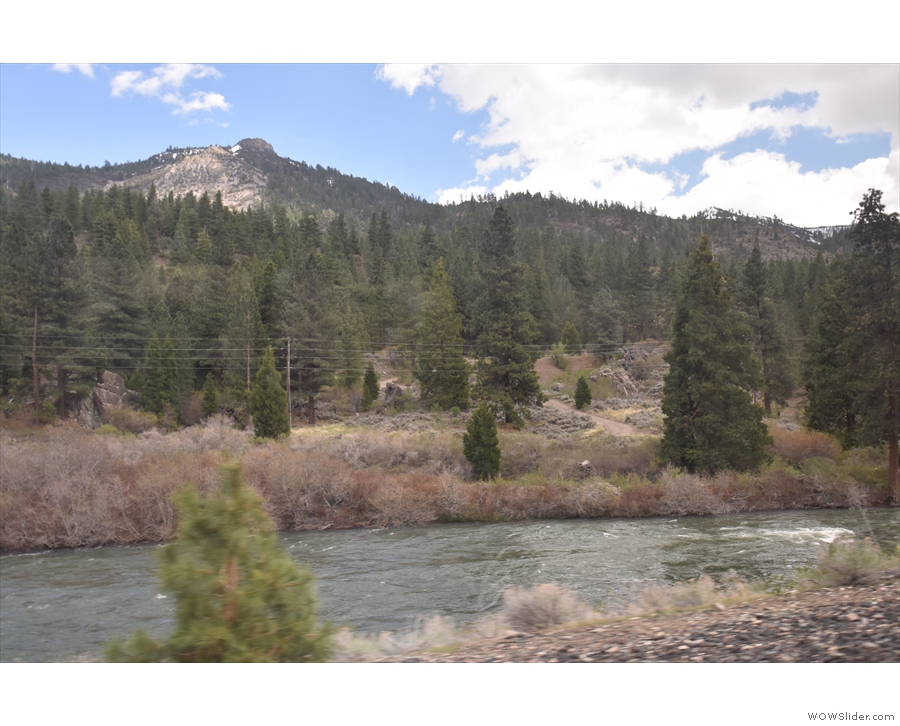
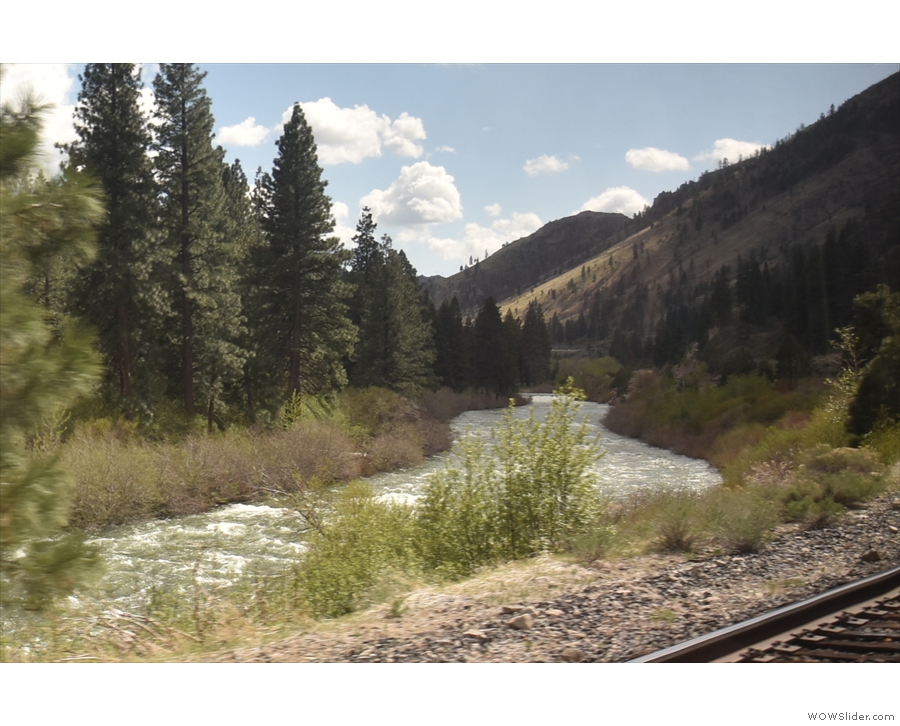
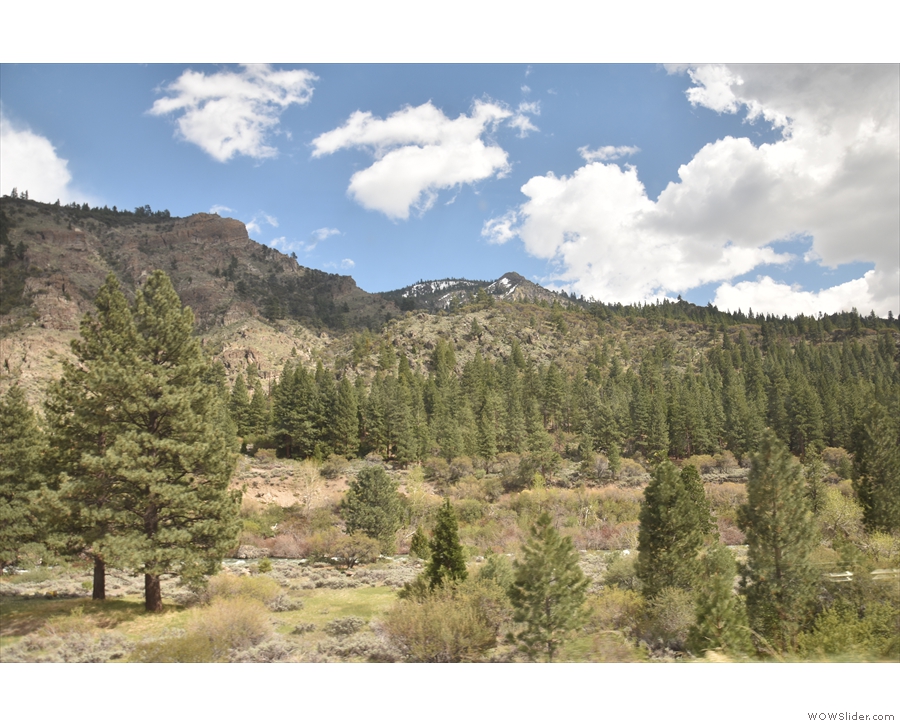
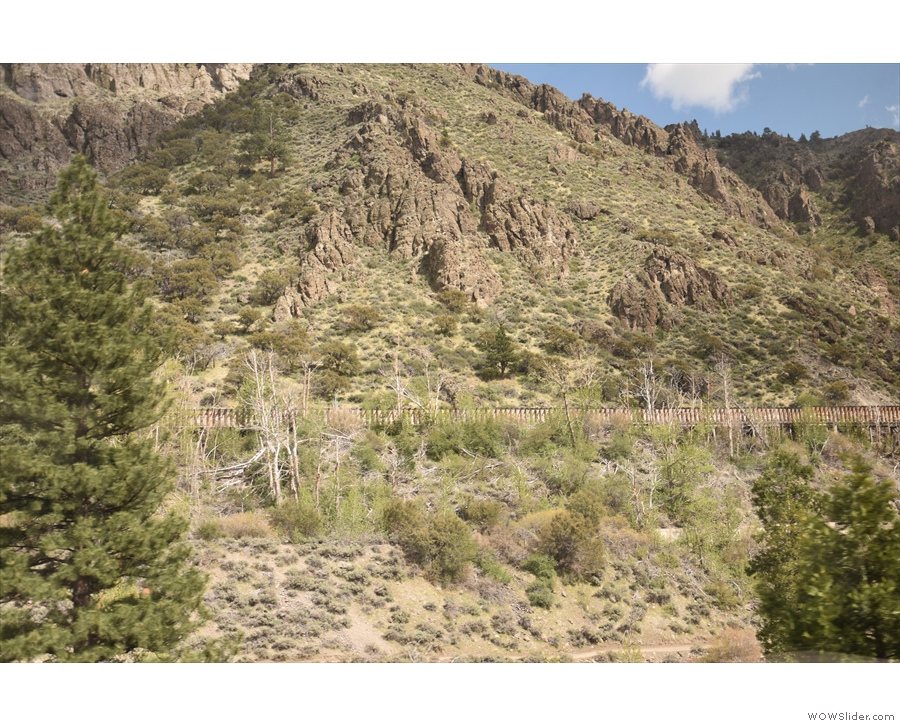
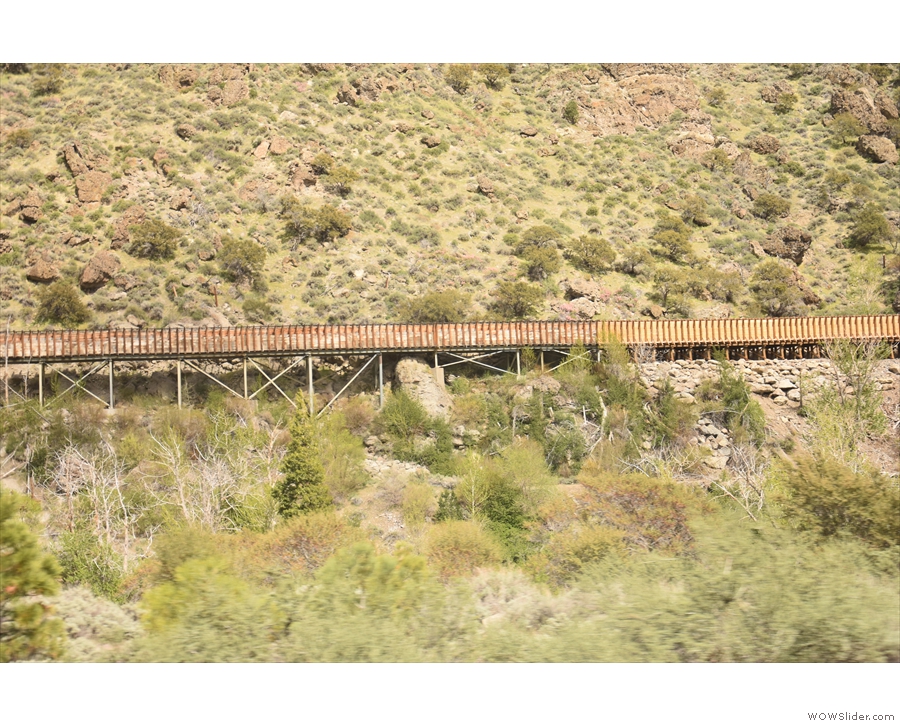
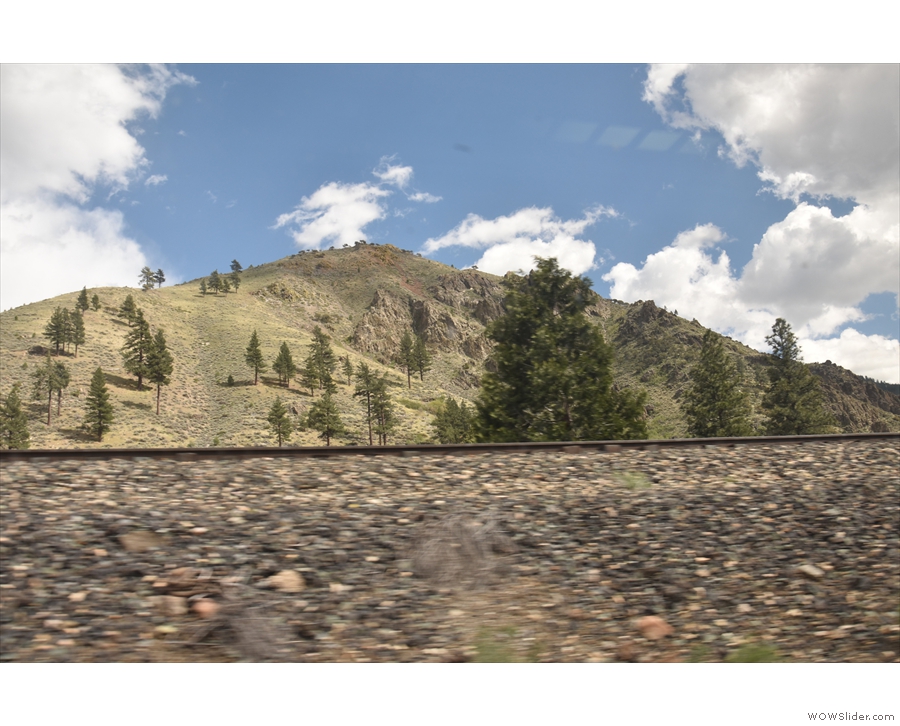
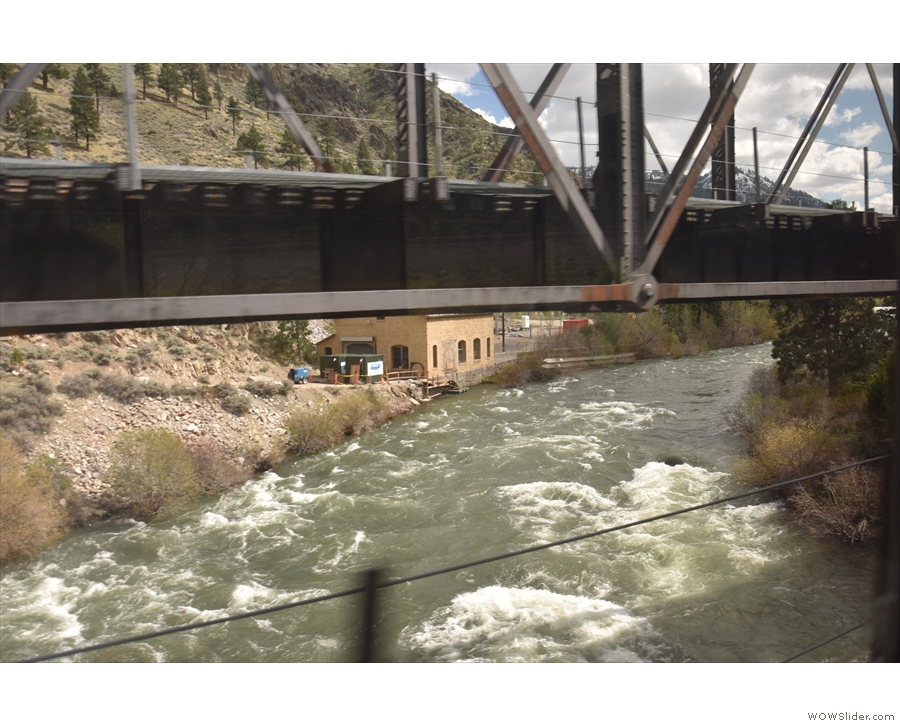
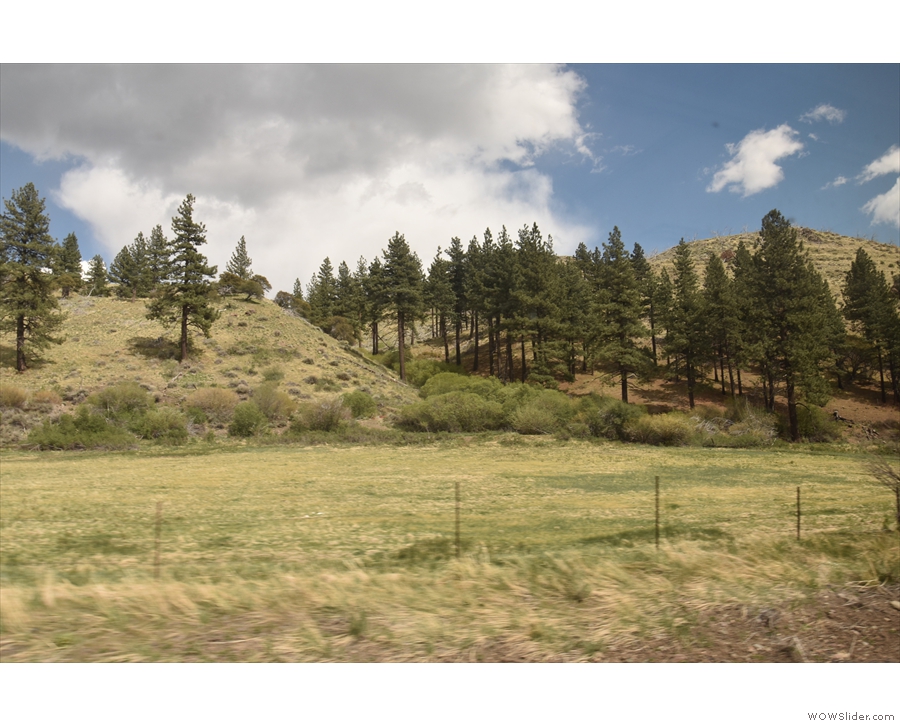
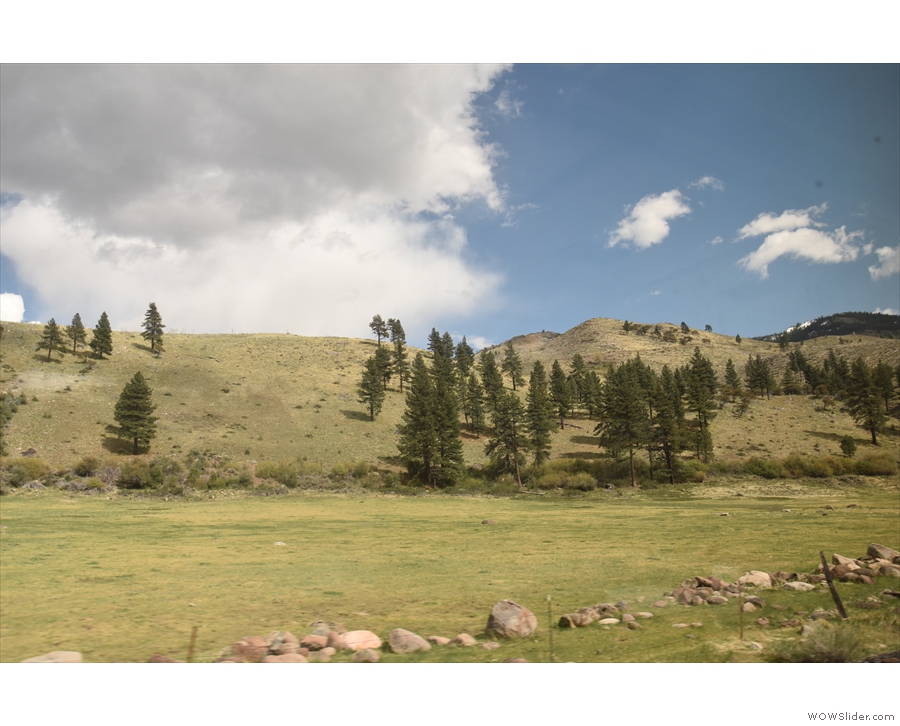
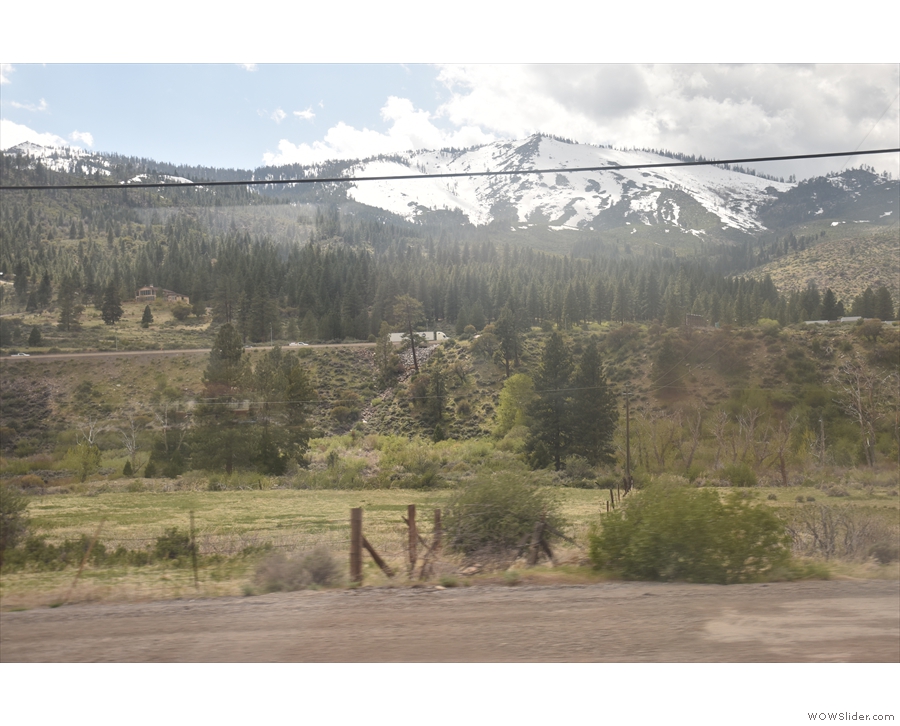
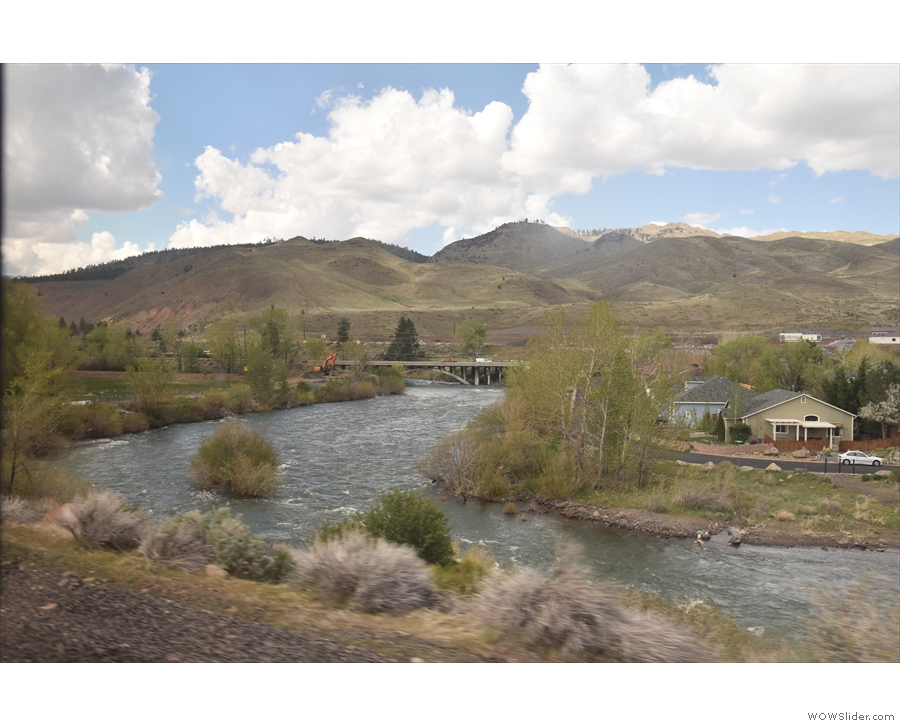
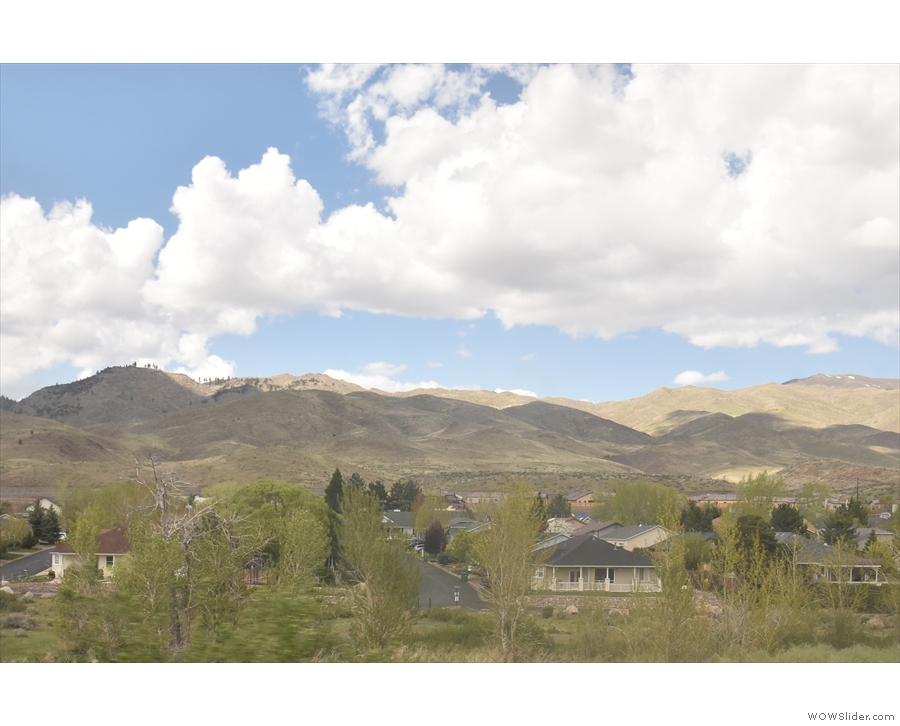
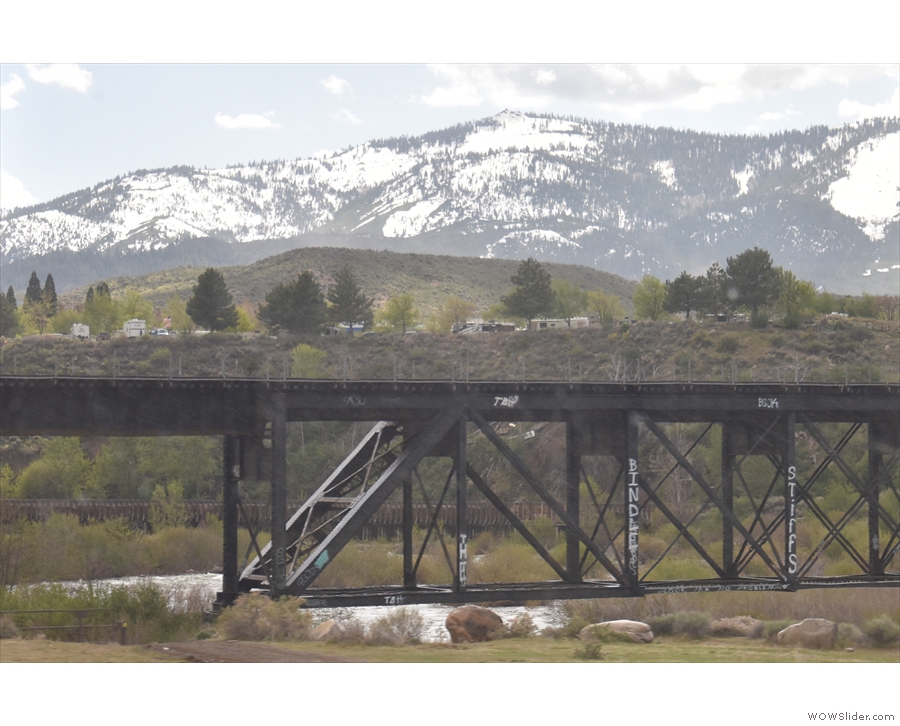
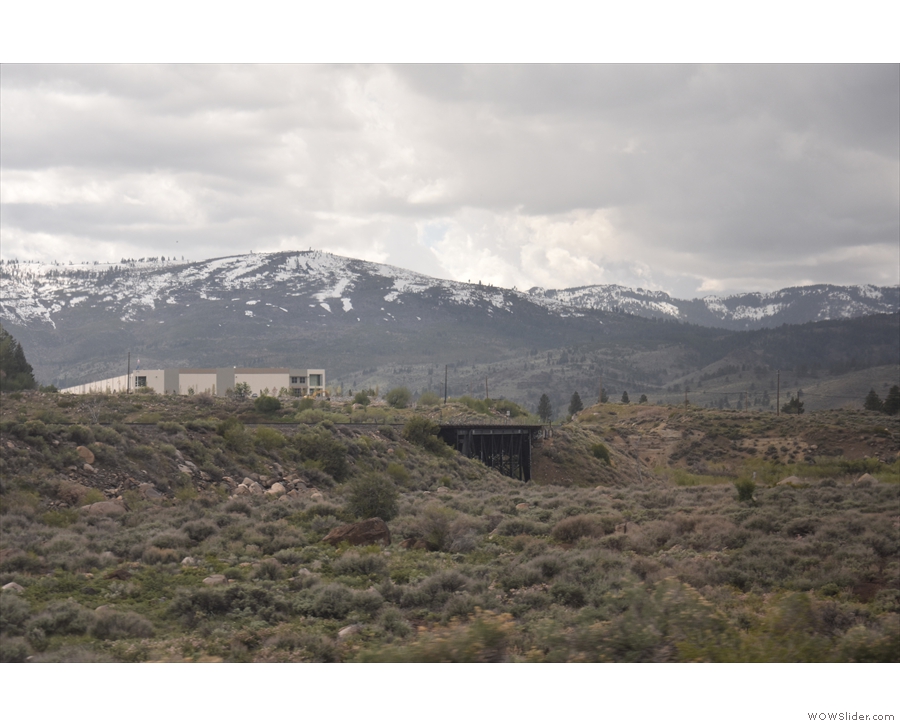
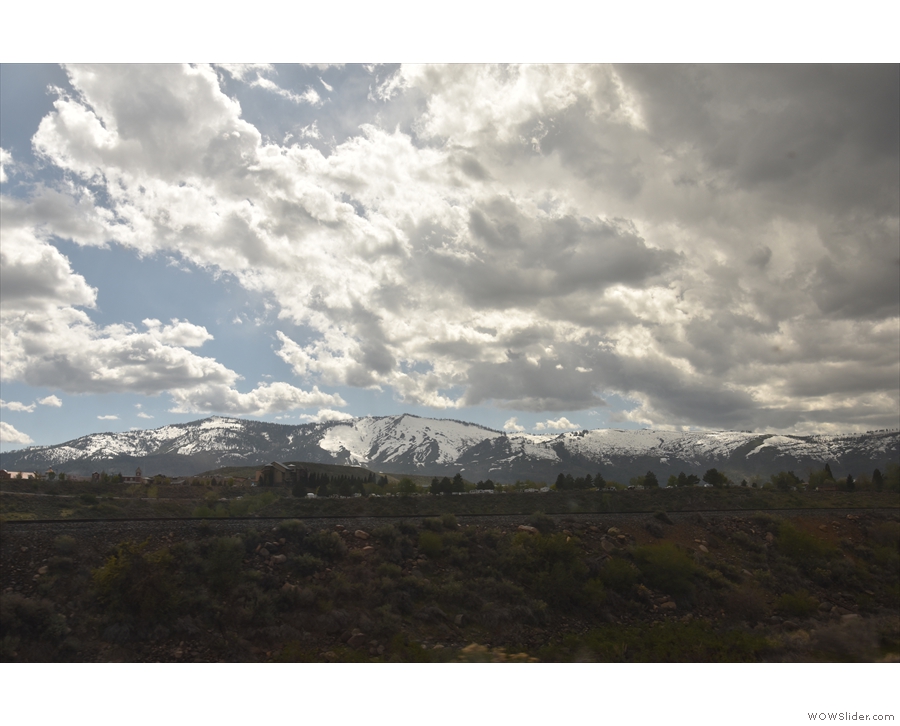
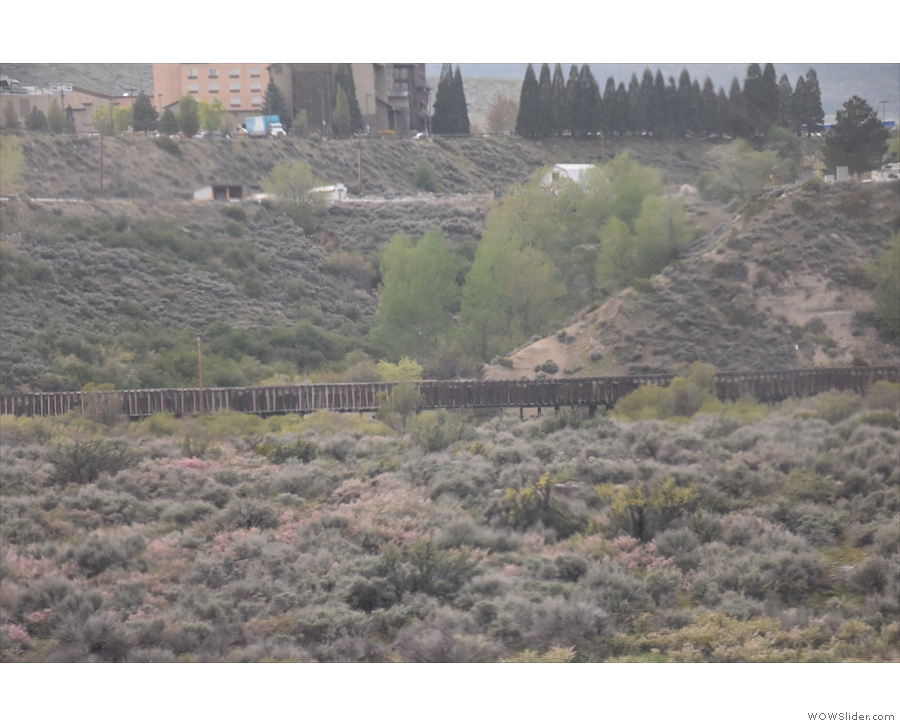
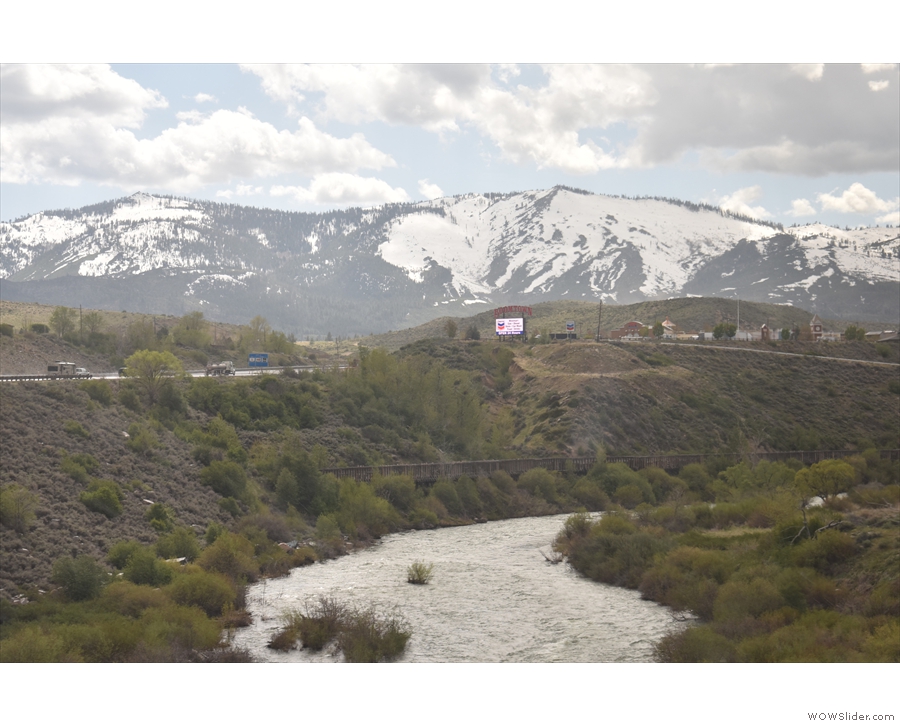
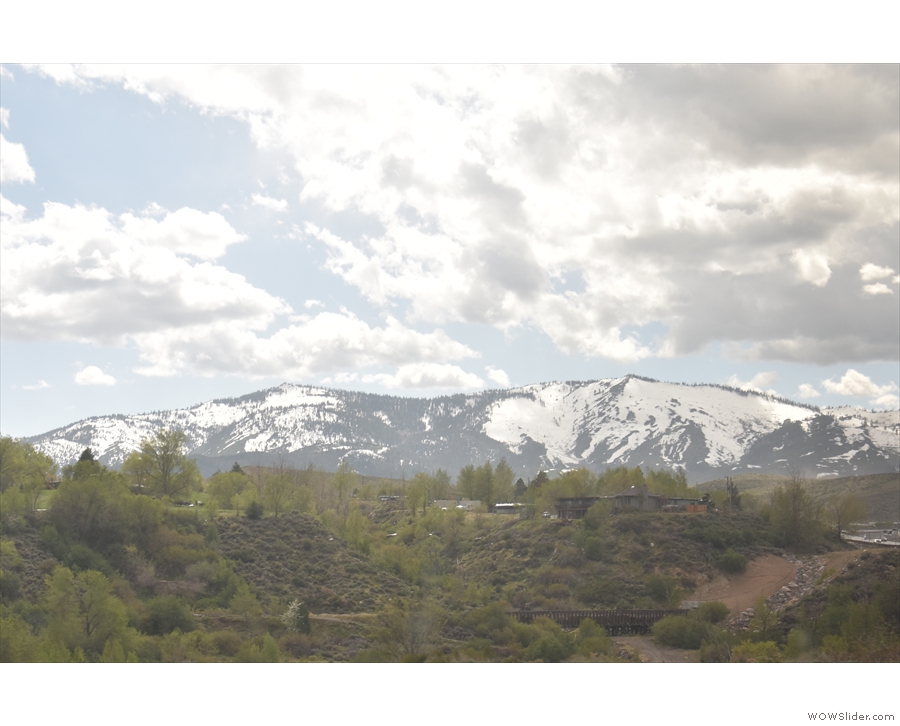
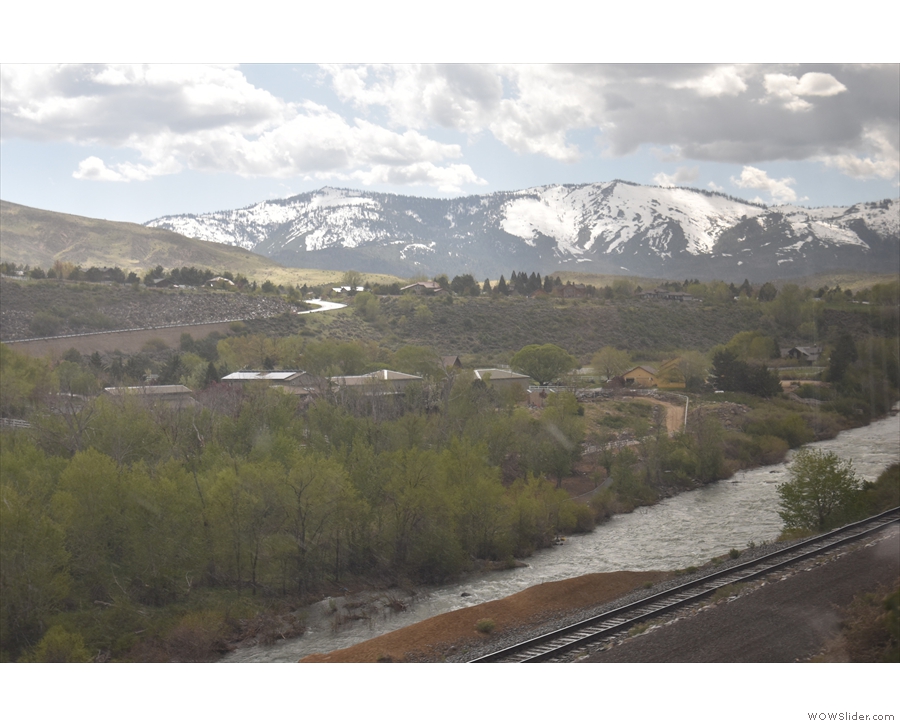
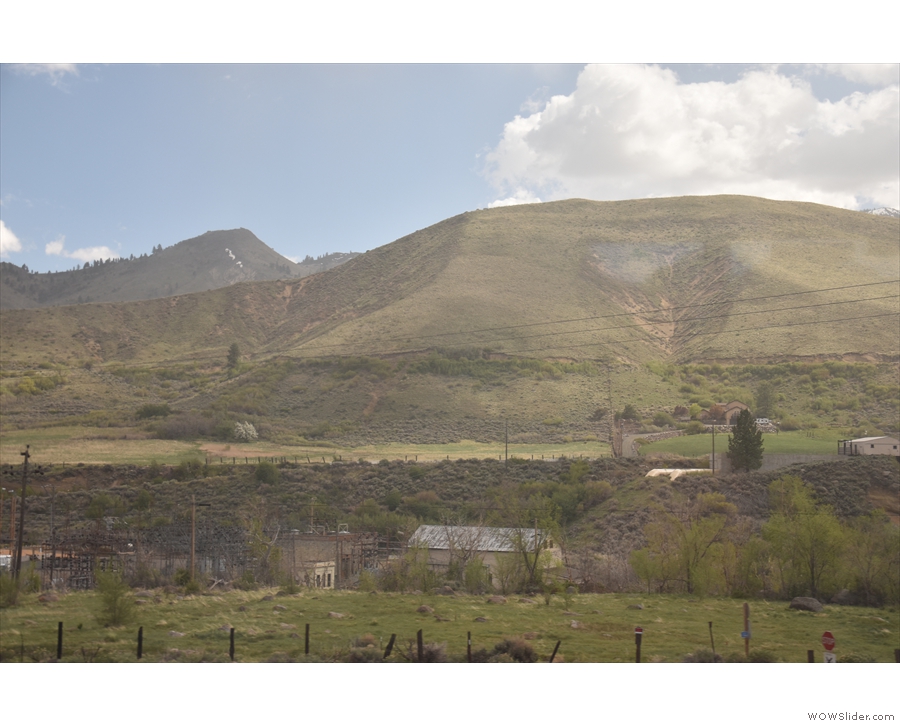
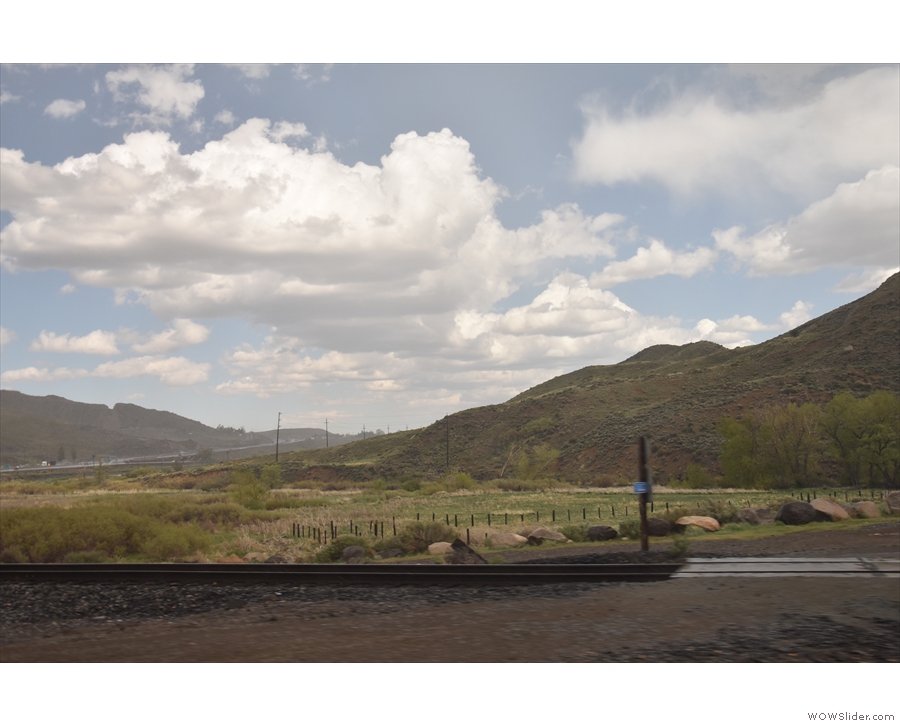
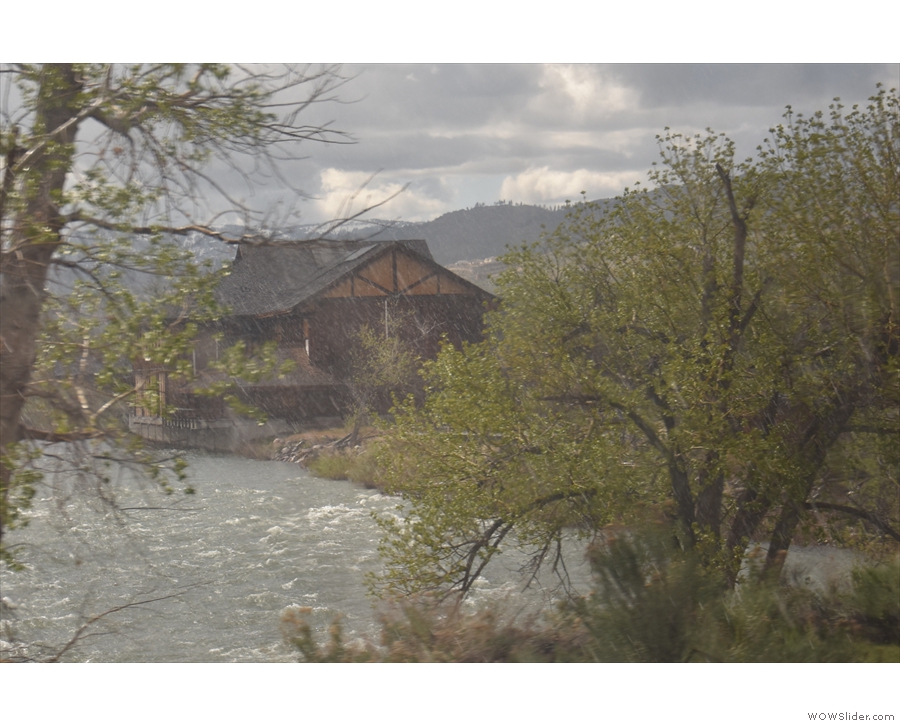
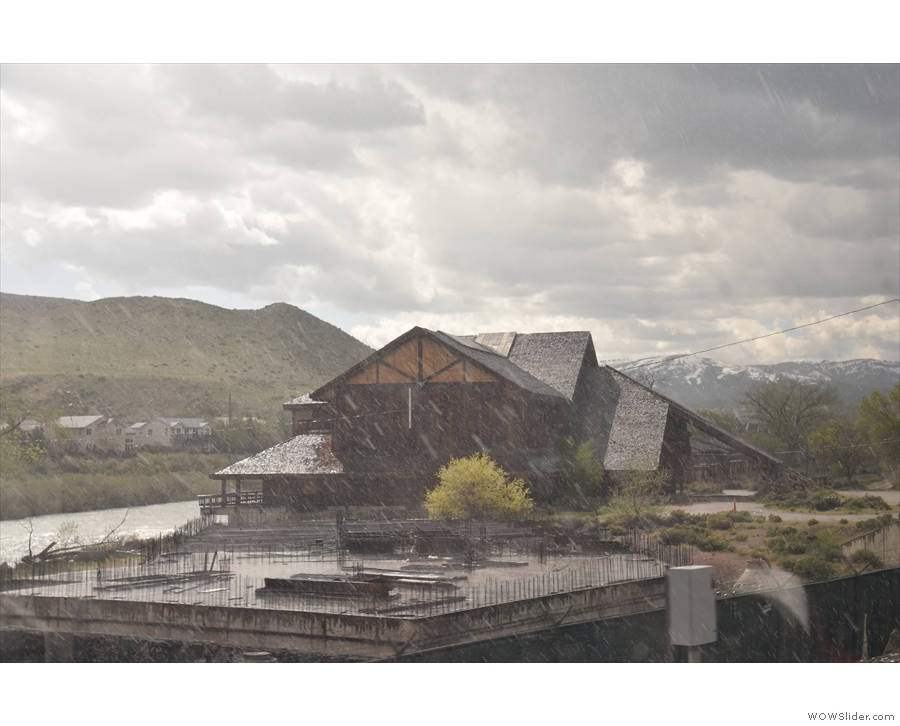
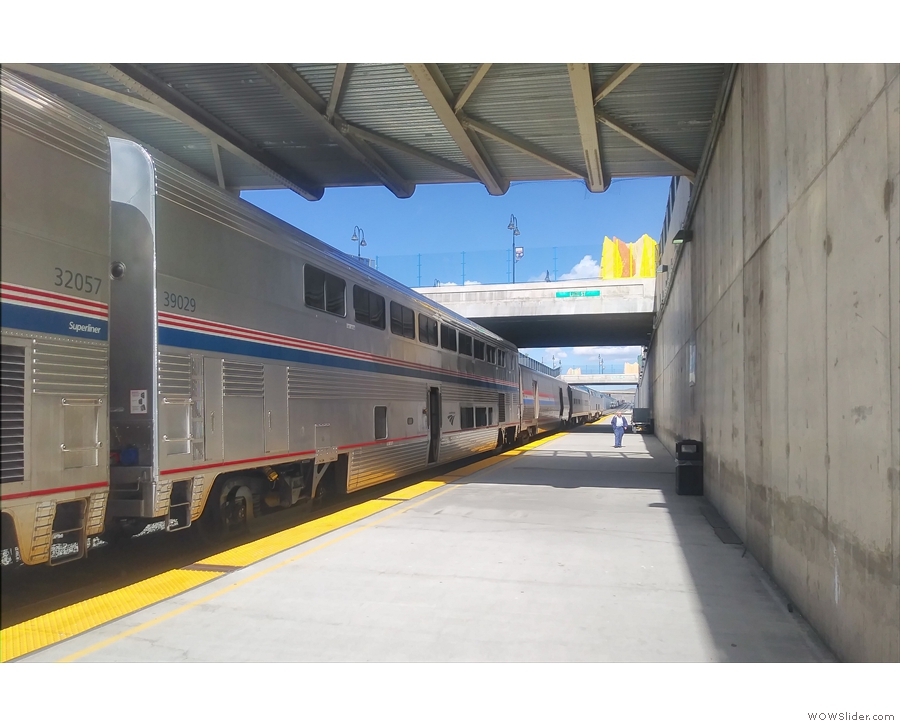
 1
1 2
2 3
3 4
4 5
5 6
6 7
7 8
8 9
9 10
10 11
11 12
12 13
13 14
14 15
15 16
16 17
17 18
18 19
19 20
20 21
21 22
22 23
23 24
24 25
25 26
26 27
27 28
28 29
29 30
30 31
31 32
32 33
33 34
34 35
35 36
36 37
37 38
38 39
39 40
40 41
41 42
42 43
43 44
44 45
45 46
46 47
47 48
48 49
49 50
50 51
51 52
52 53
53 54
54 55
55 56
56 57
57 58
58 59
59 60
60 61
61 62
62 63
63
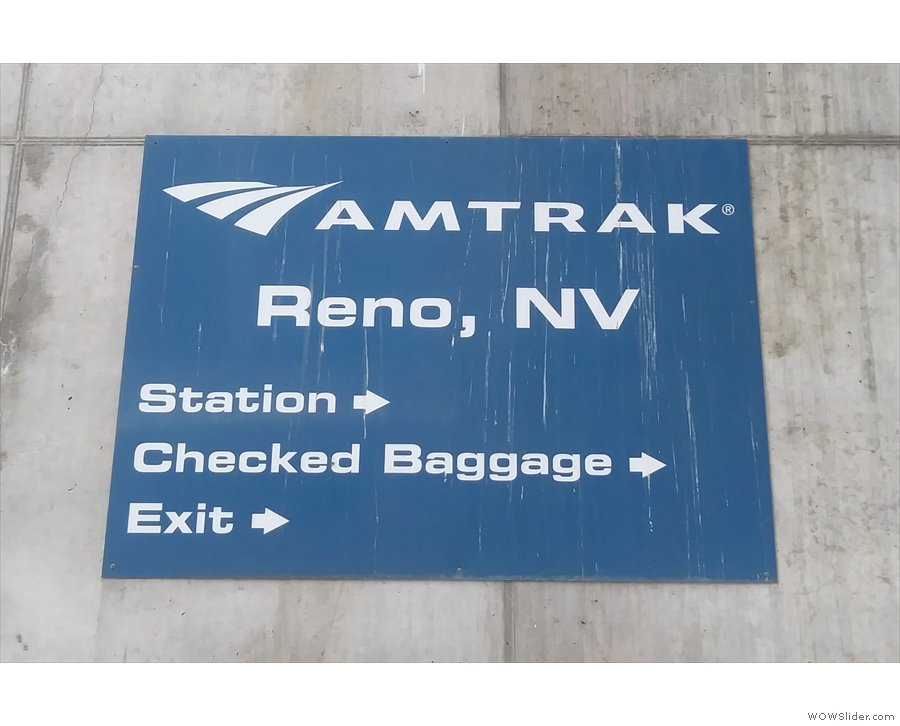
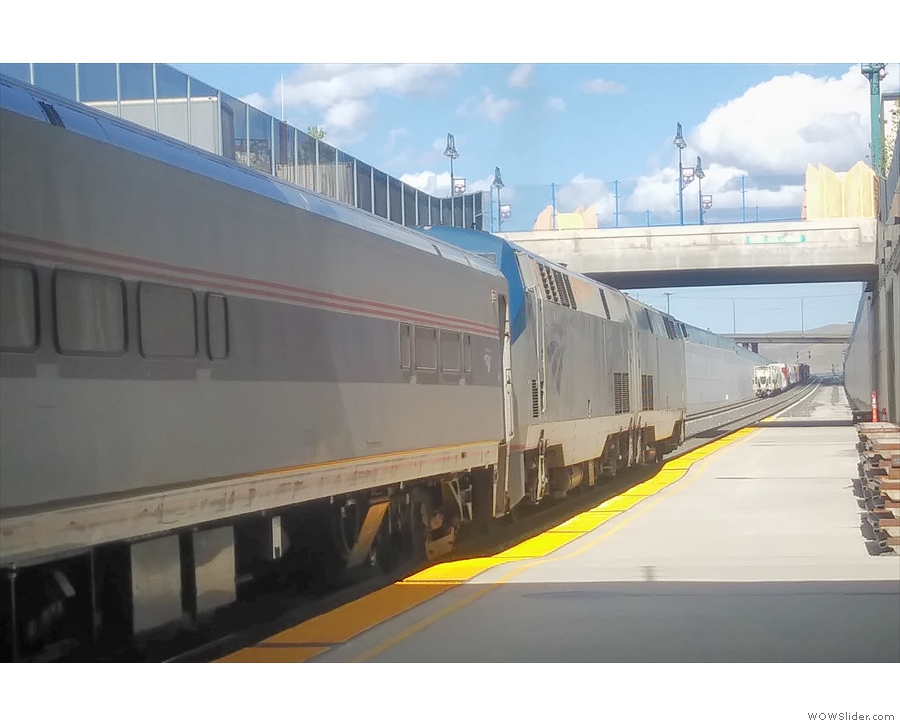
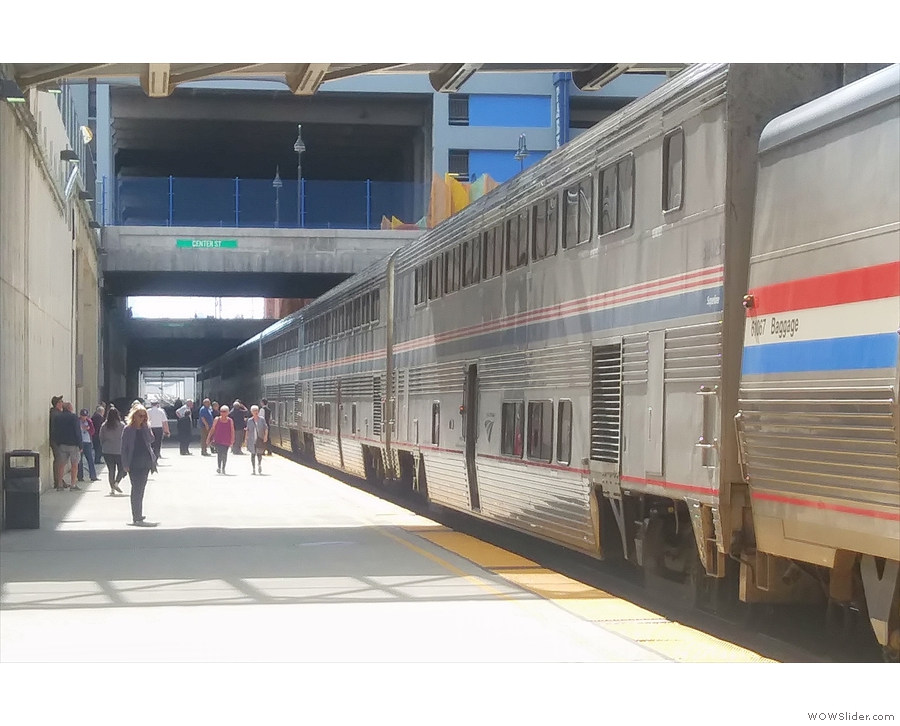
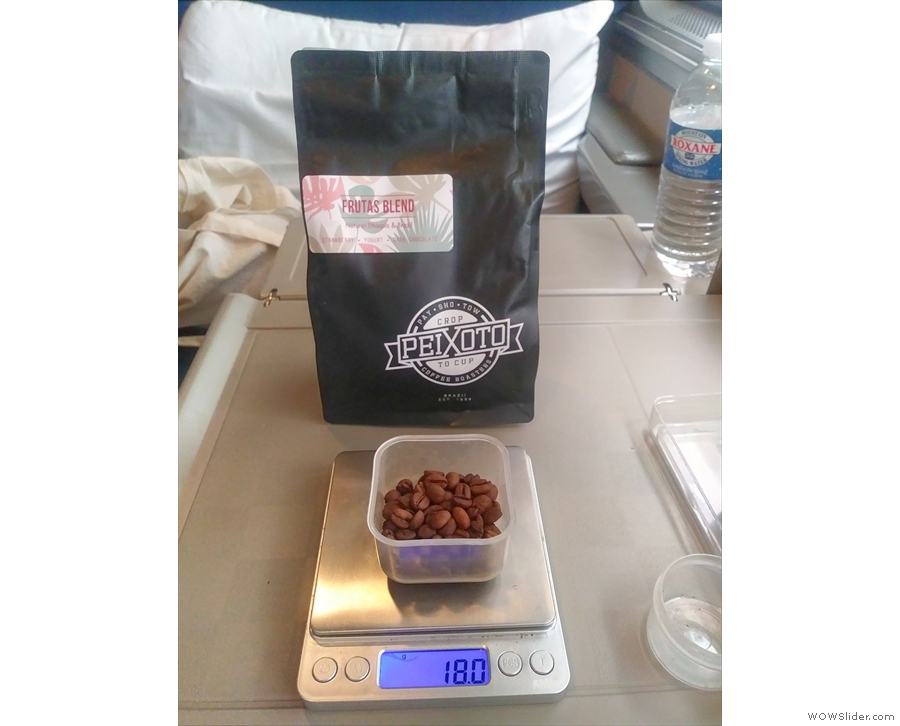
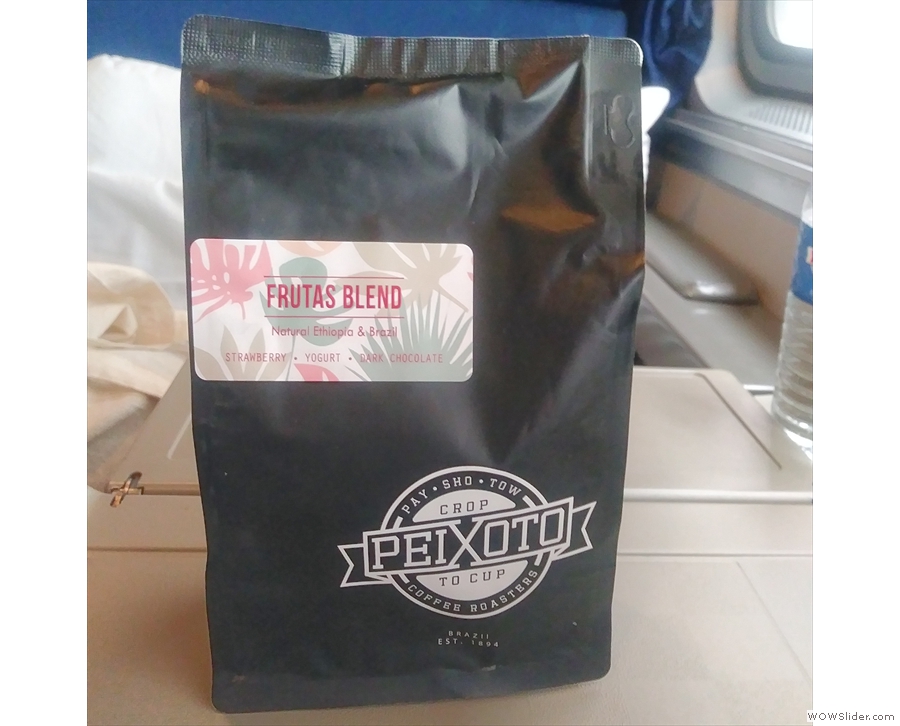
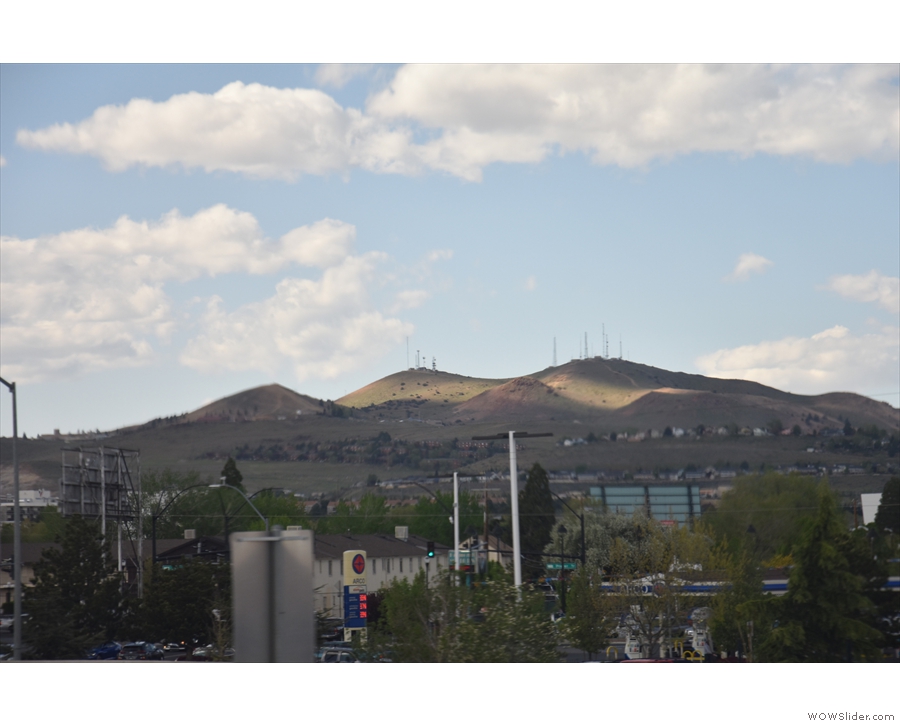
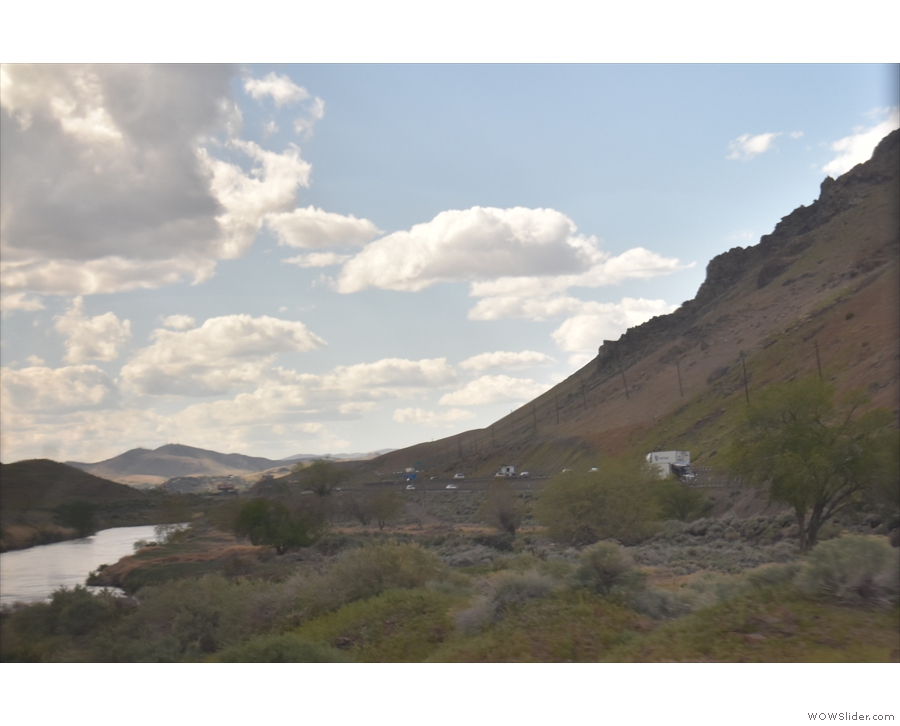
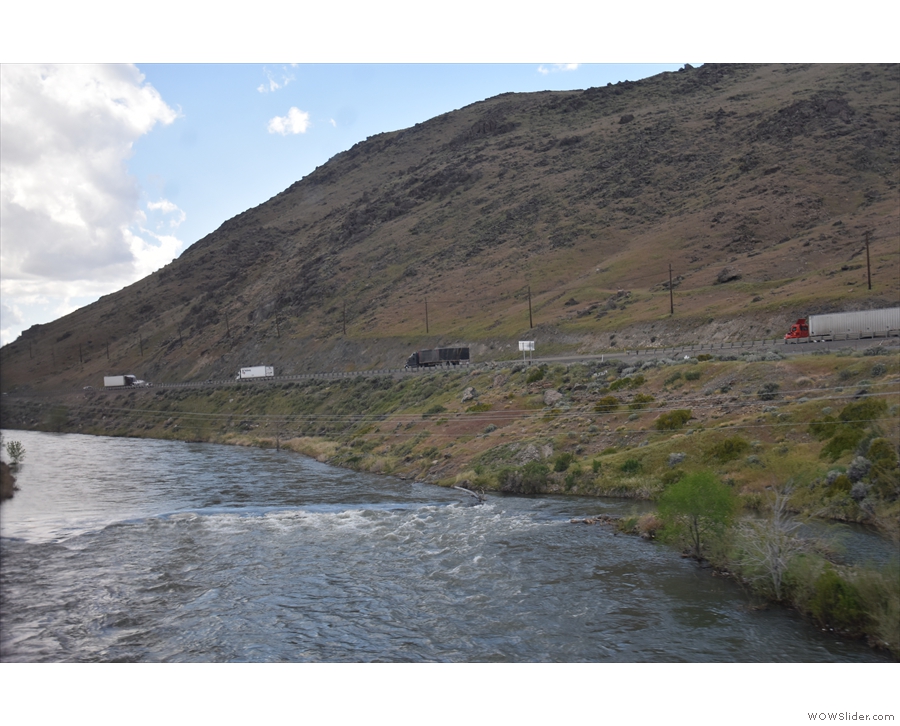
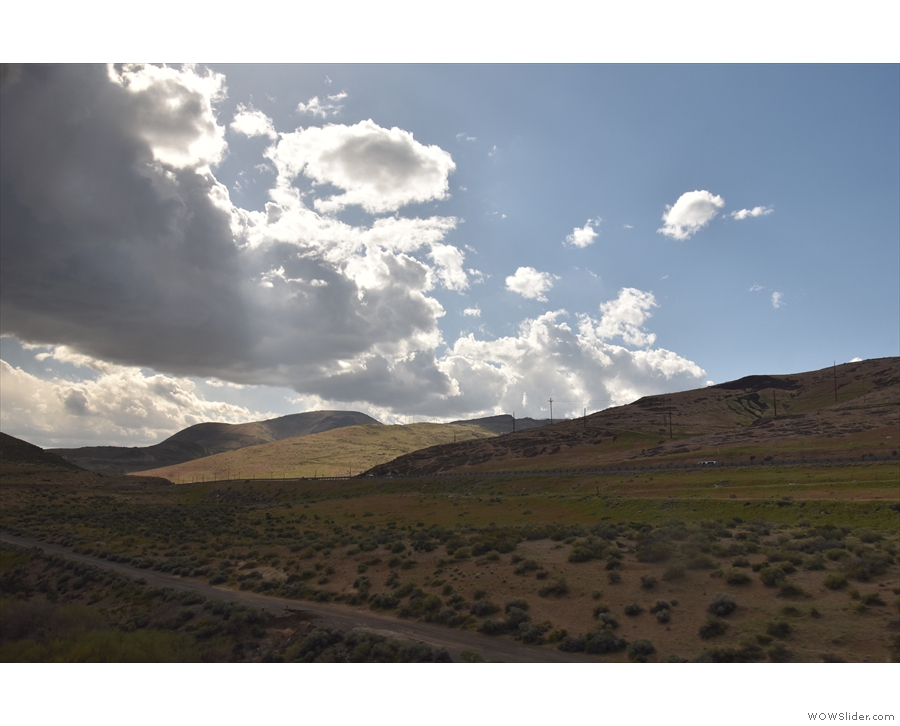
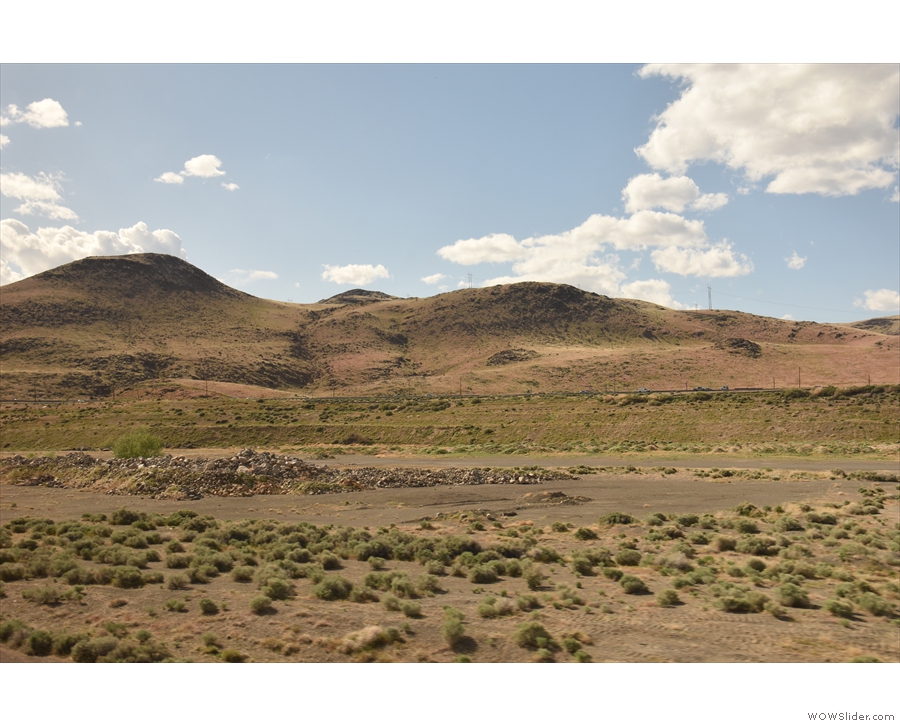
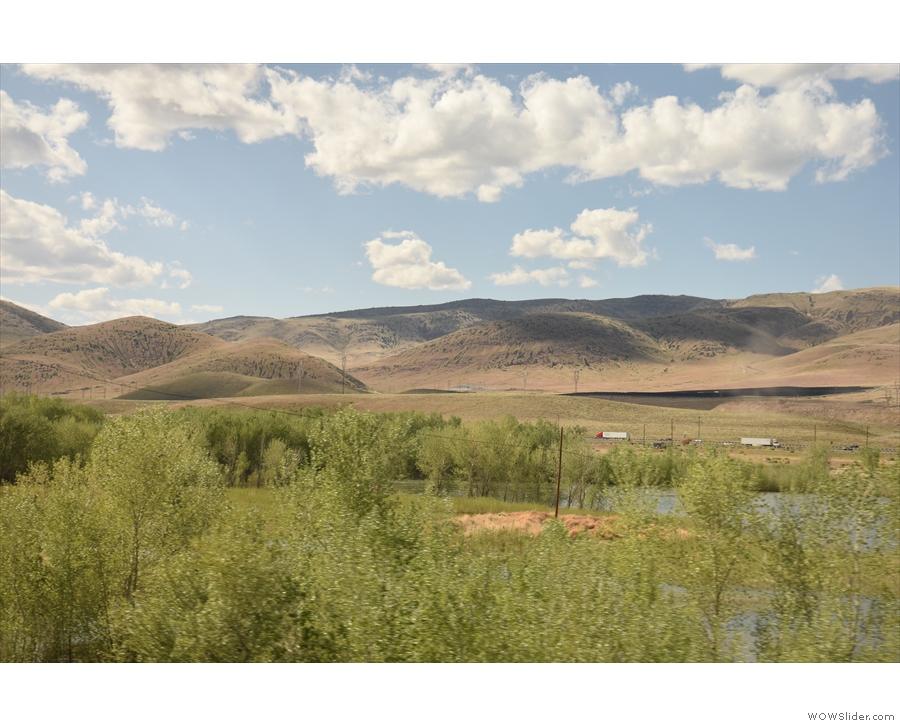
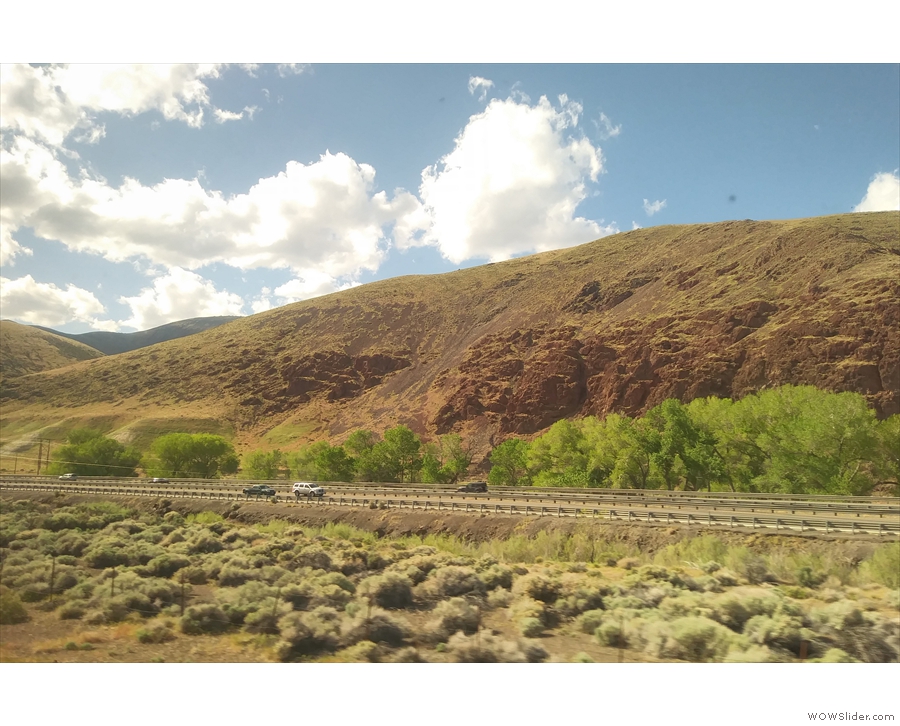
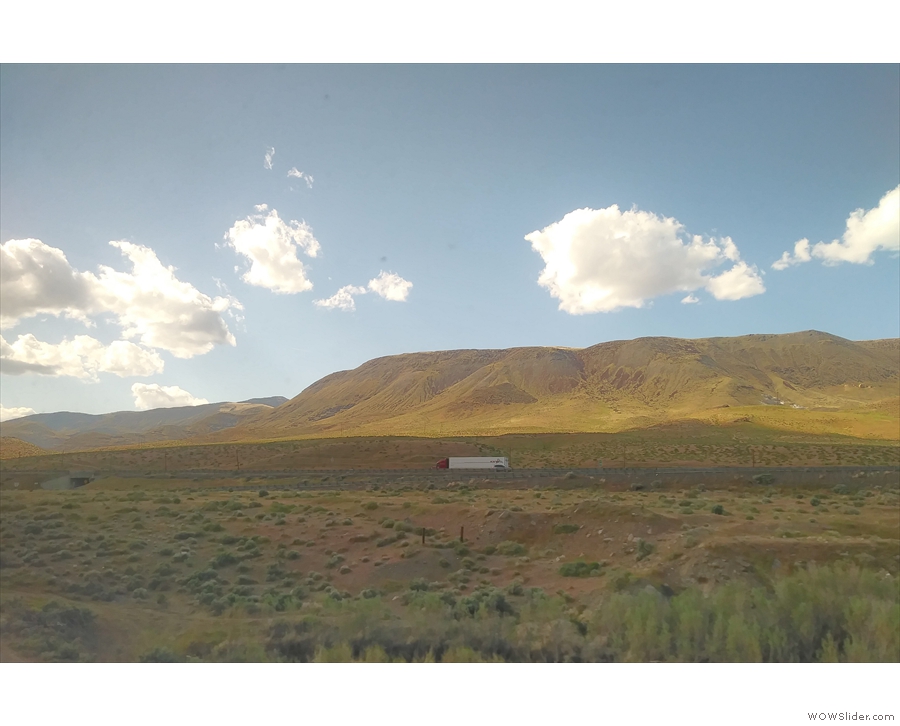
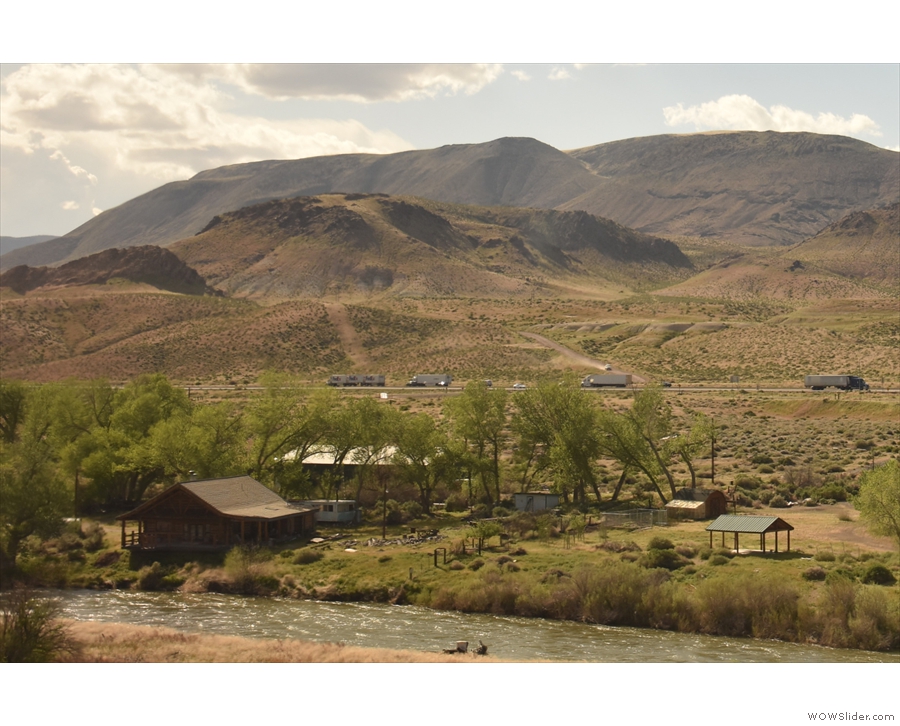
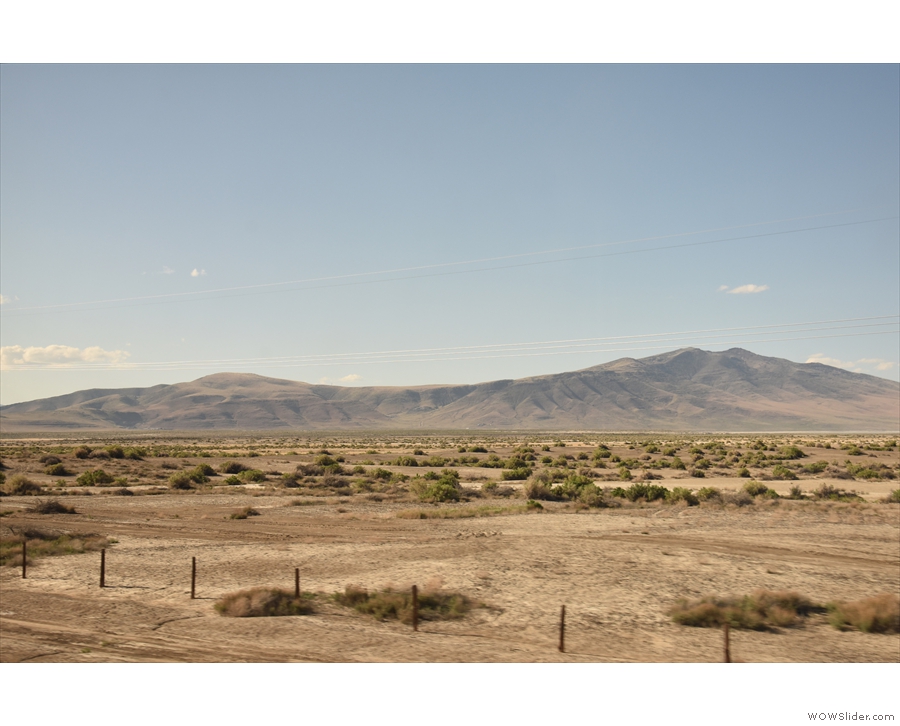
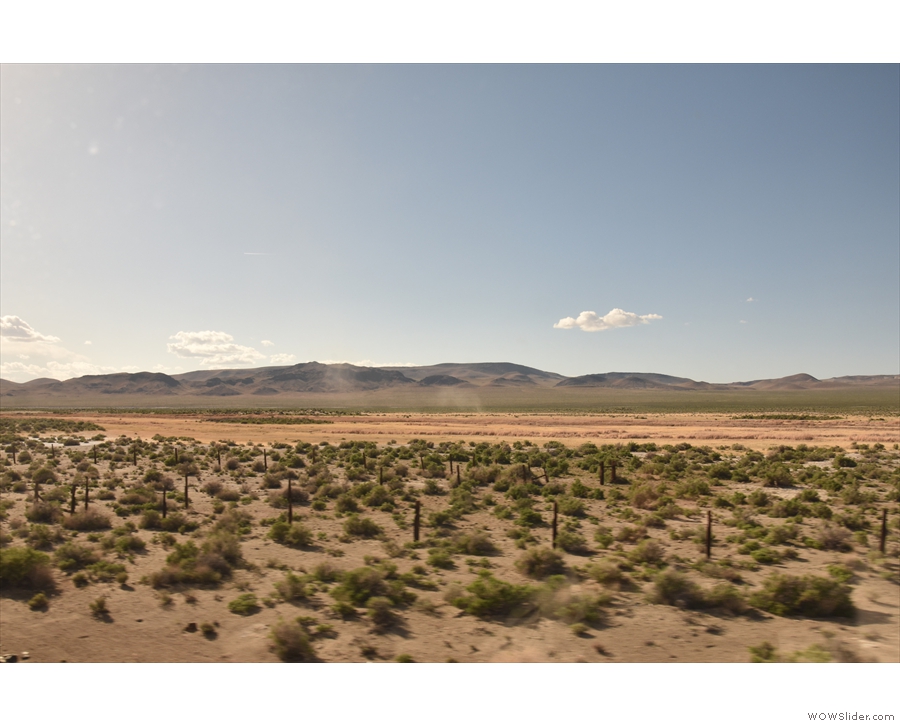
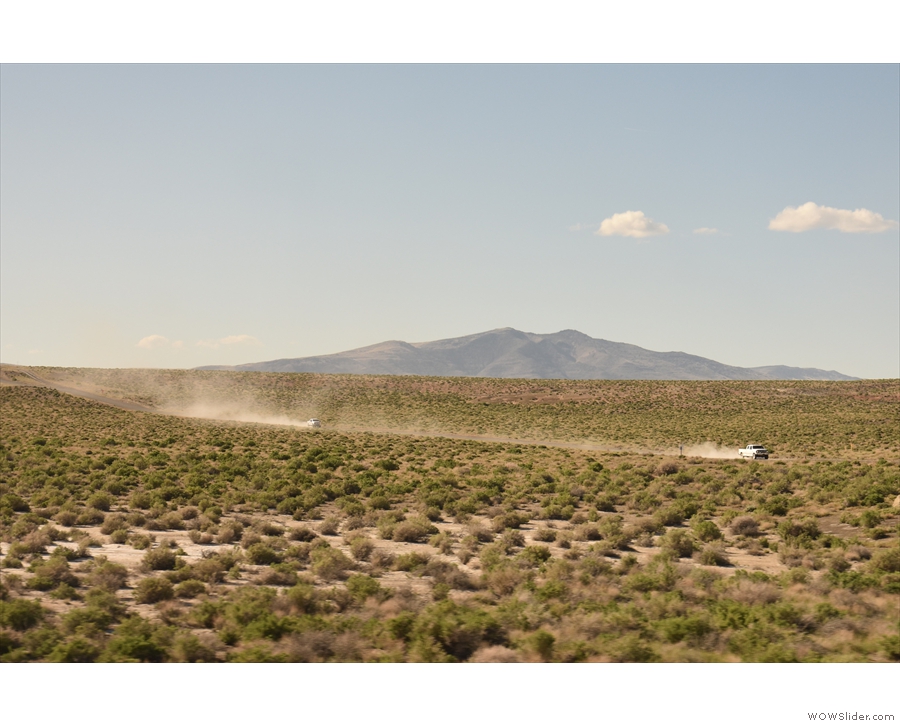
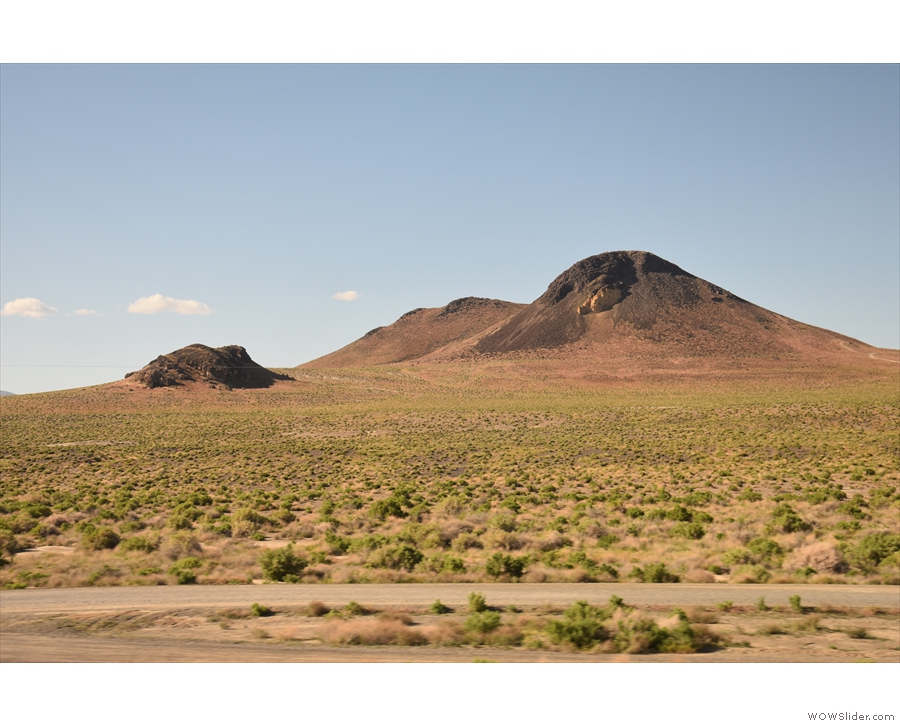
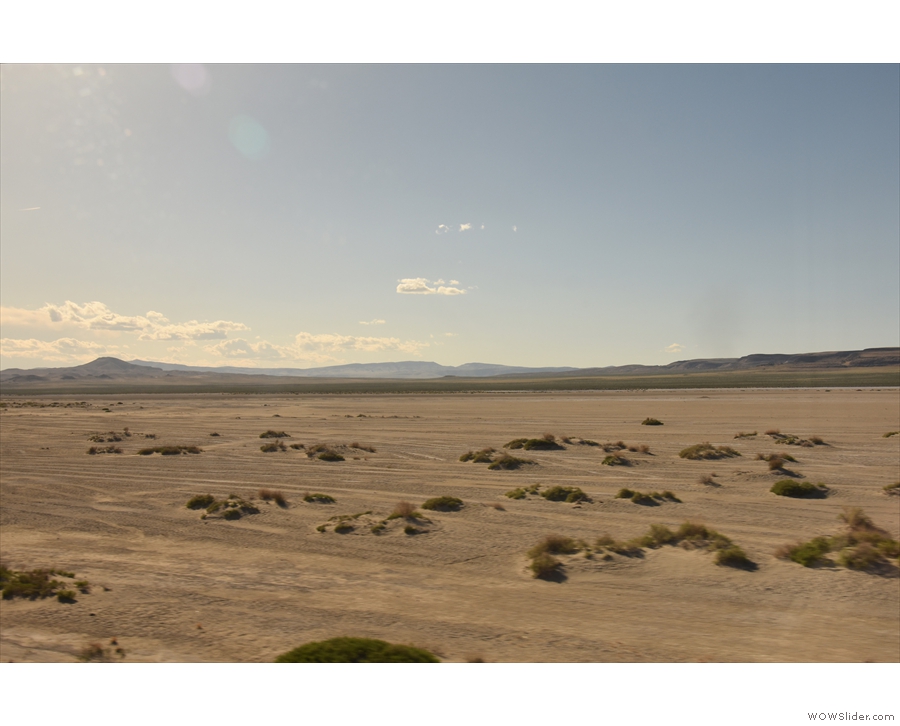
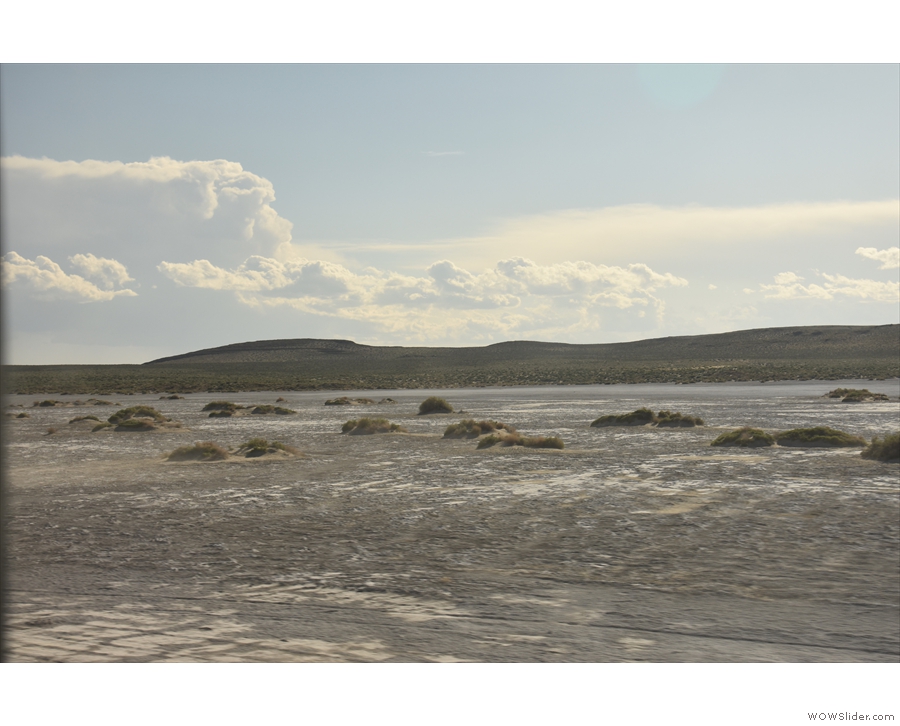
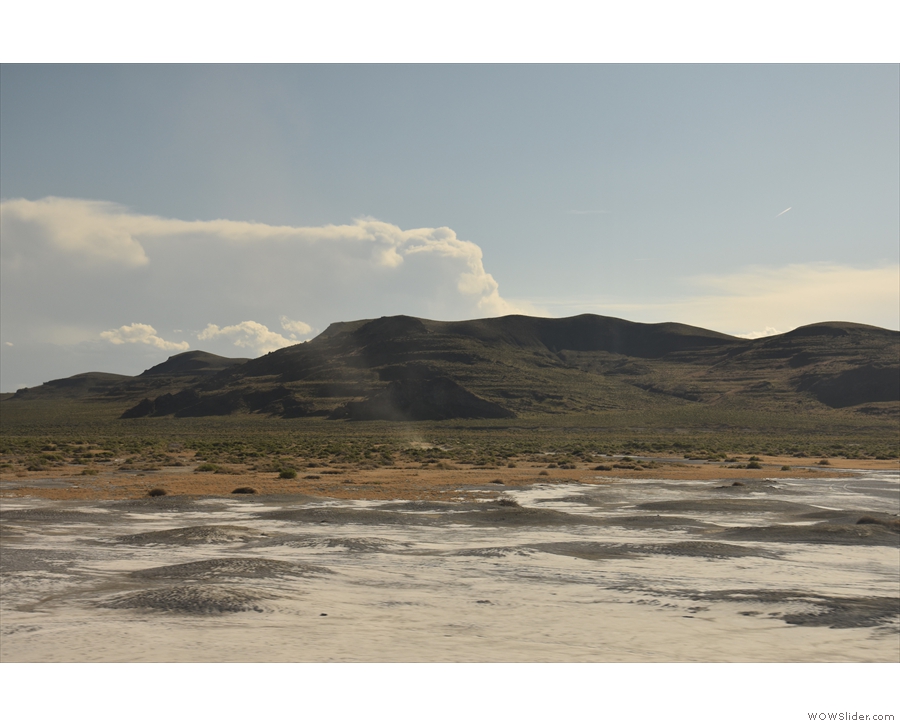
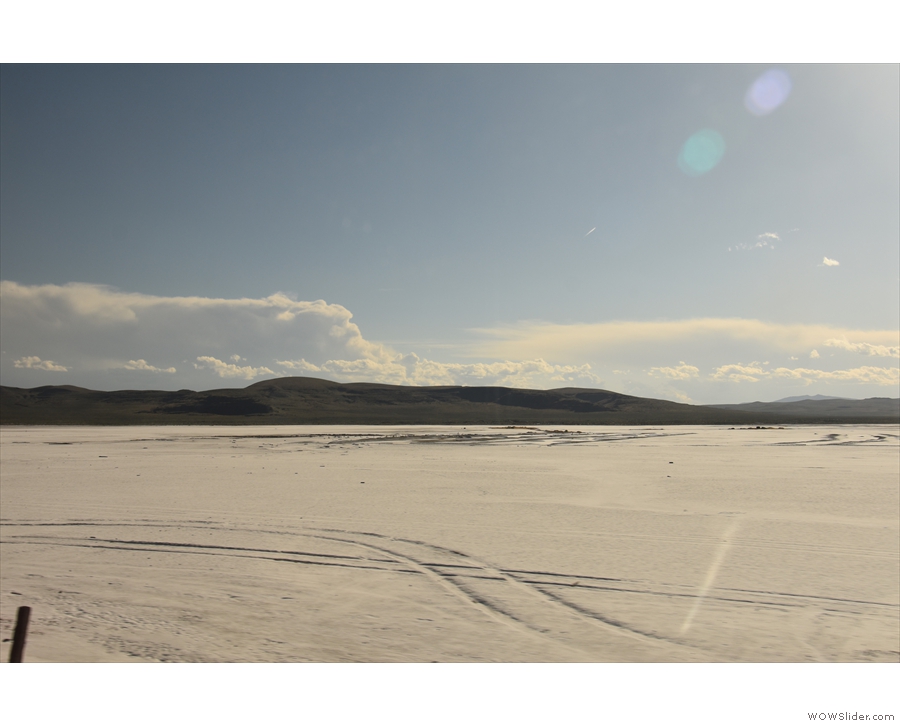
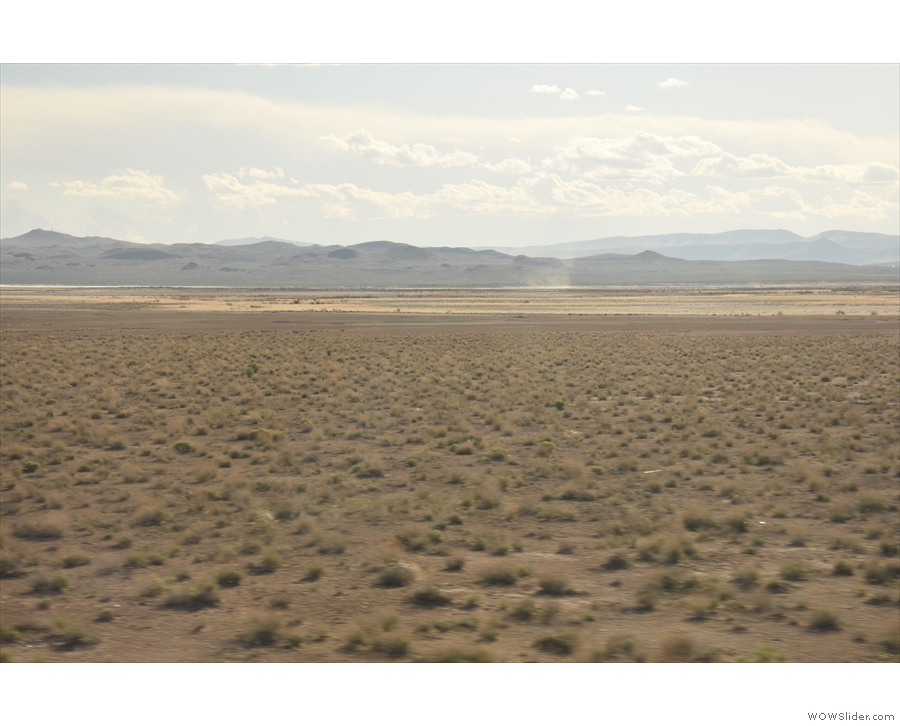
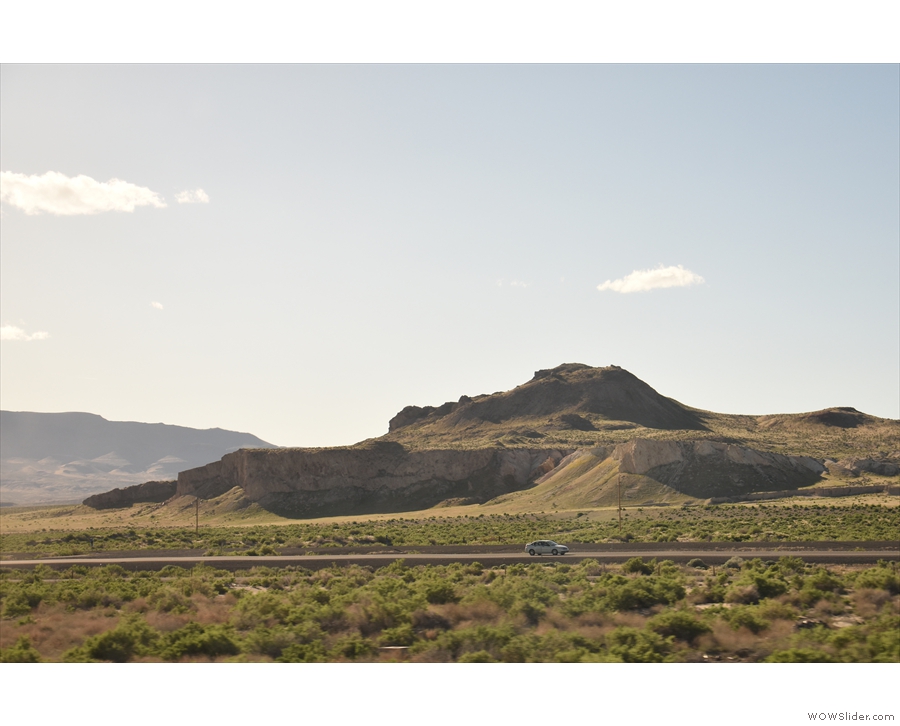
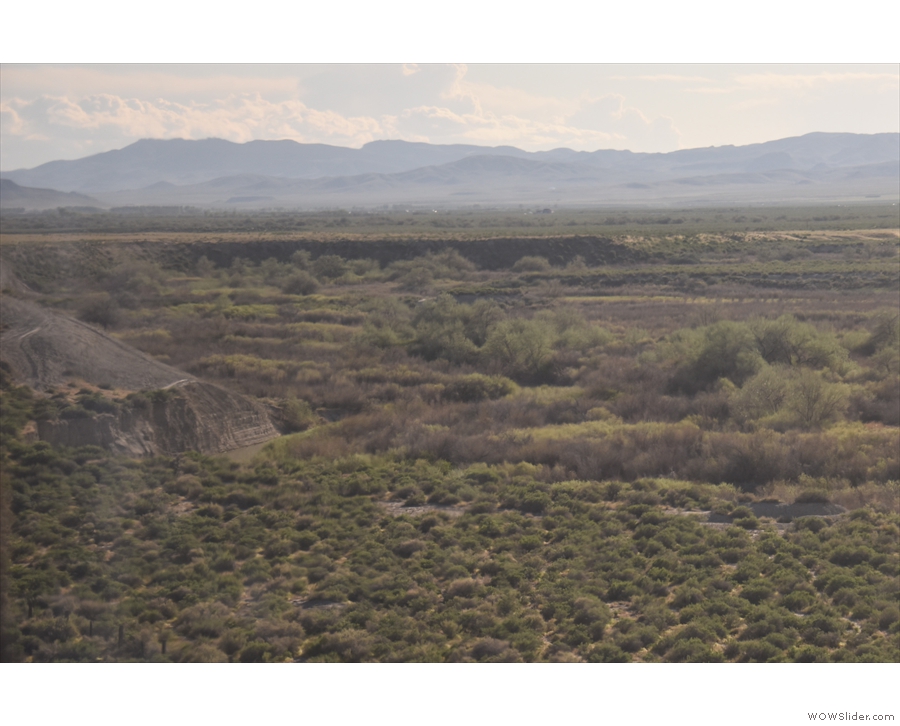
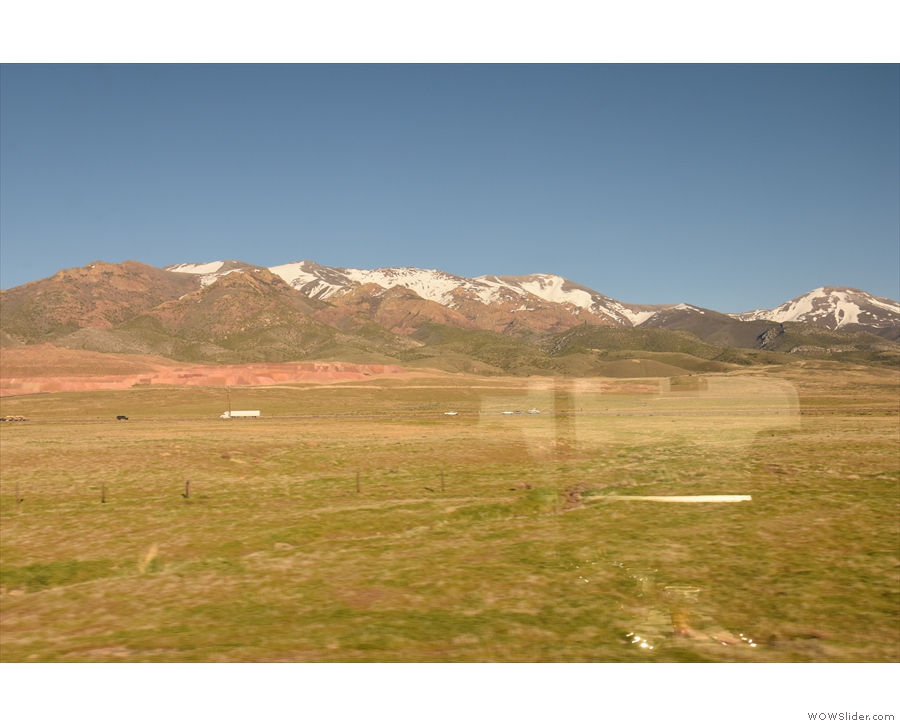
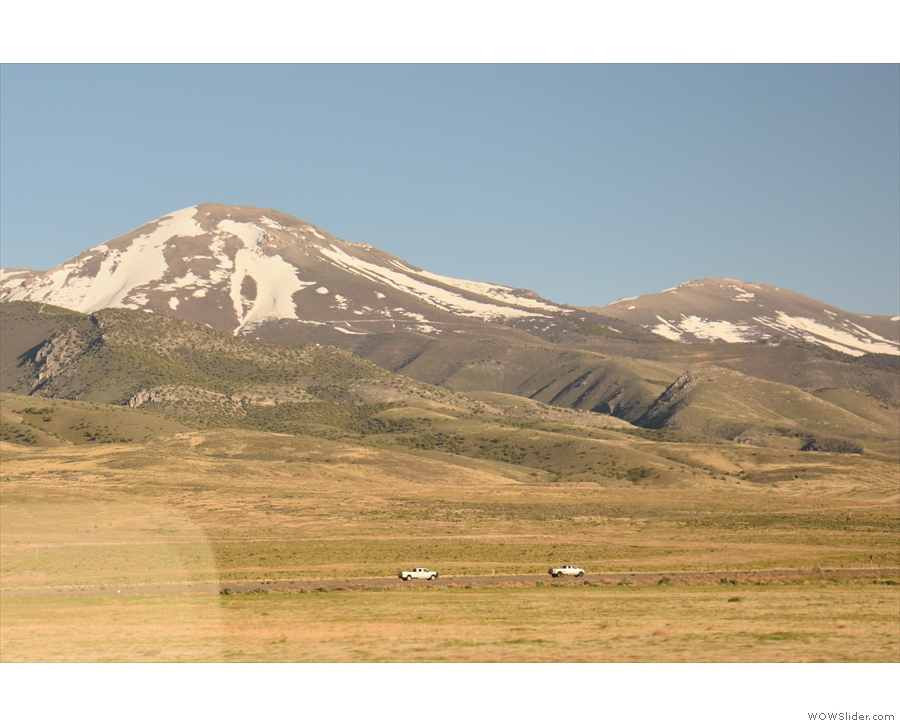
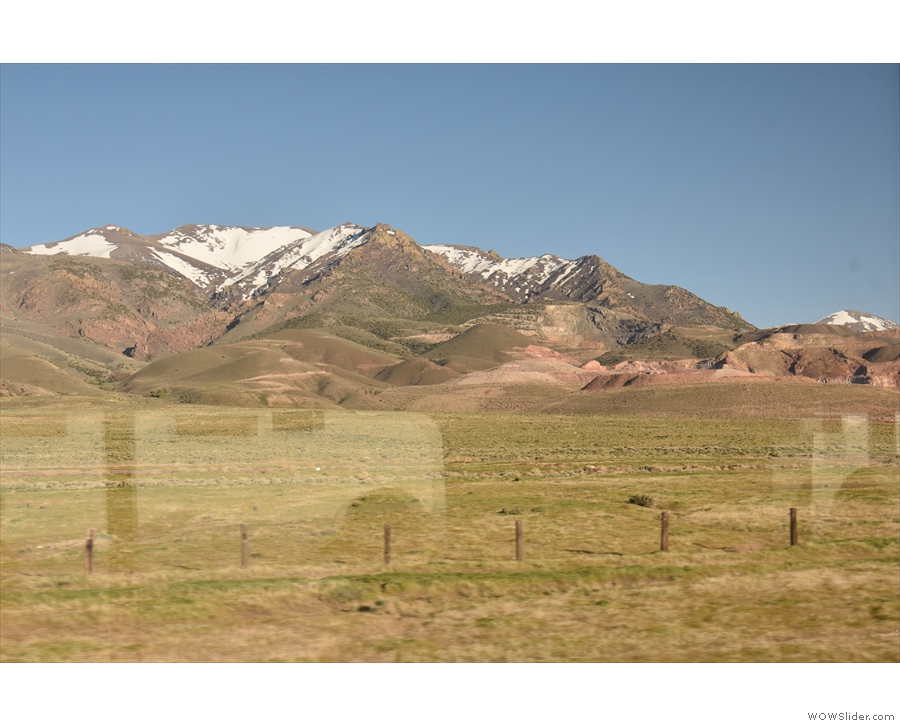
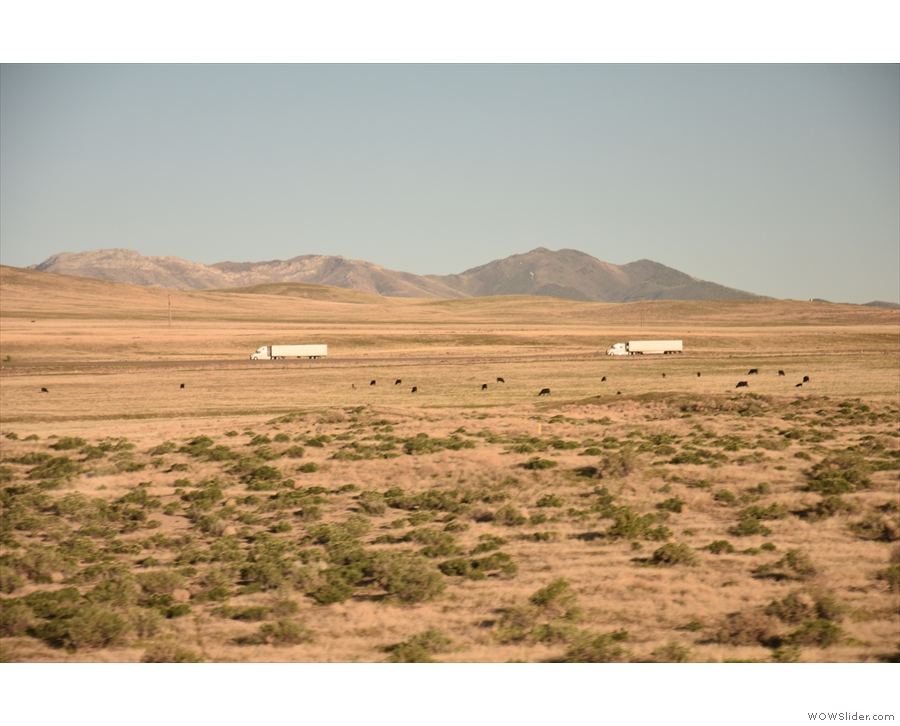
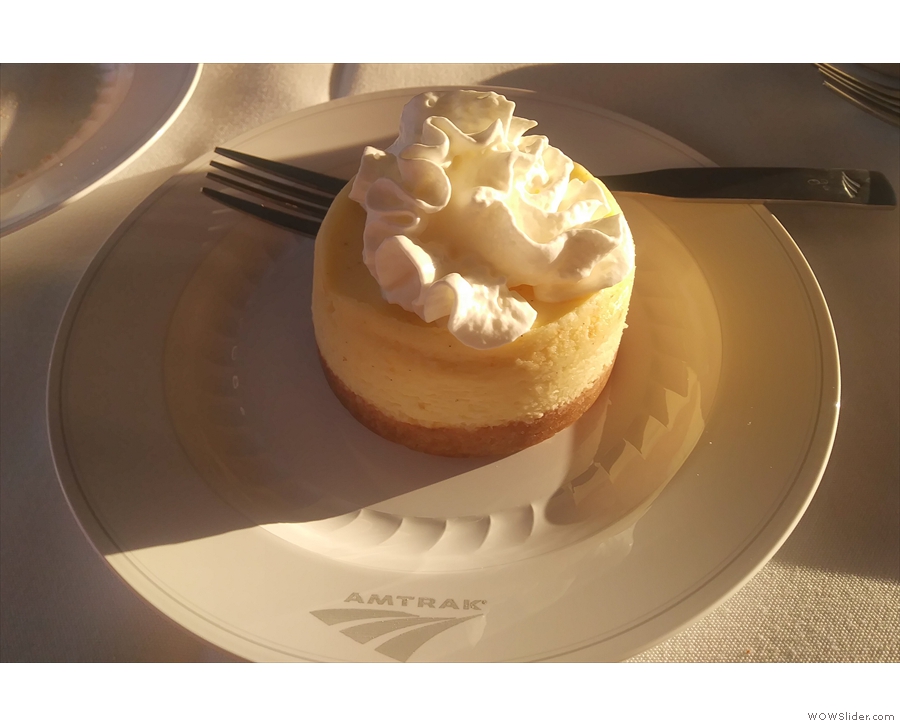
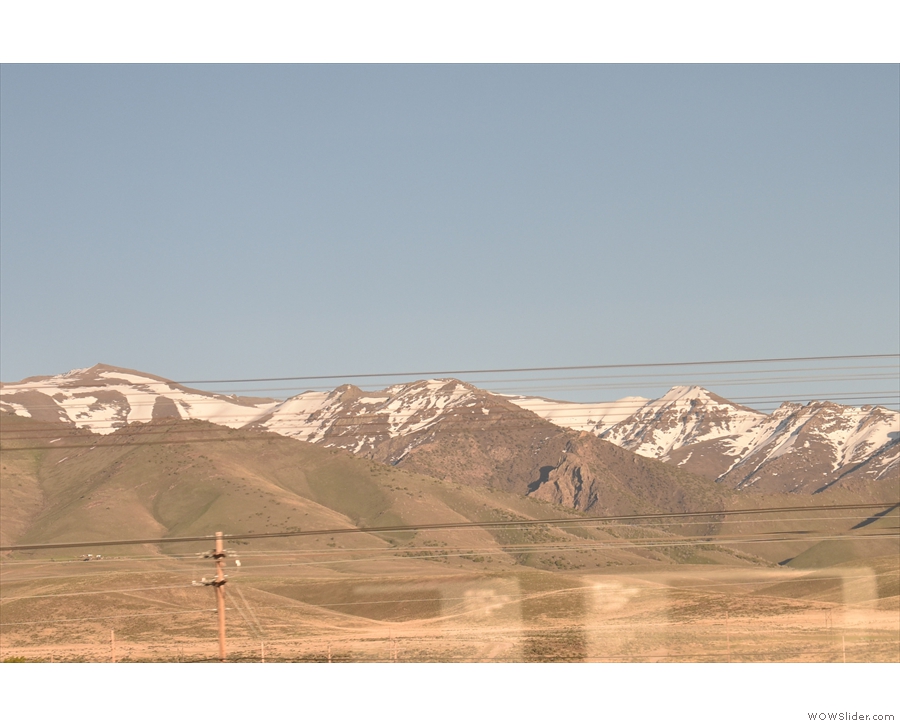
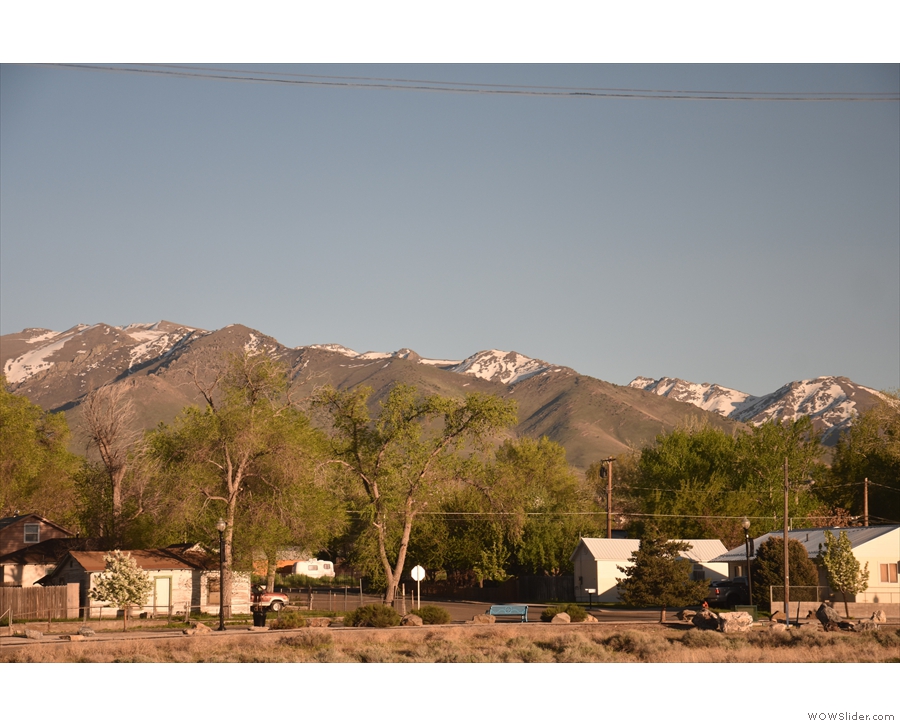
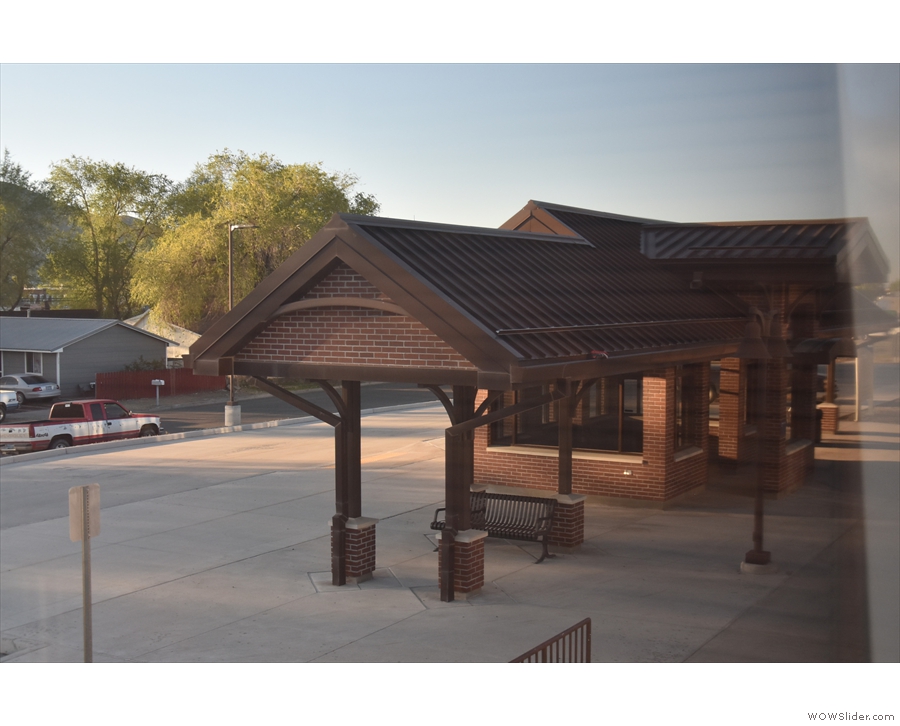
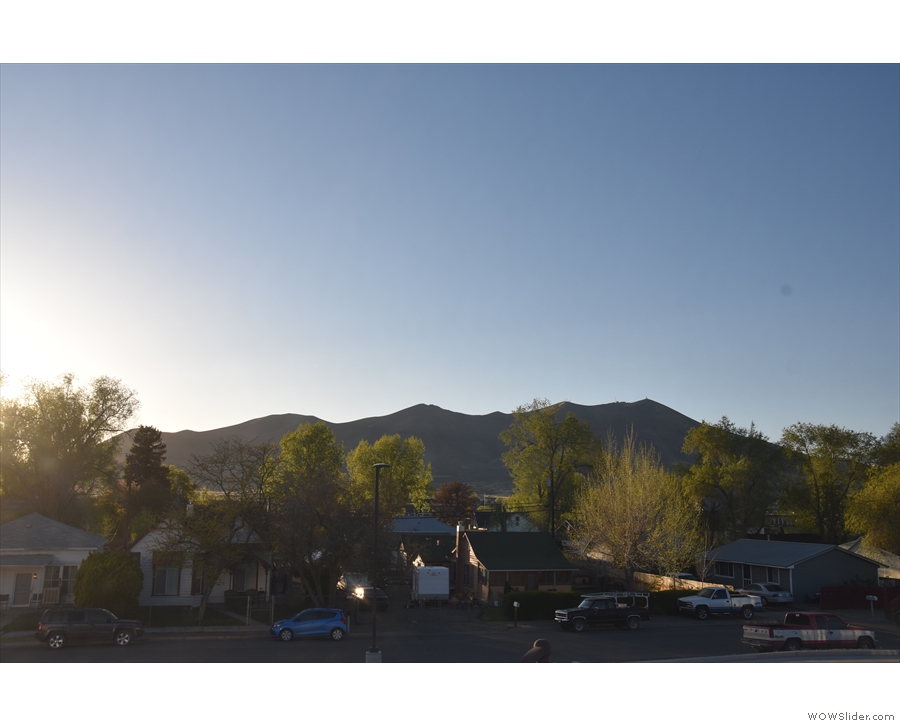
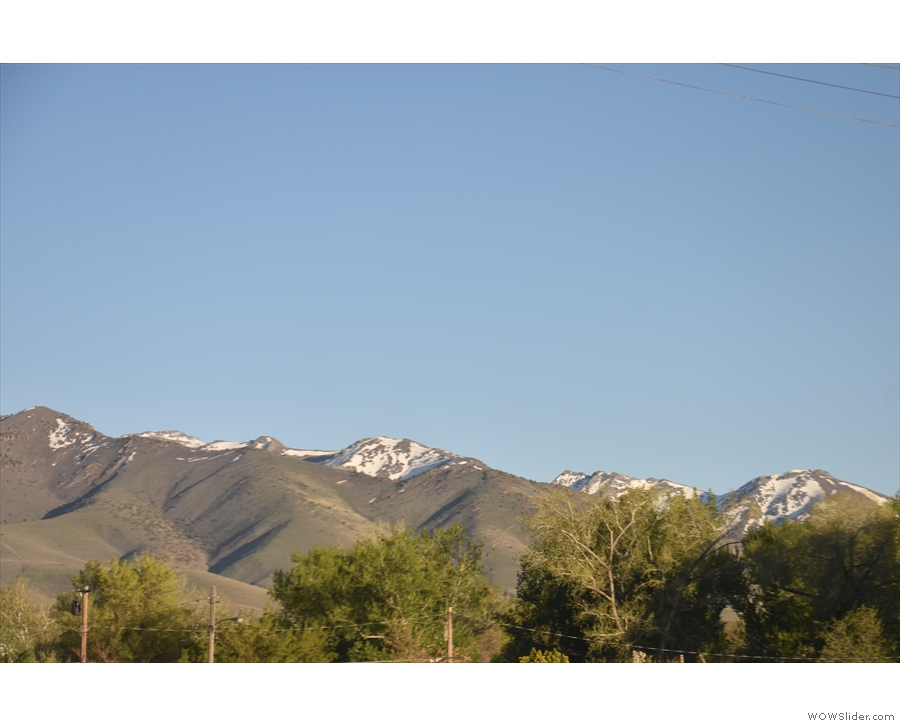
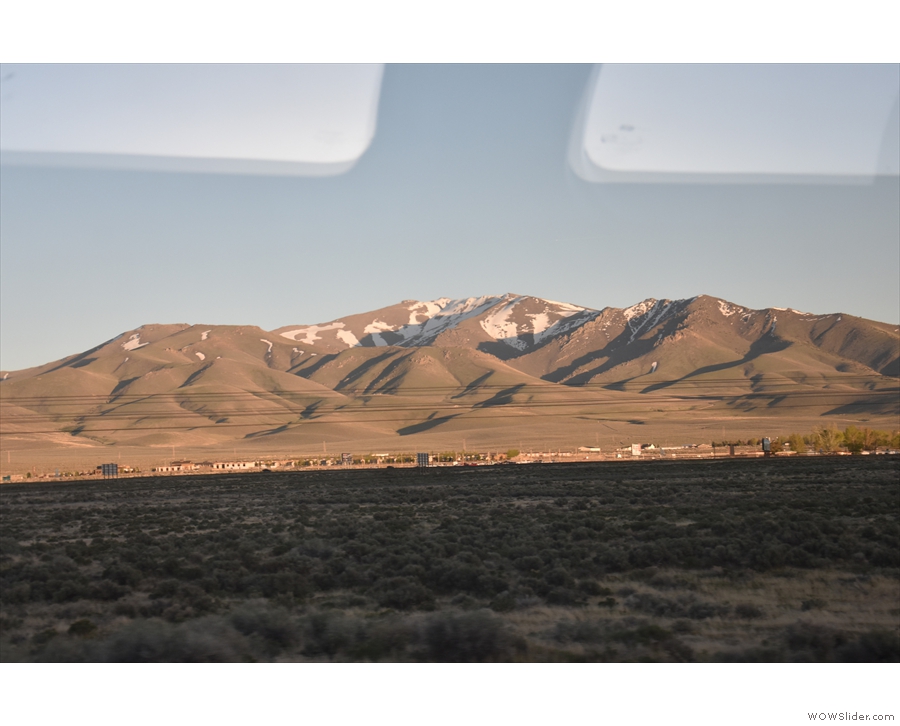
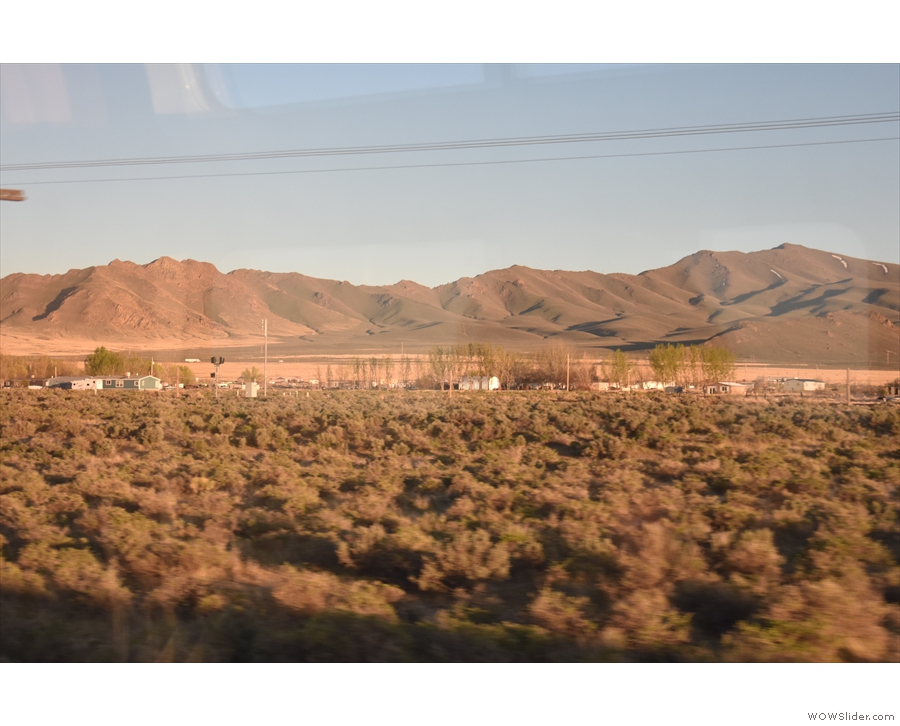
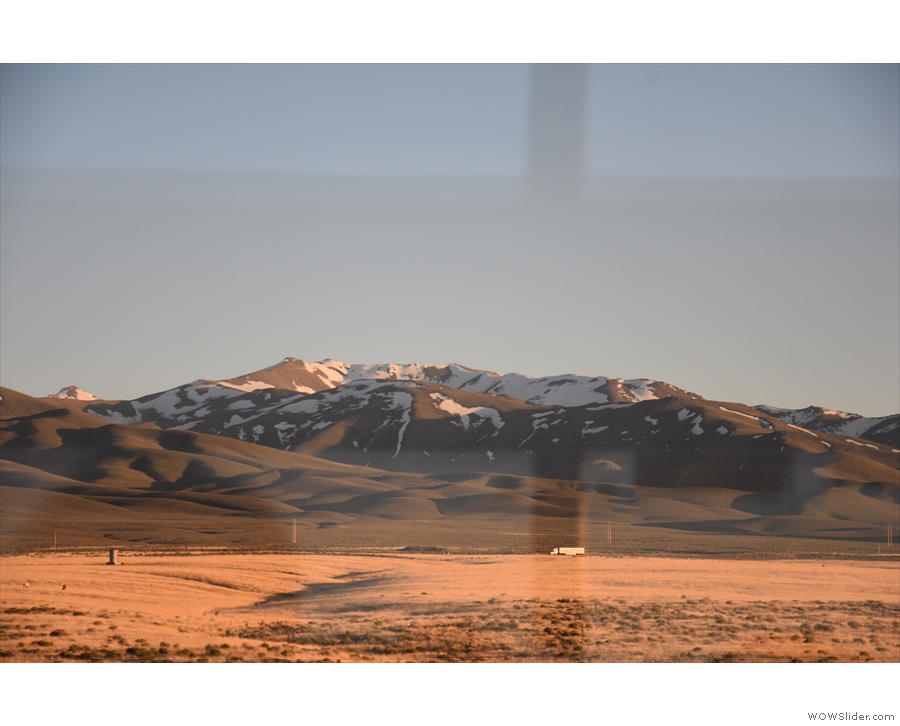
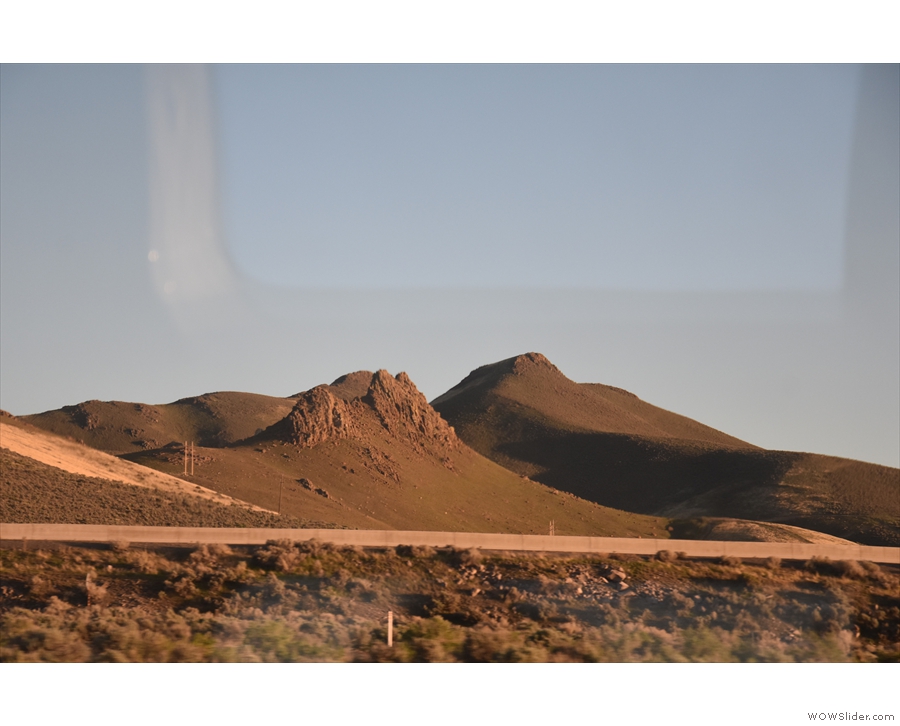
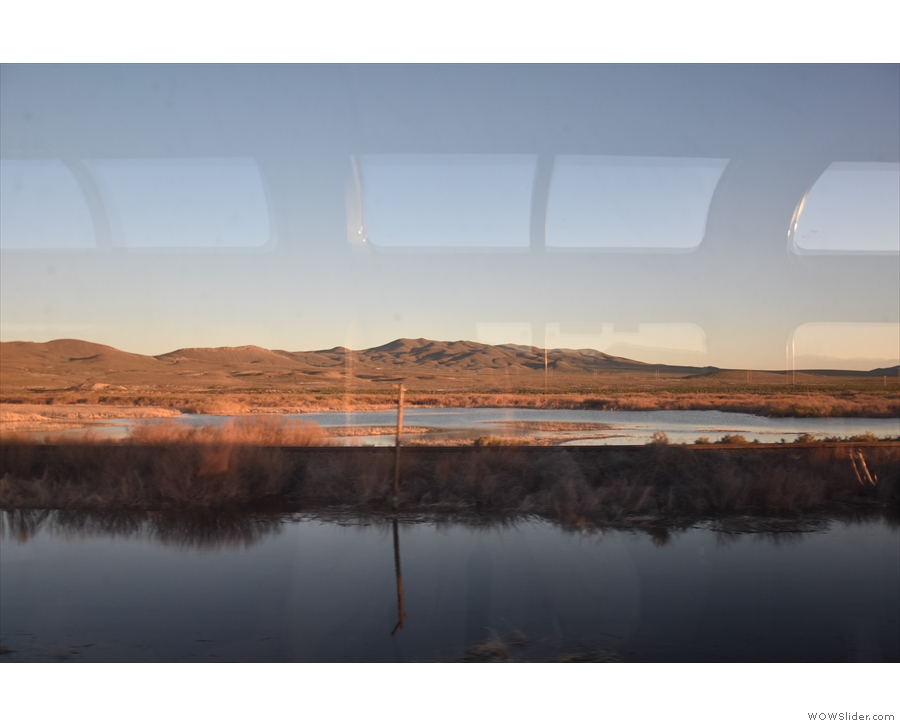
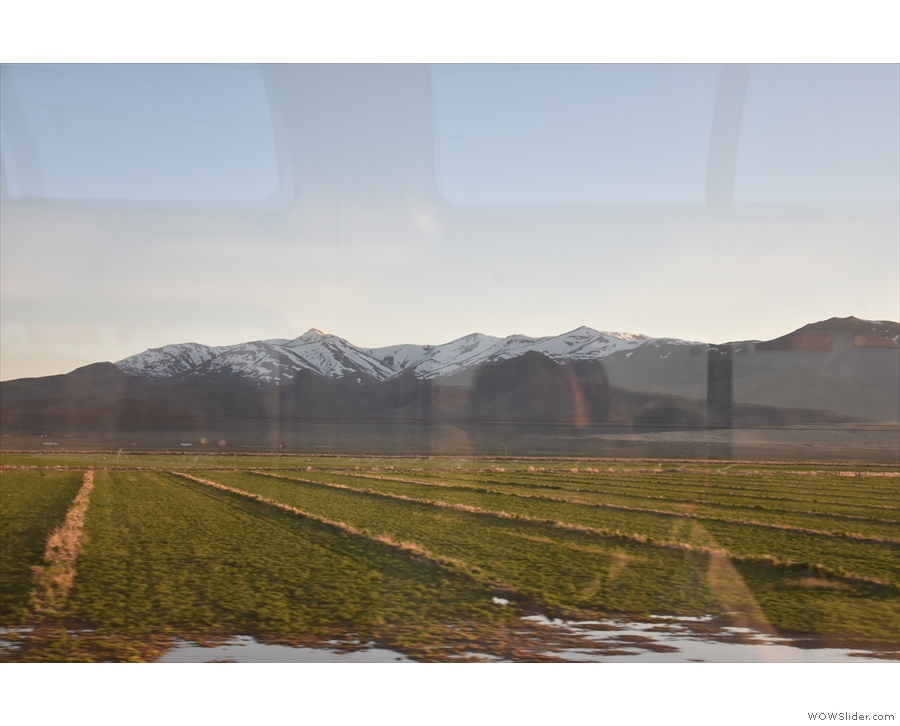
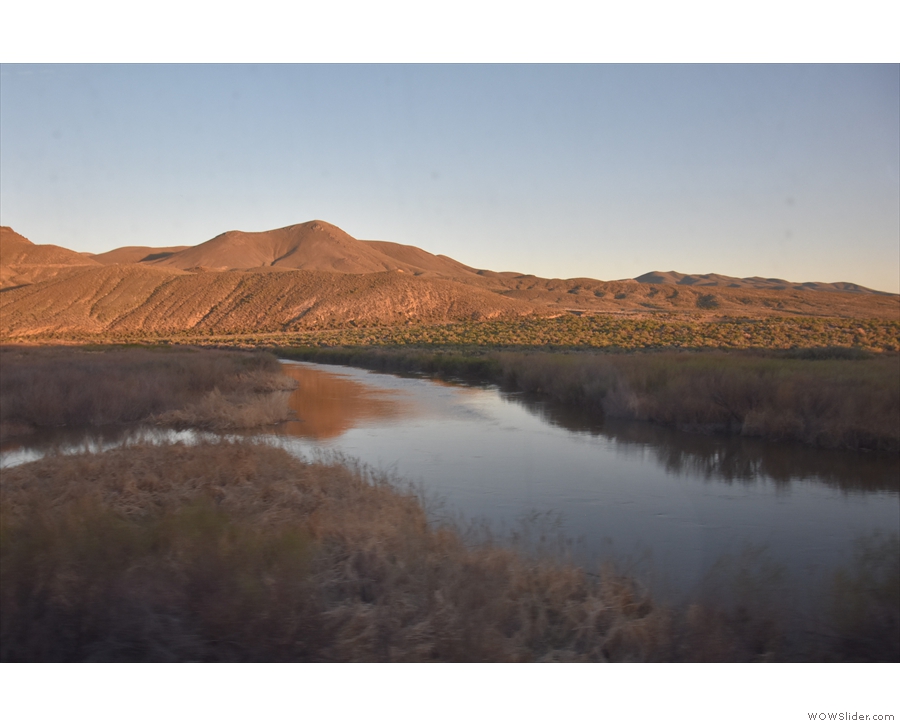
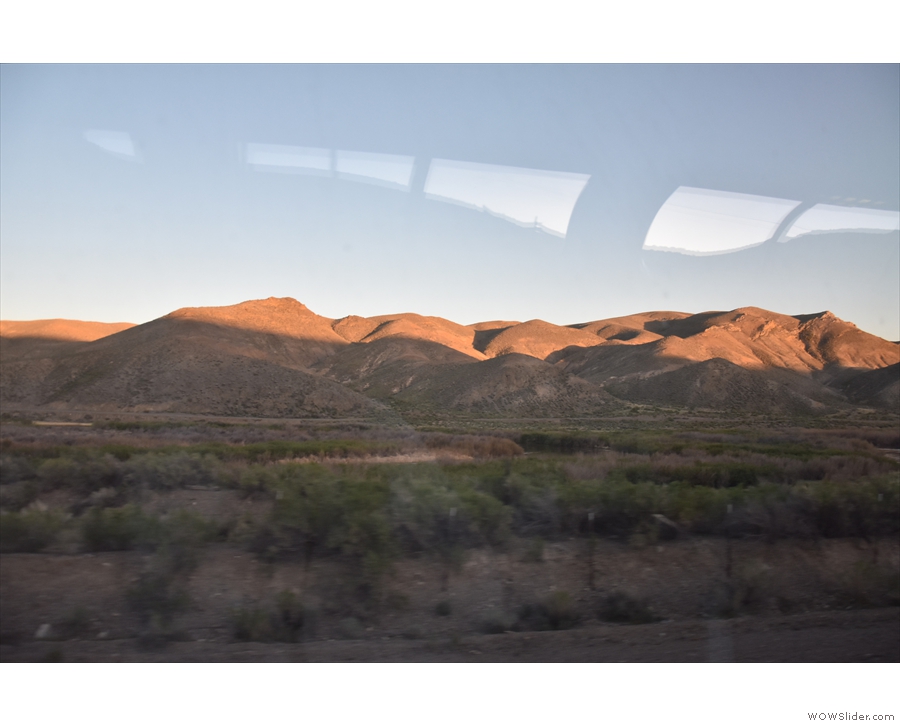
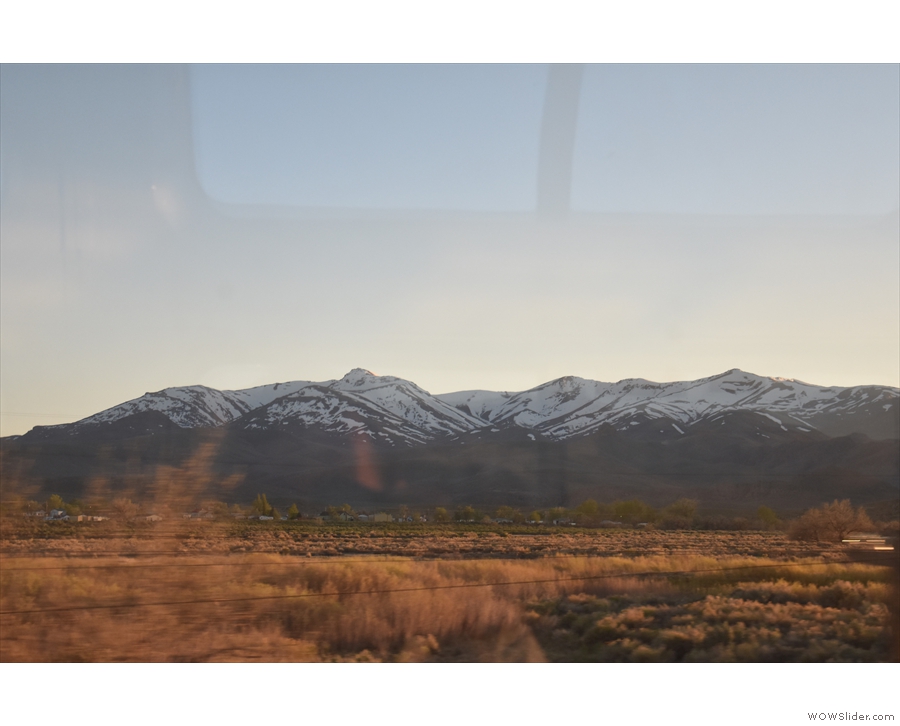
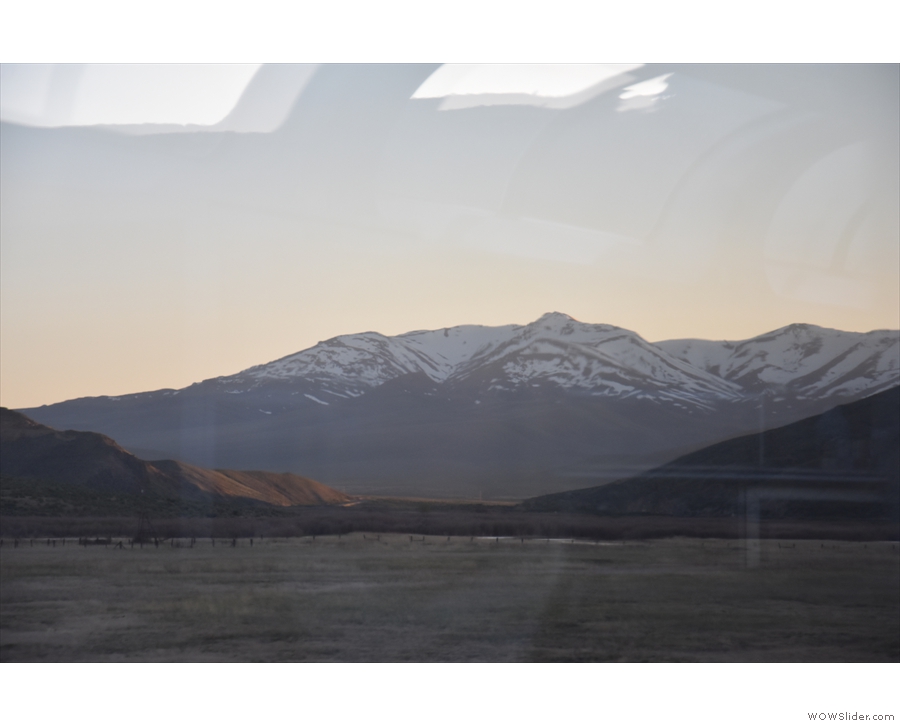
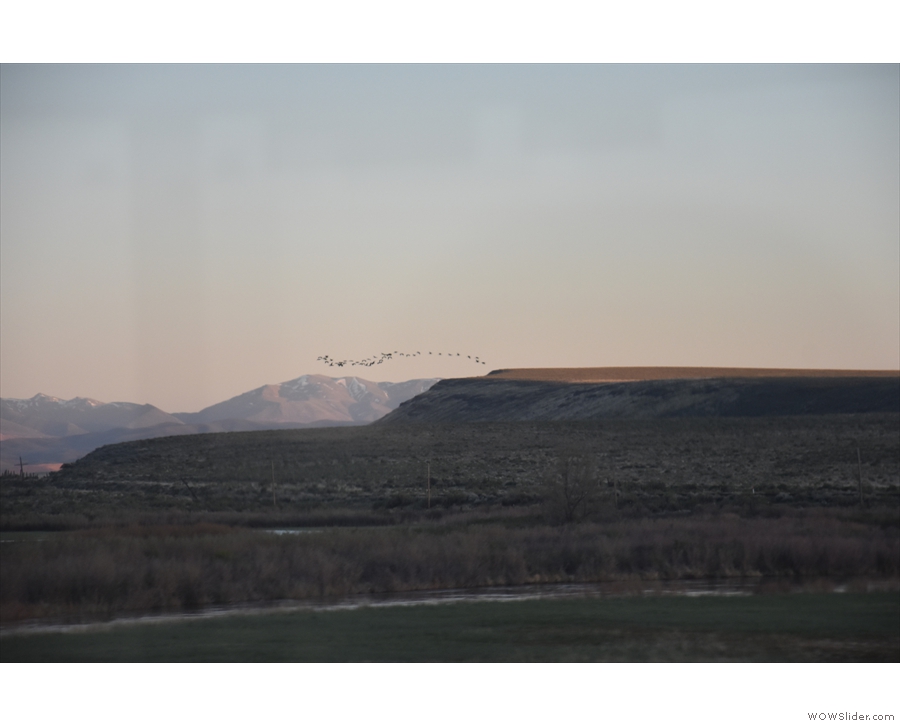
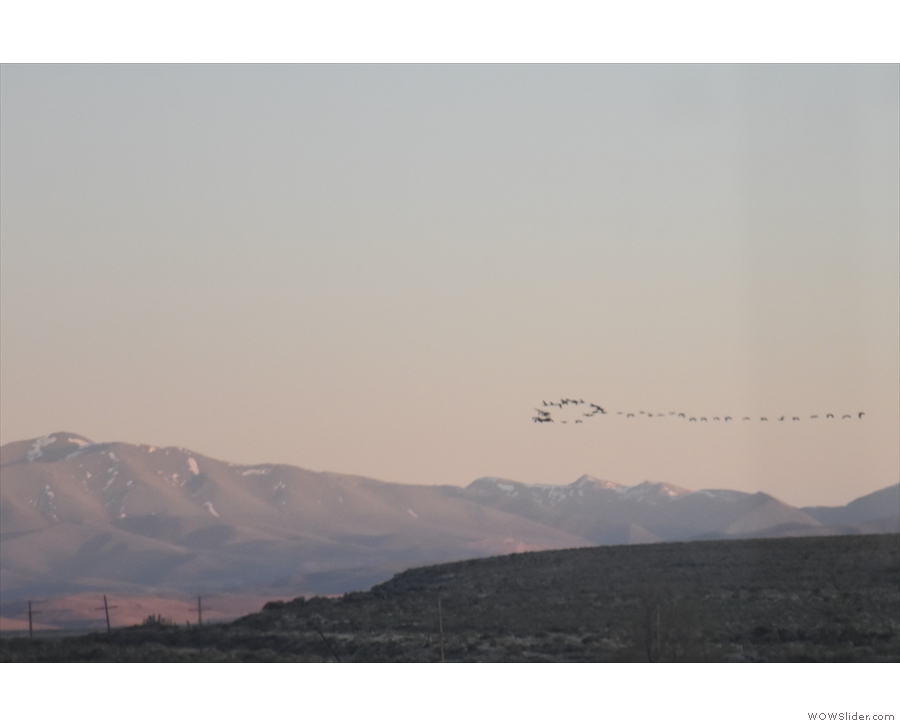
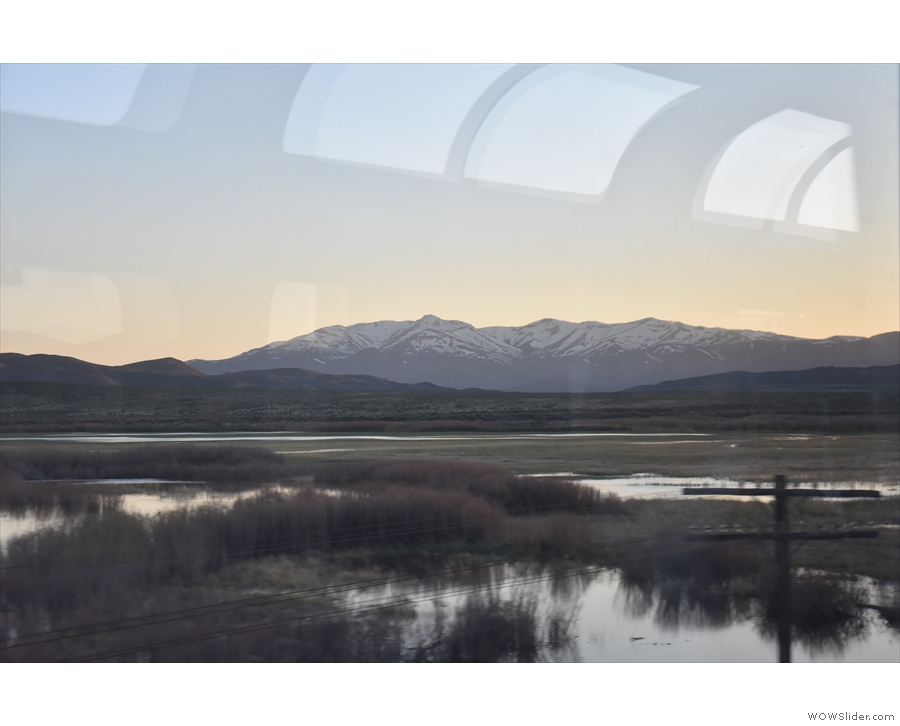
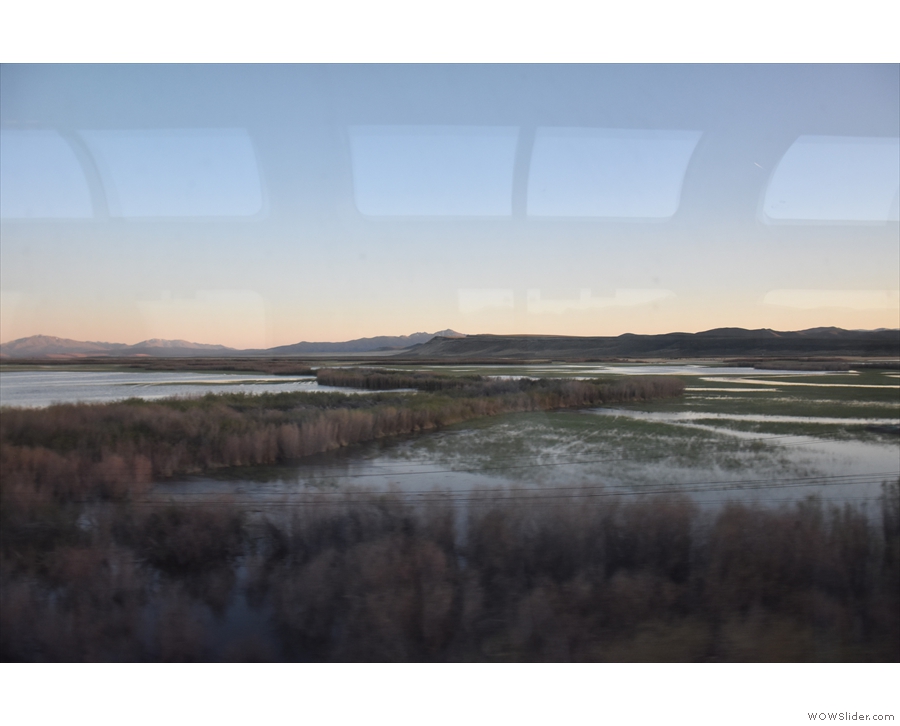
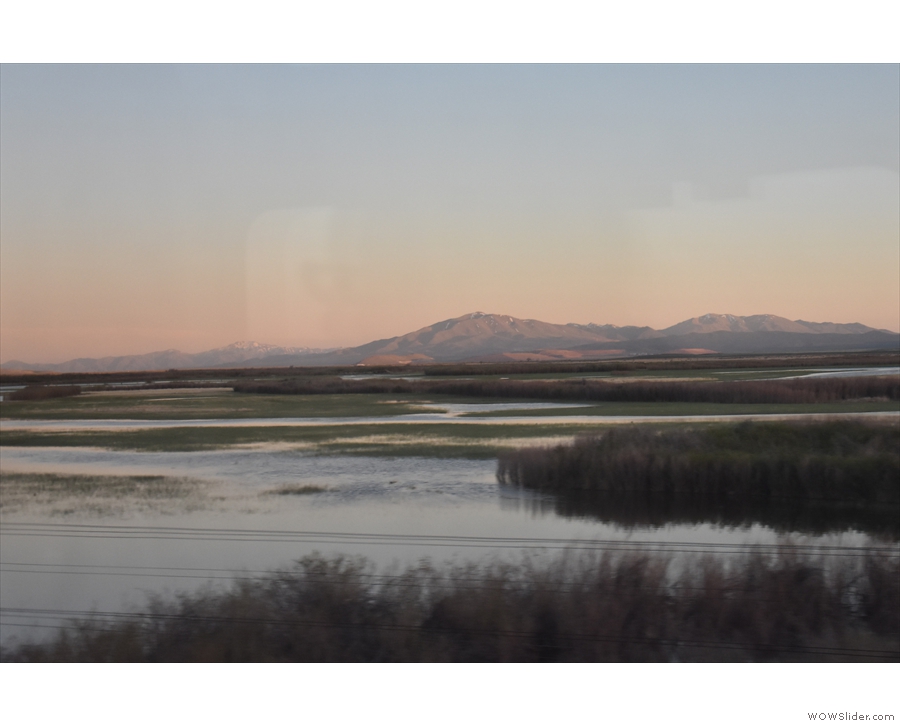
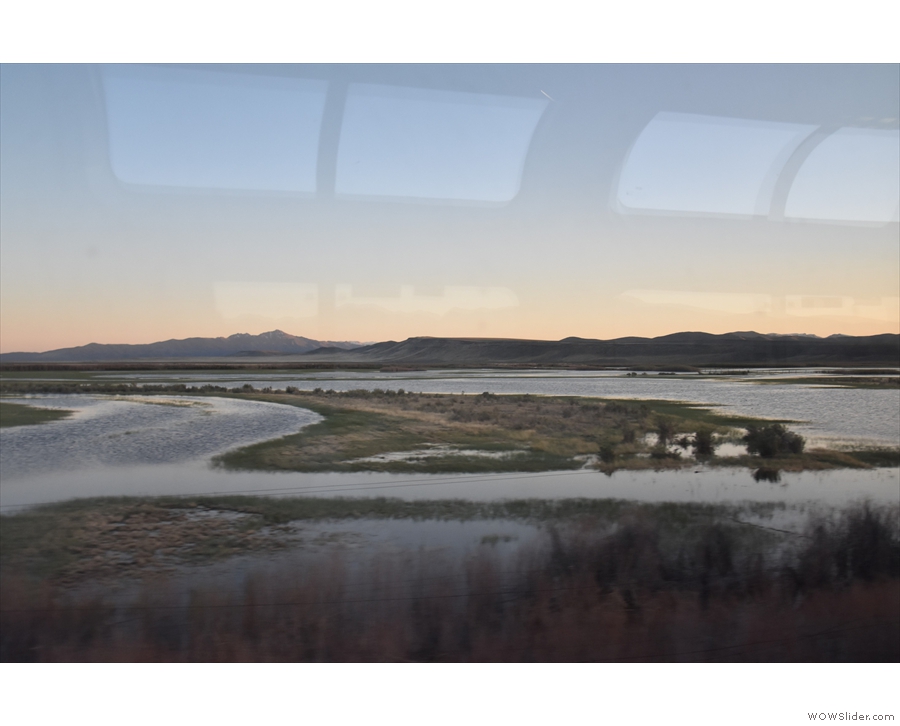
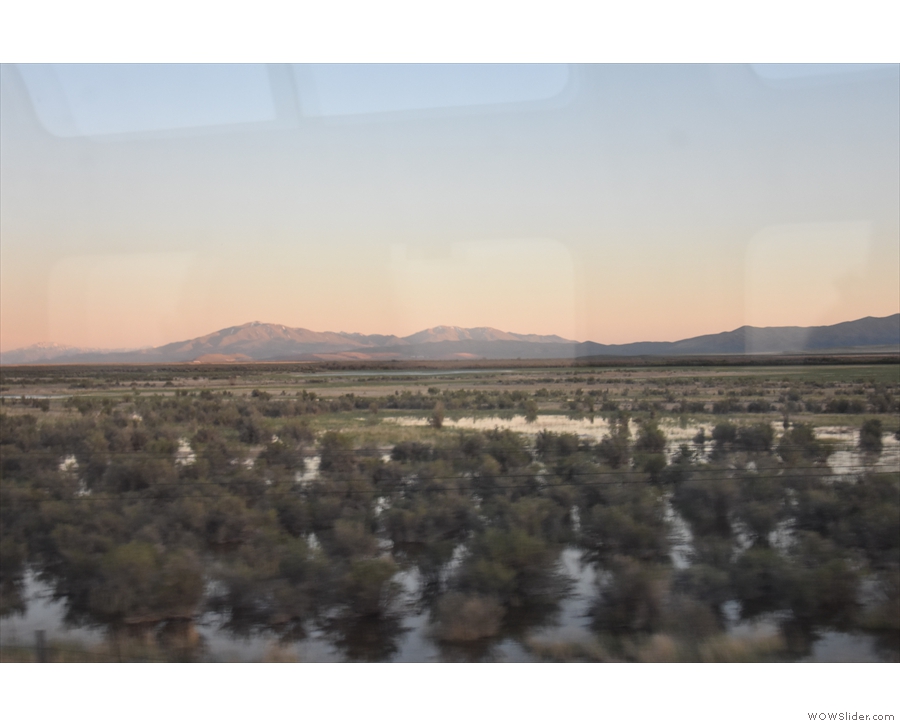
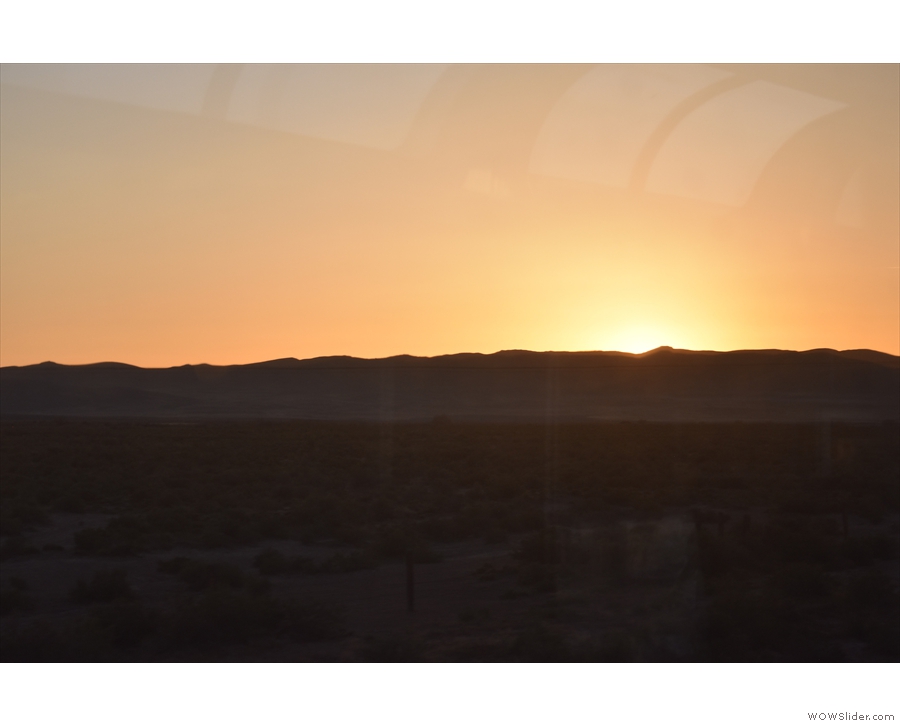
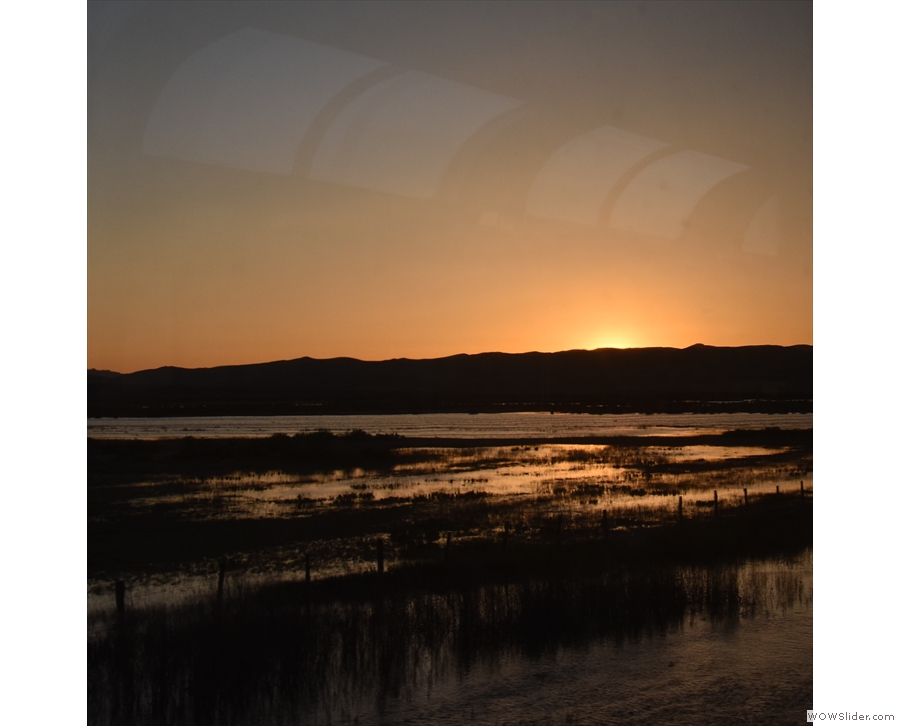
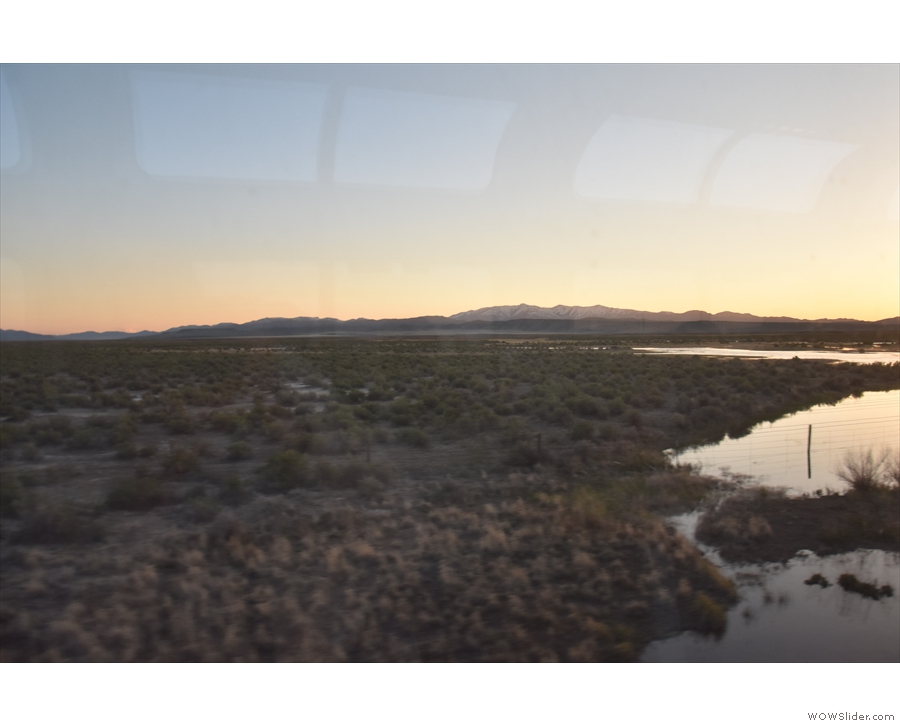
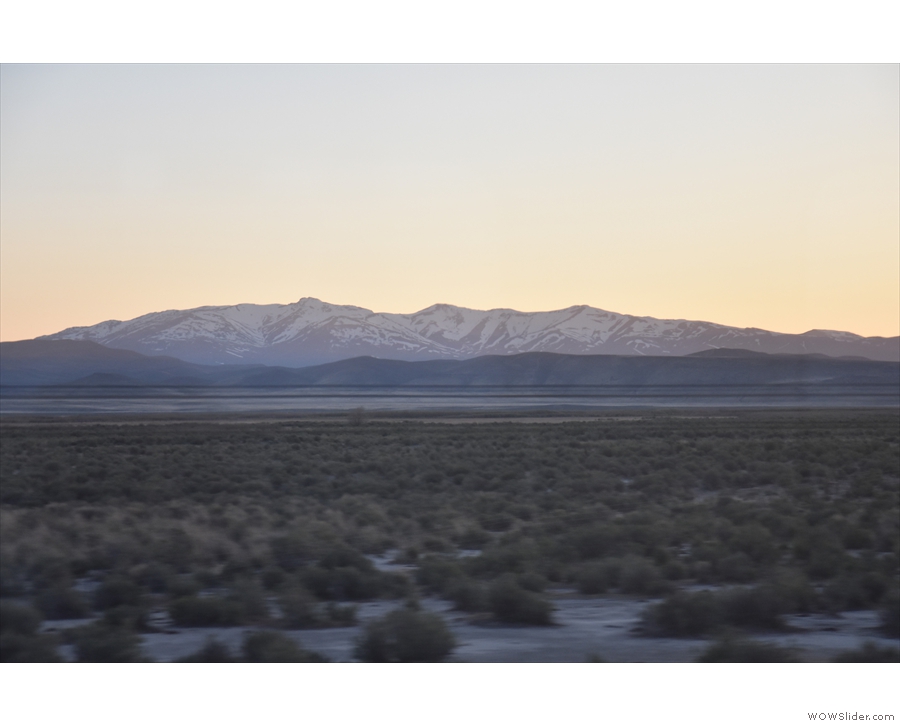
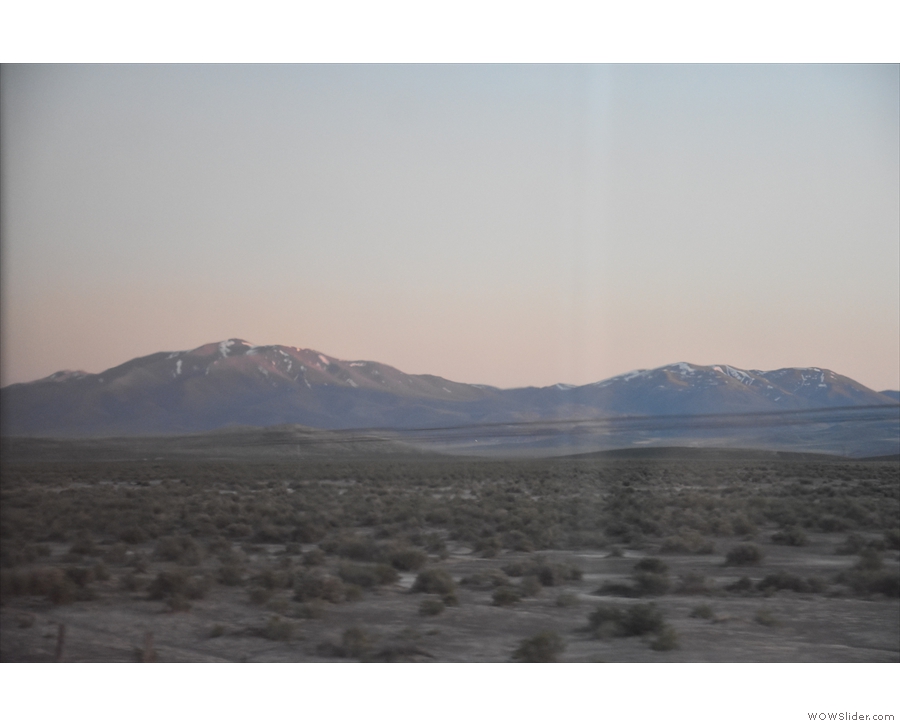
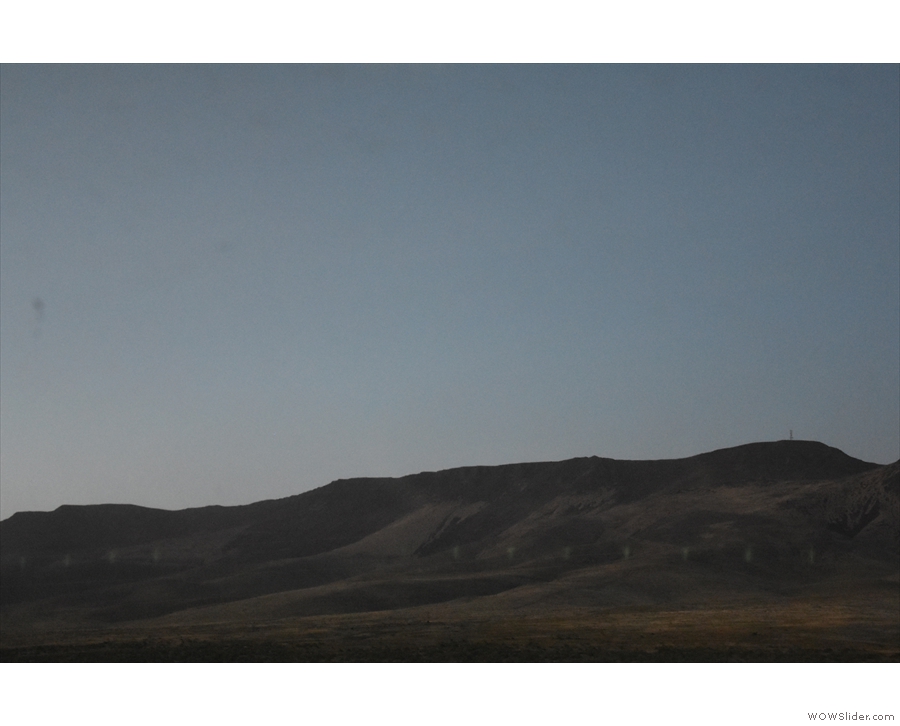
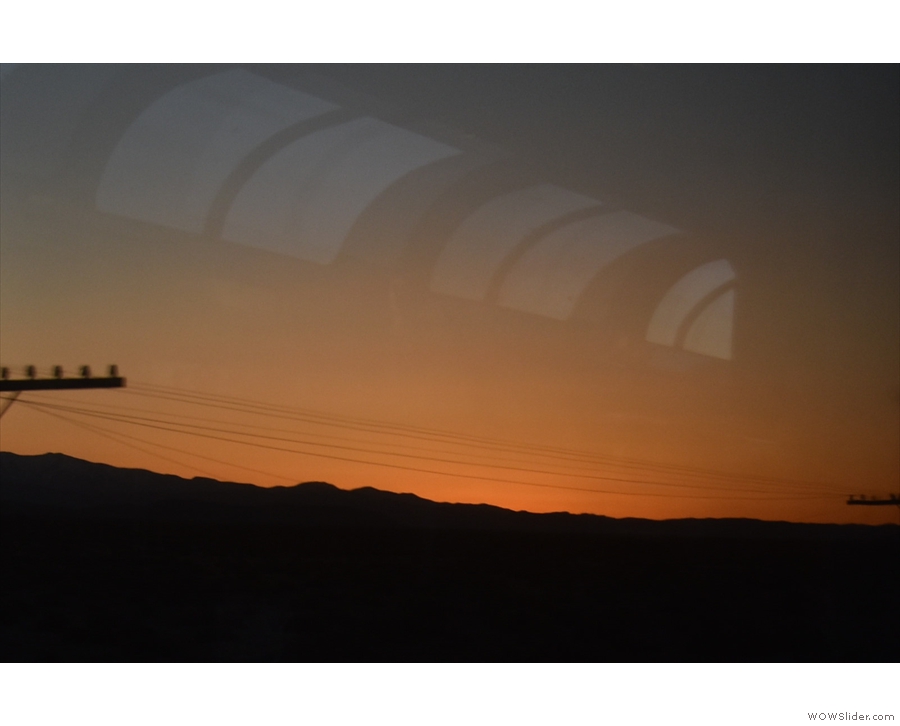
 1
1 2
2 3
3 4
4 5
5 6
6 7
7 8
8 9
9 10
10 11
11 12
12 13
13 14
14 15
15 16
16 17
17 18
18 19
19 20
20 21
21 22
22 23
23 24
24 25
25 26
26 27
27 28
28 29
29 30
30 31
31 32
32 33
33 34
34 35
35 36
36 37
37 38
38 39
39 40
40 41
41 42
42 43
43 44
44 45
45 46
46 47
47 48
48 49
49 50
50 51
51 52
52 53
53 54
54 55
55 56
56 57
57 58
58 59
59 60
60
Pingback: Brian’s Travel Spot: Coast Starlight, Los Angeles to San Jose | Brian's Coffee Spot
Pingback: Travels with my Coffee: USA 2019 | Brian's Coffee Spot
Pingback: Brian’s Travel Spot: California Zephyr to Chicago – Day 2 | Brian's Coffee Spot
Pingback: Brian’s Travel Spot: California Zephyr to Chicago – Day 3 | Brian's Coffee Spot
Pingback: Brian’s Travel Spot: The Demise of Amtrak’s Full Dining Service | Brian's Coffee Spot
Pingback: Brian’s Travel Spot: Amtrak’s Full Dining Service | Brian's Coffee Spot
Pingback: The Coffee Spot is Seven! | Brian's Coffee Spot
Pingback: Brian’s Travel Spot: Amtrak’s Sunset Limited to Tucson | Brian's Coffee Spot
Pingback: Brian’s Travel Spot: Amtrak’s Sunset Limited to Tucson, Day 2 | Brian's Coffee Spot
Pingback: Coffeebar, Redwood City | Brian's Coffee Spot
Pingback: CoRo Coffee Room | Brian's Coffee Spot